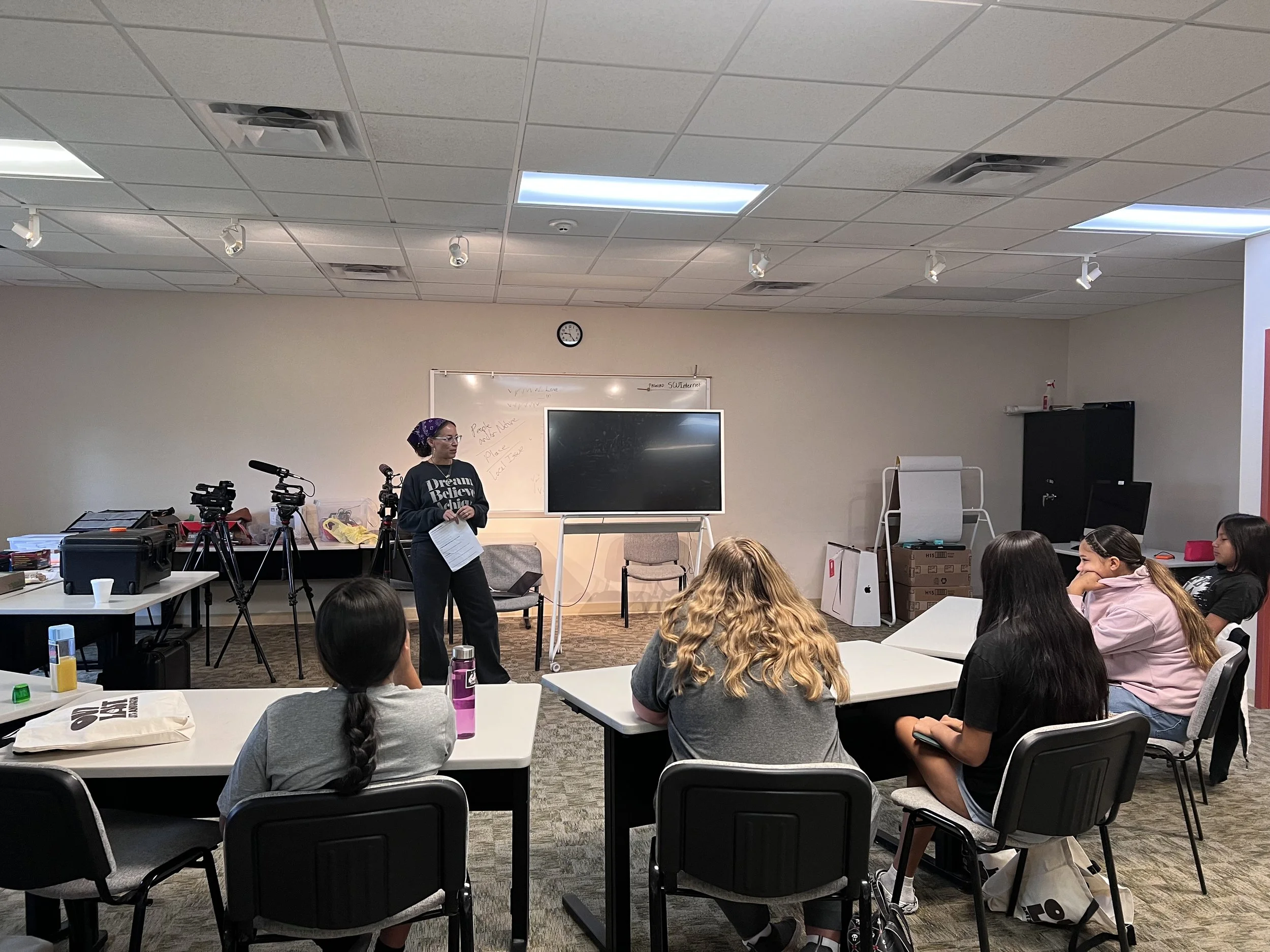
OUTLAST ON THE GO
OUTLAST ON THE GO
What happens when young people step behind the camera and into their stories?
In this five-day camp in partnership with Sicangu Co., students explored storytelling through a cultural lens—learning to film, edit, reflect, and lead with voice.
Outlast partnered with local mentors and educators to bring another vibrant week of filmmaking, storytelling, and cultural exchange to students.
This five-day camp combined visual storytelling, community knowledge, and technical skill-building—all while uplifting student voice.
“I feel that my experience was great. I think the best parts for me were learning things I always wanted to learn, making new friends, being more social, and seeing a bunch of my old friends. Lastly, the most important part was the fact that my friends and I got to make something we can be proud of—because what do you mean we made that?! I loved the camp very much. Everyone was so nice and fun, and I’d sign up again any time.”
We began the day by building community.
After meeting the team, students jumped into an icebreaker: one partner described a picture while the other tried to draw it—no peeking allowed!
The challenge sparked laughter, trust, and creativity, setting the tone for the rest of the week.
Day 1 – Storytelling Through a Lakota Lens
Day 1 – Storytelling Through a Lakota Lens
Next, students explored the basics of filmmaking using their phones.
Through a hands-on activity, they tried out different shot types—wide, close-up, pan, and tilt—practicing how visuals can shape mood and meaning even before a story is told.
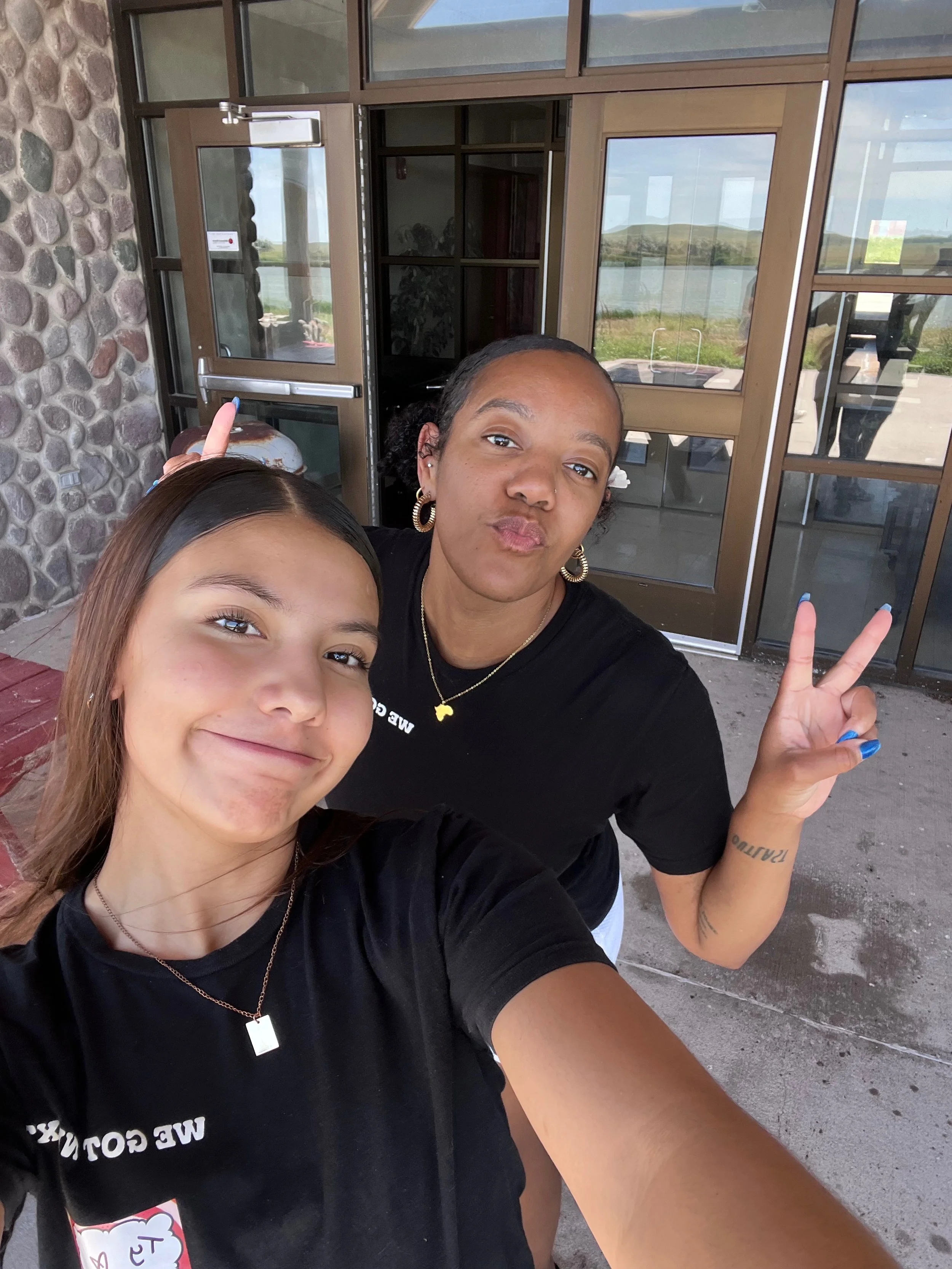


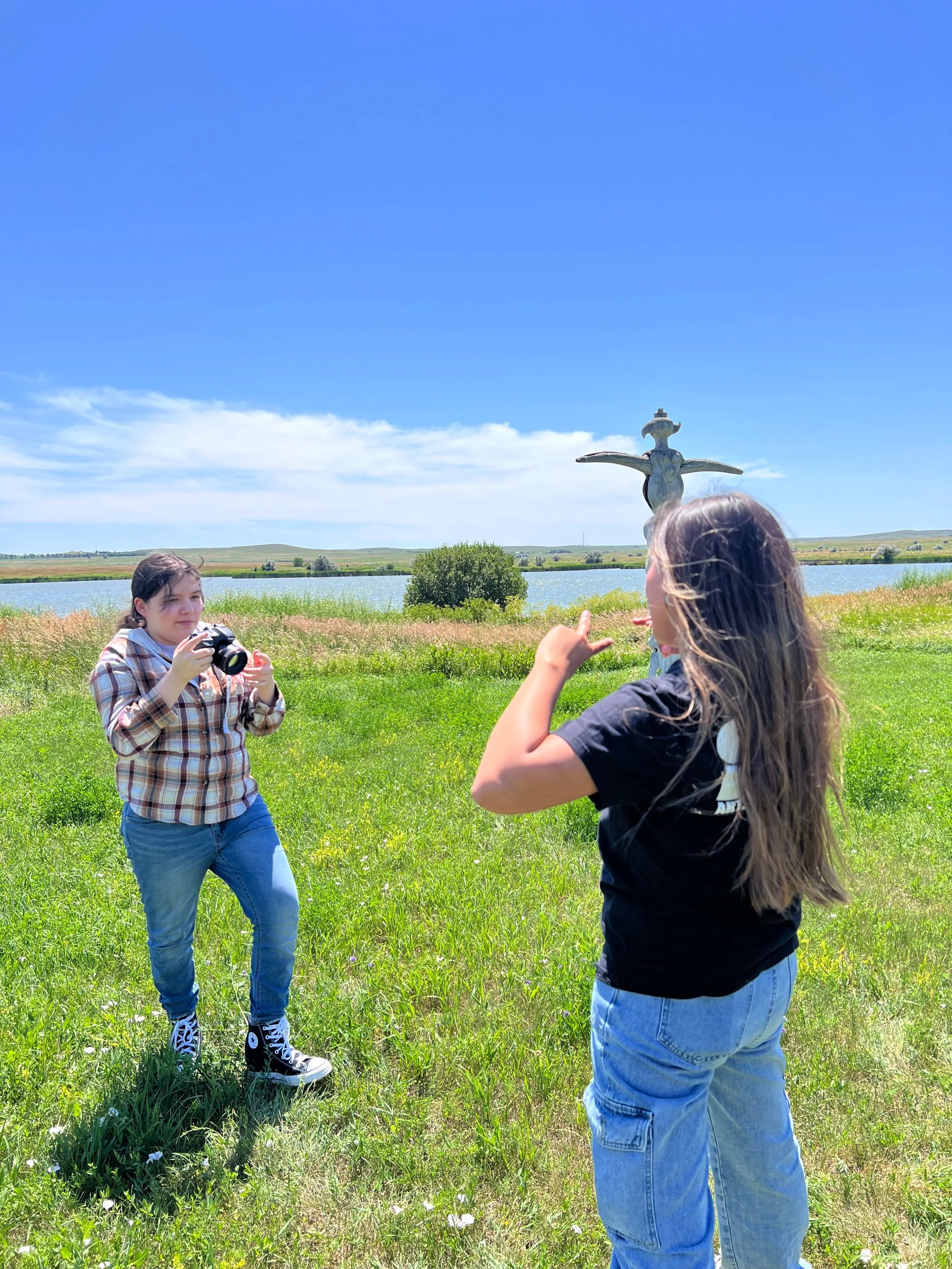

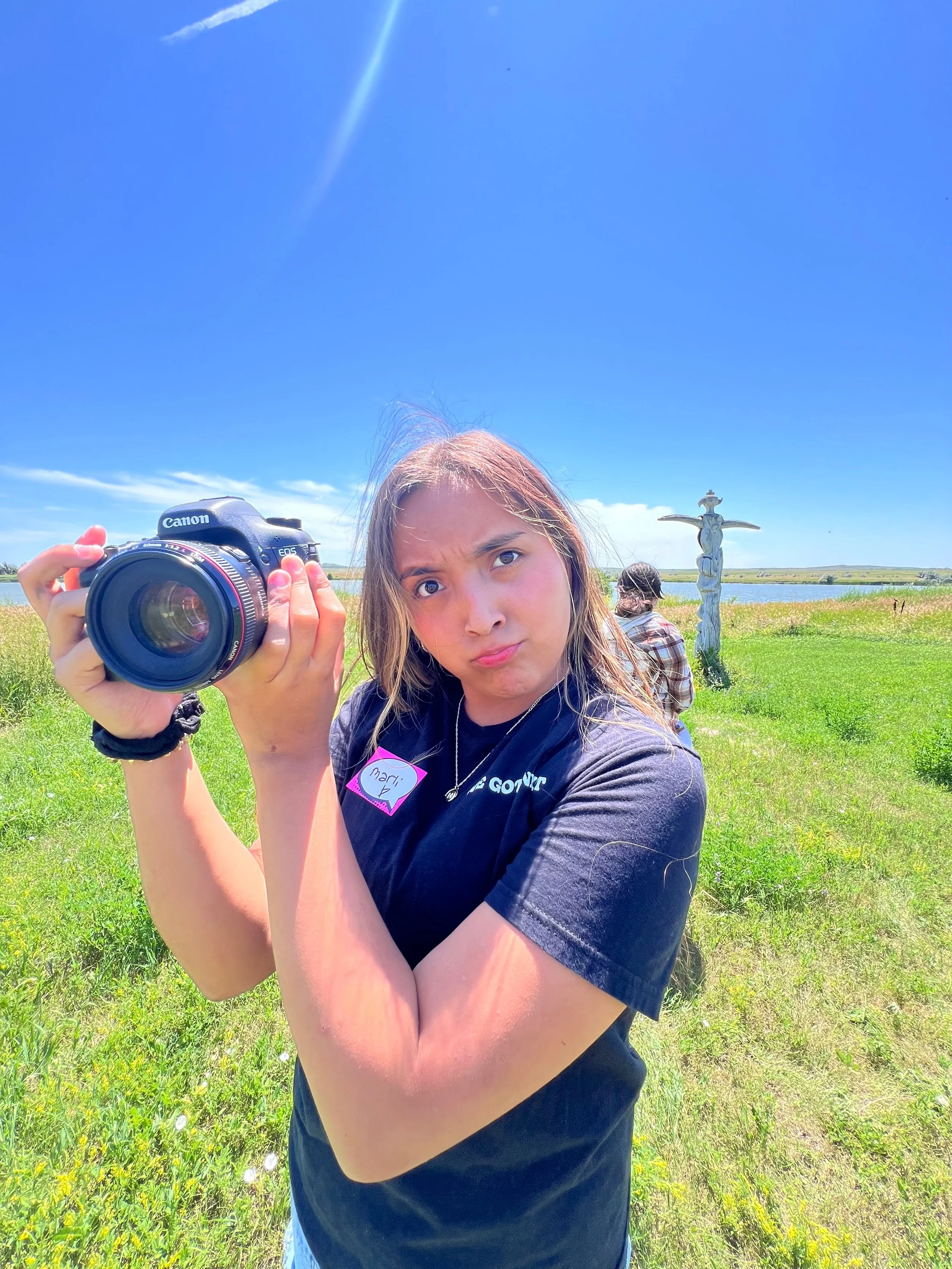
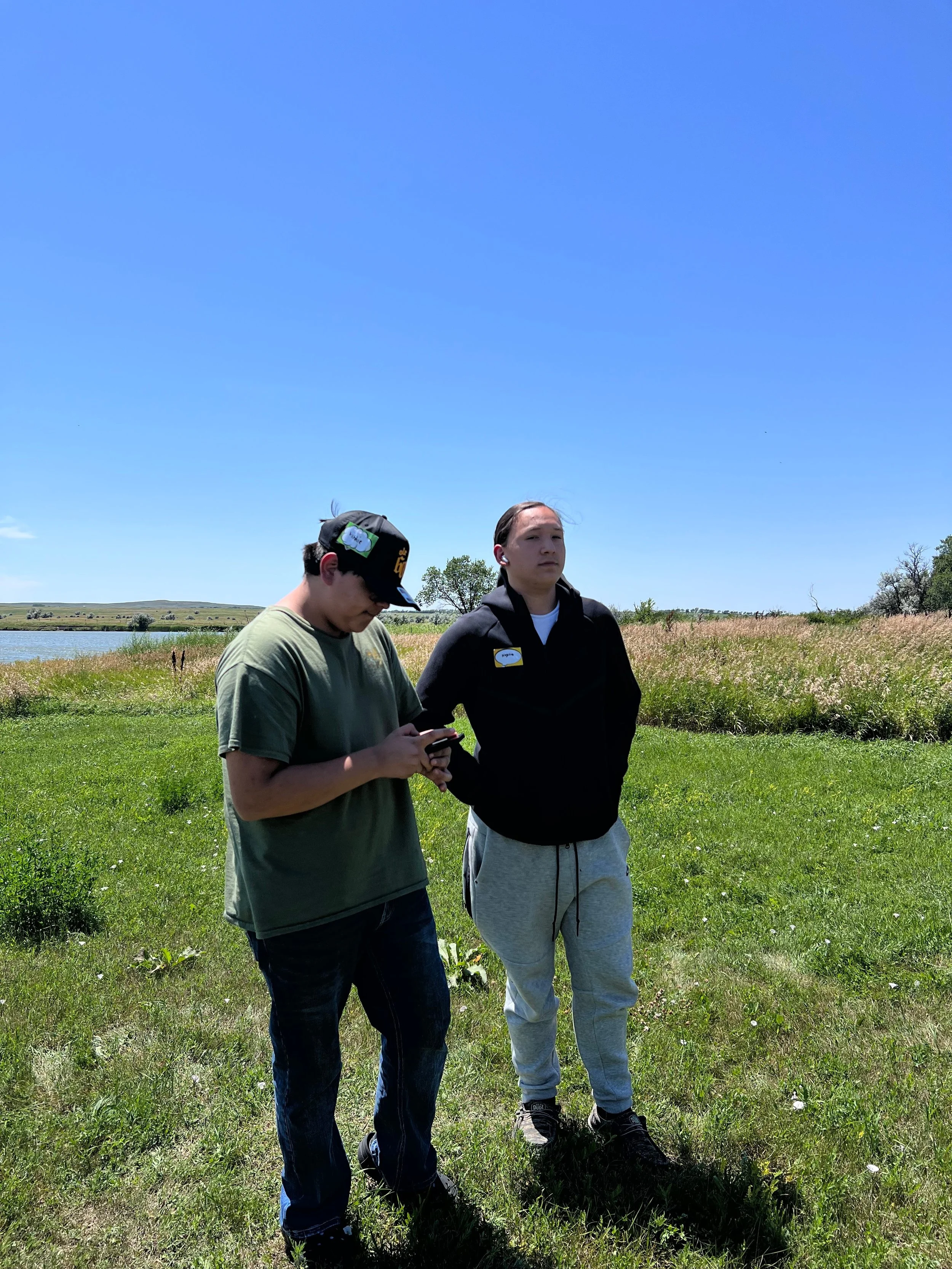
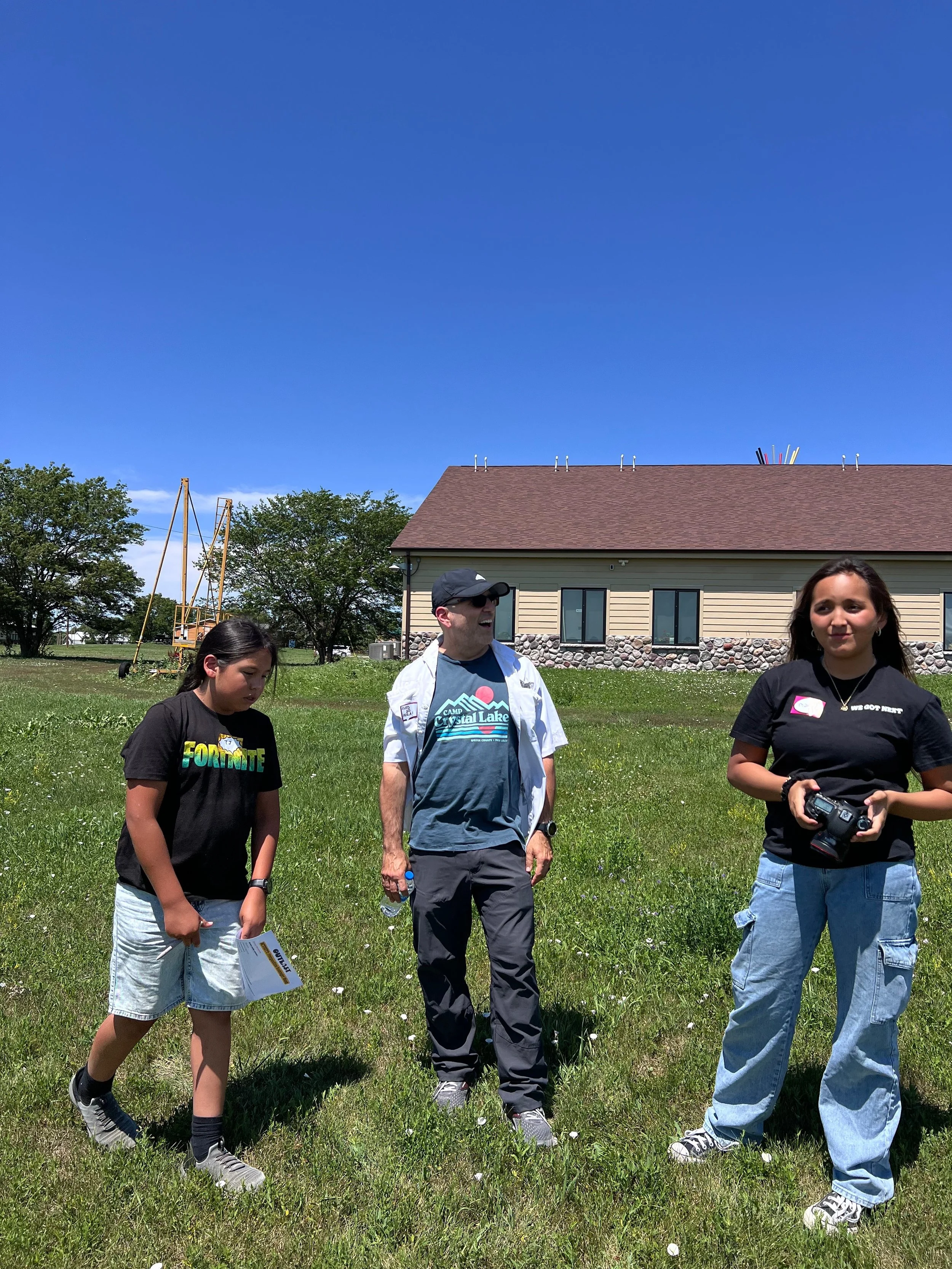

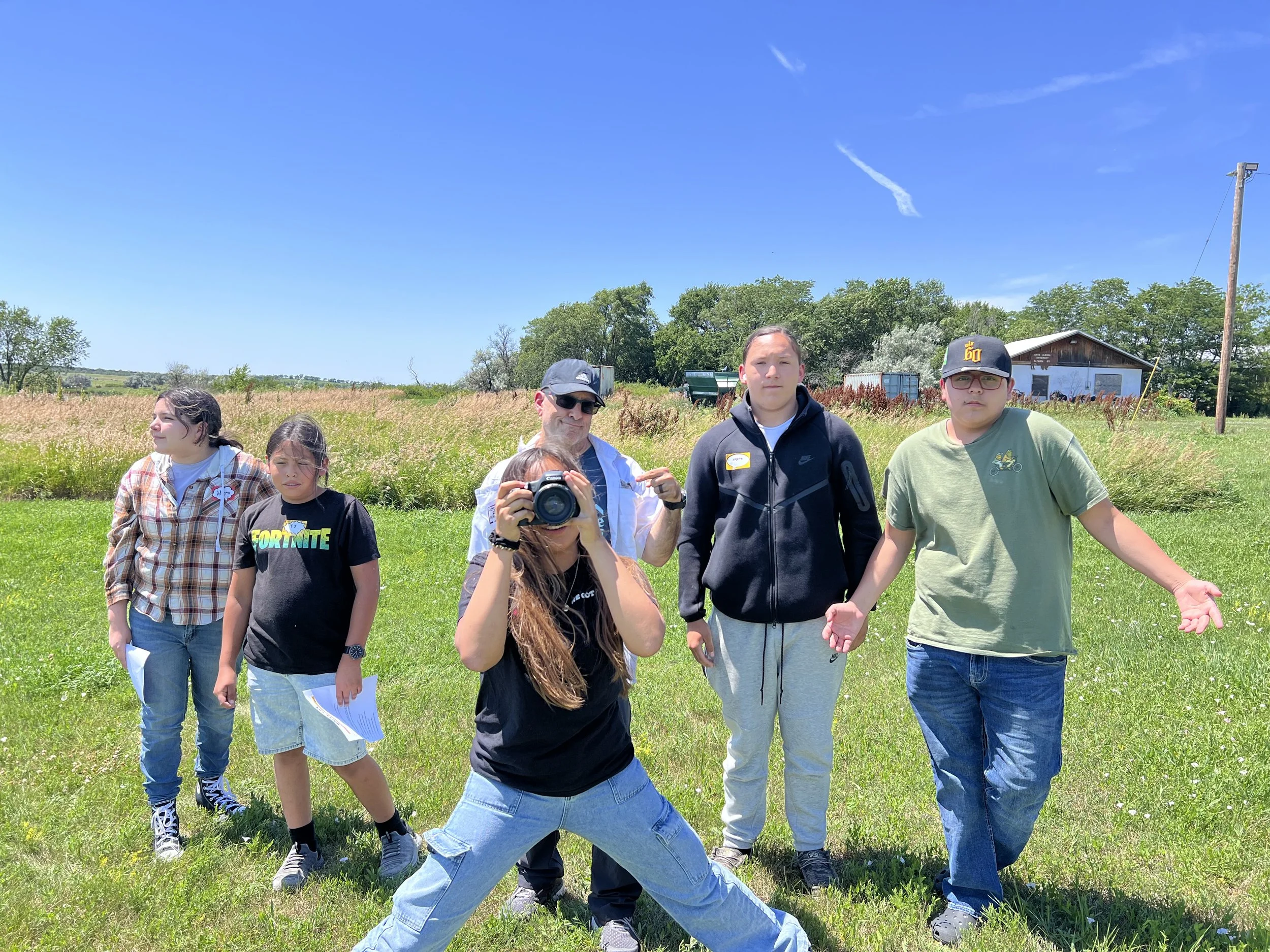
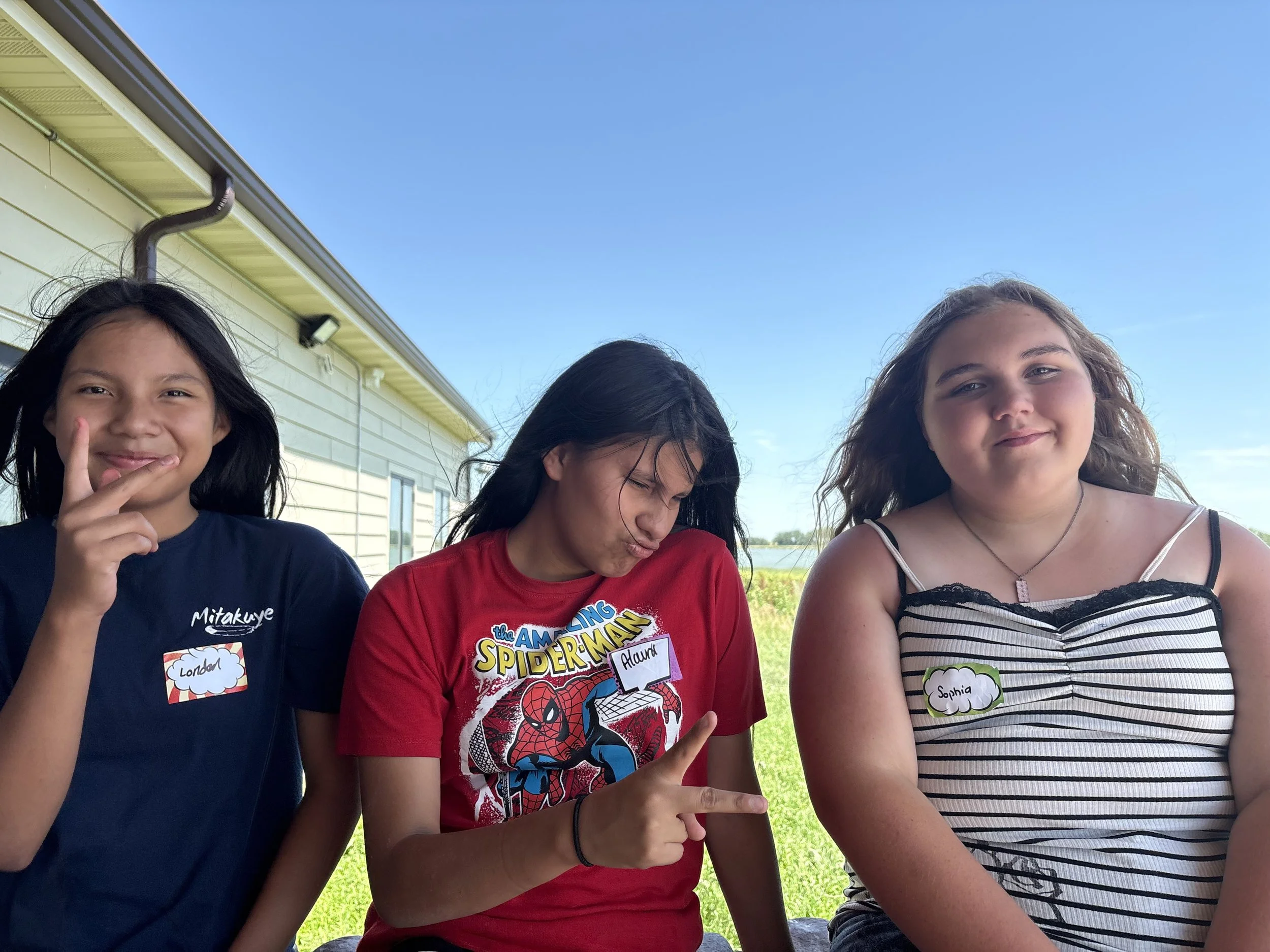
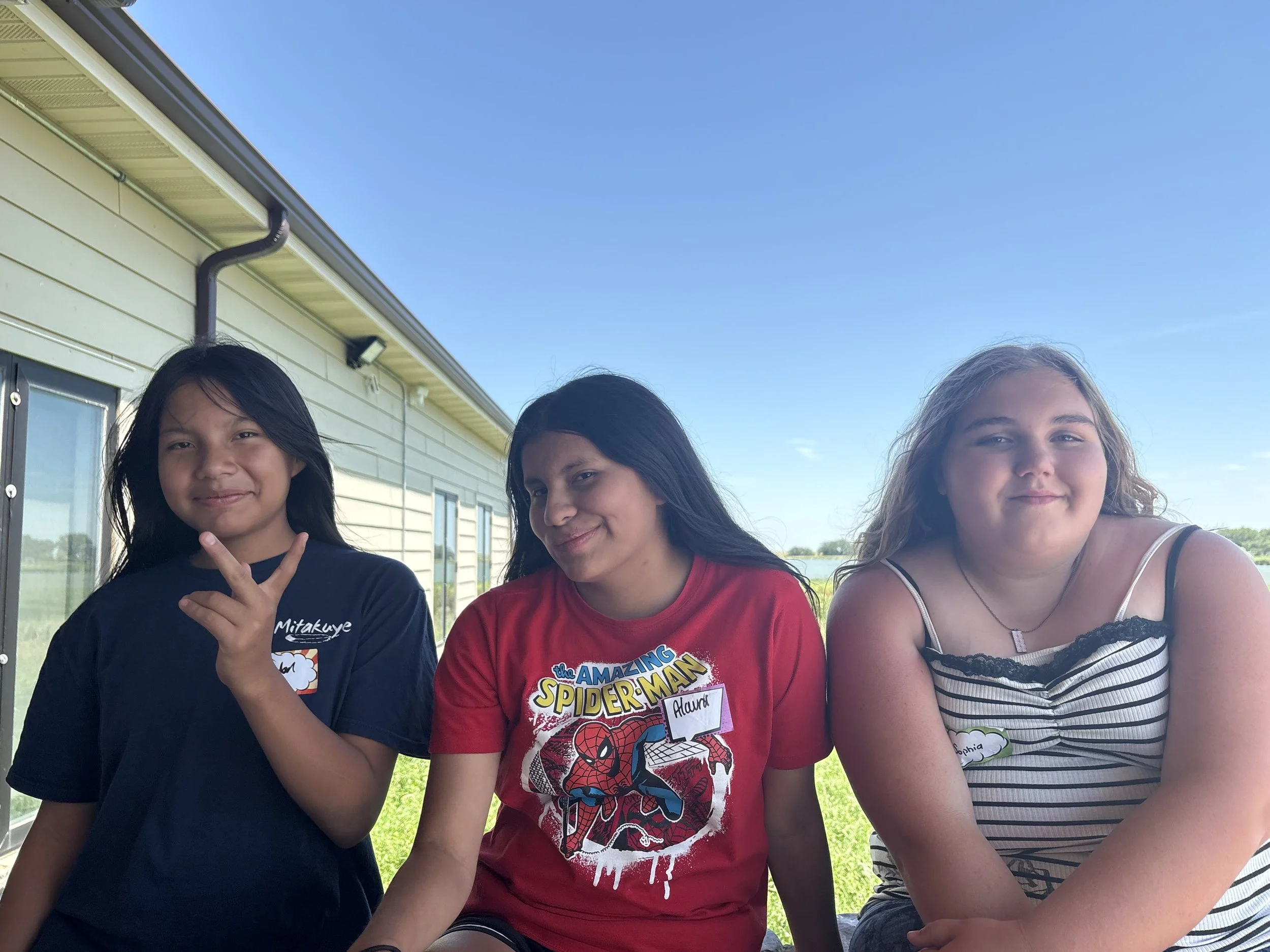


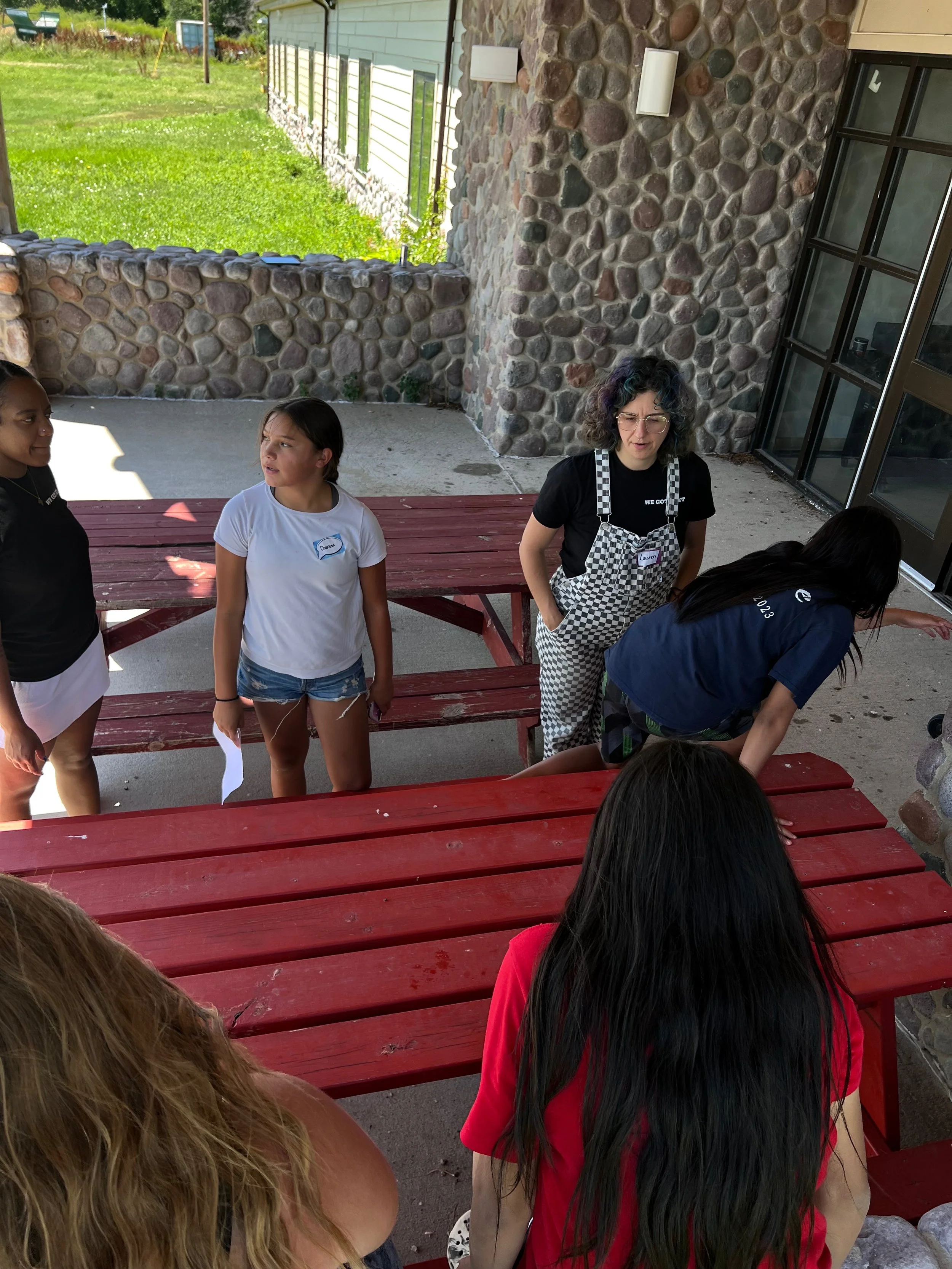
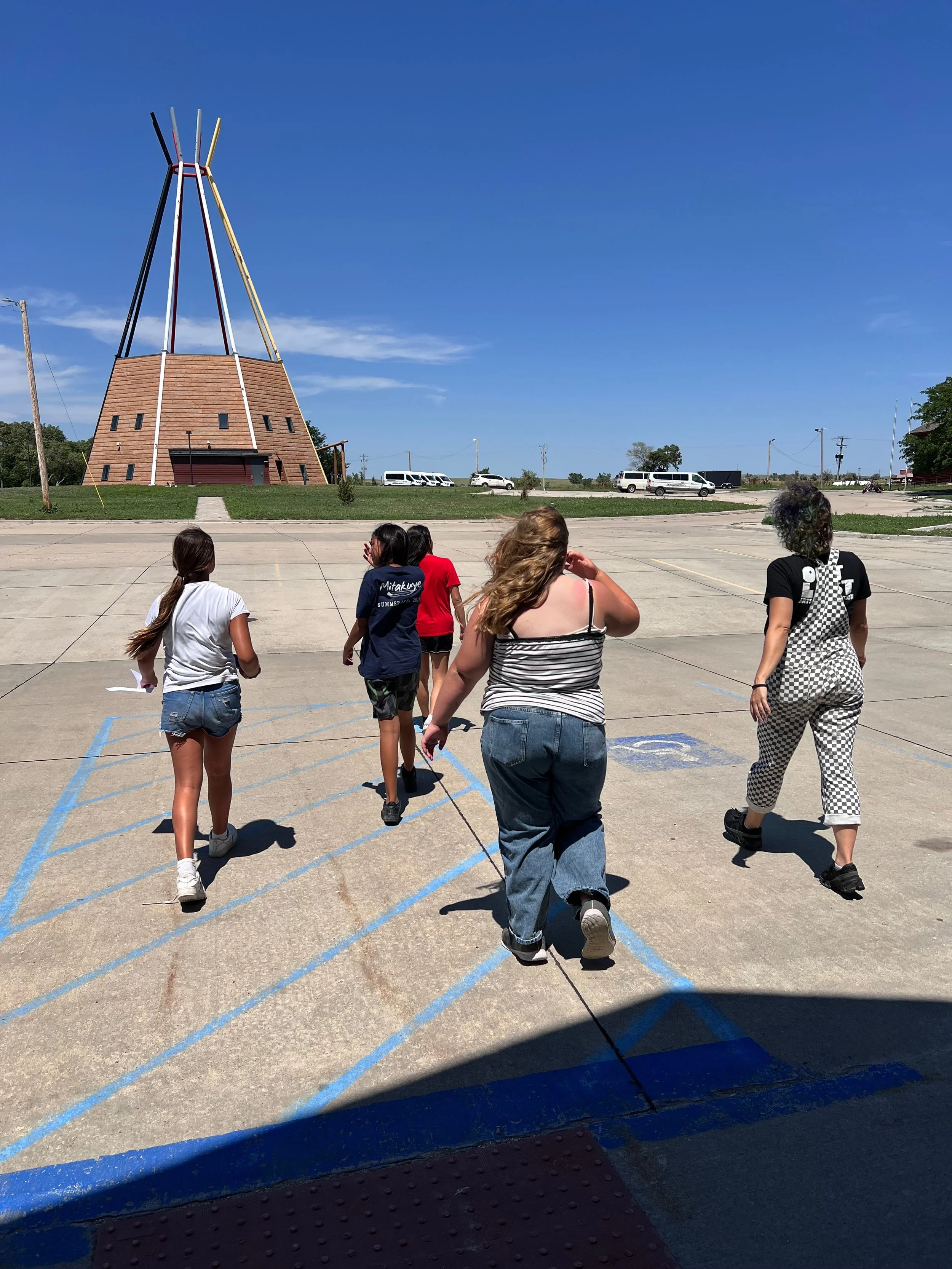

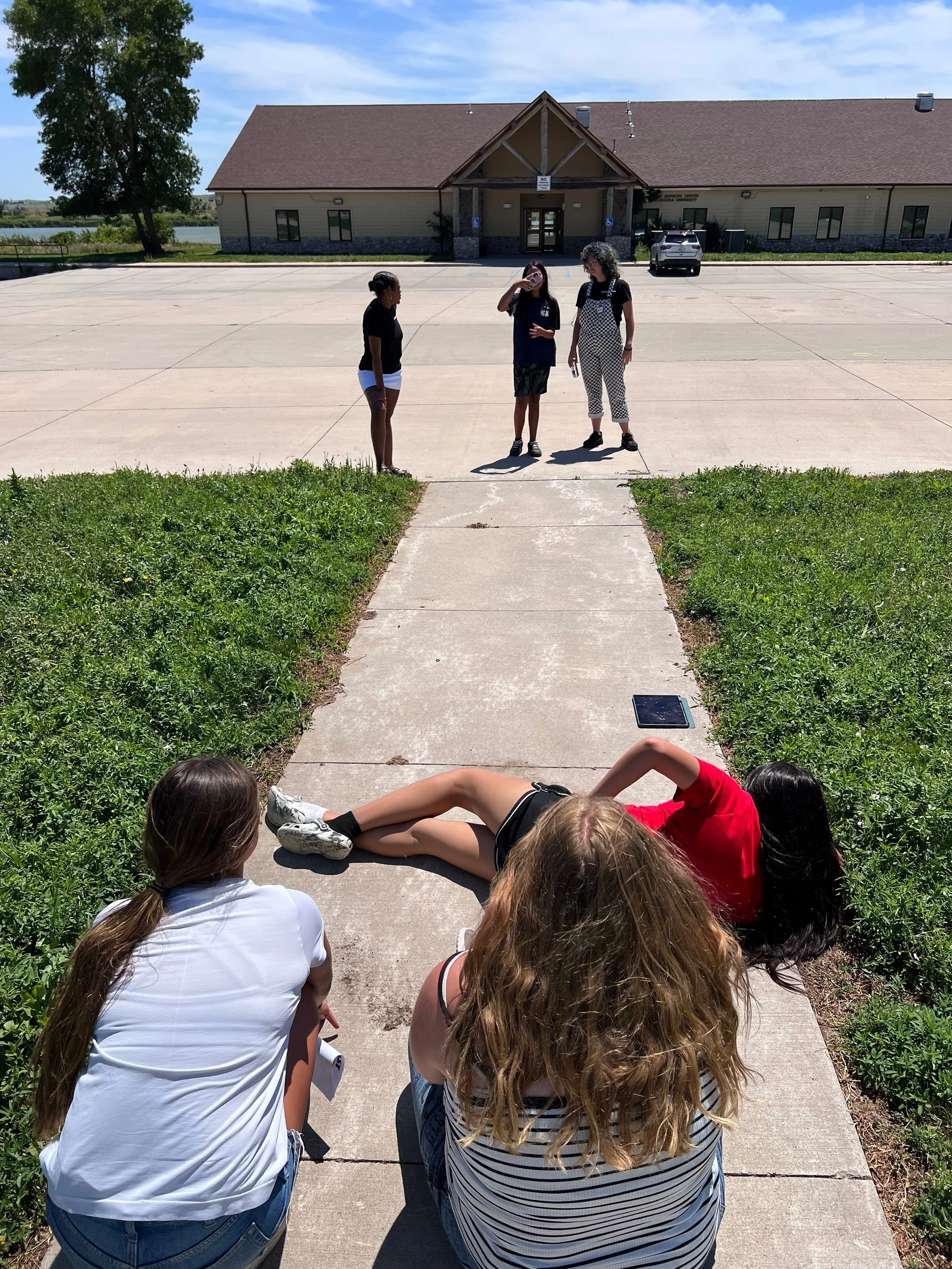
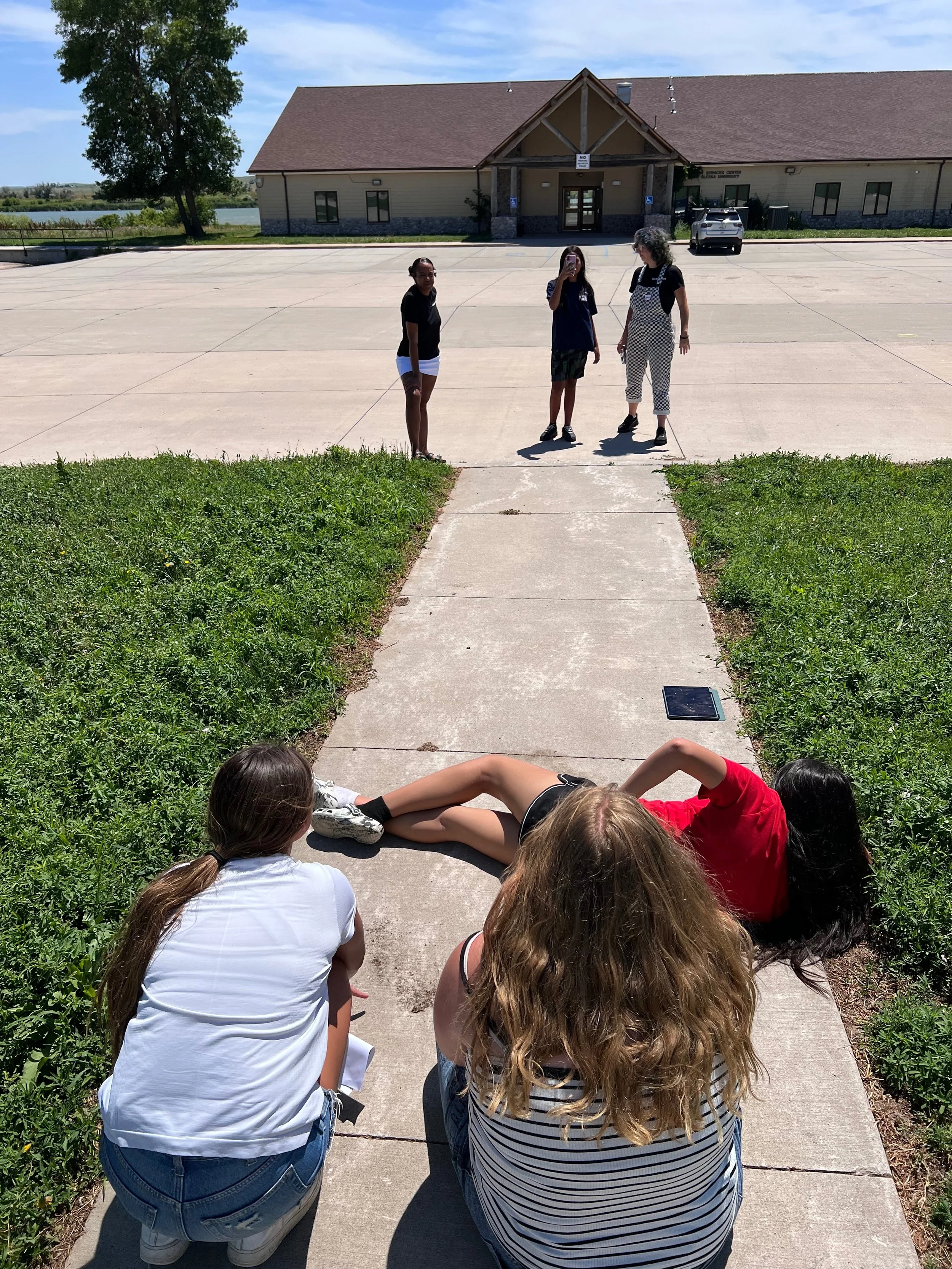



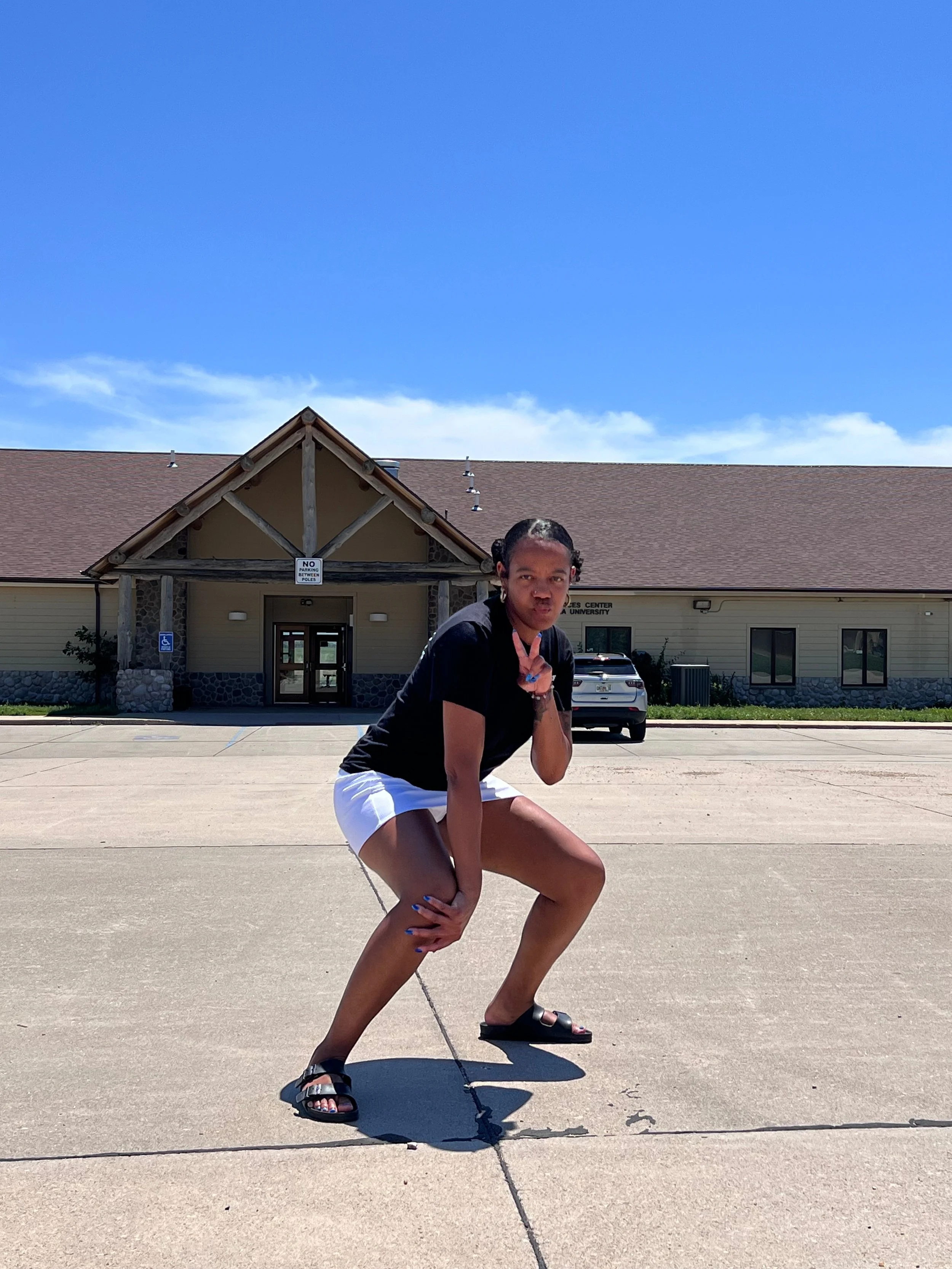
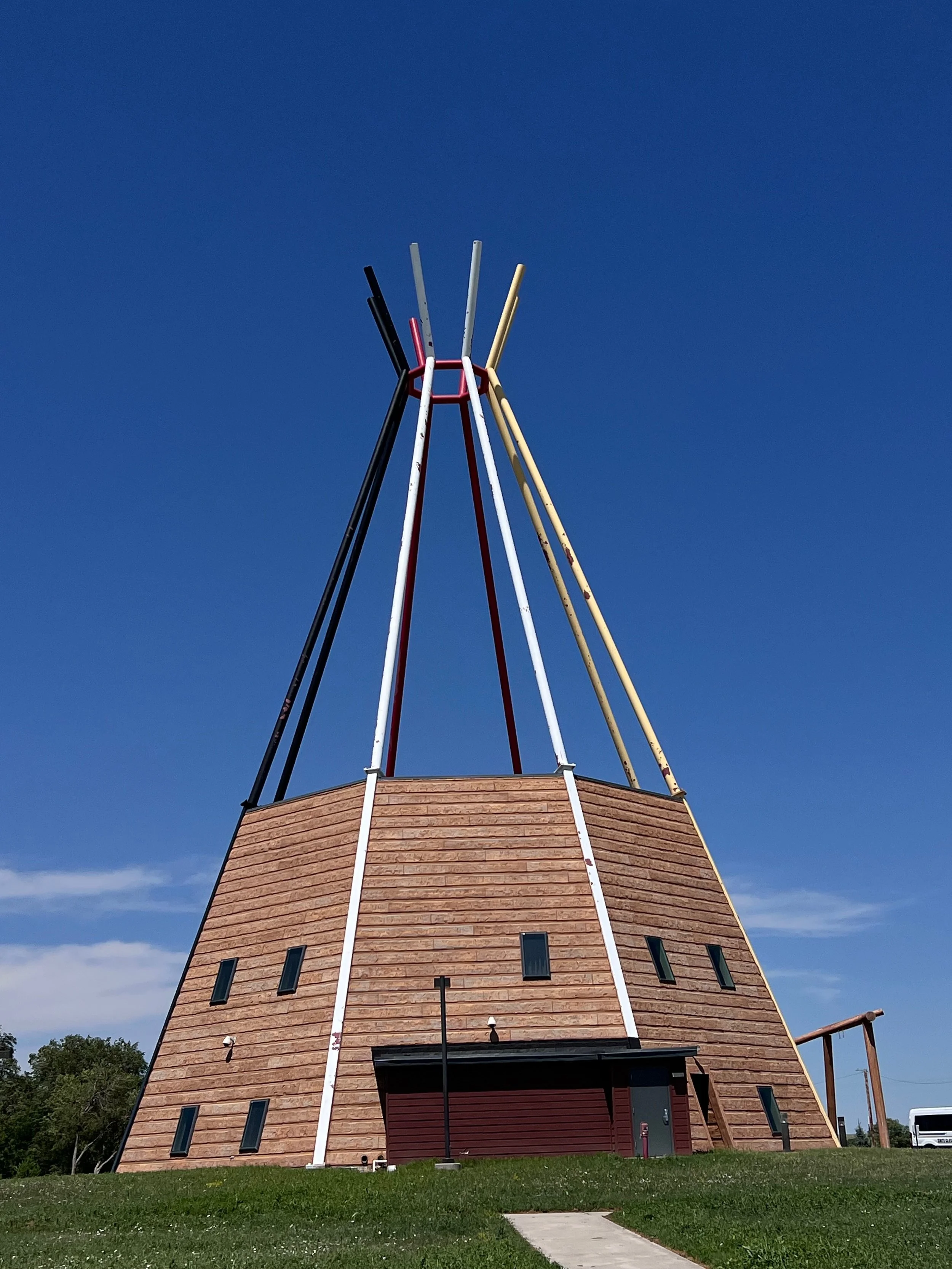
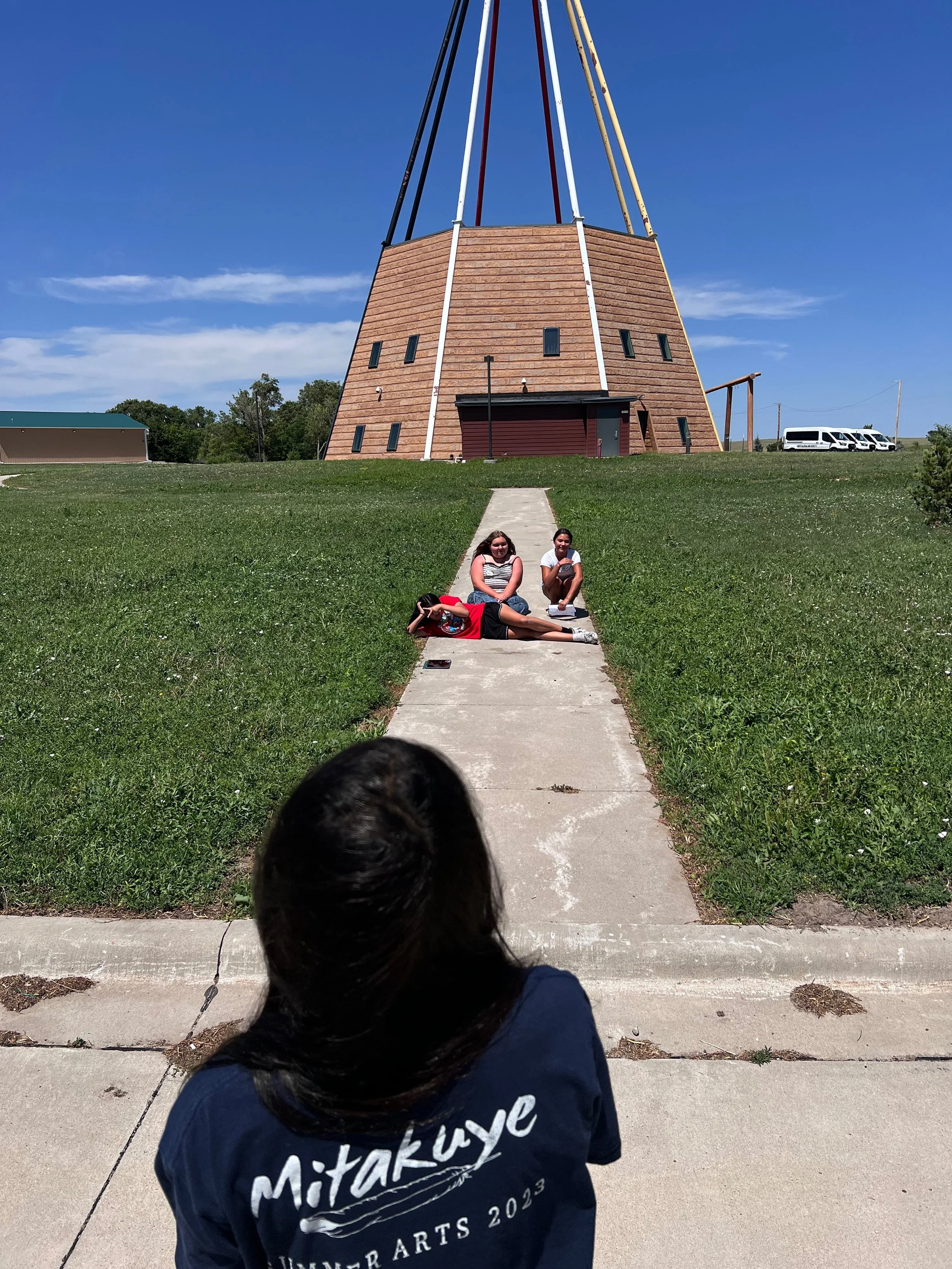
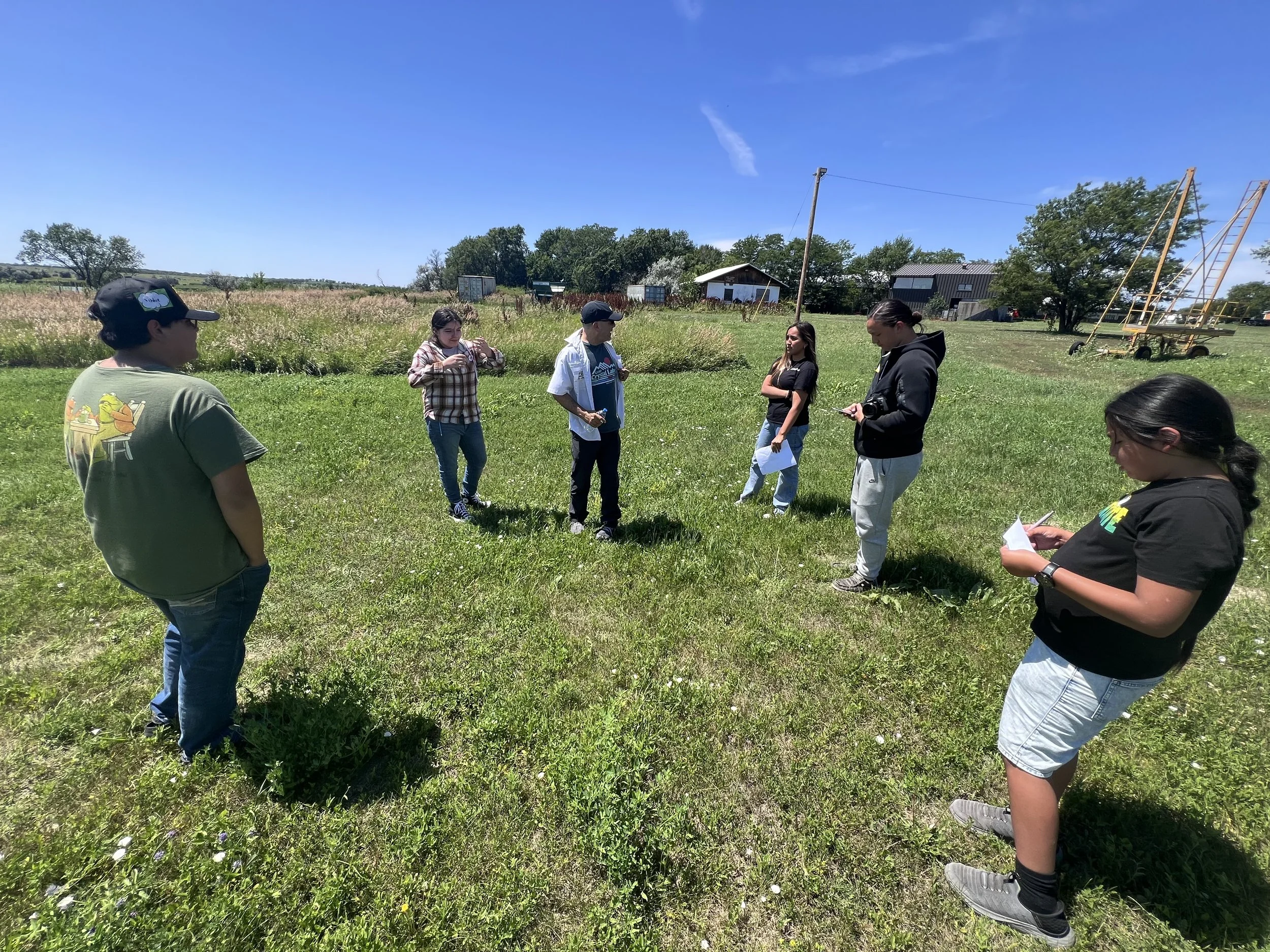
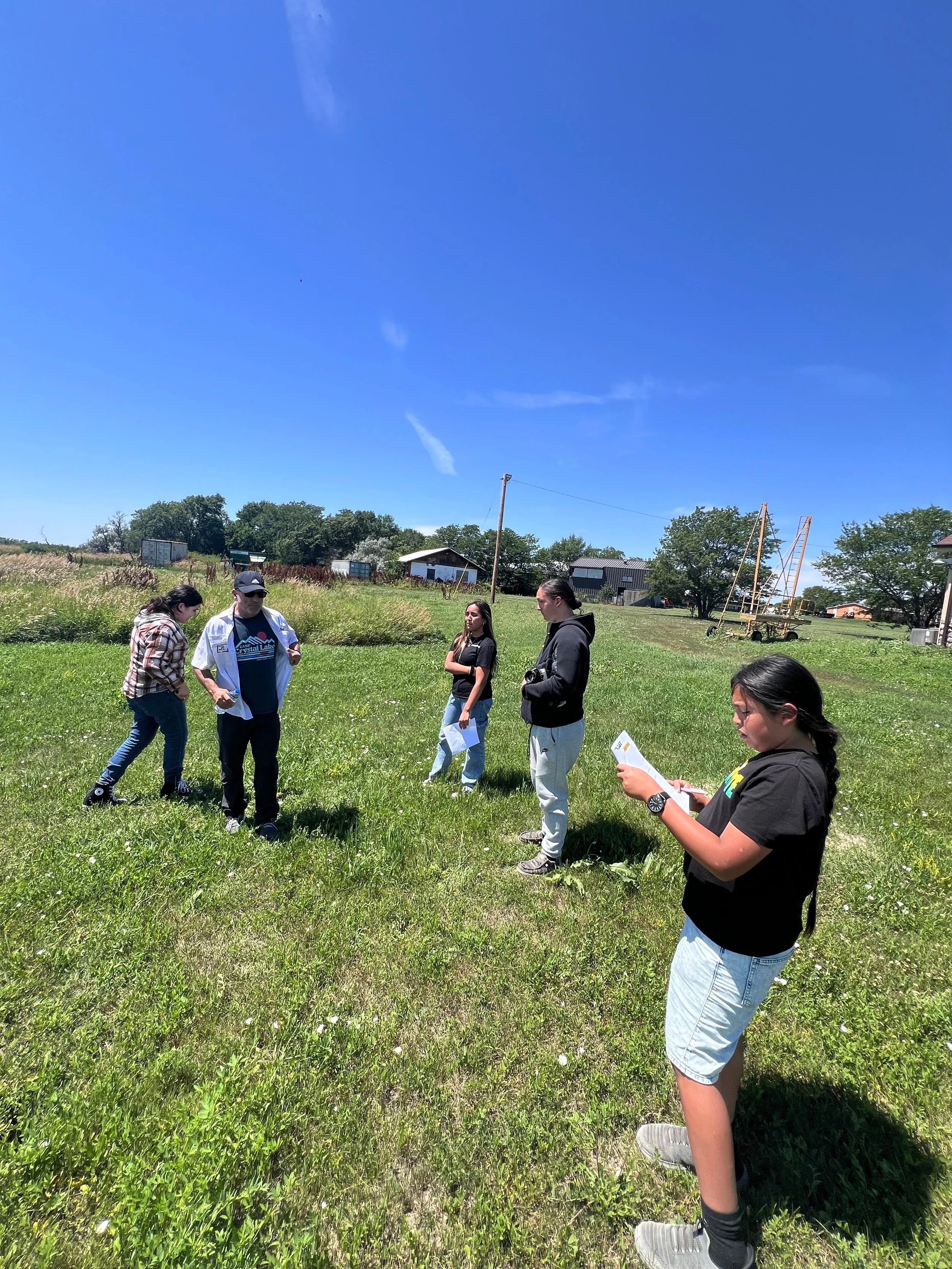
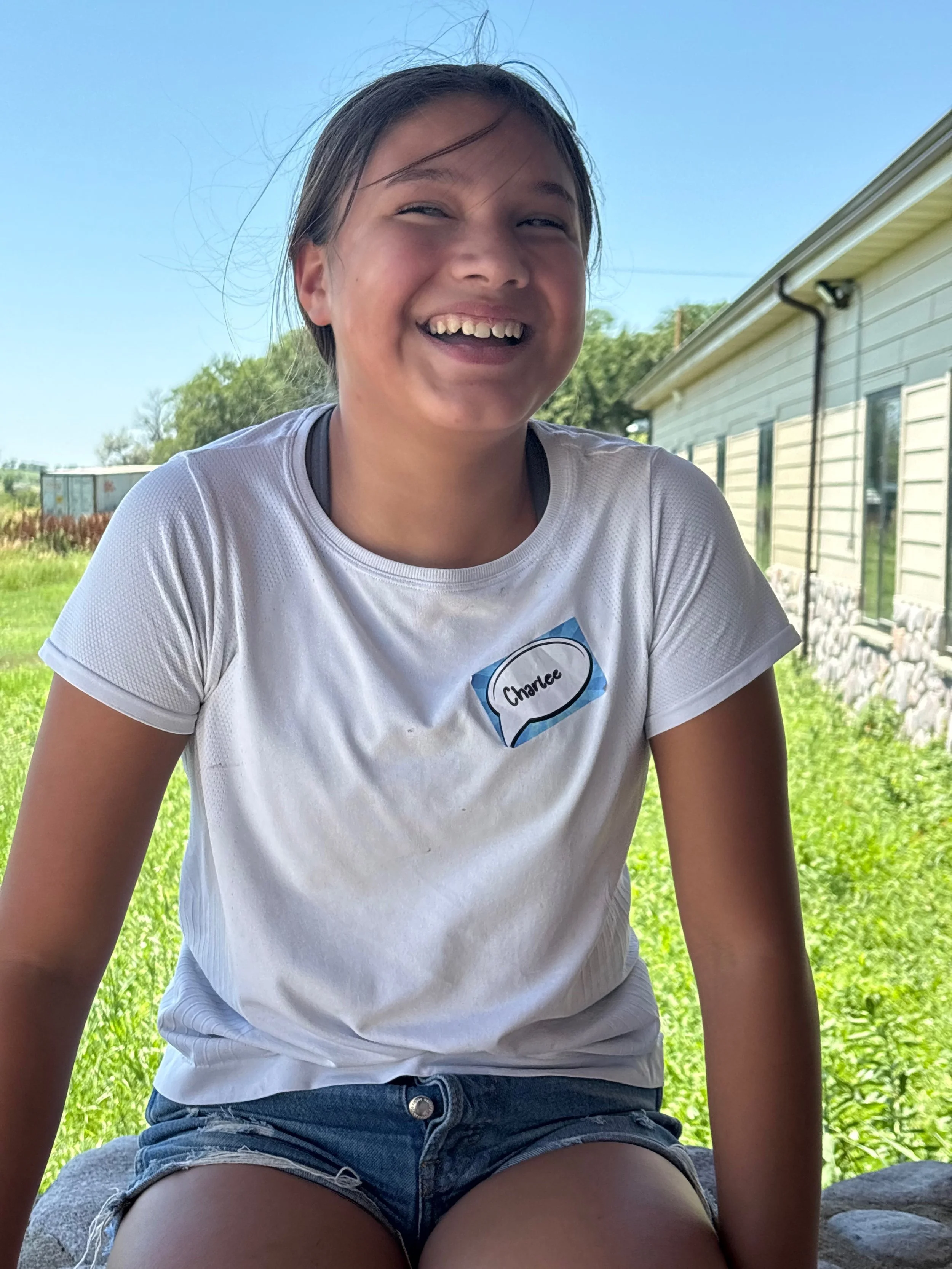
Then, mentors Ty and Marli, former Outlast campers, led a powerful session on representation, identity, and values.
Through honest and personal storytelling, they guided students to reflect on how their cultural, personal, and social identities influence the stories they tell—and why representation behind the camera matters.
In the afternoon, students began exploring the documentary process.
With guidance from Mr. A, they brainstormed ideas for their own 60-second group documentaries—drawing from real life, lived experience, and community connection.
The day ended with a session on visual storytelling foundations, introducing how framing, camera movement, and image composition can shape emotion.
Students wrapped up the day with a quiet free writing session, reflecting on what stories they want to tell—and why.
Day 2 – Camera, Culture & Collaboration
Day 2 – Camera, Culture & Collaboration
Day 2 began with a grounding cultural practice.
Lora opened the morning with smudging, sharing teachings from the Lakota perspective on healing—emotional, physical, spiritual, and mental.
Students listened deeply, honoring the space and each other.
Then it was time for cameras in hand.
In a camera workshop, students worked in groups to direct, shoot, and act in short scenes inspired by Diary of a Wimpy Kid and Zootopia.
The scenes weren’t just fun—they helped students apply new camera skills while collaborating on blocking, framing, and on-set roles.




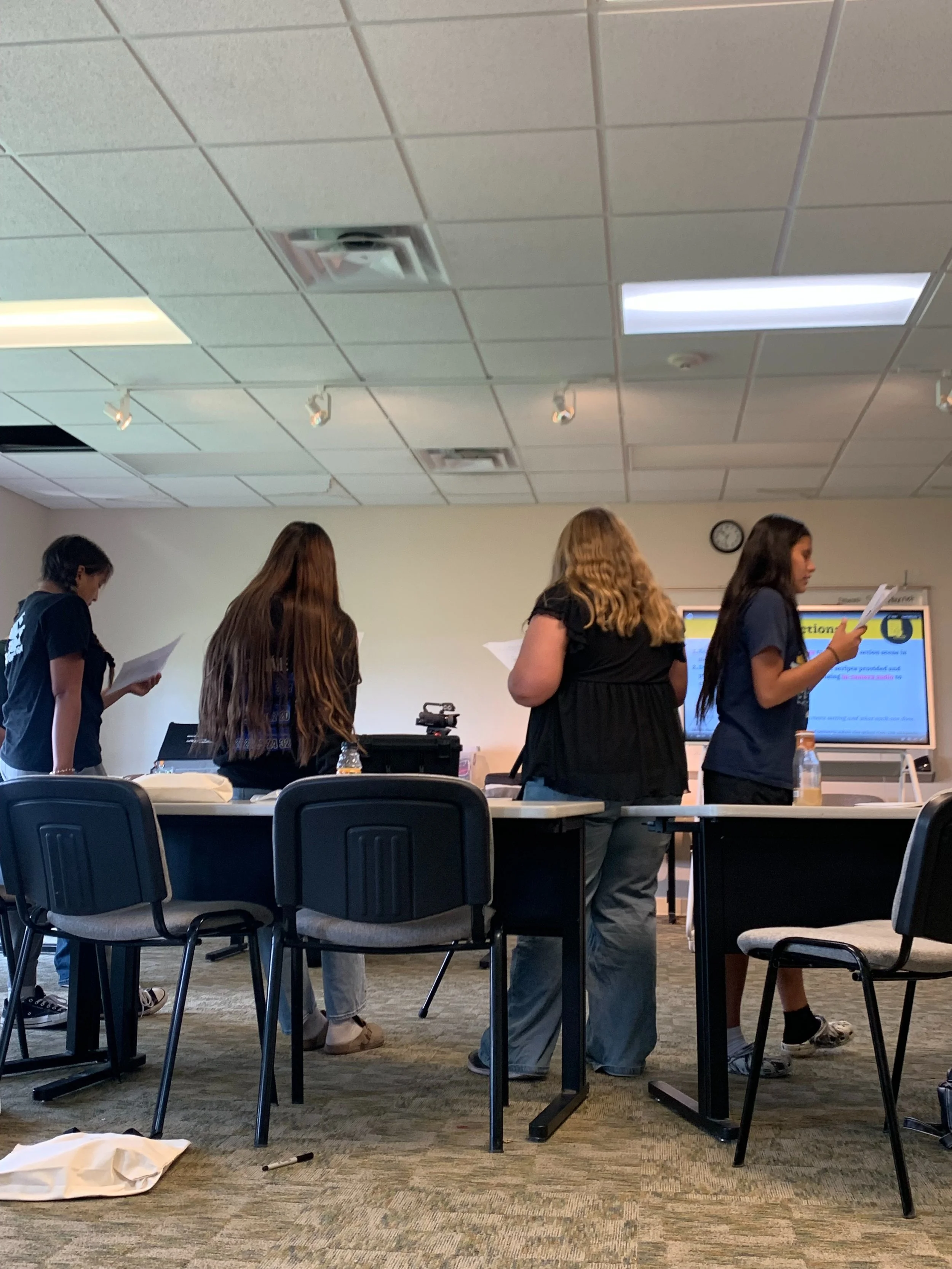
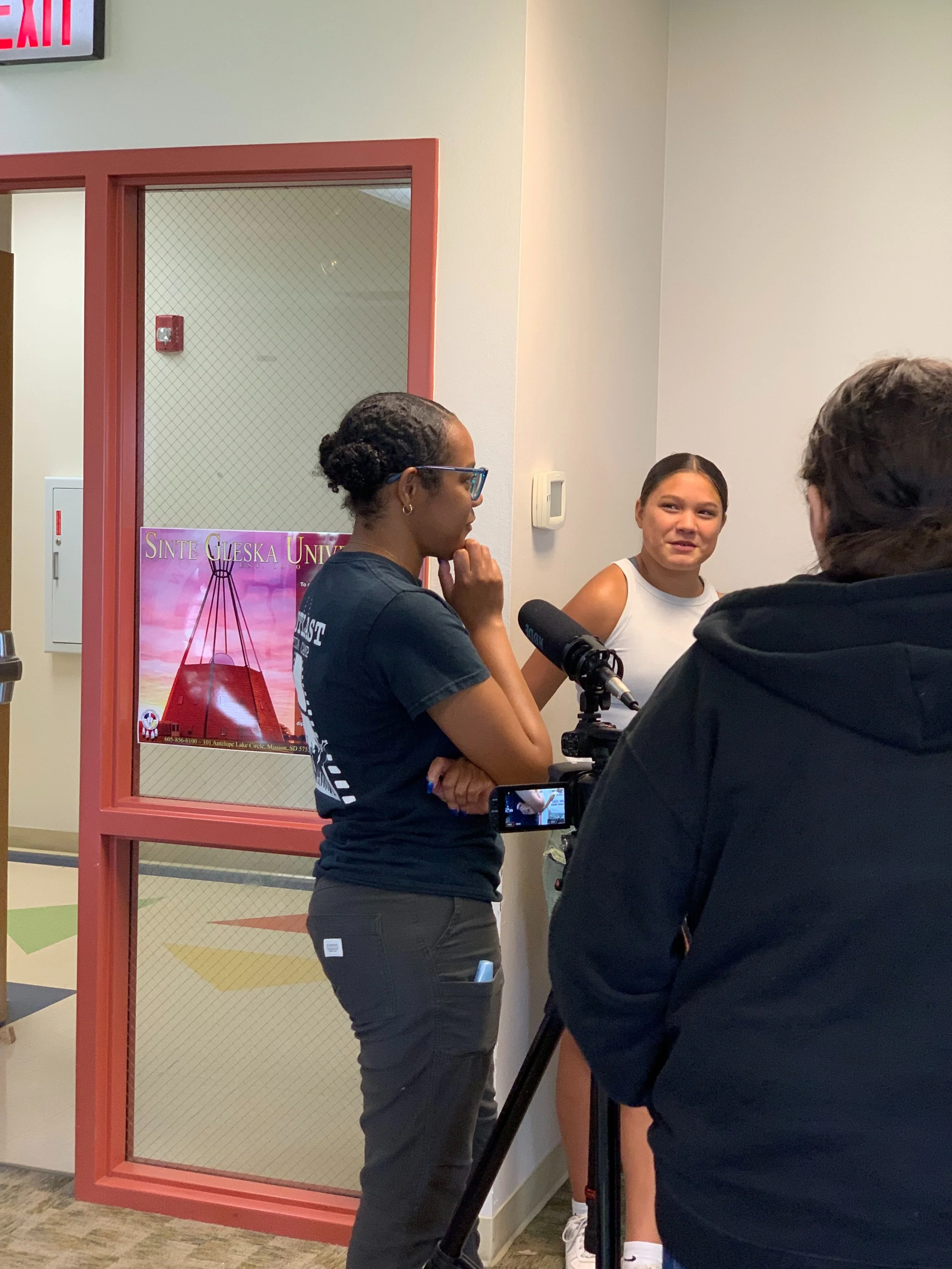
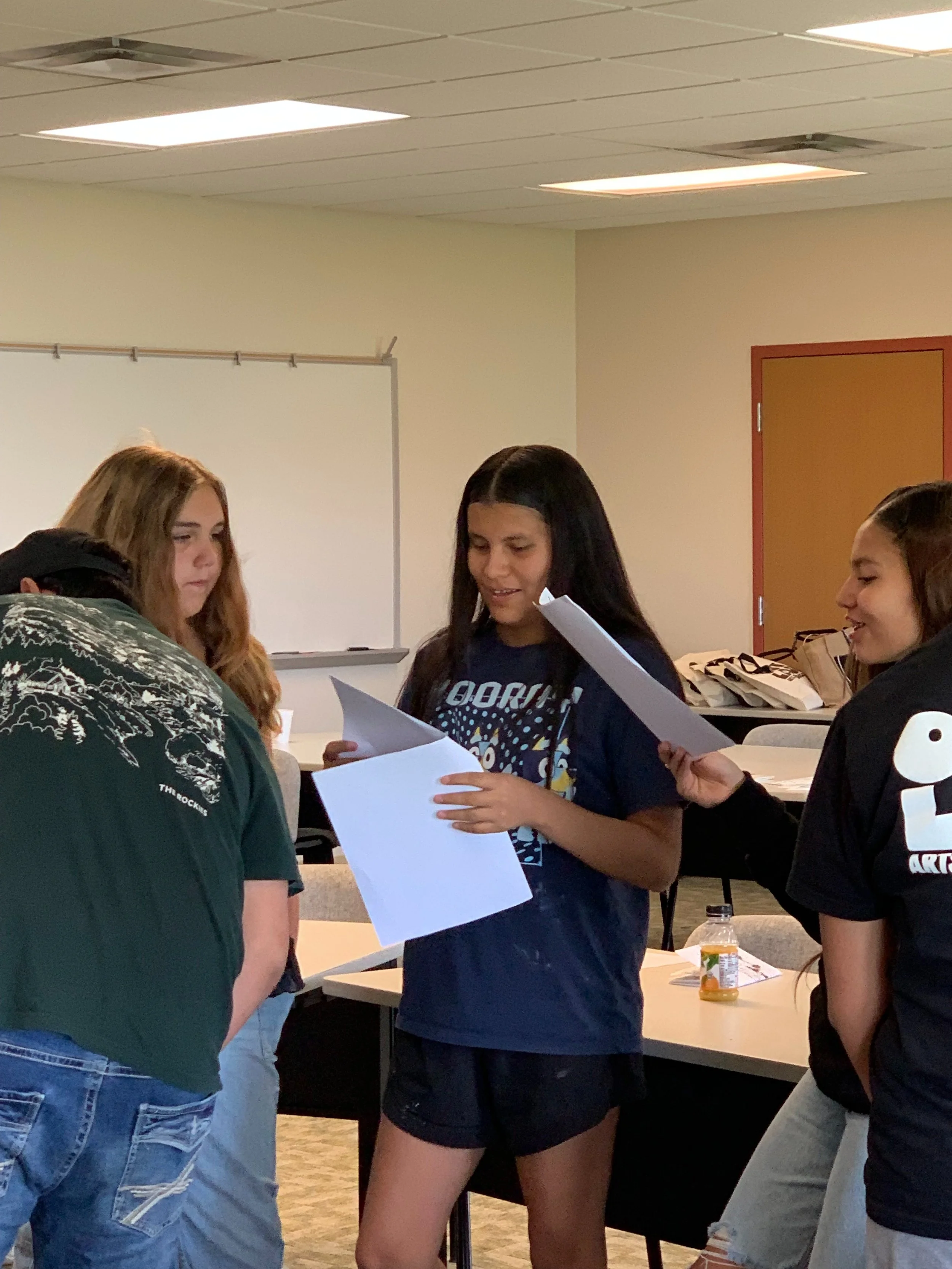
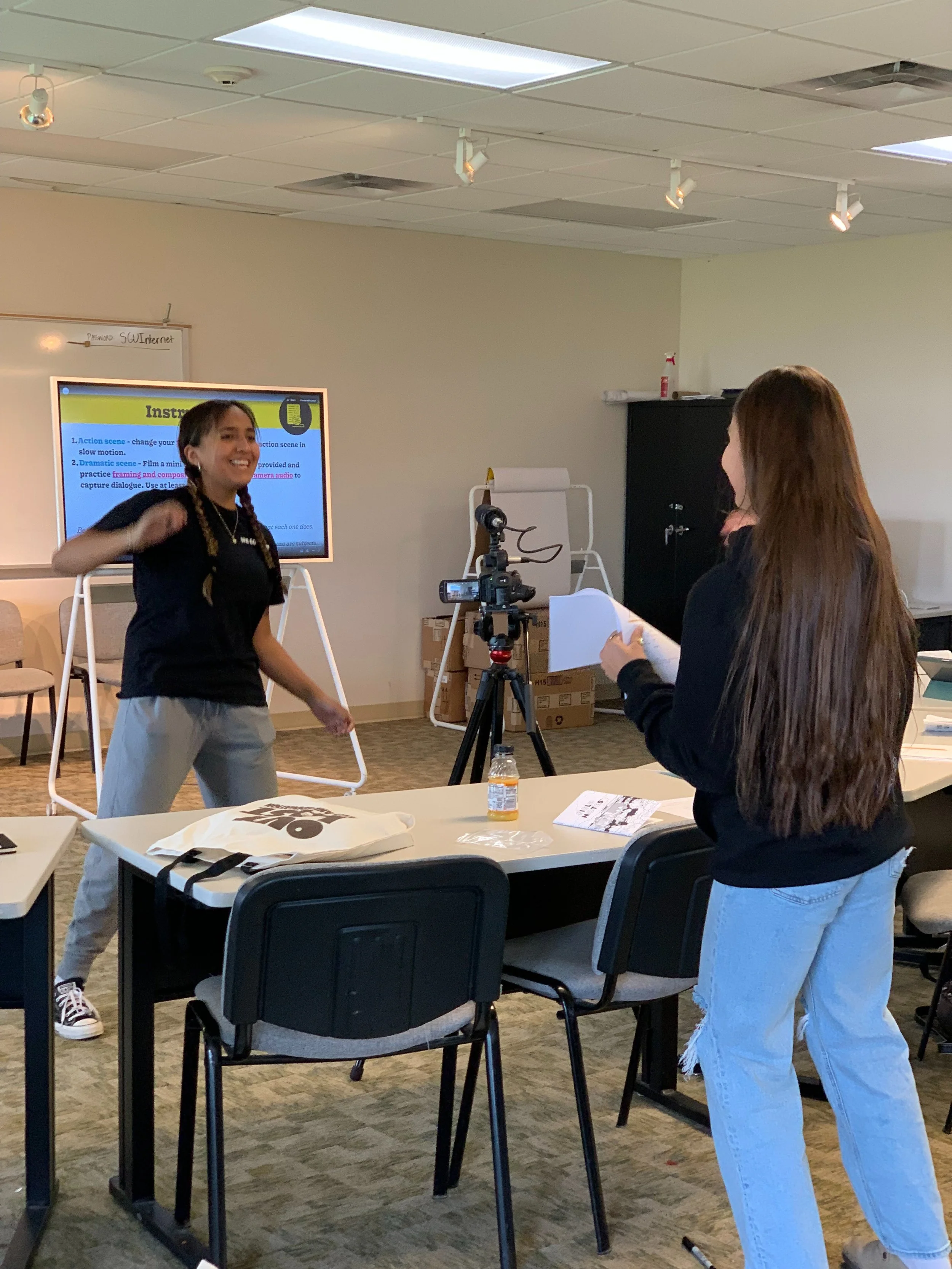
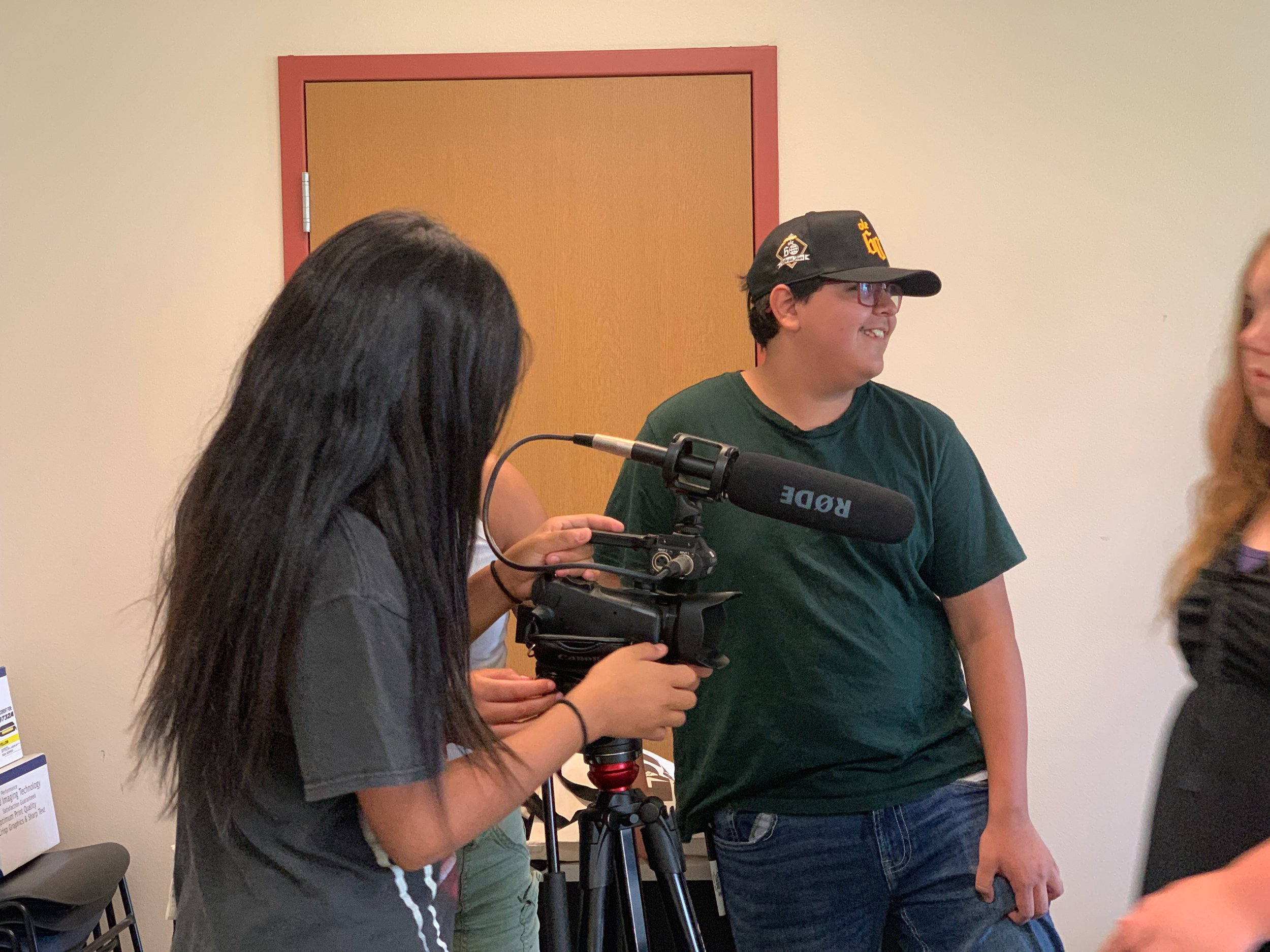

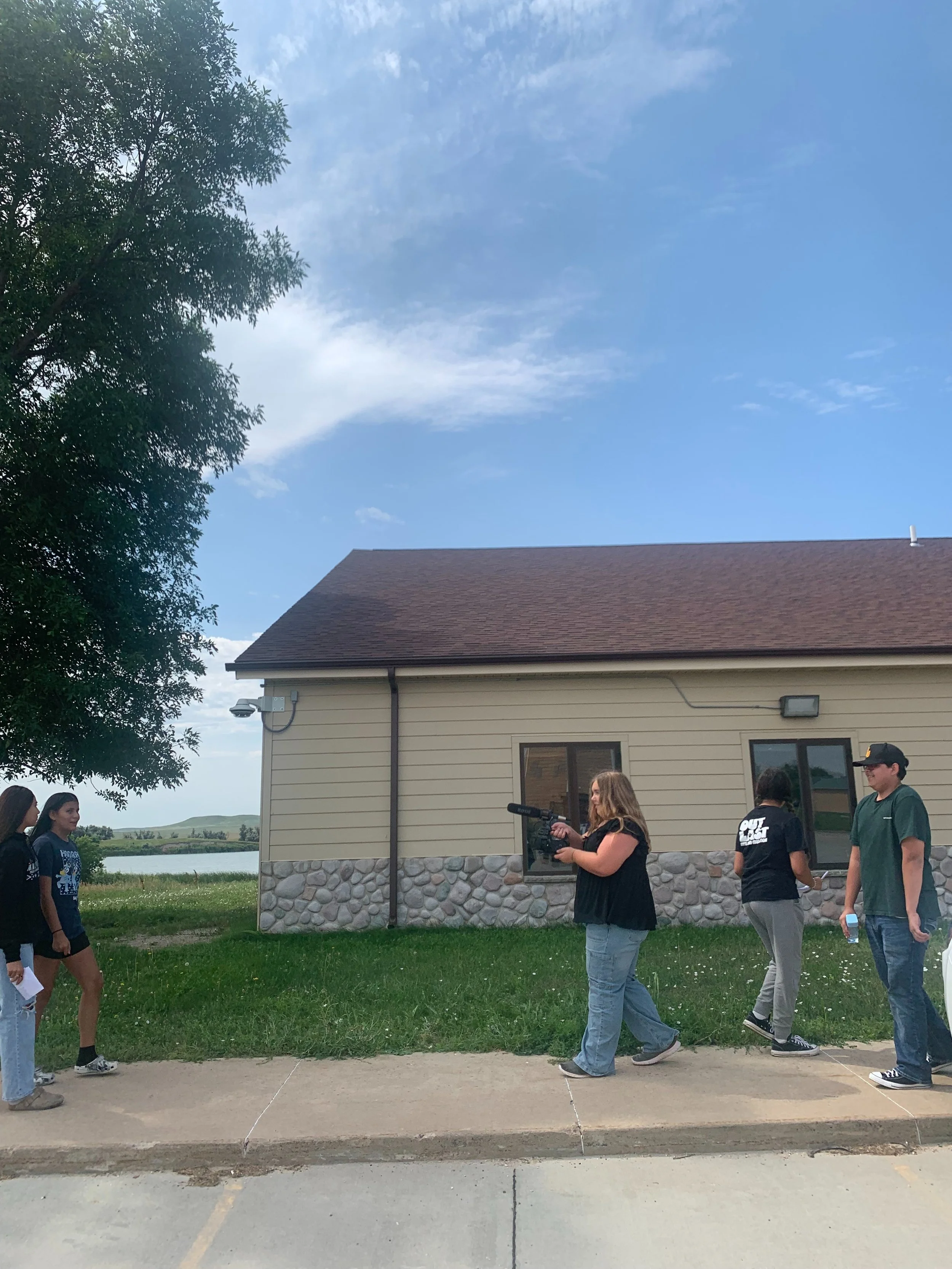
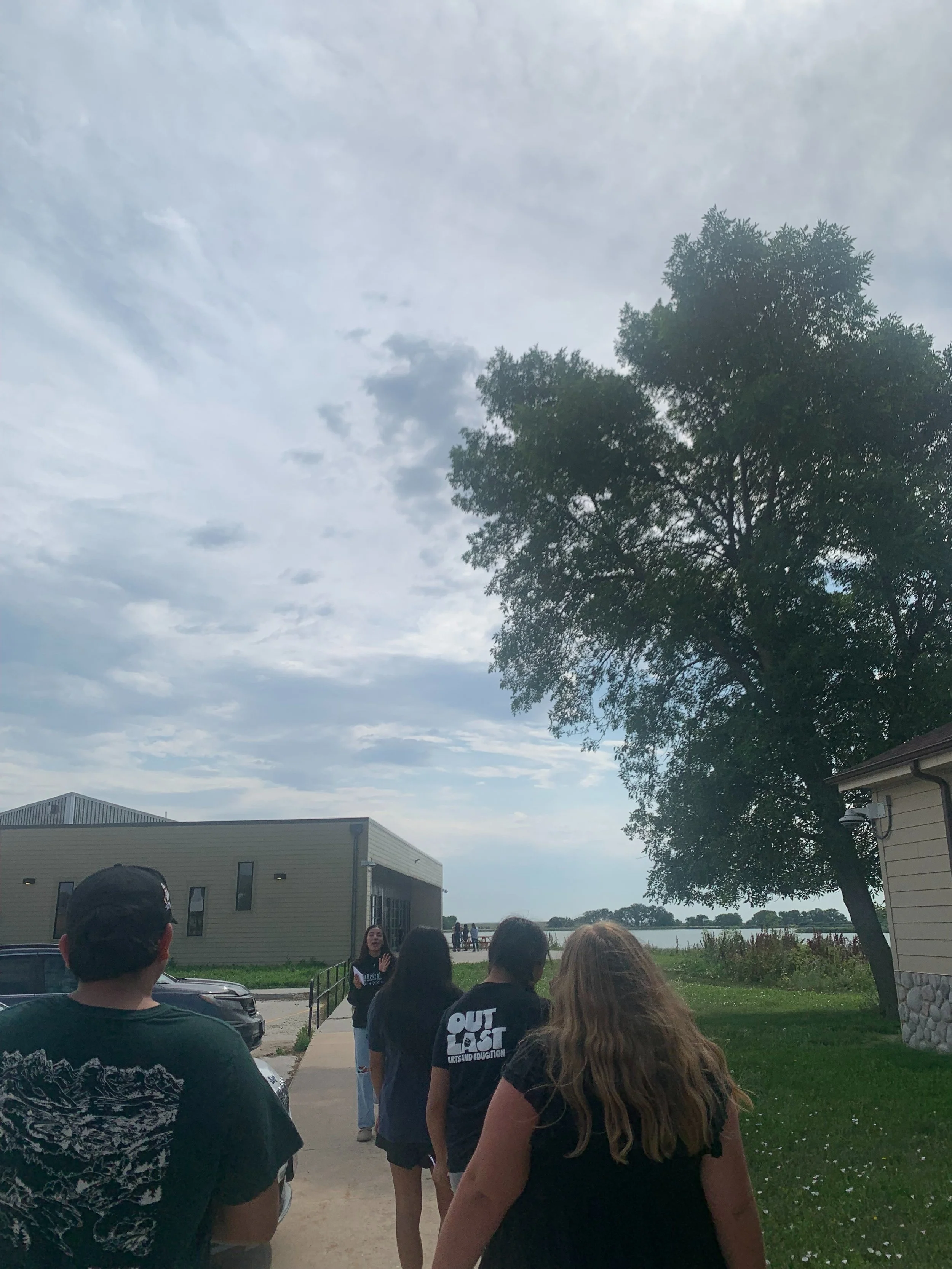


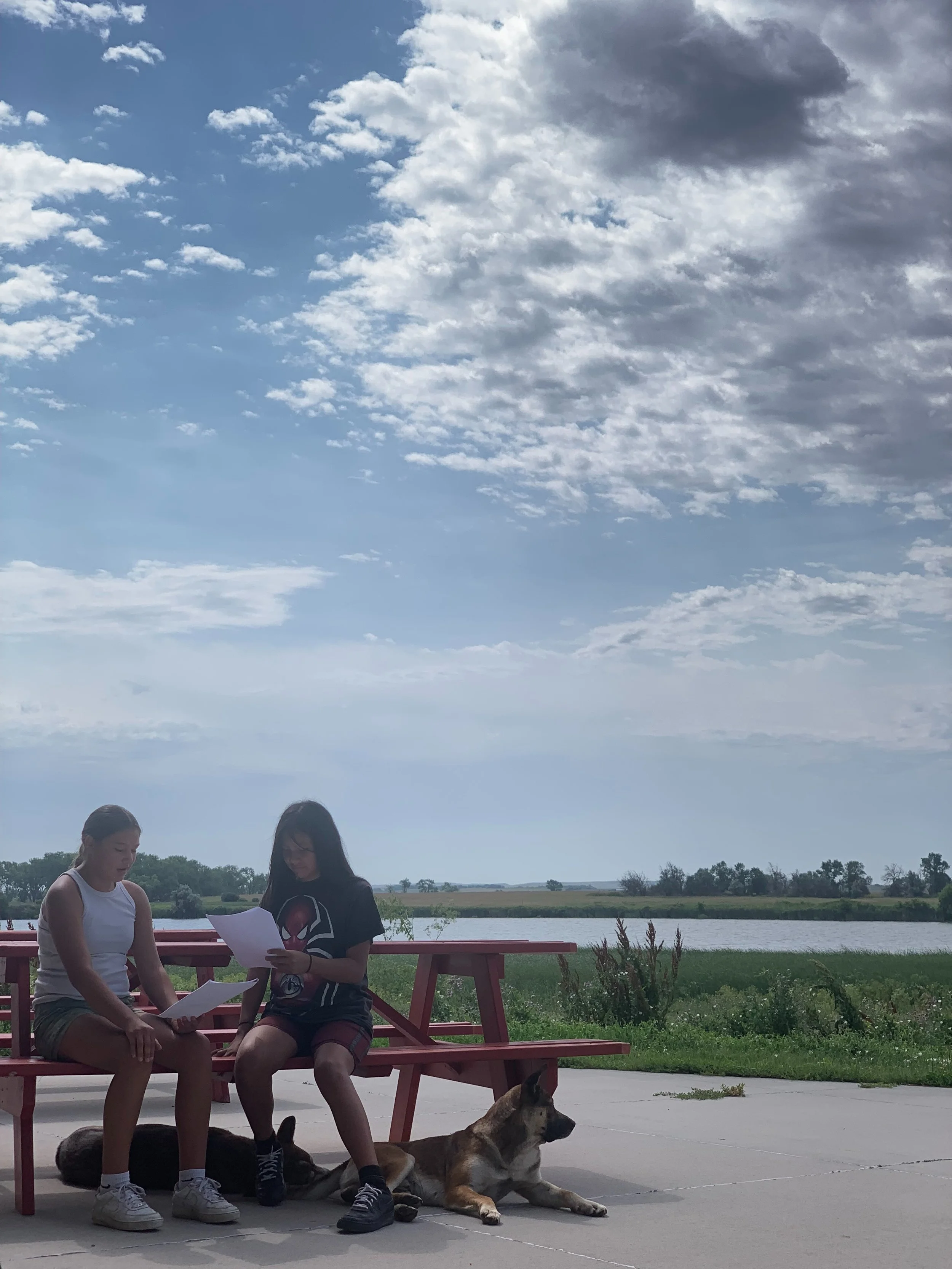
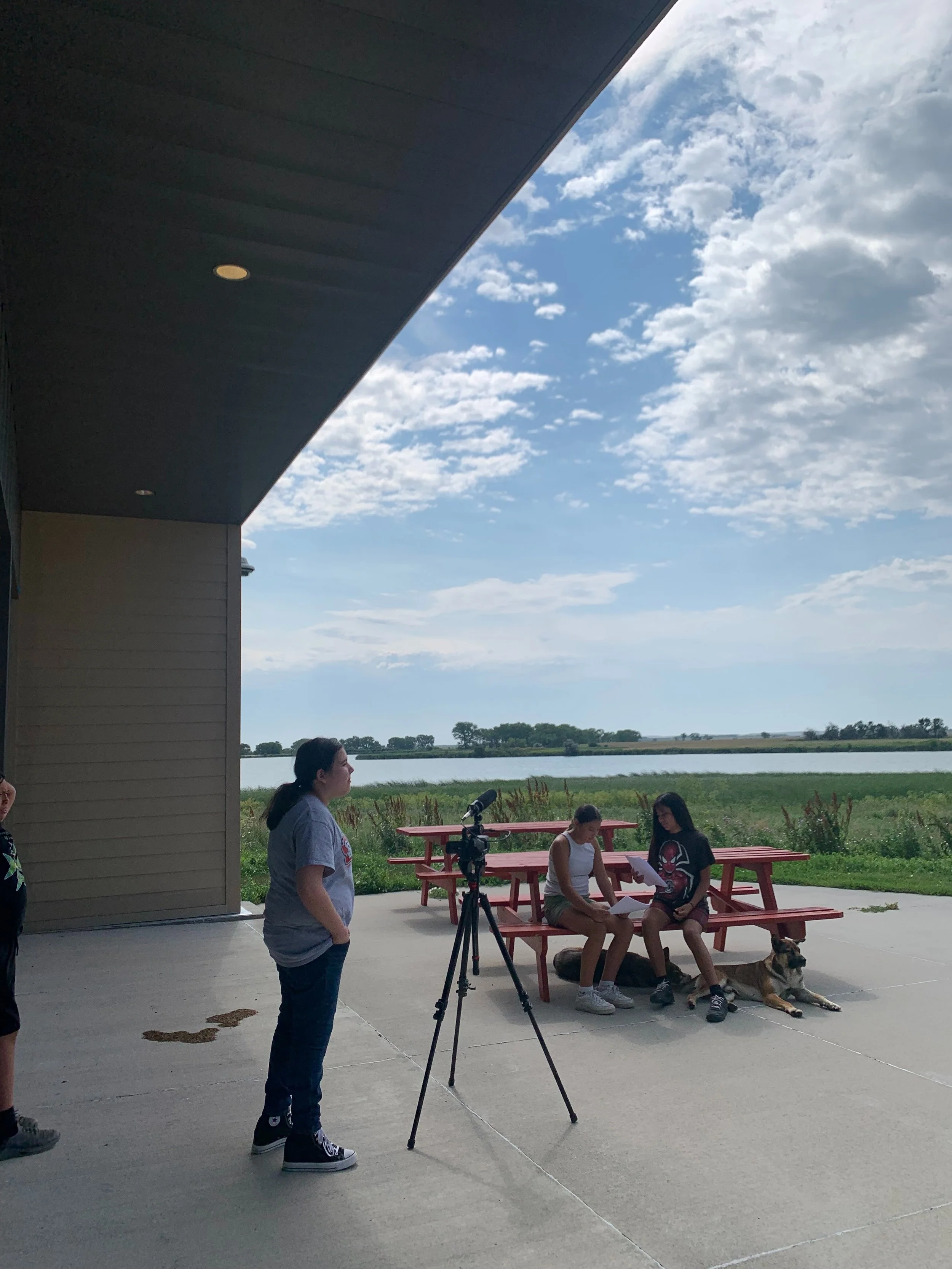
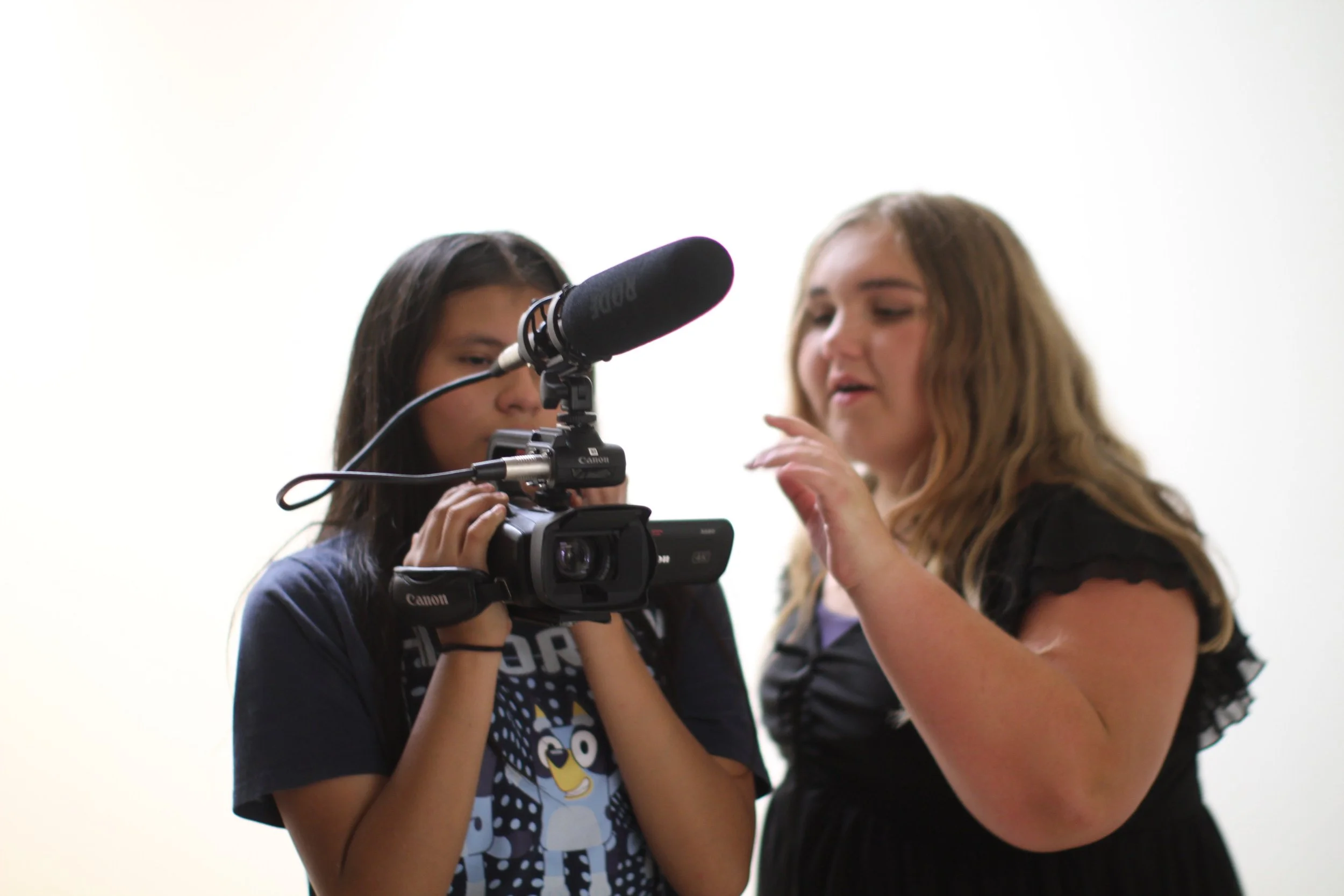

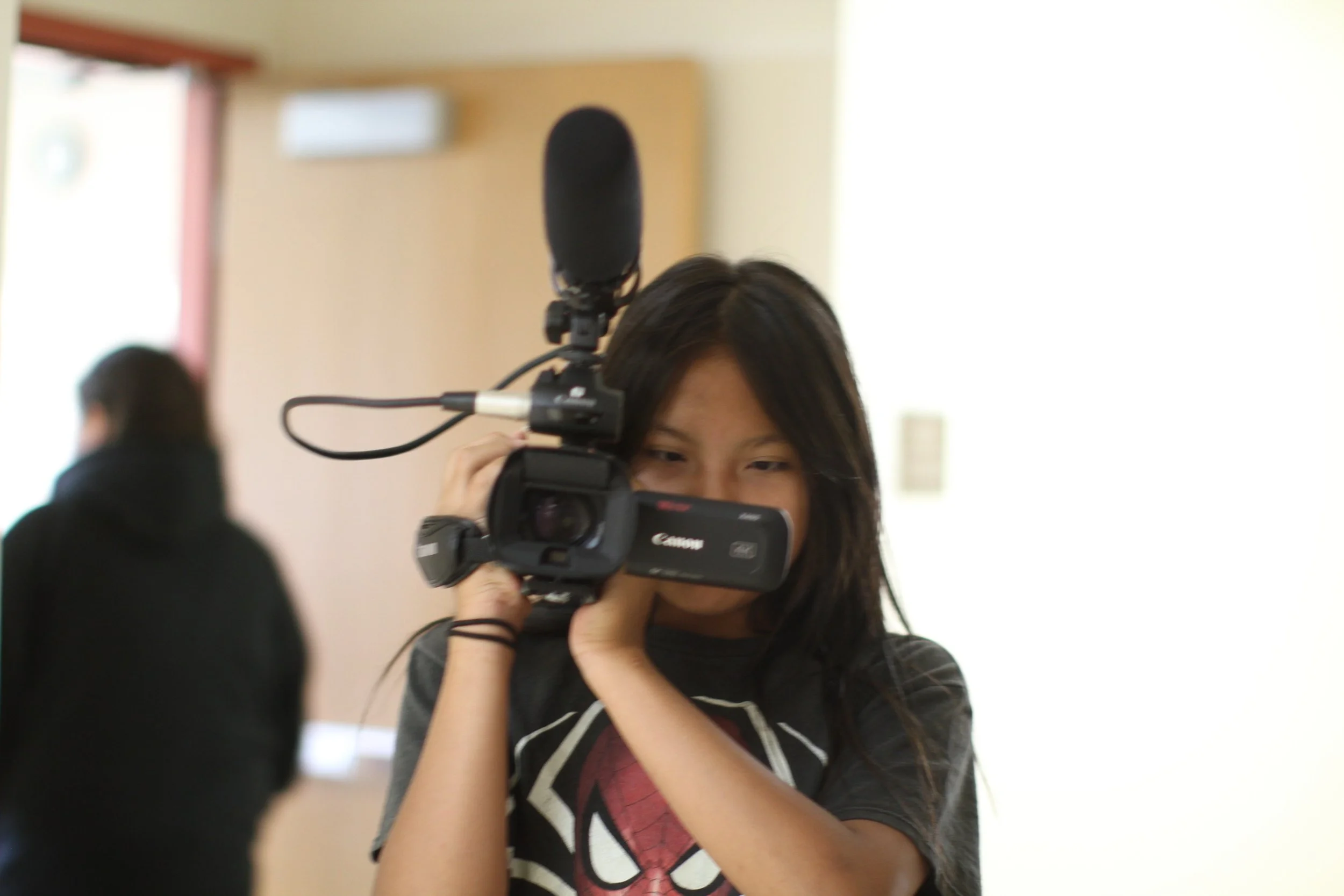
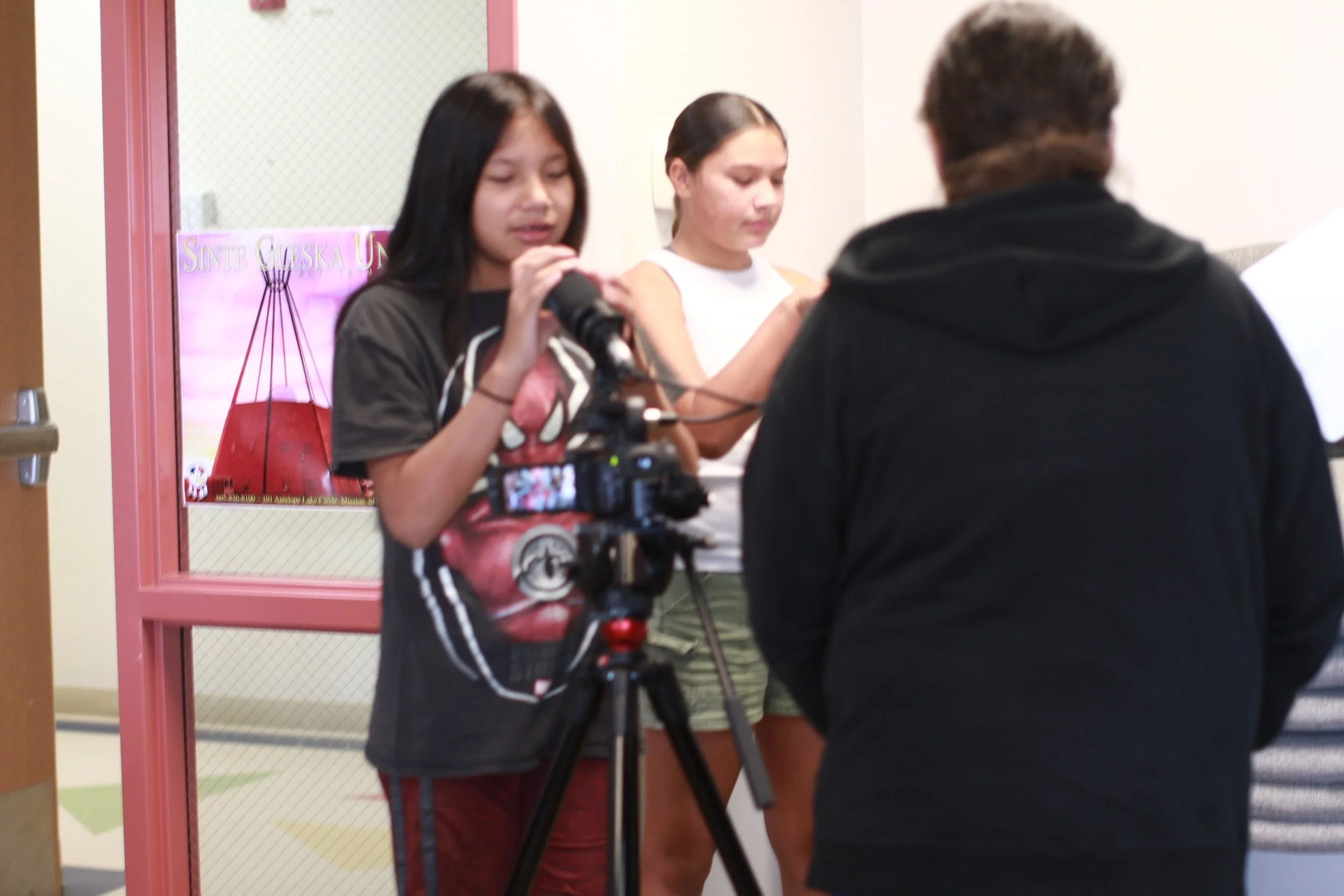
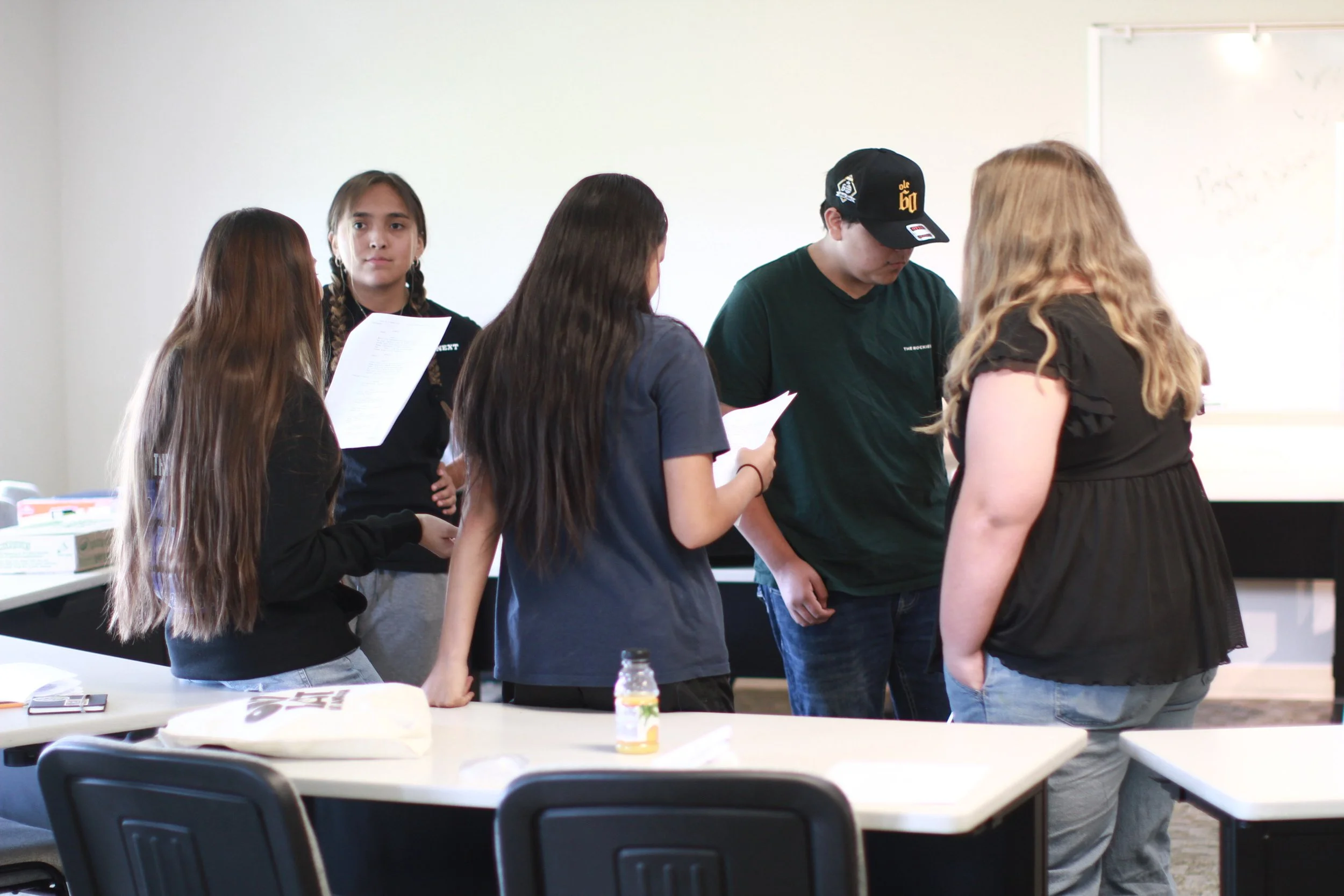
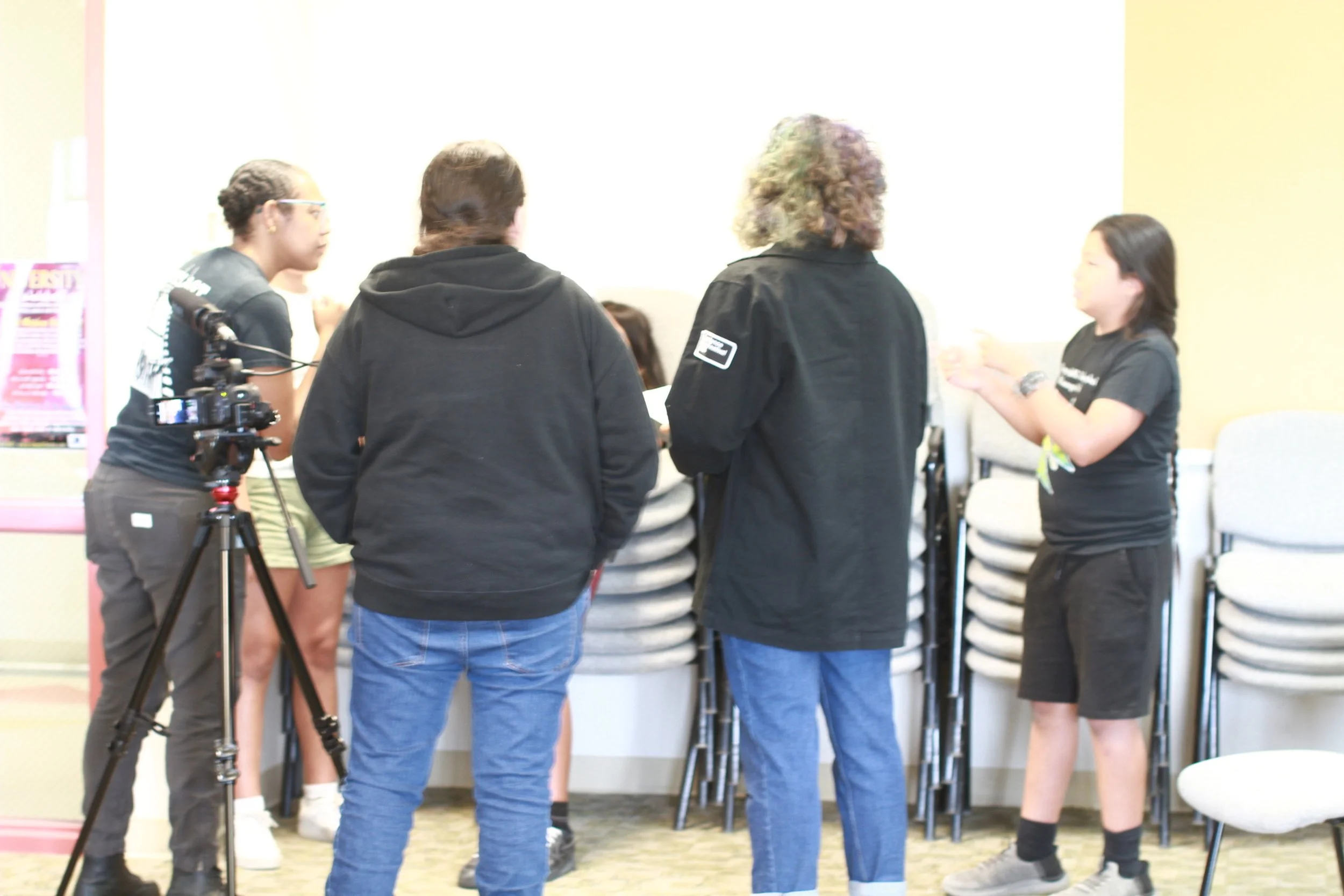

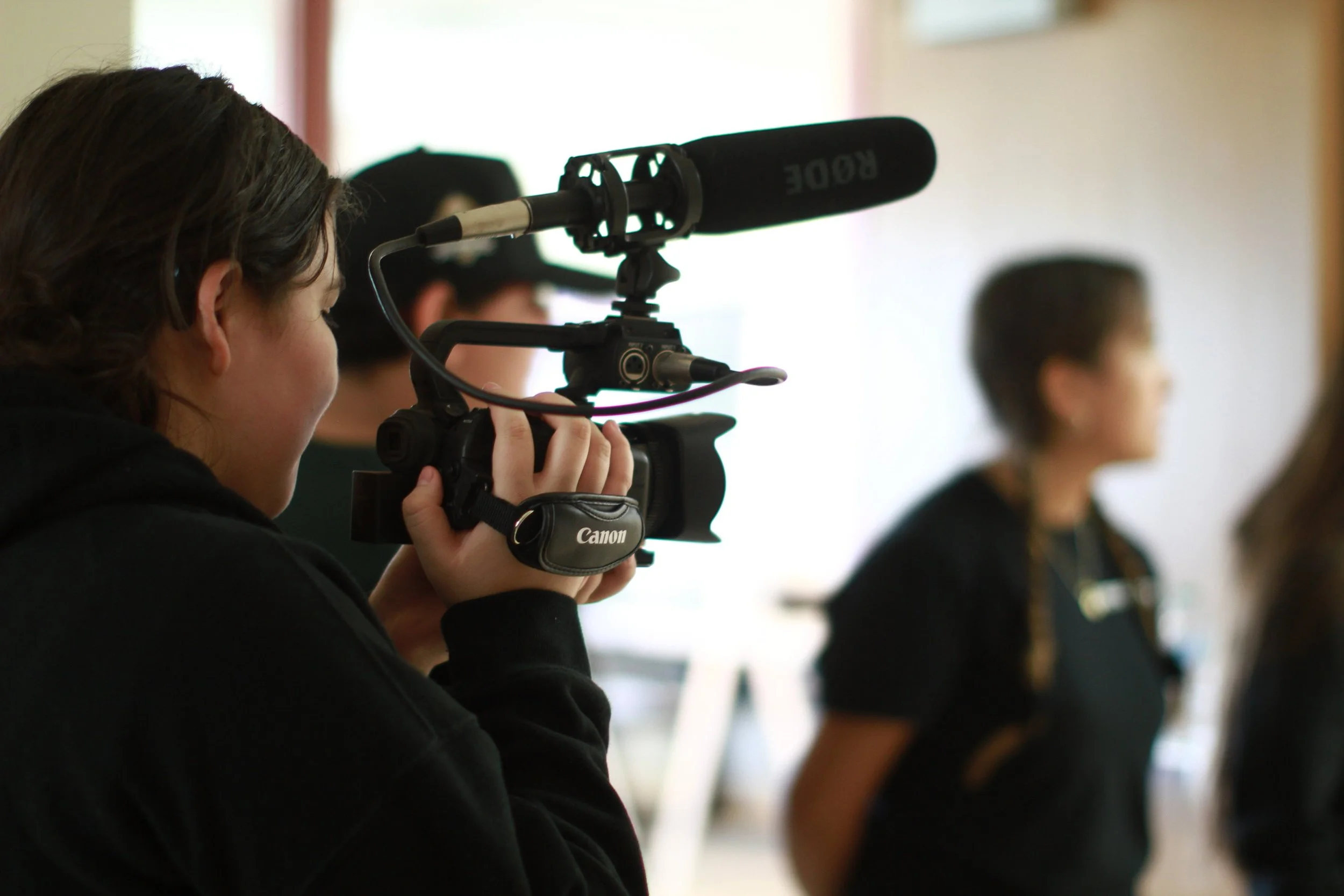
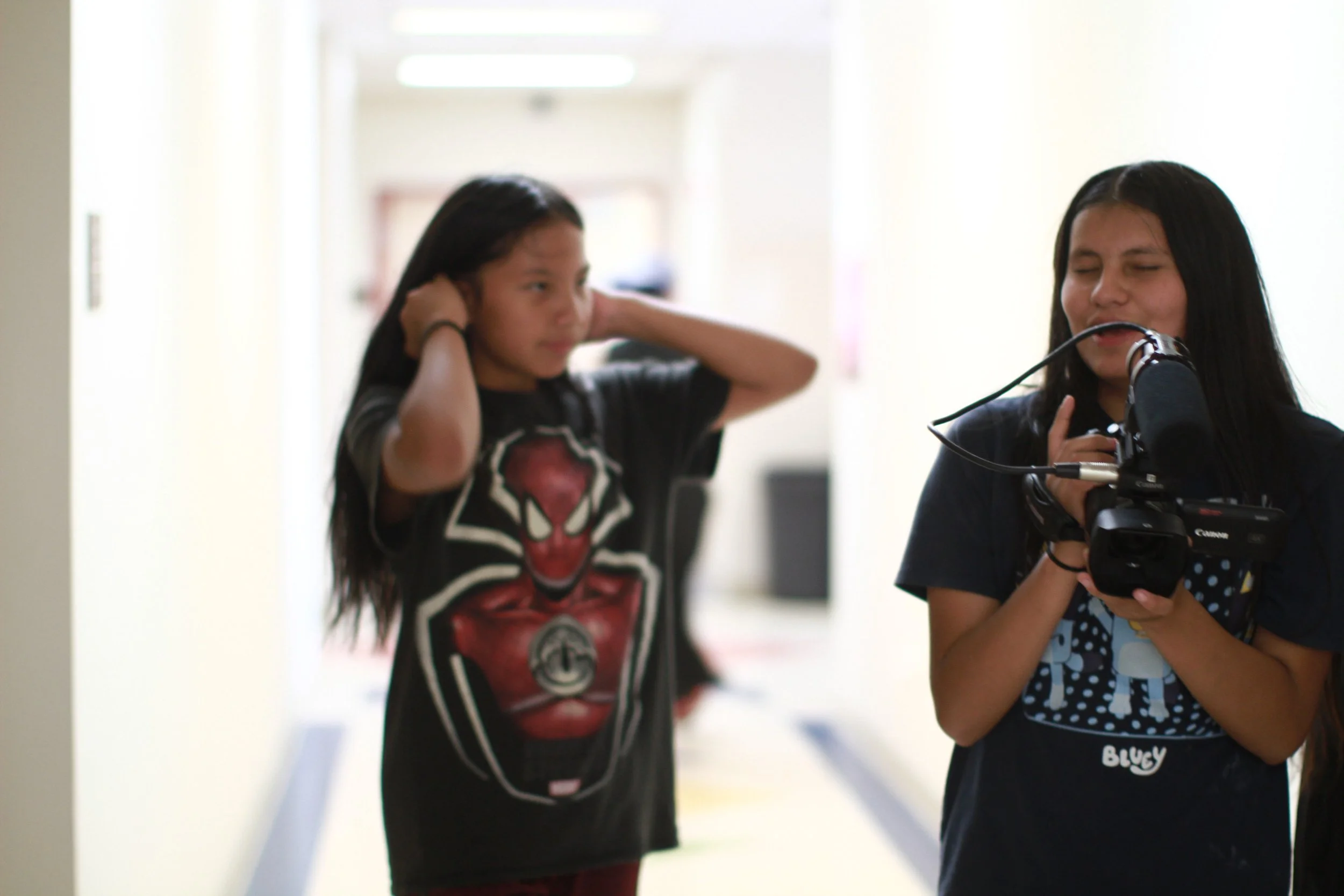

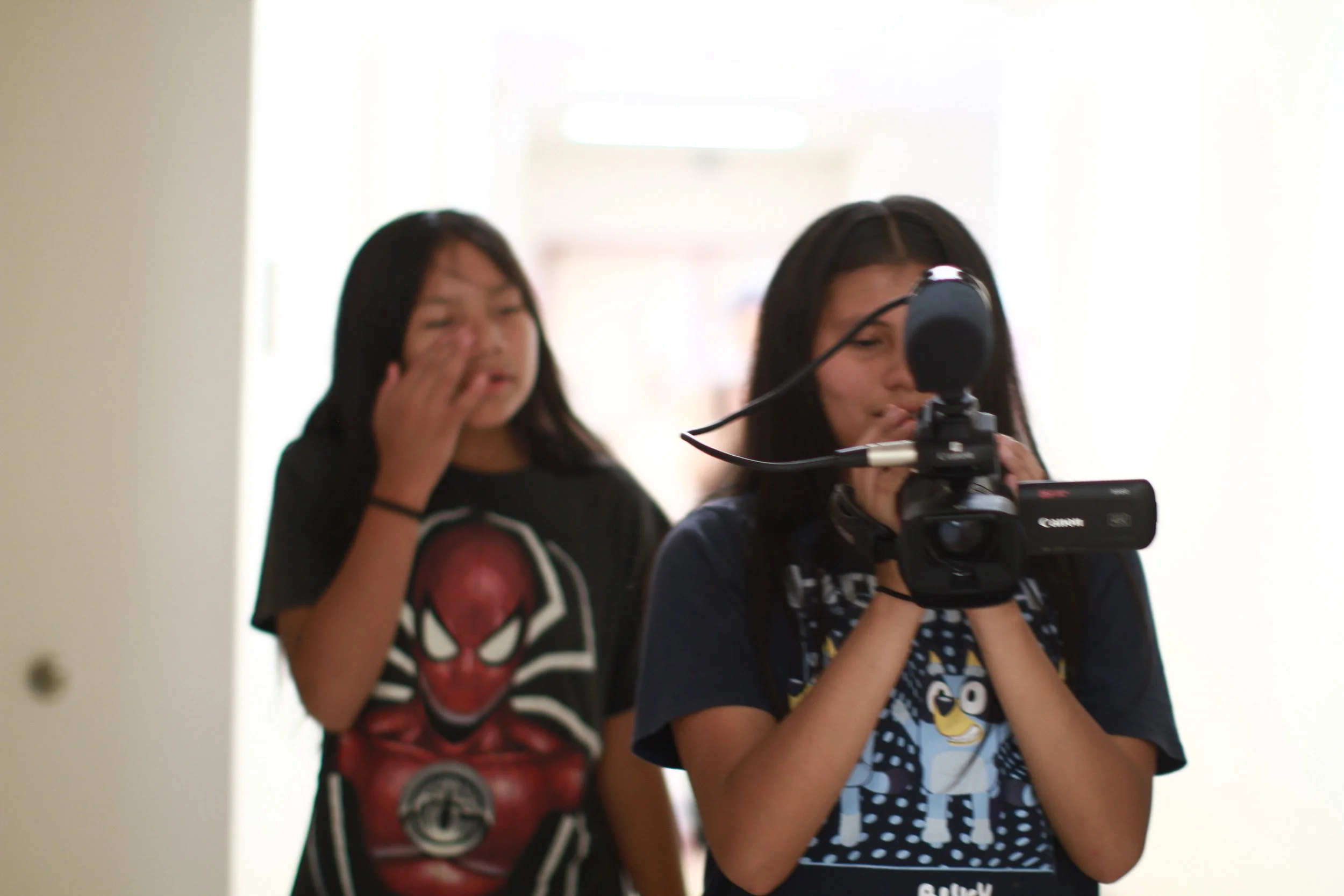


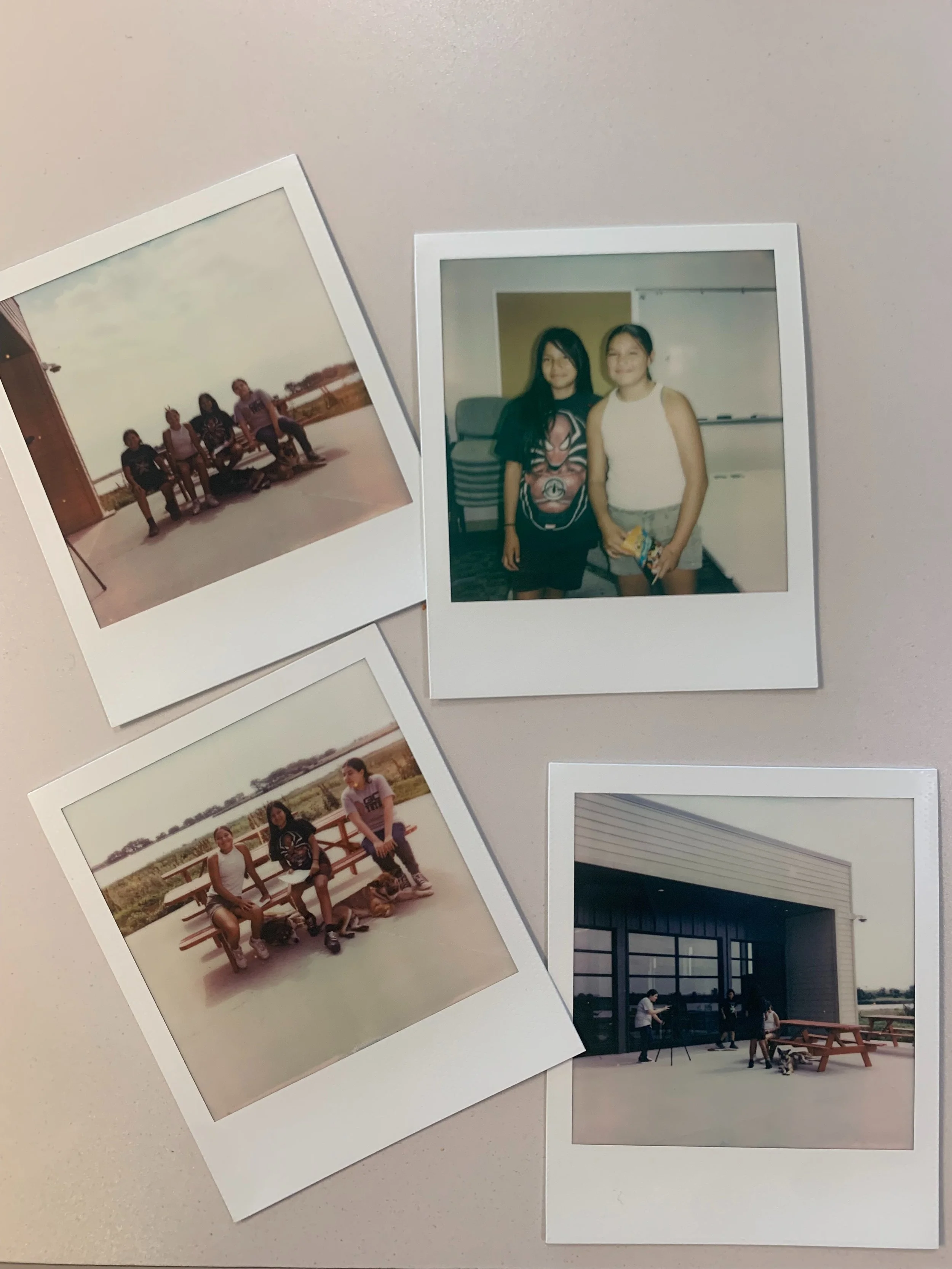
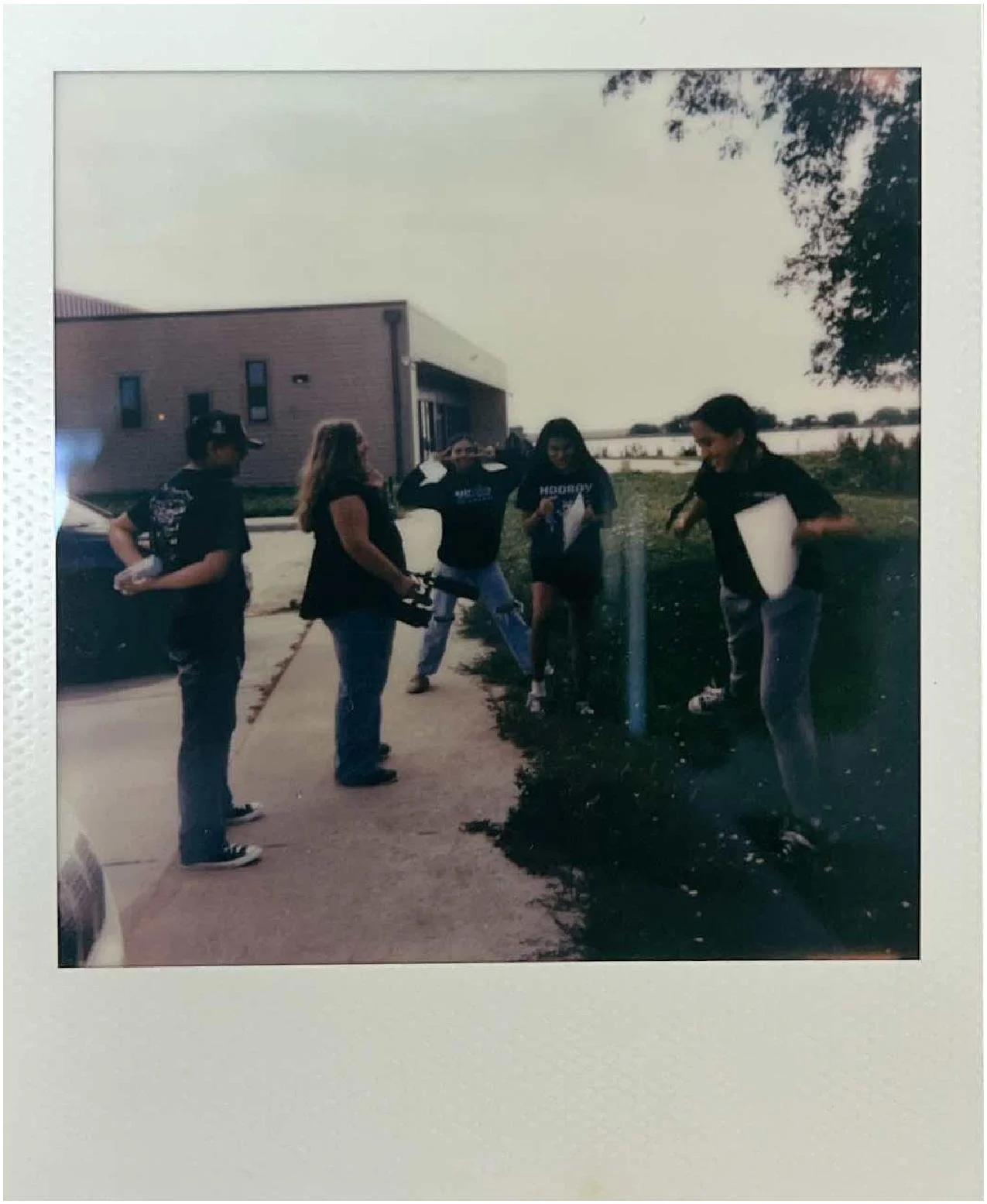
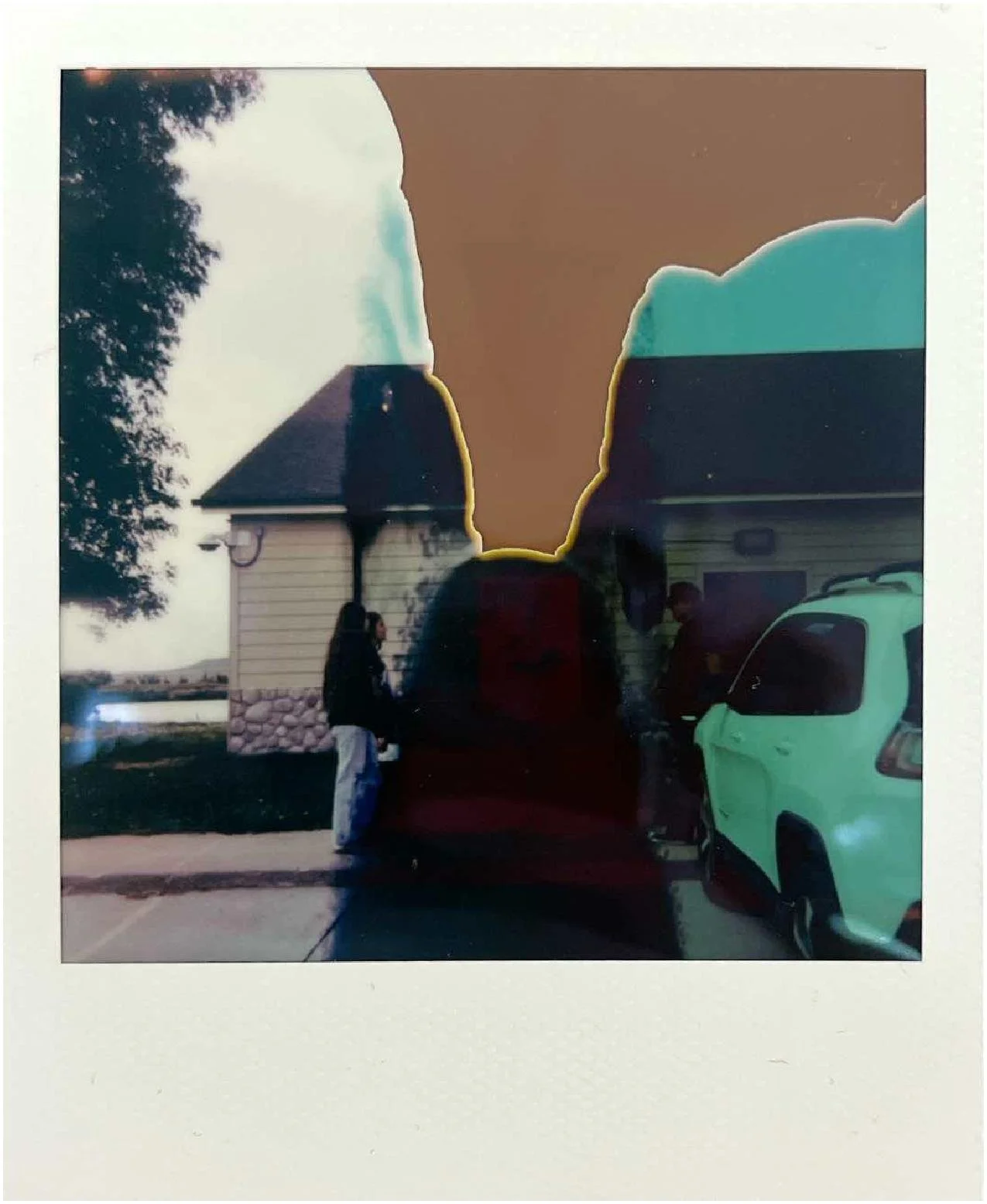
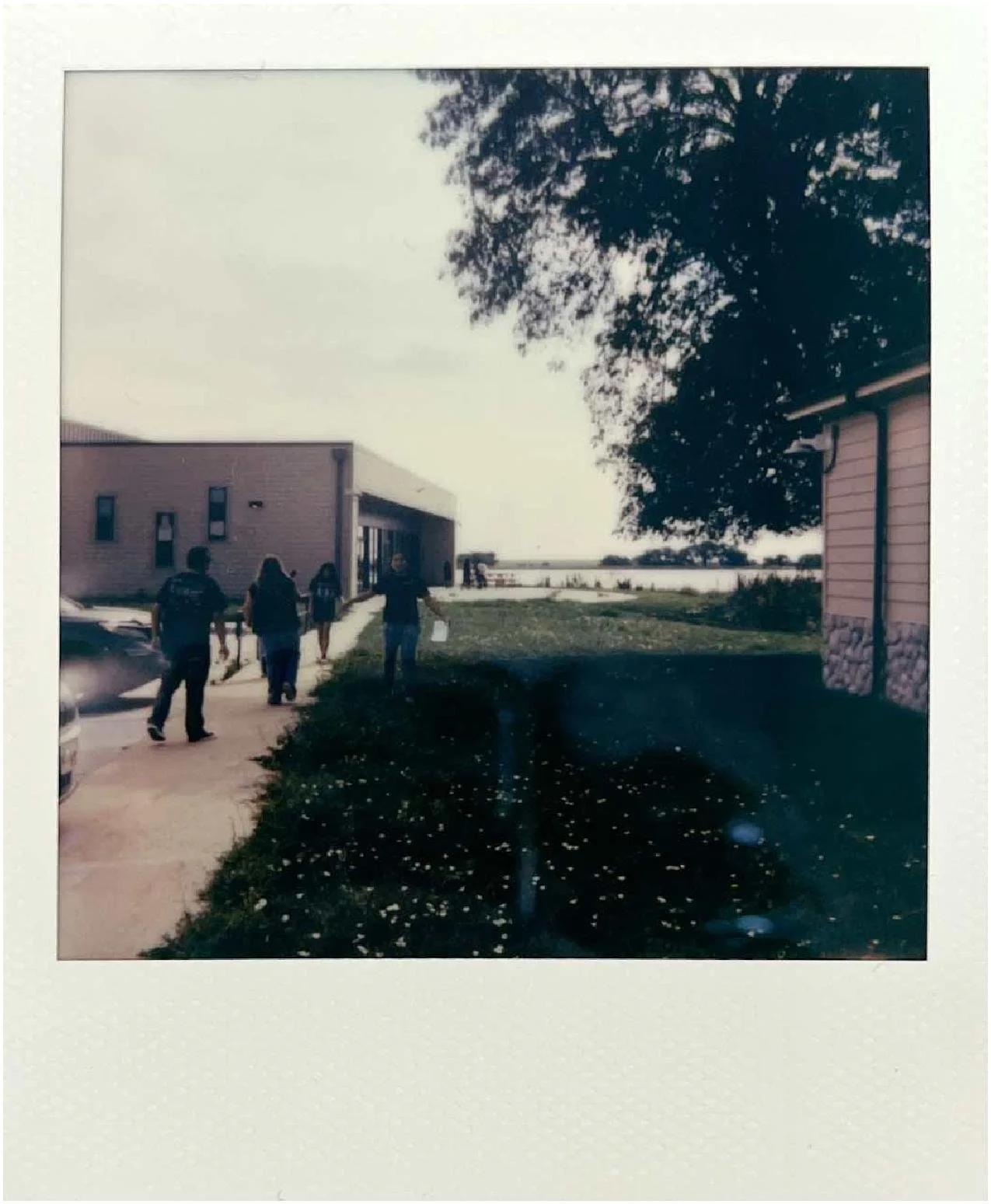



In the afternoon, students moved into their first editing workshop.
Using the footage they had just captured, they began learning how to assemble a scene in DaVinci Resolve—exploring pacing, continuity, and visual storytelling choices.
By the end of Day 2, students had taken full creative control—directing, acting, editing, and collaborating.
They were building real filmmaking confidence, one scene at a time.
Day 3 – Set Etiquette & Production Begins
Day 3 – Set Etiquette & Production Begins
Students moved from pre-production to action—turning ideas into visuals, and storyboards into scenes.
The day kicked off with a session on Set Etiquette, led by Ty and Marli.
They shared insights on how to show up professionally on set—from respecting roles and time, to keeping energy and communication strong.

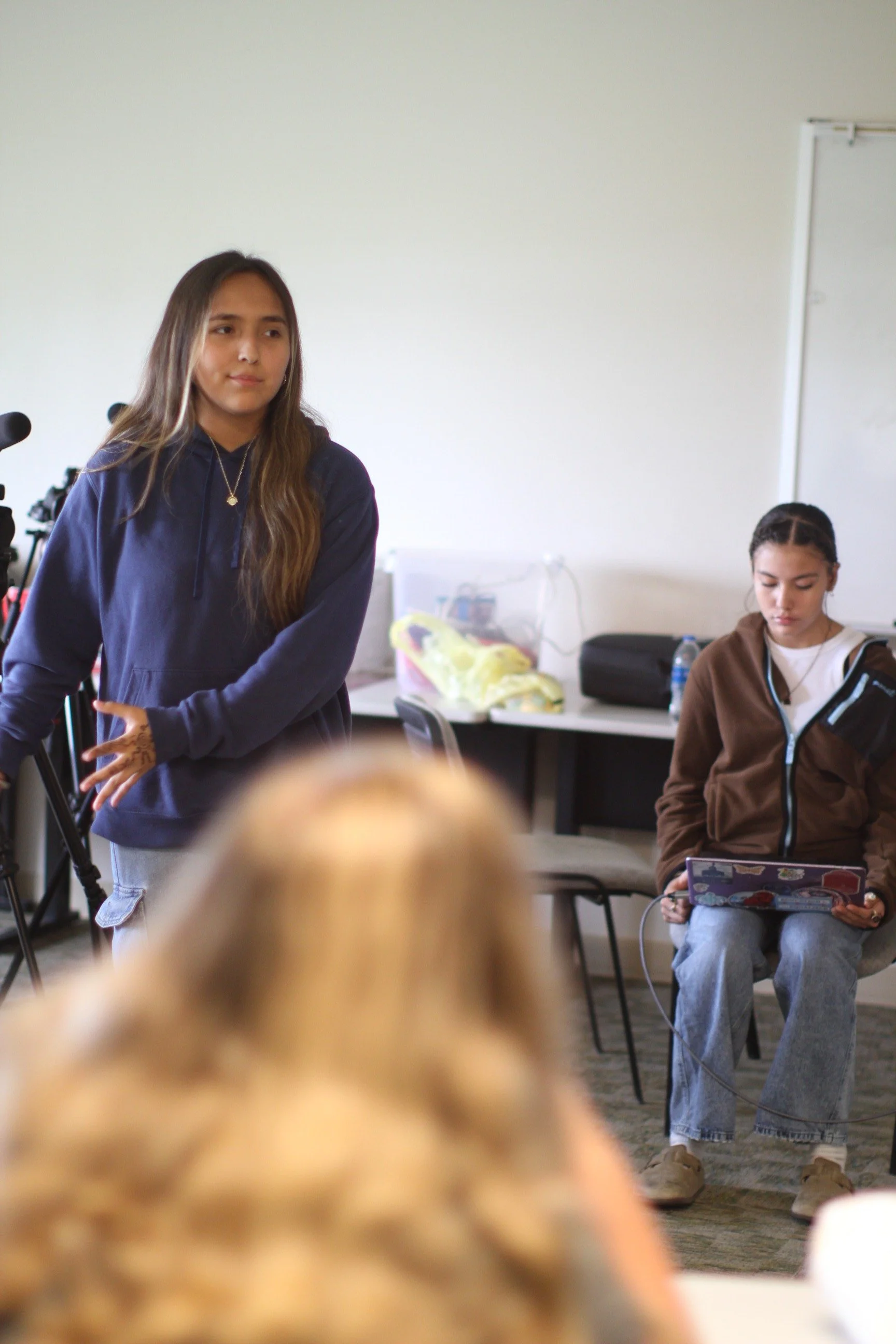




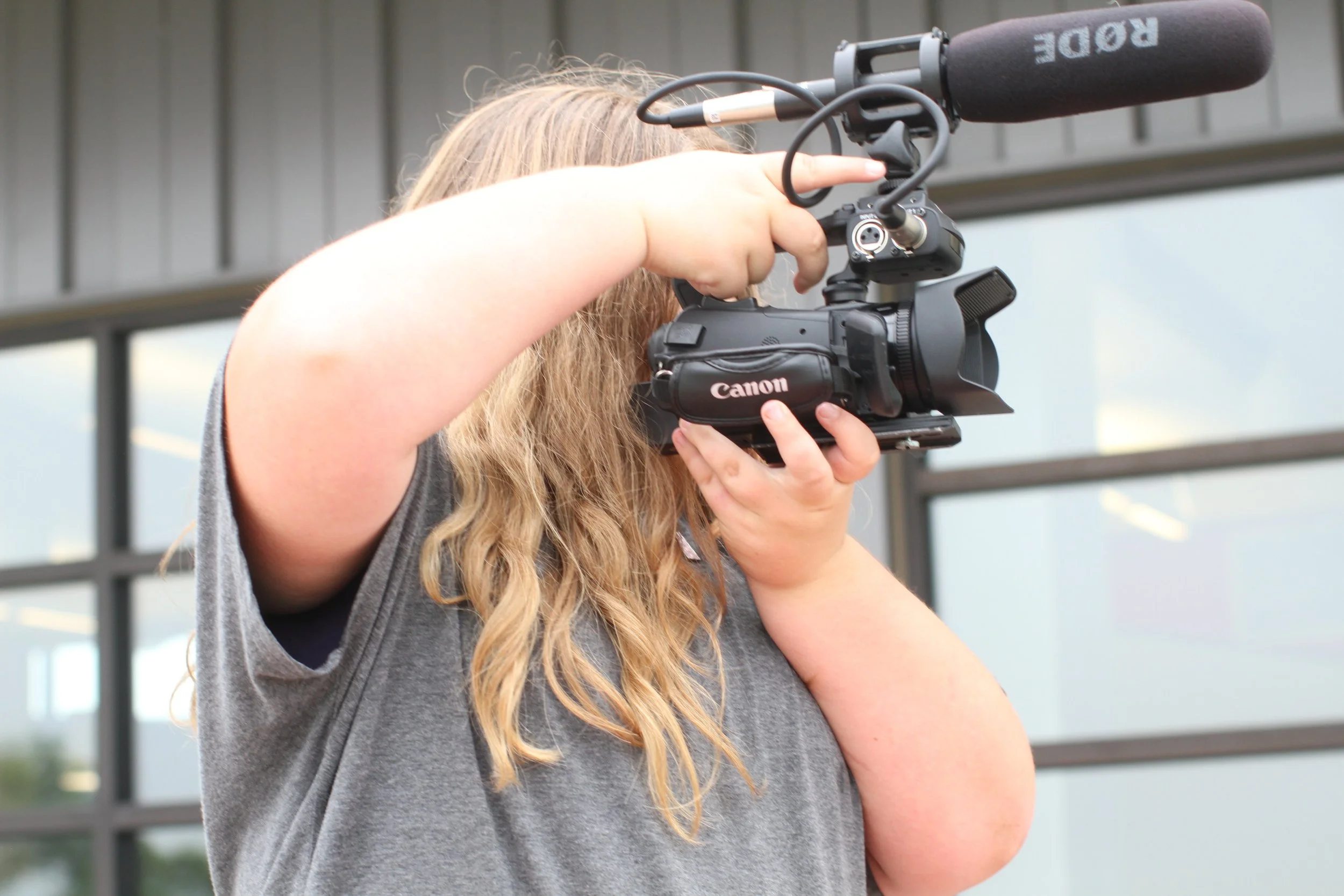
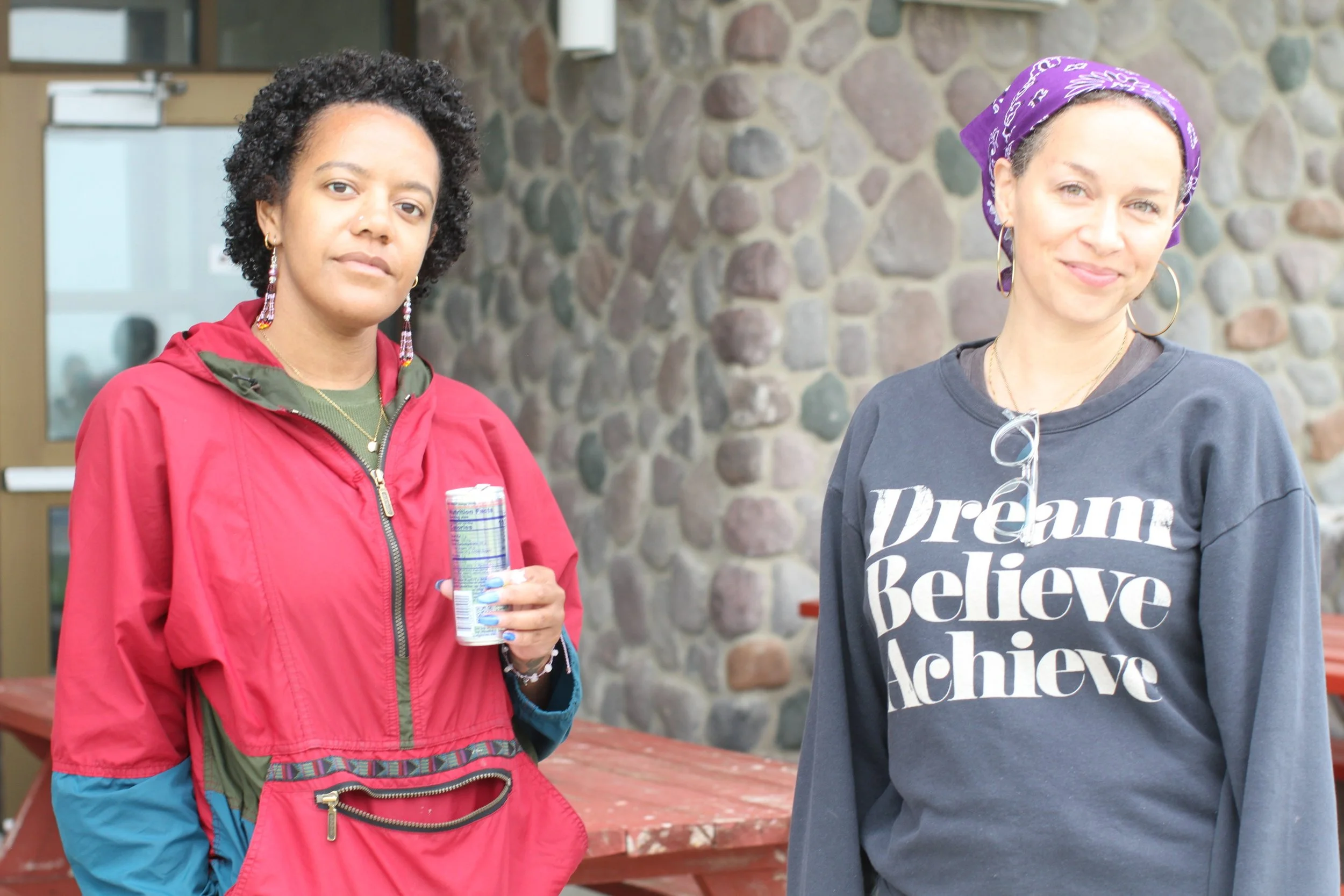

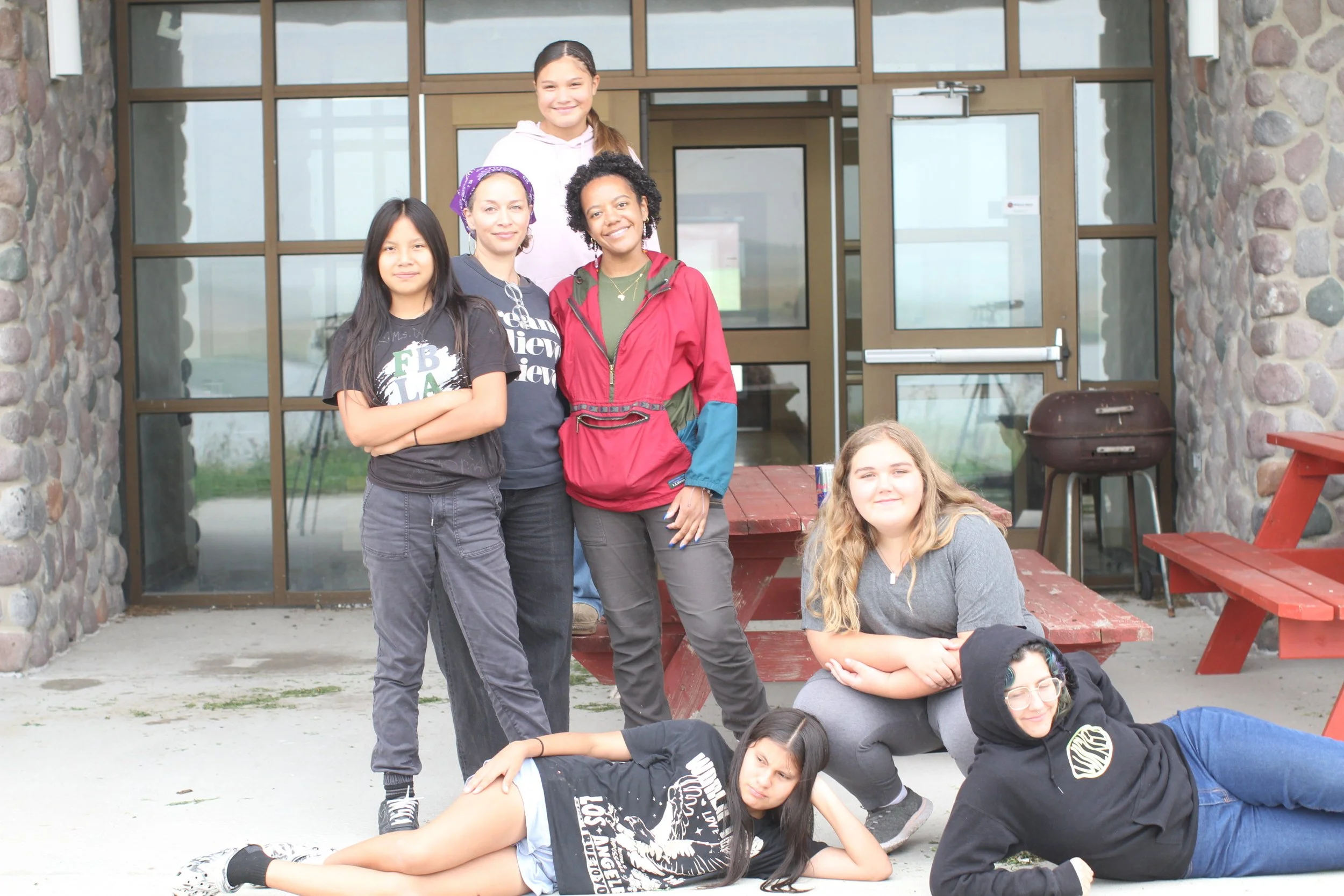



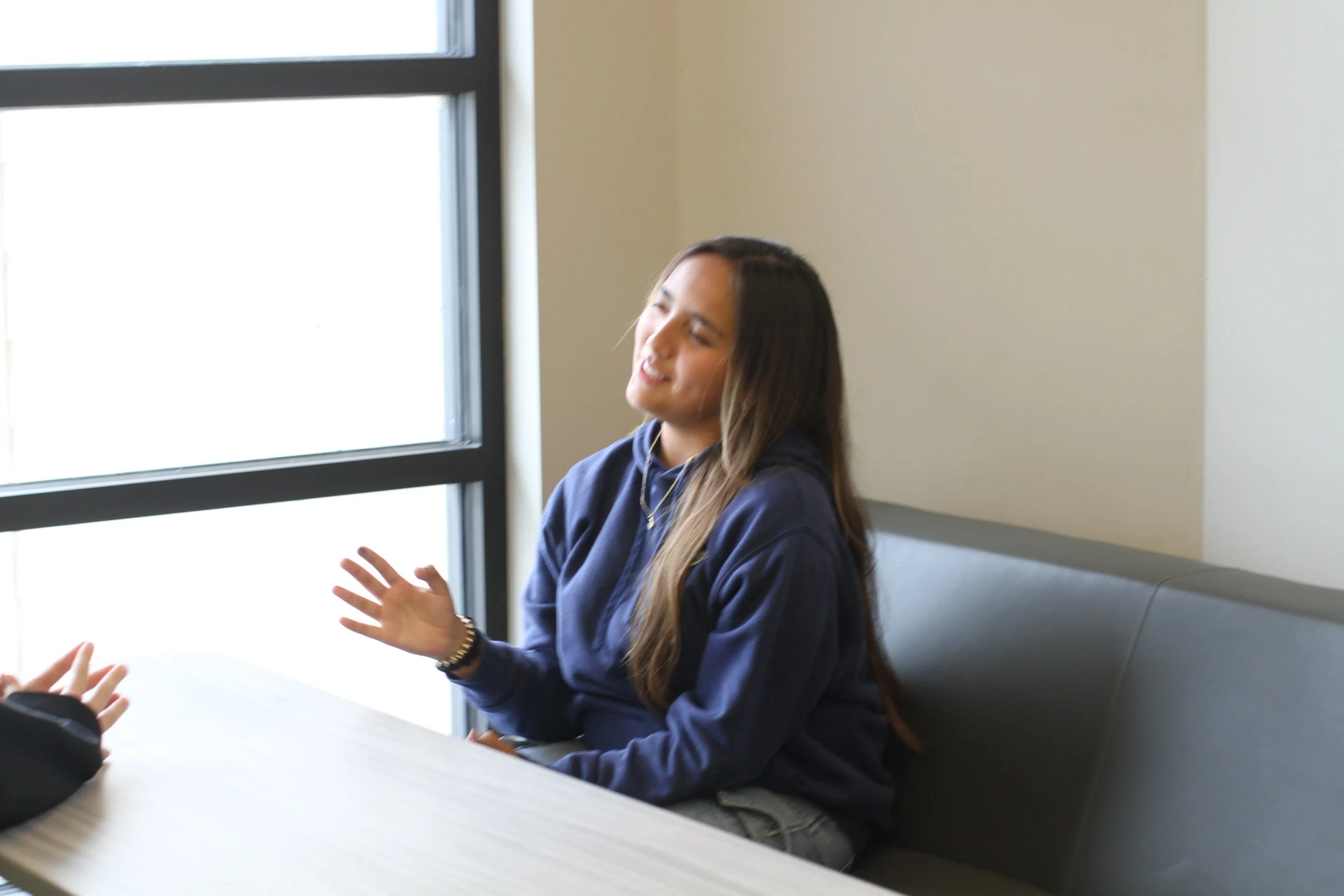
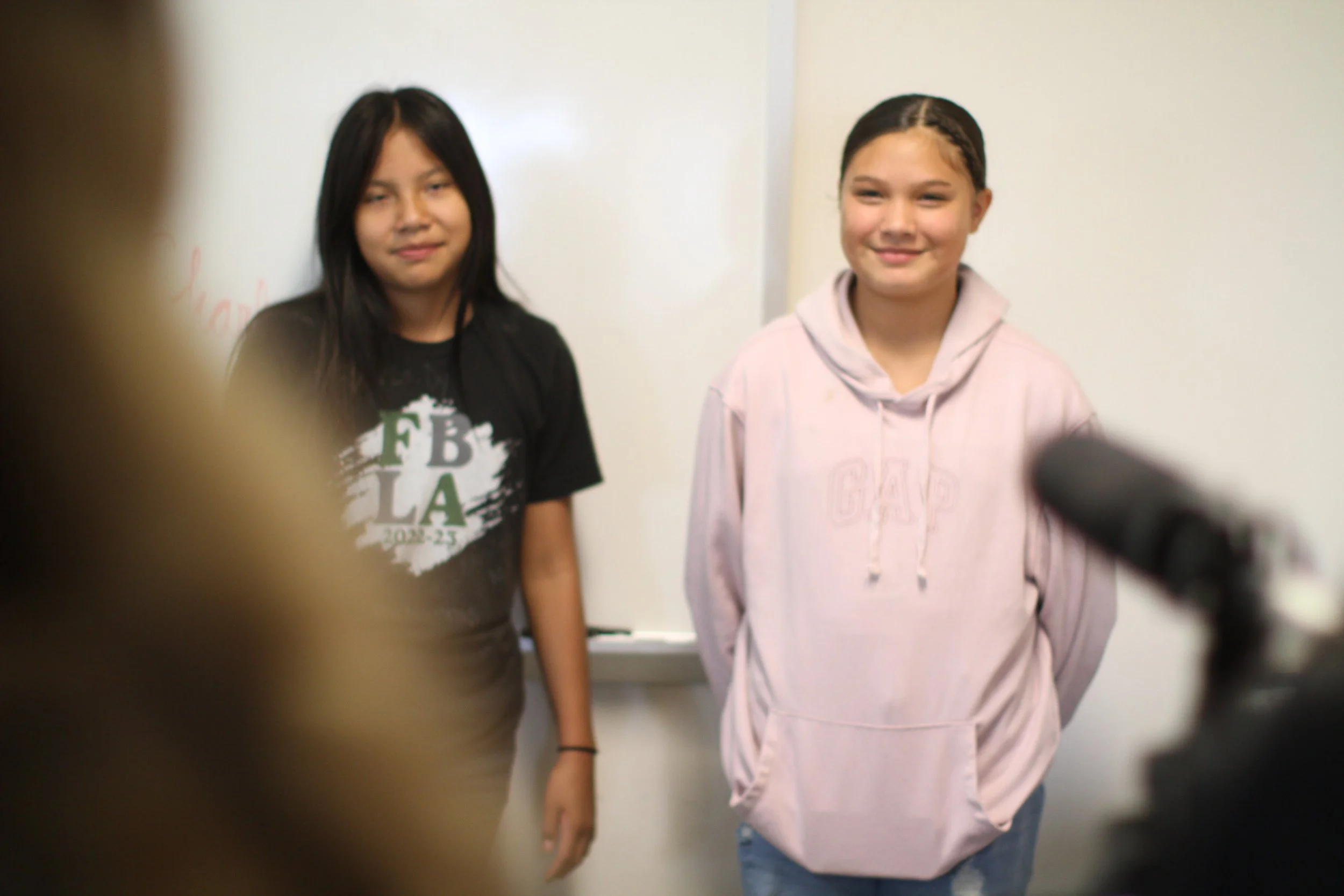
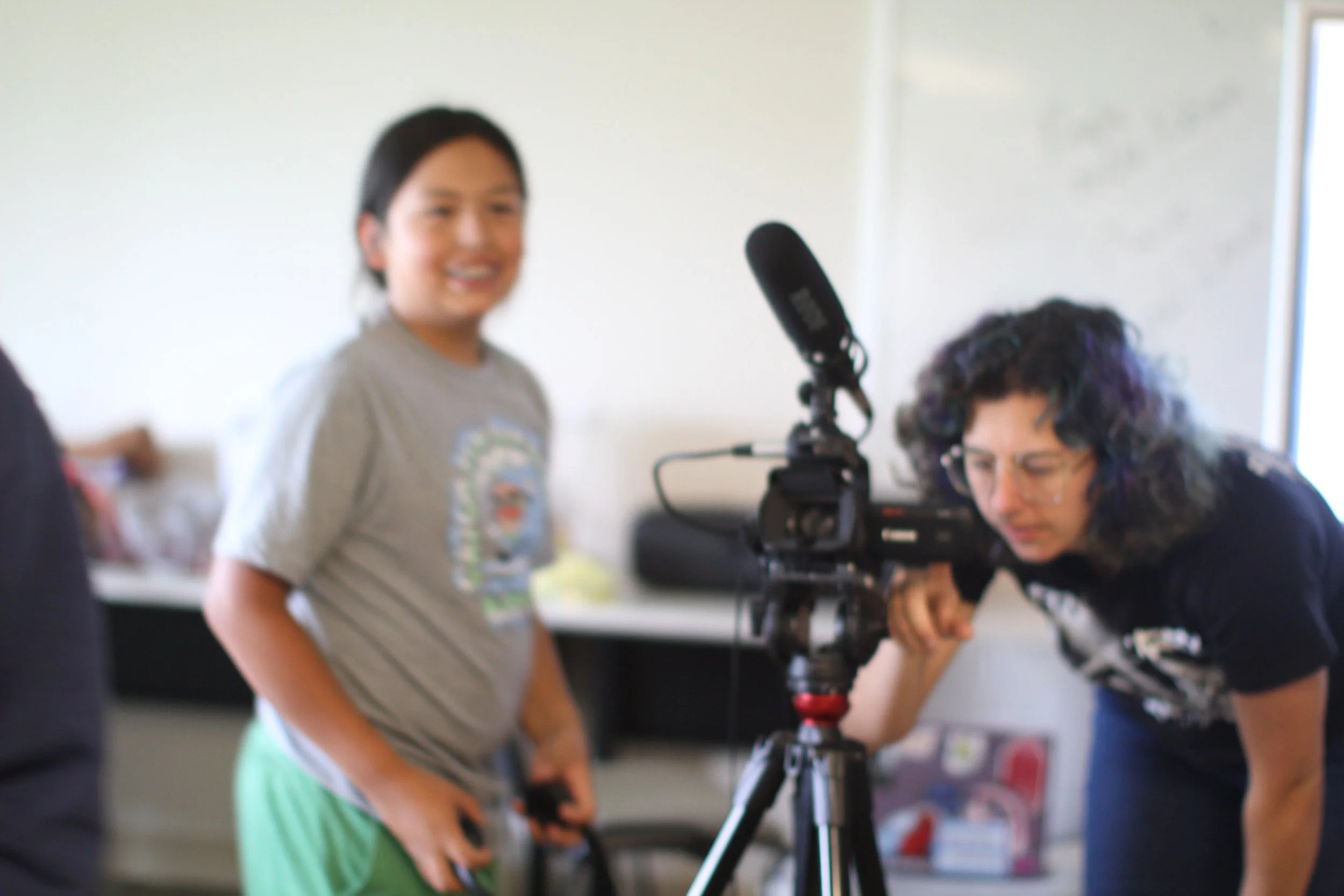

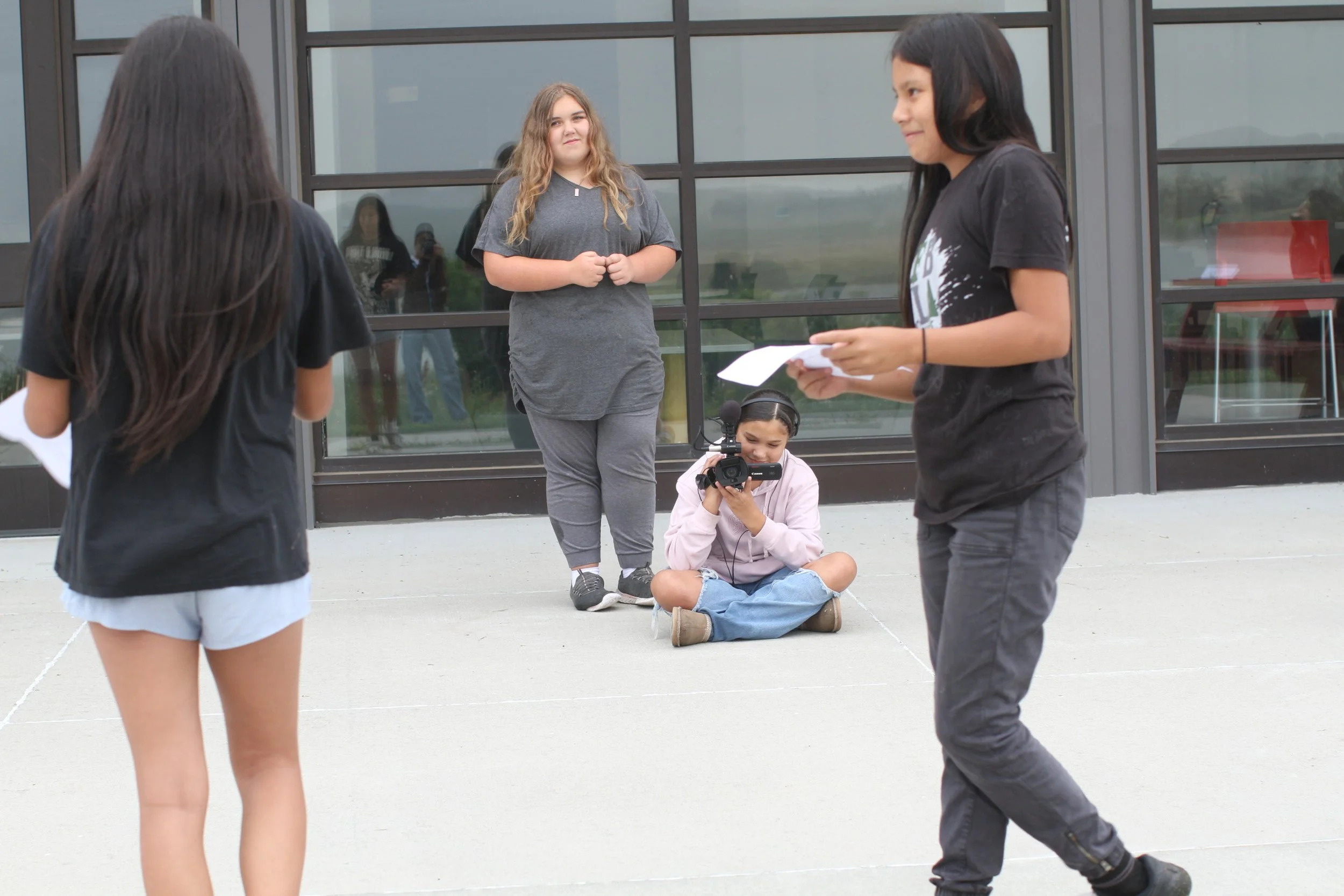

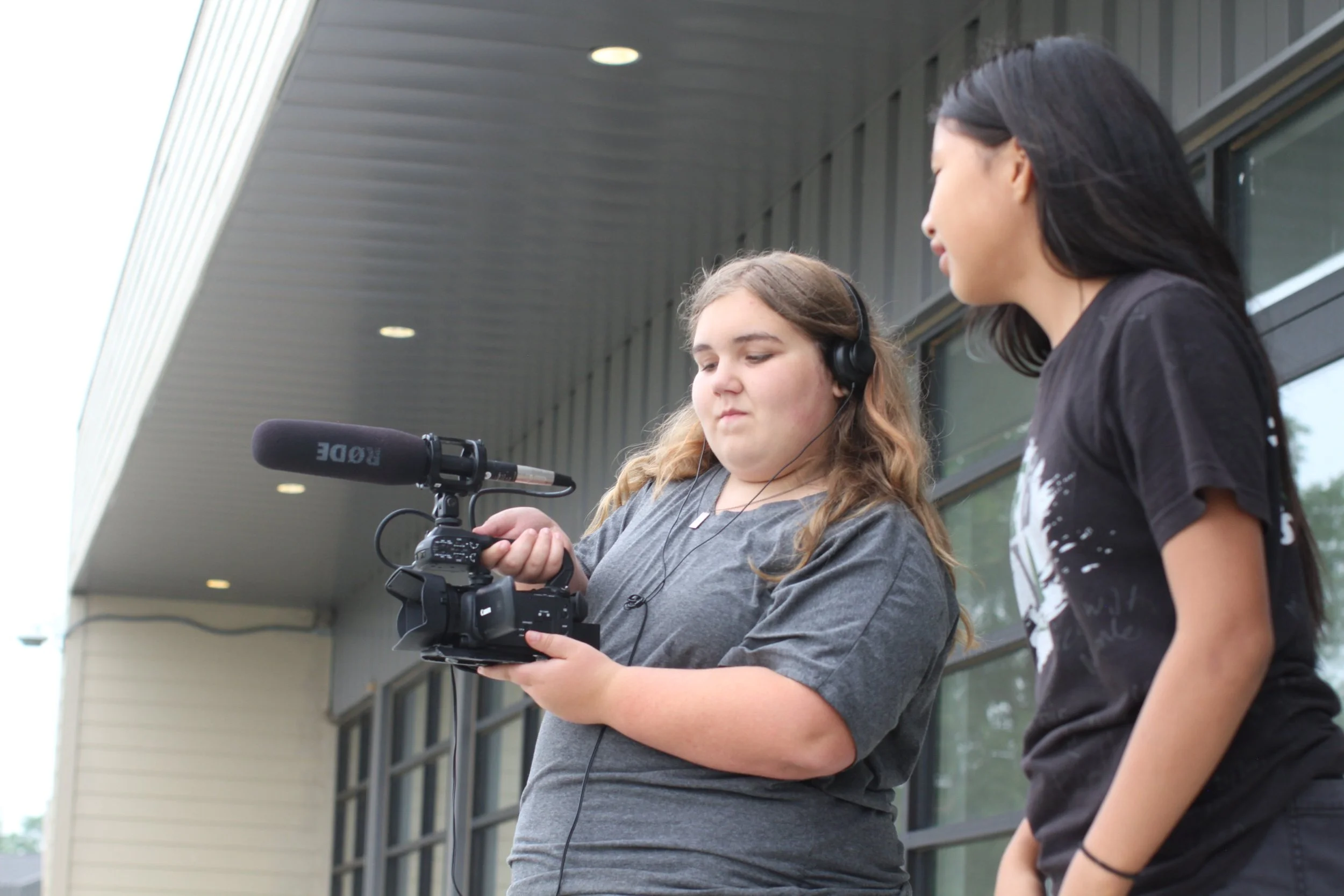
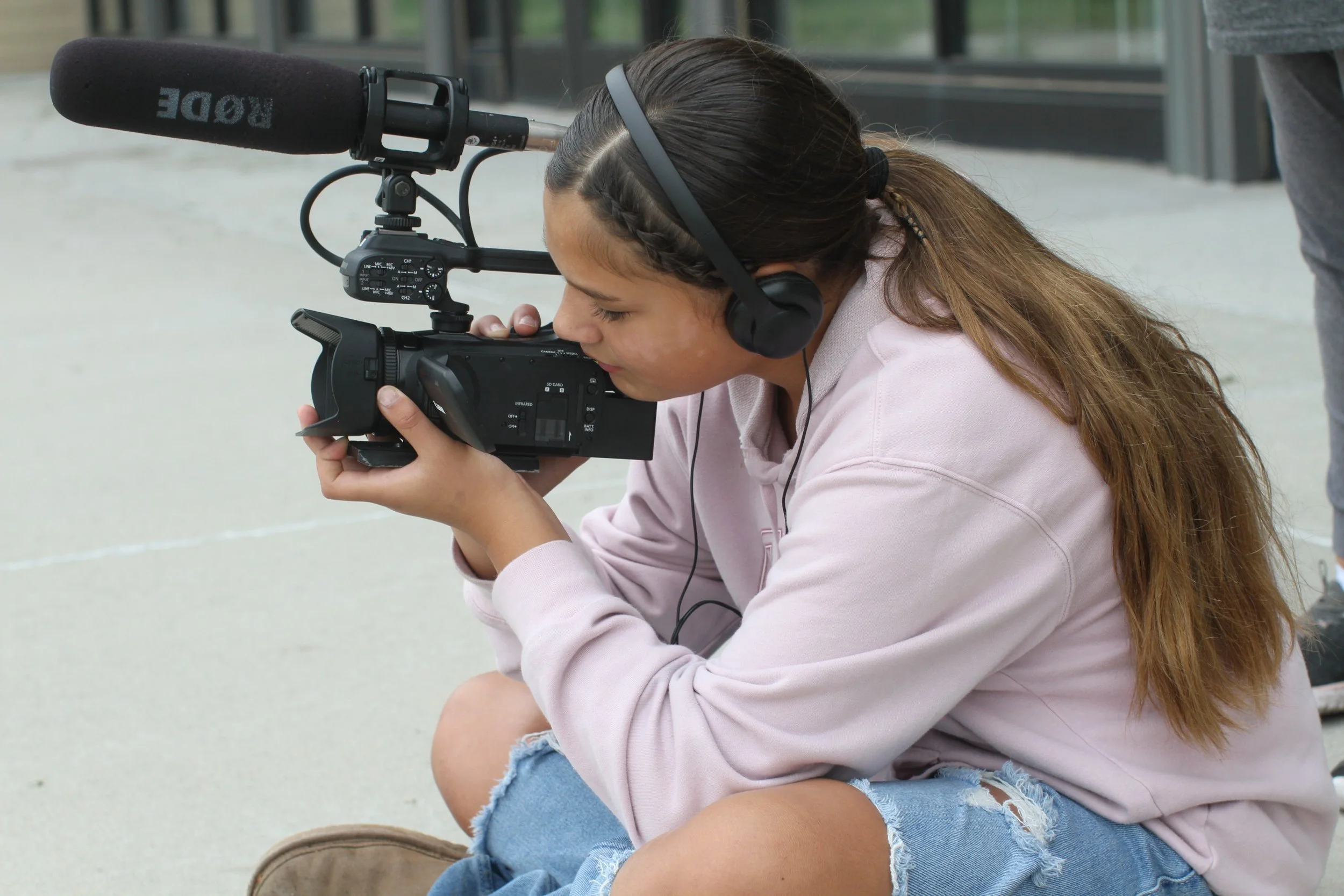

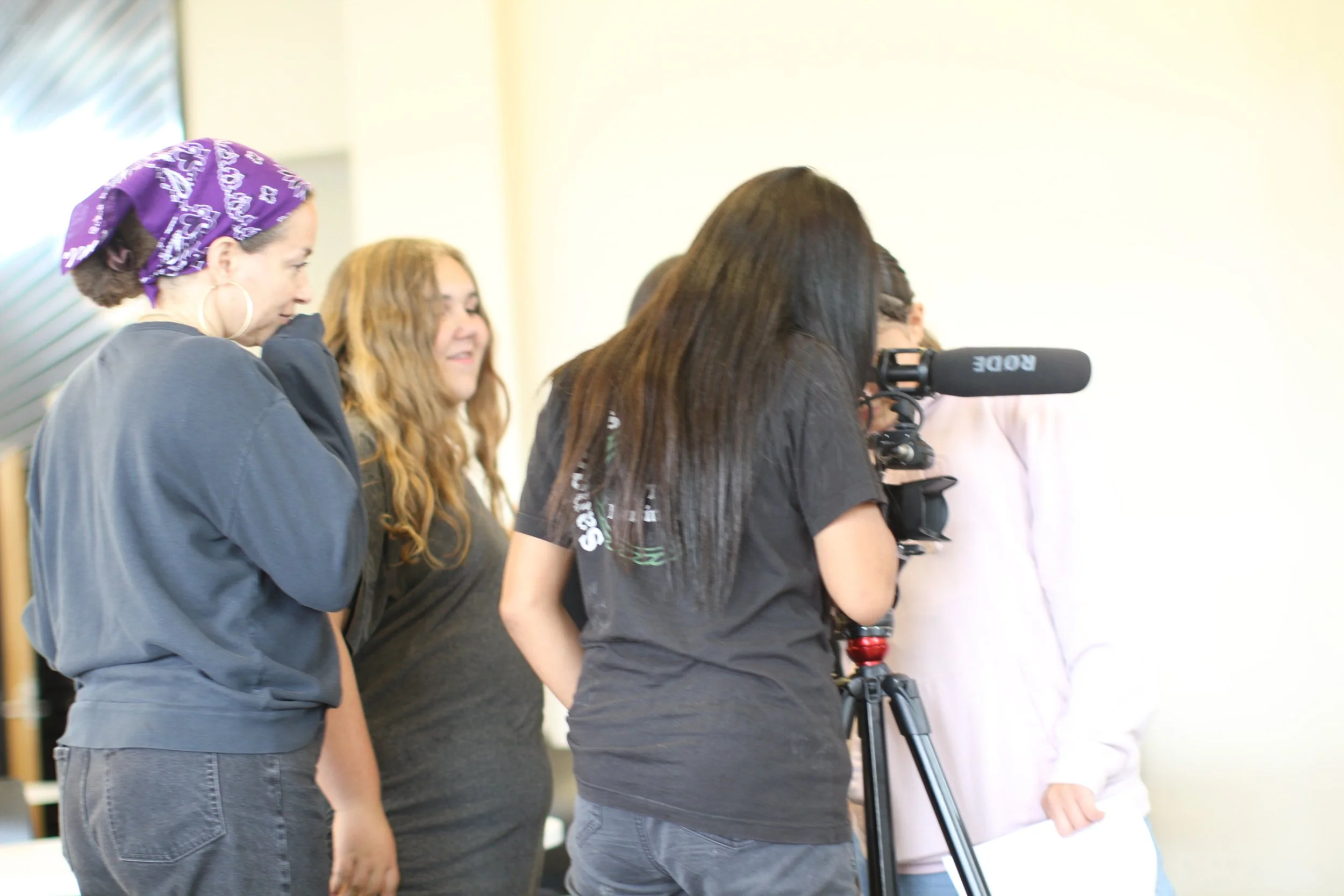
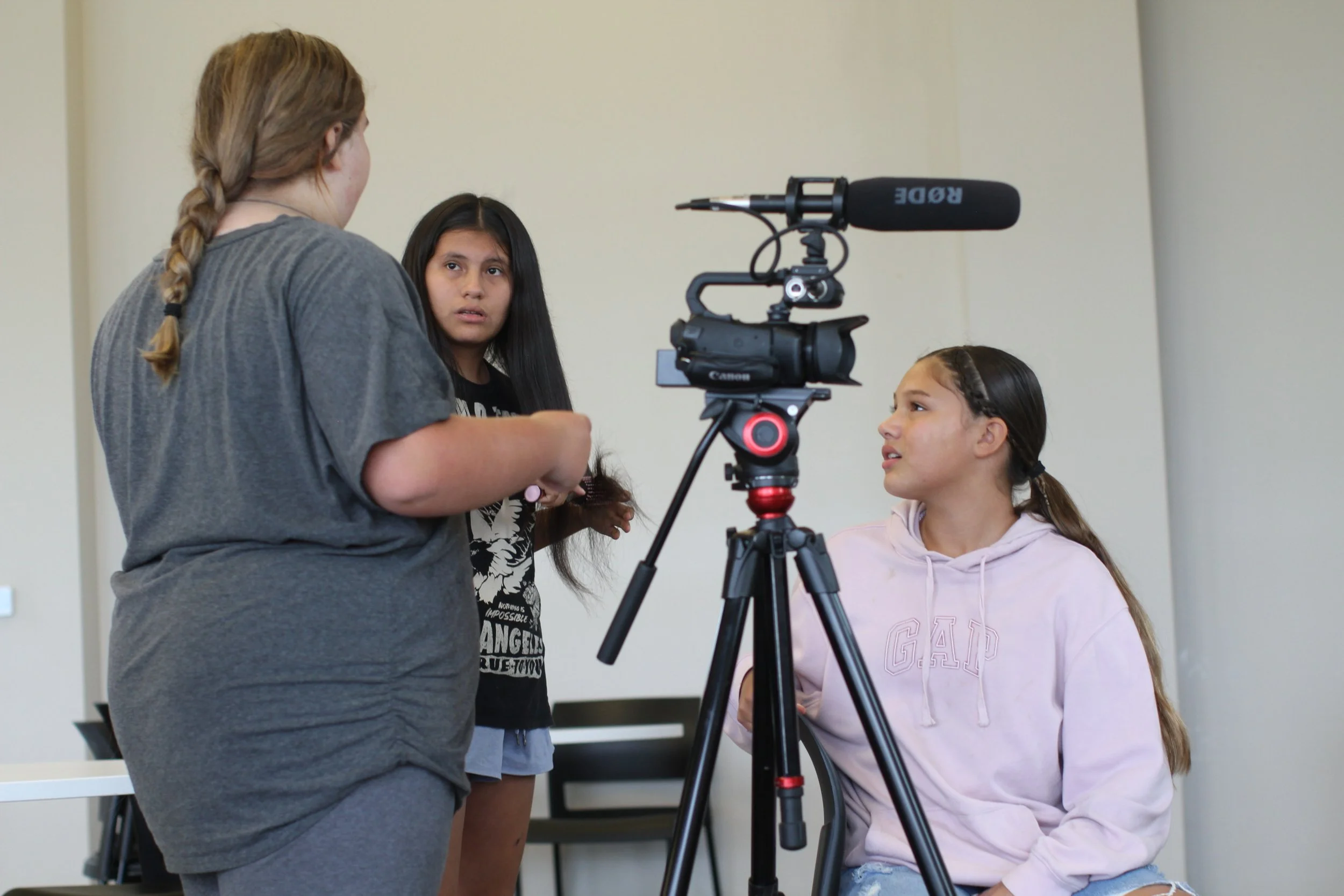
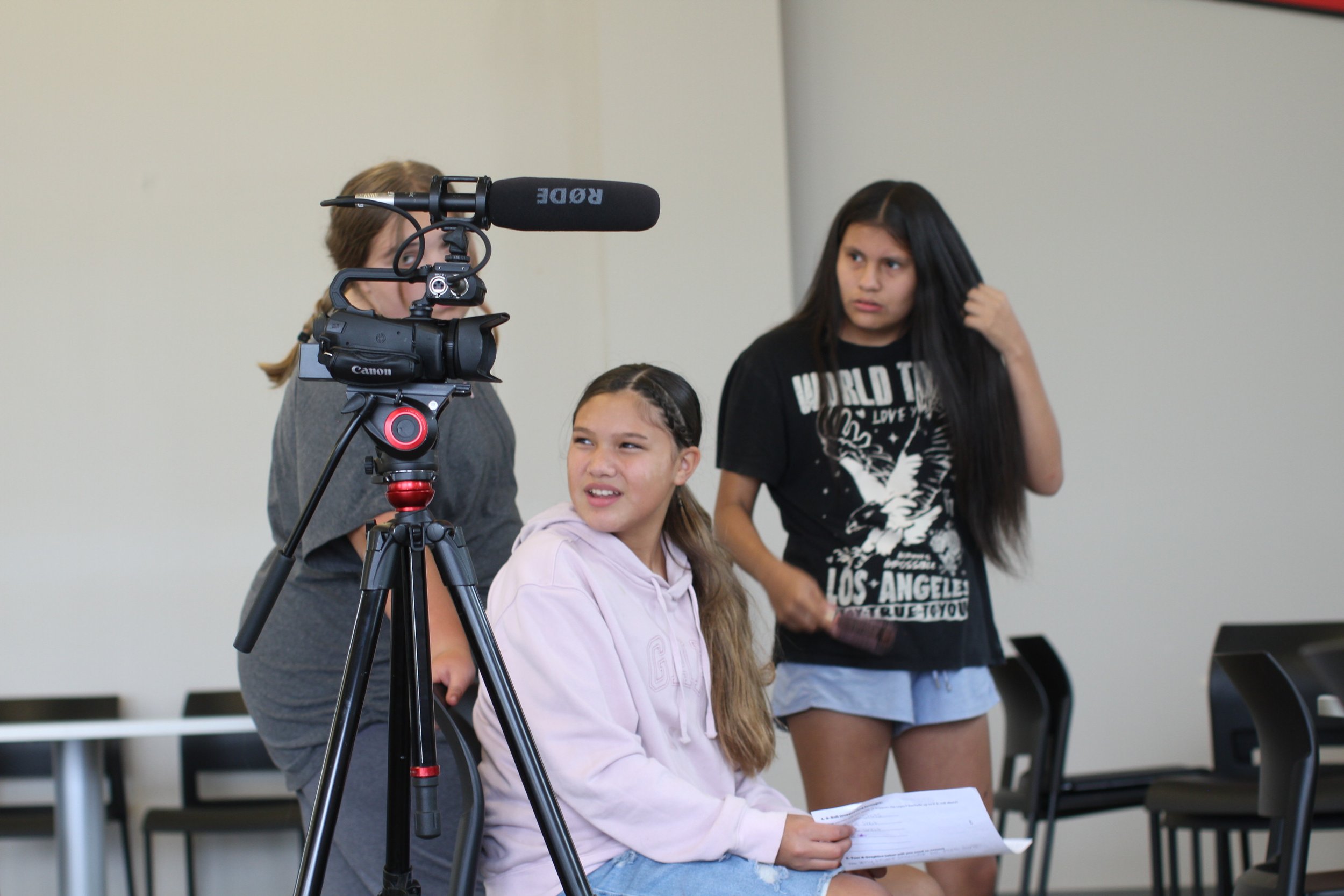
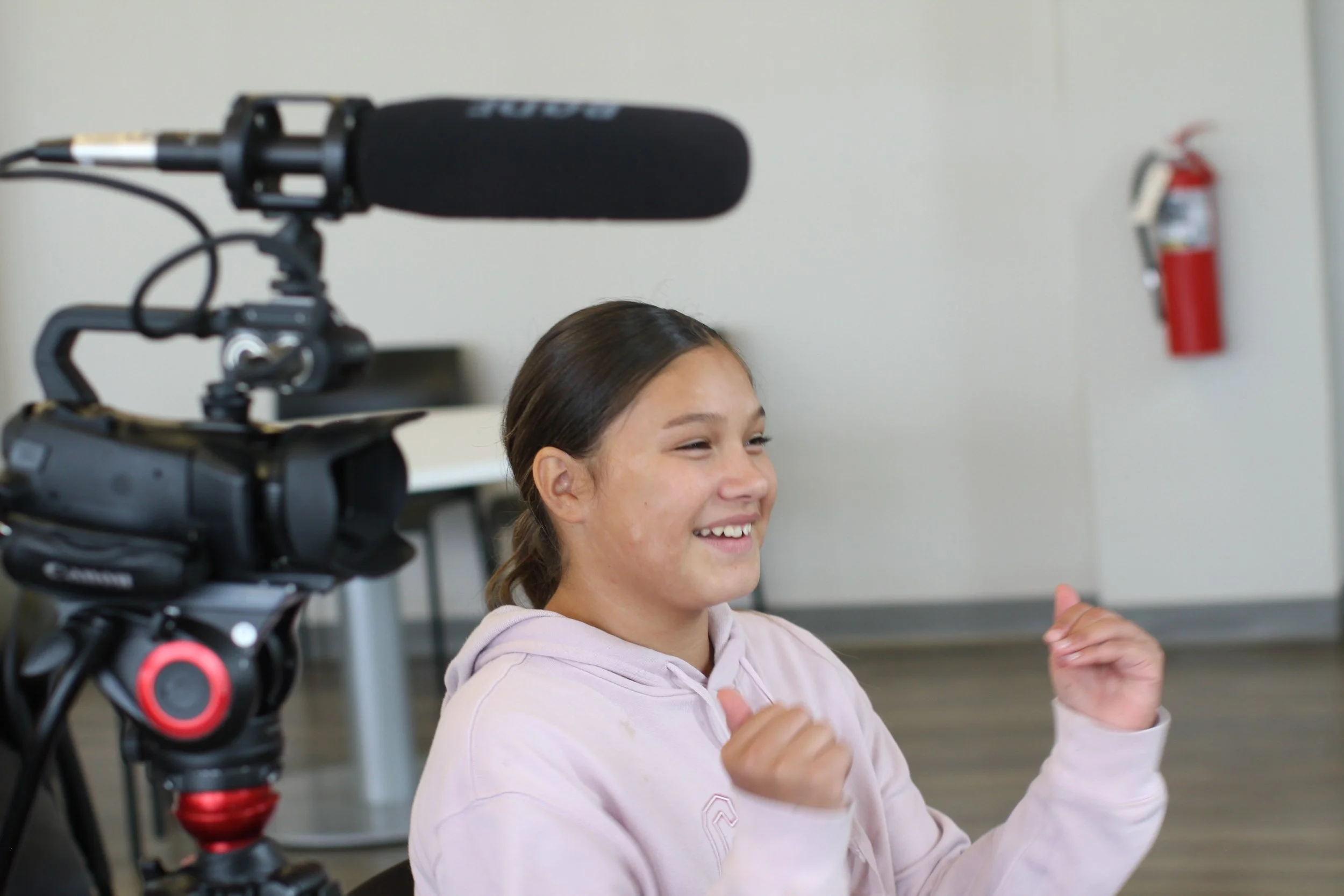
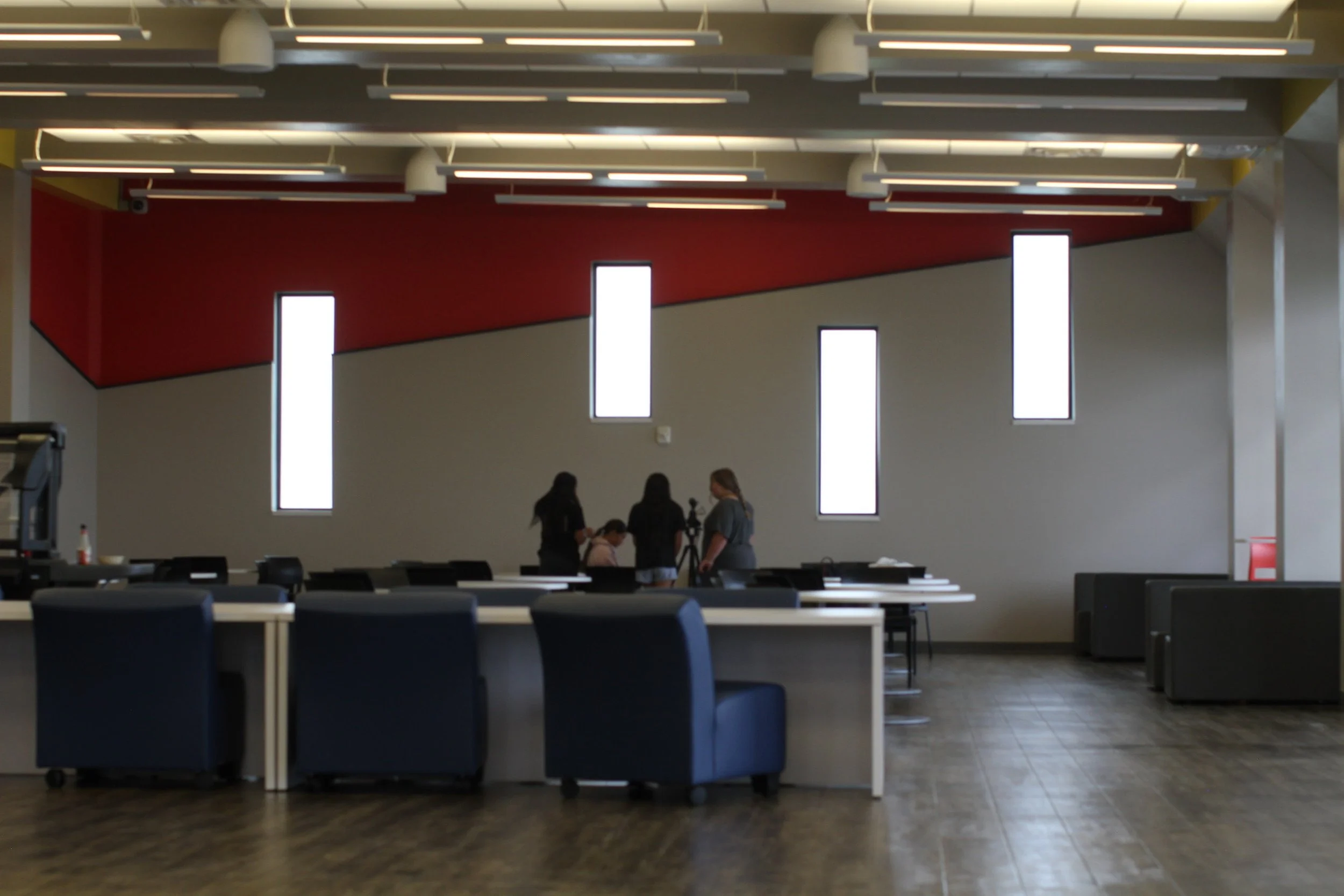


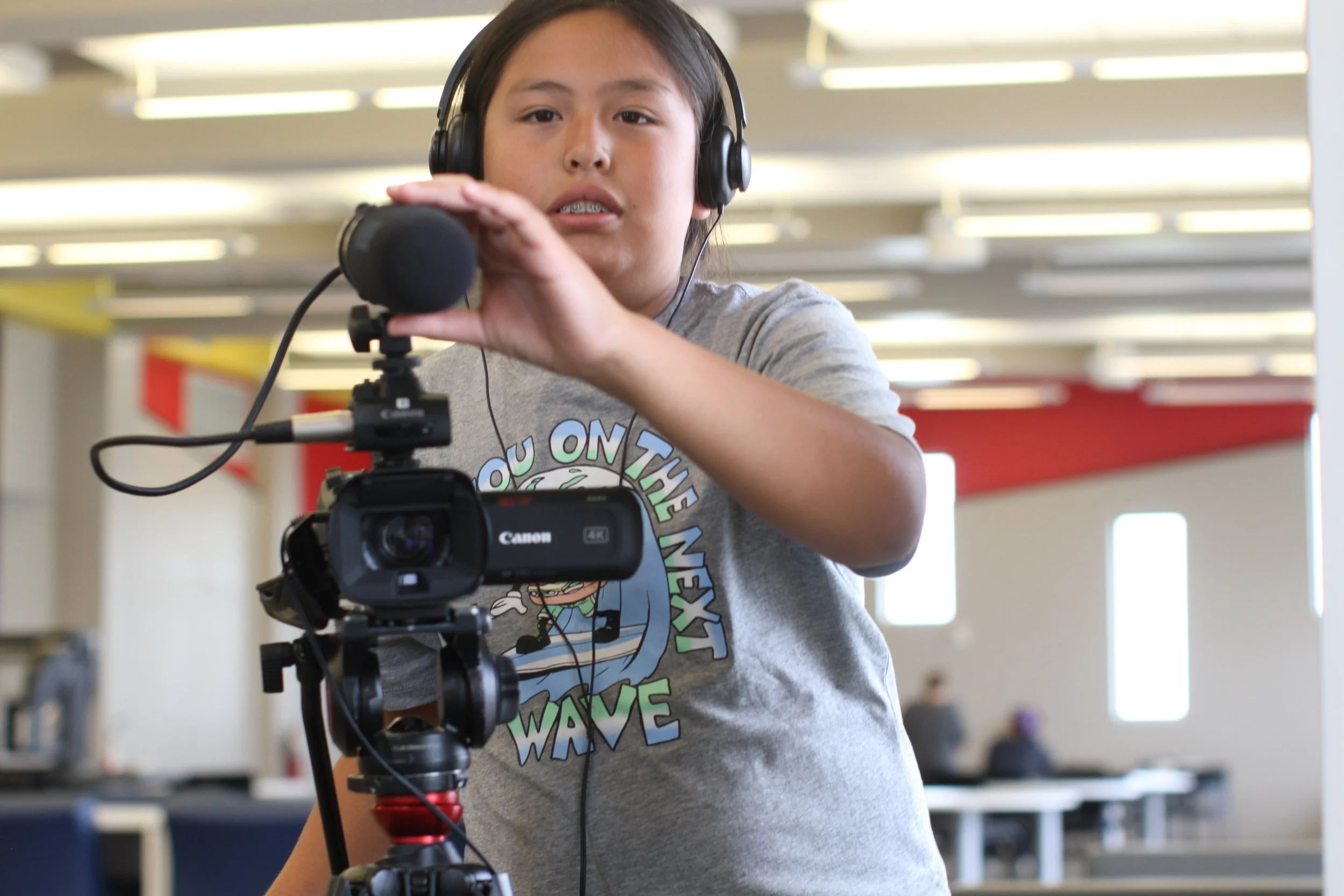

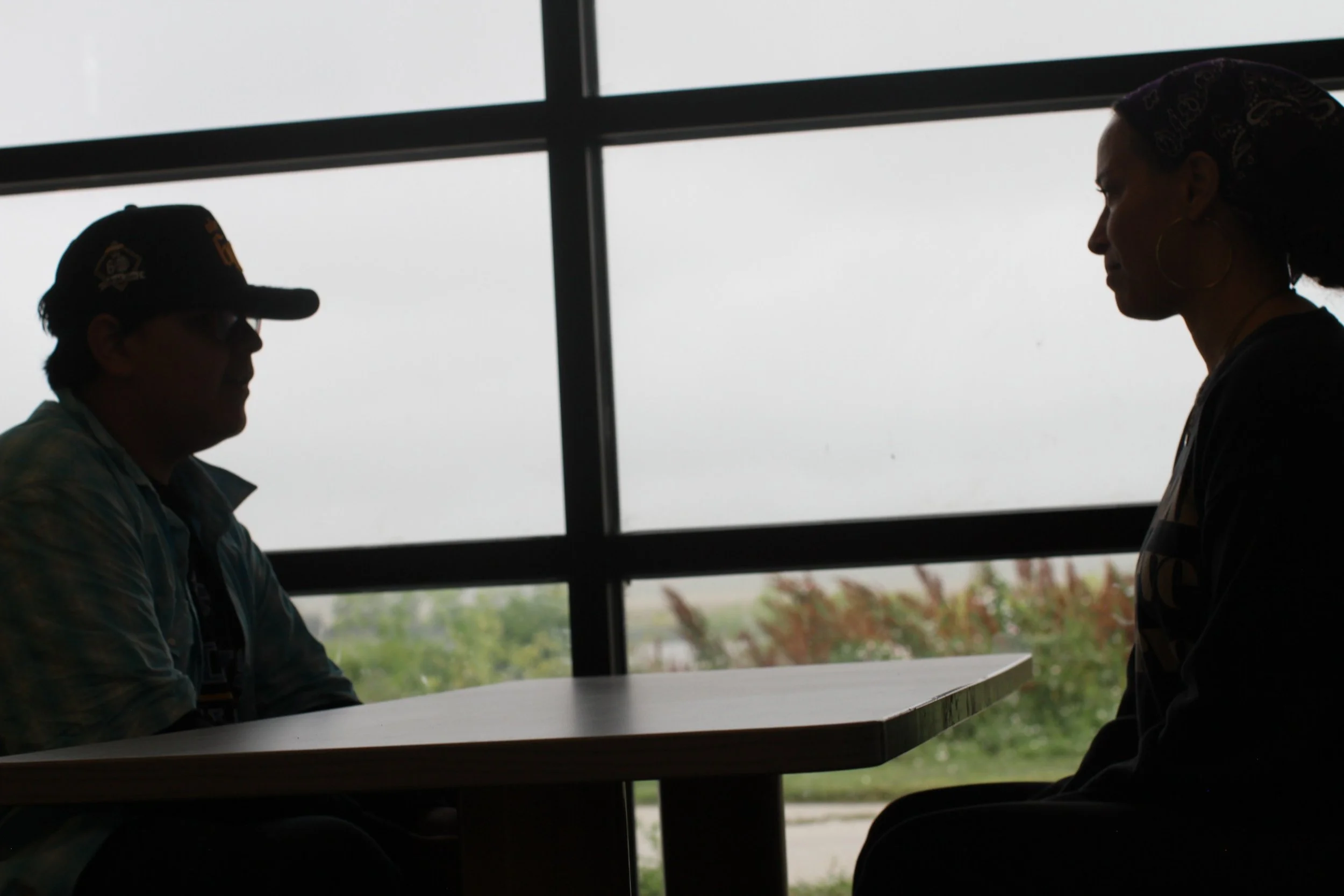

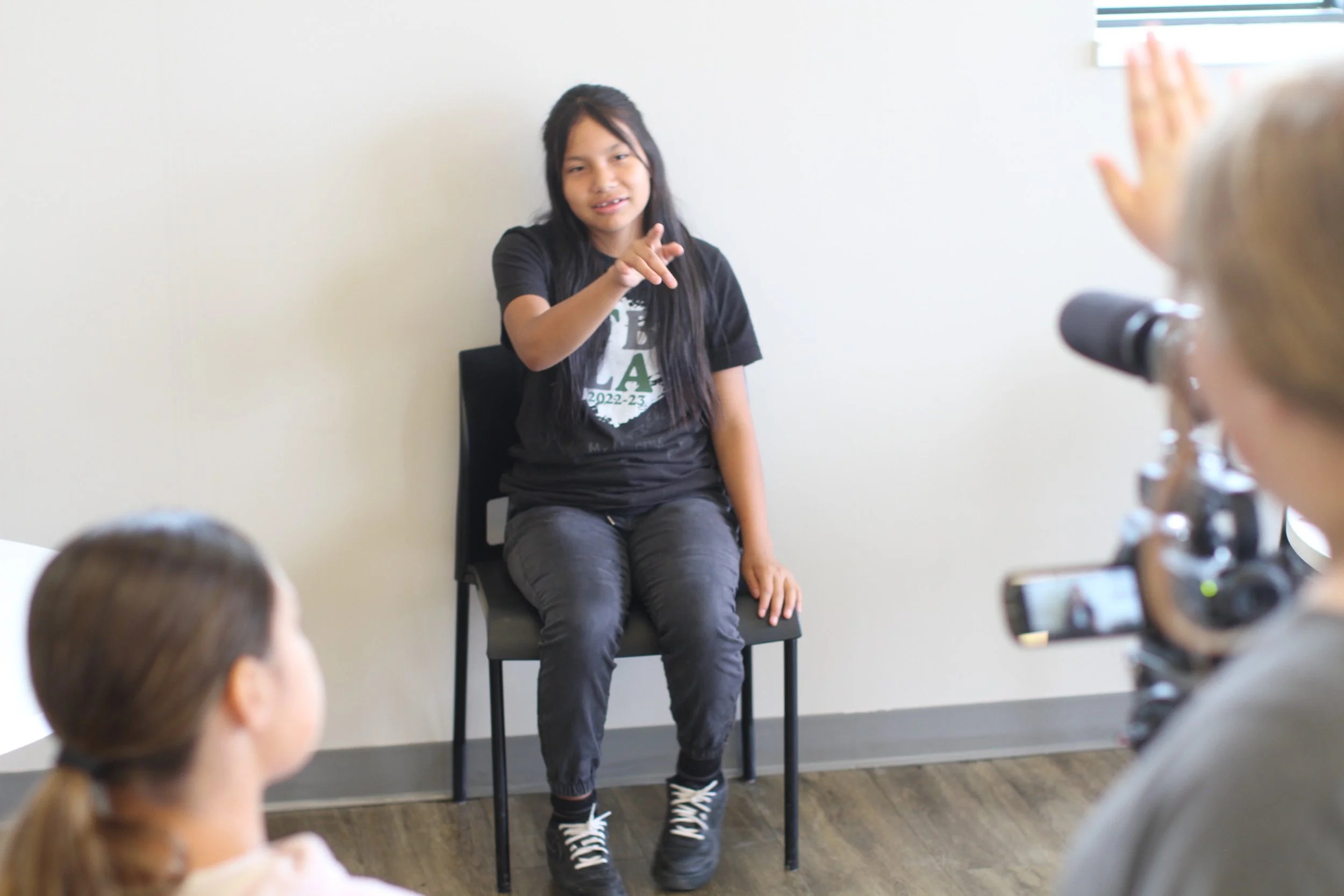
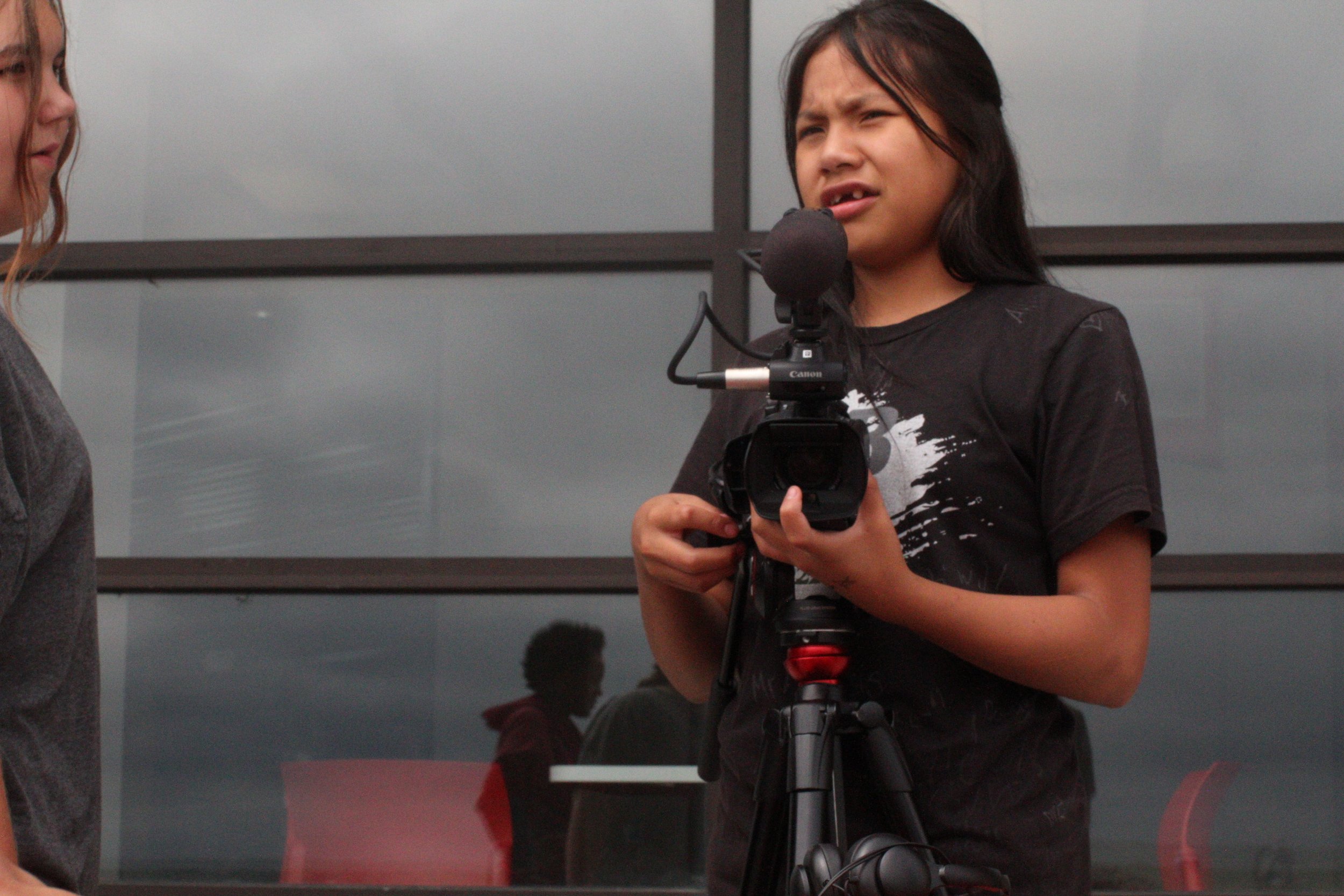
Afterward, students broke into groups for Final Pre-Production.
Each team worked together to clarify their project’s focus:
Topic
Interview subjects
Questions to ask
B-roll to capture
They then practiced their set etiquette with mock interviews and b-roll setups—getting hands-on with camera placement, framing, and interview pacing.


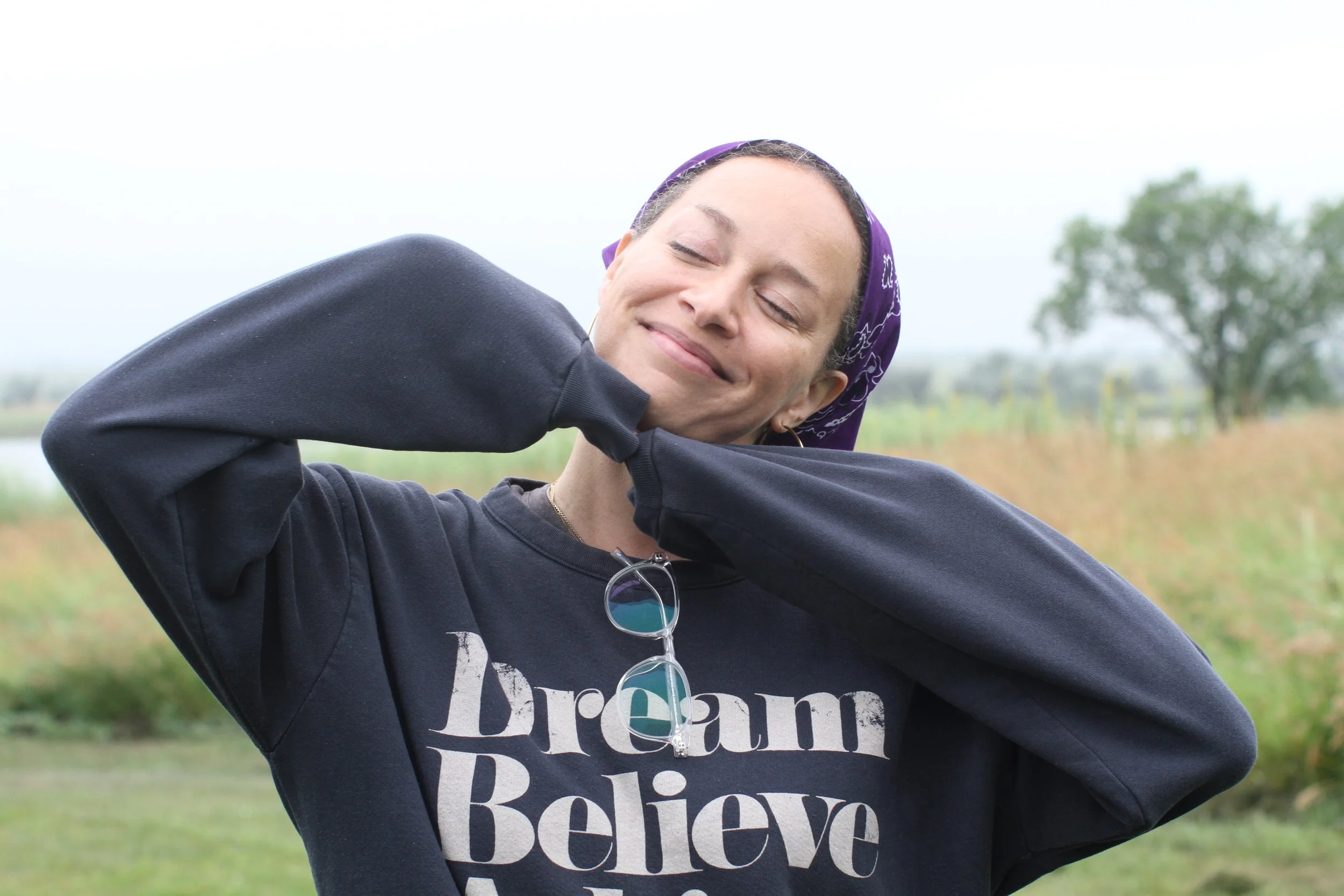
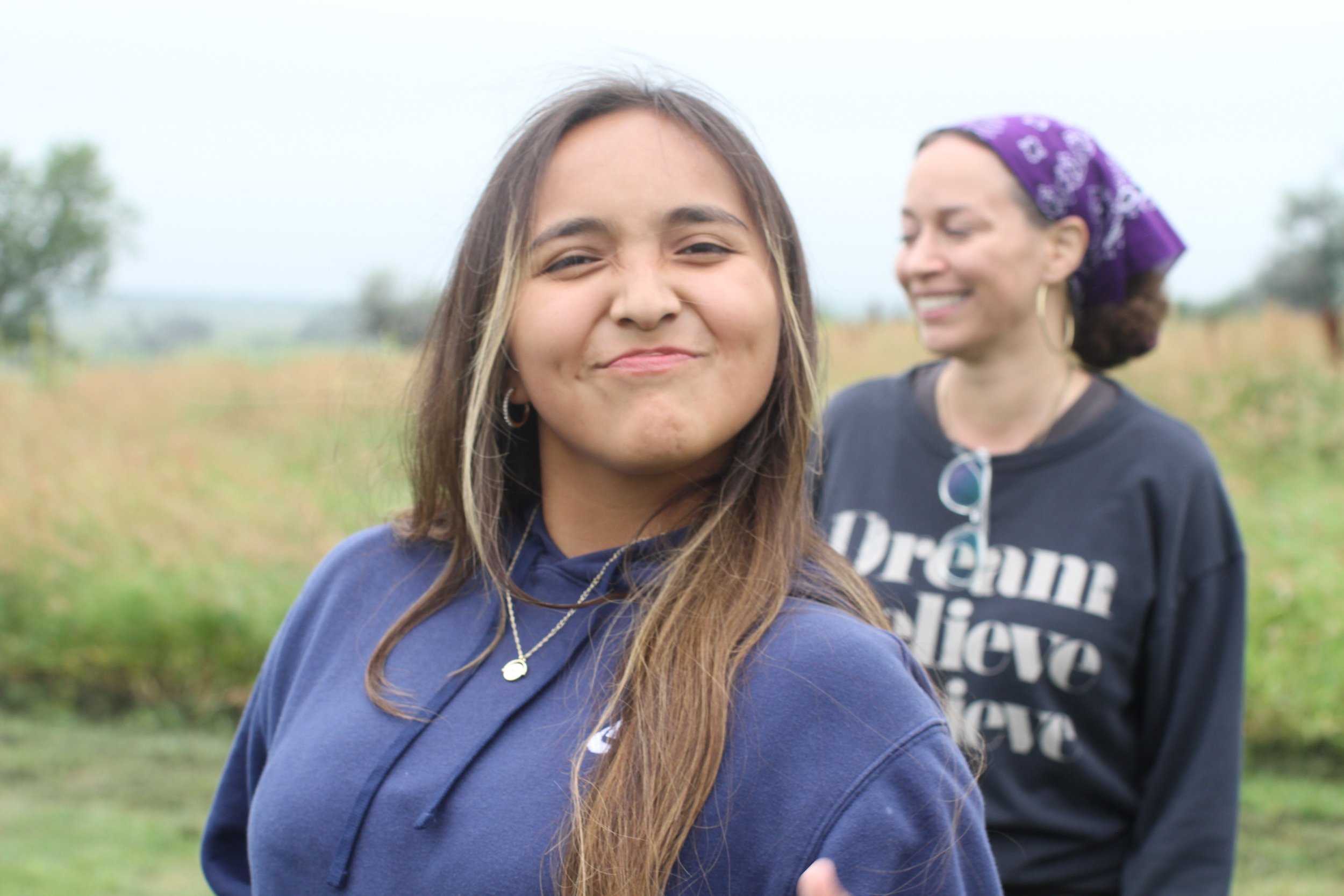
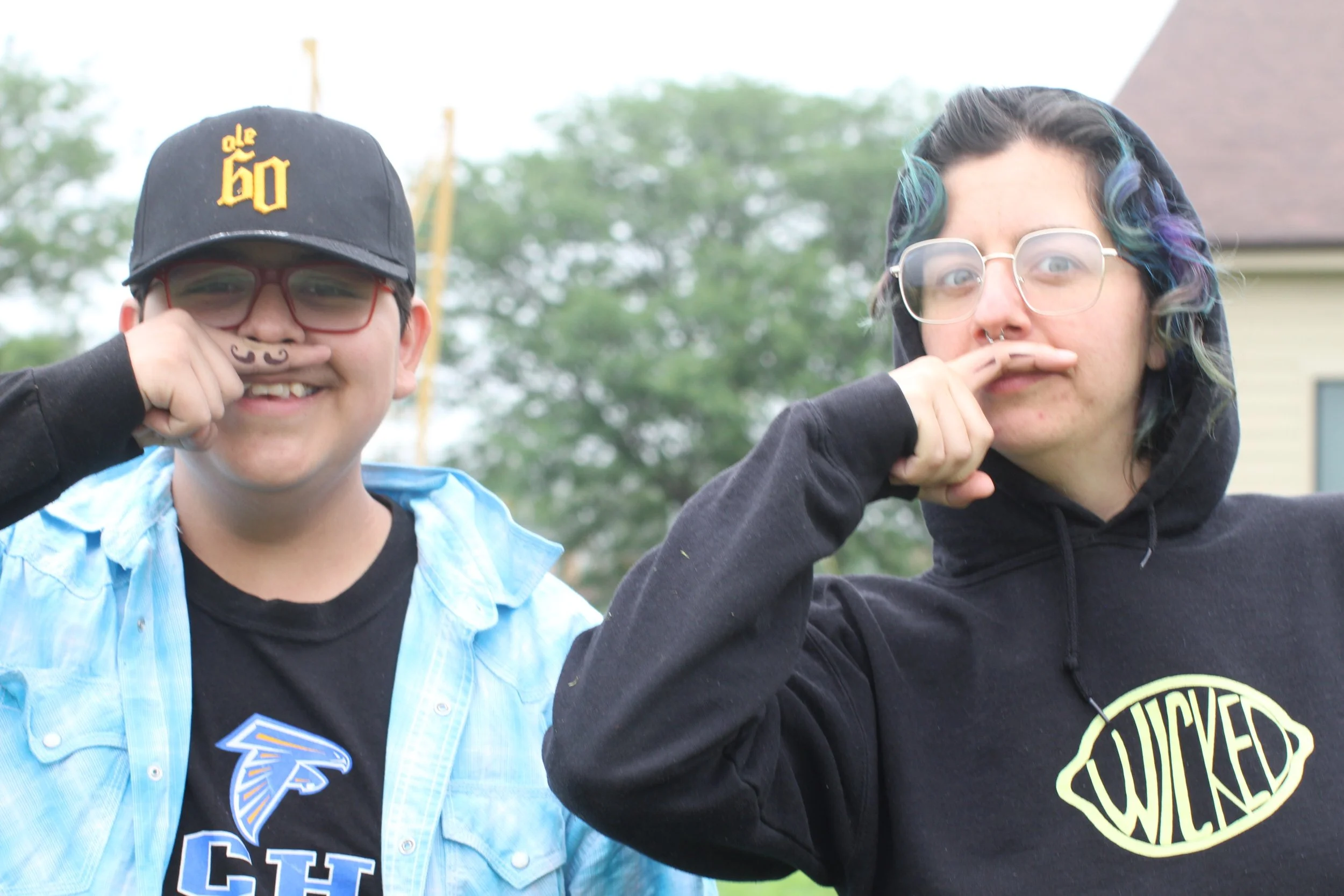


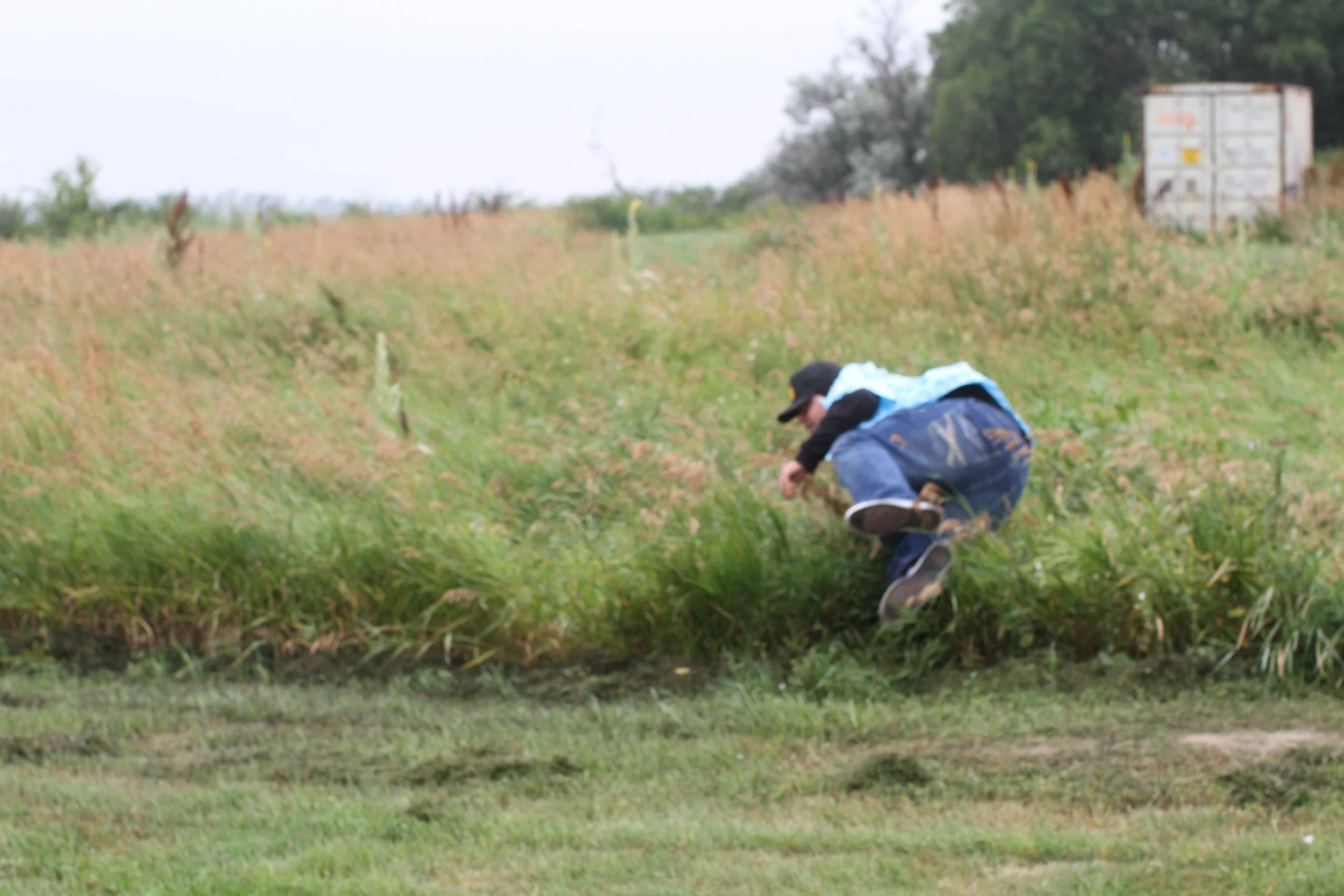

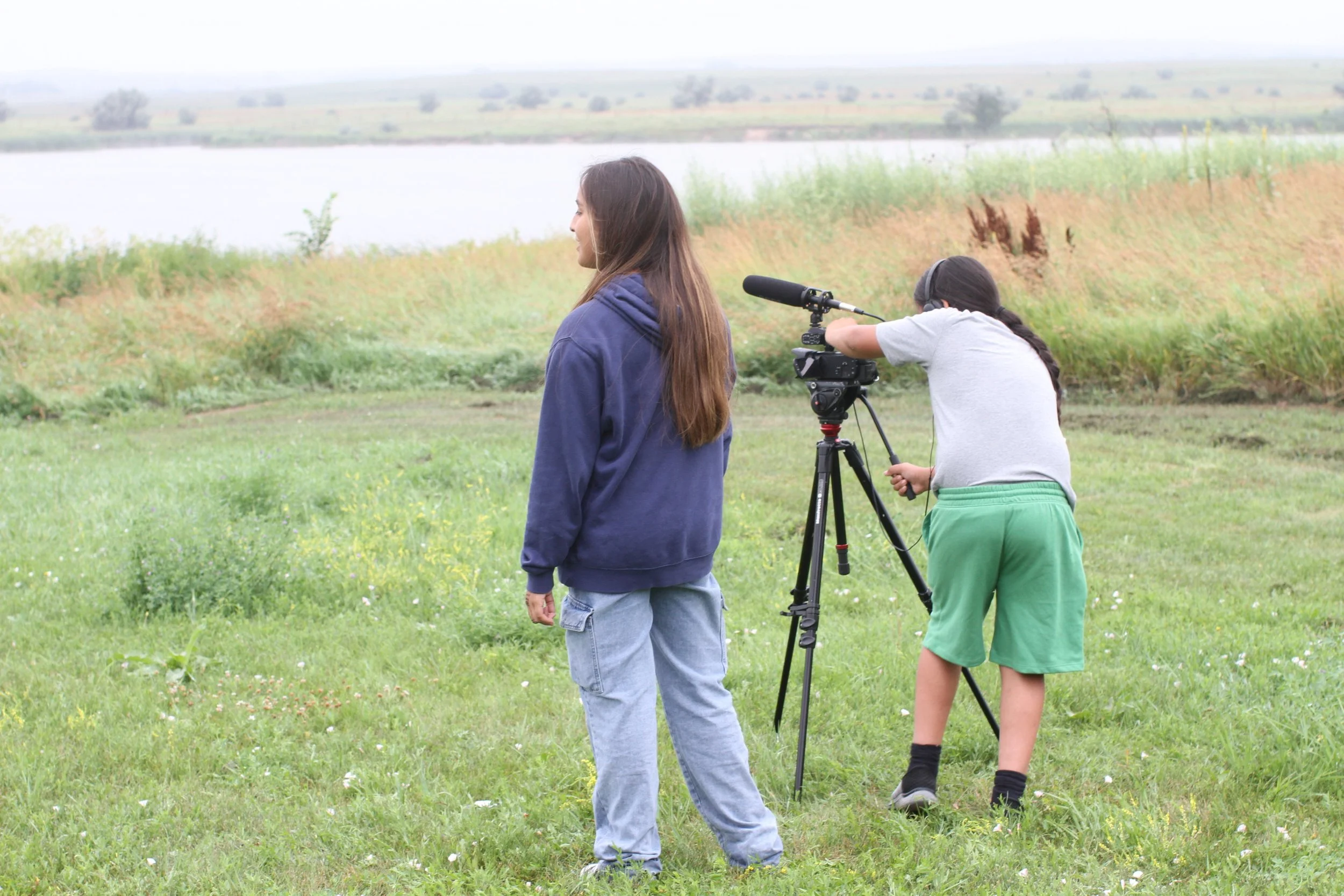
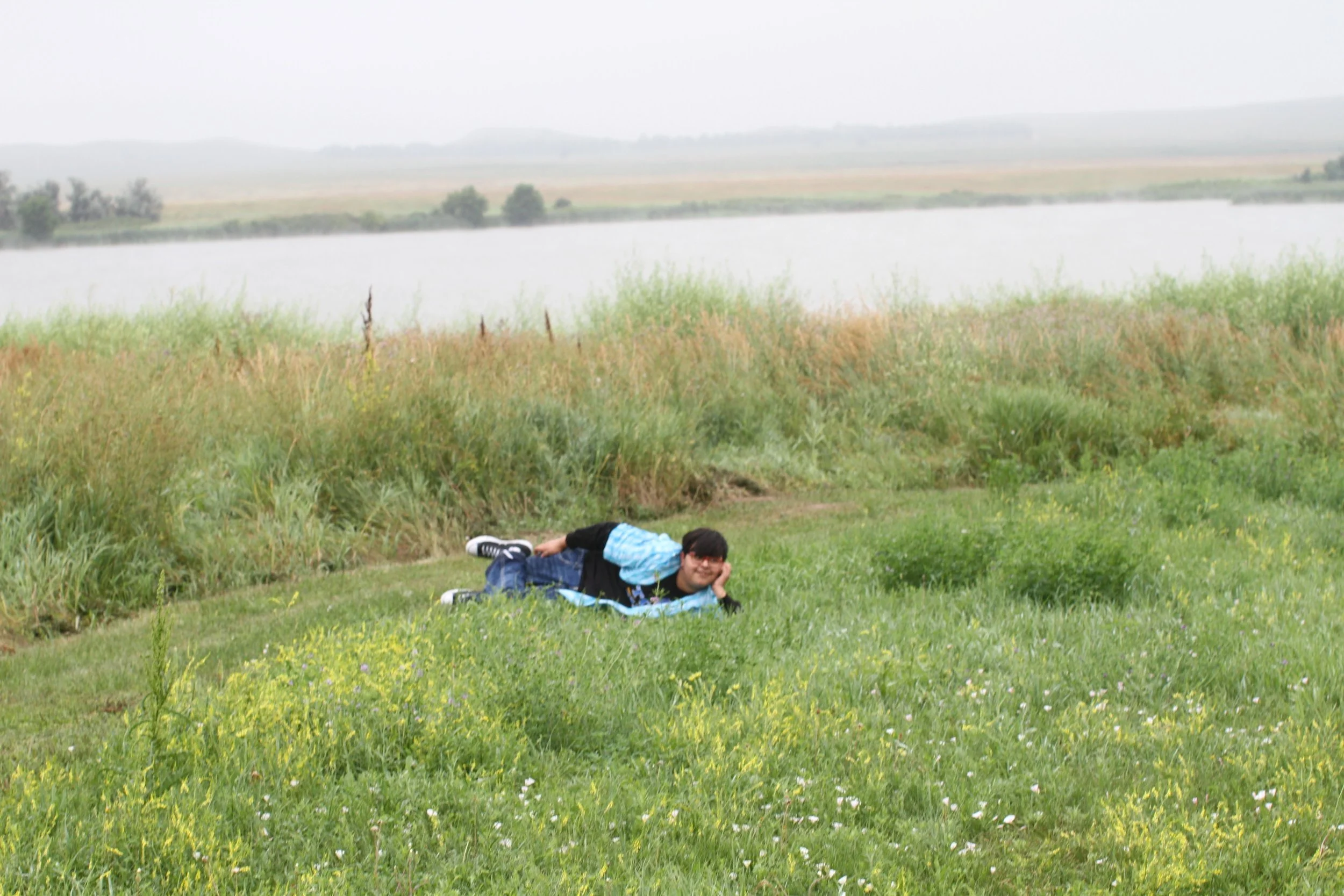
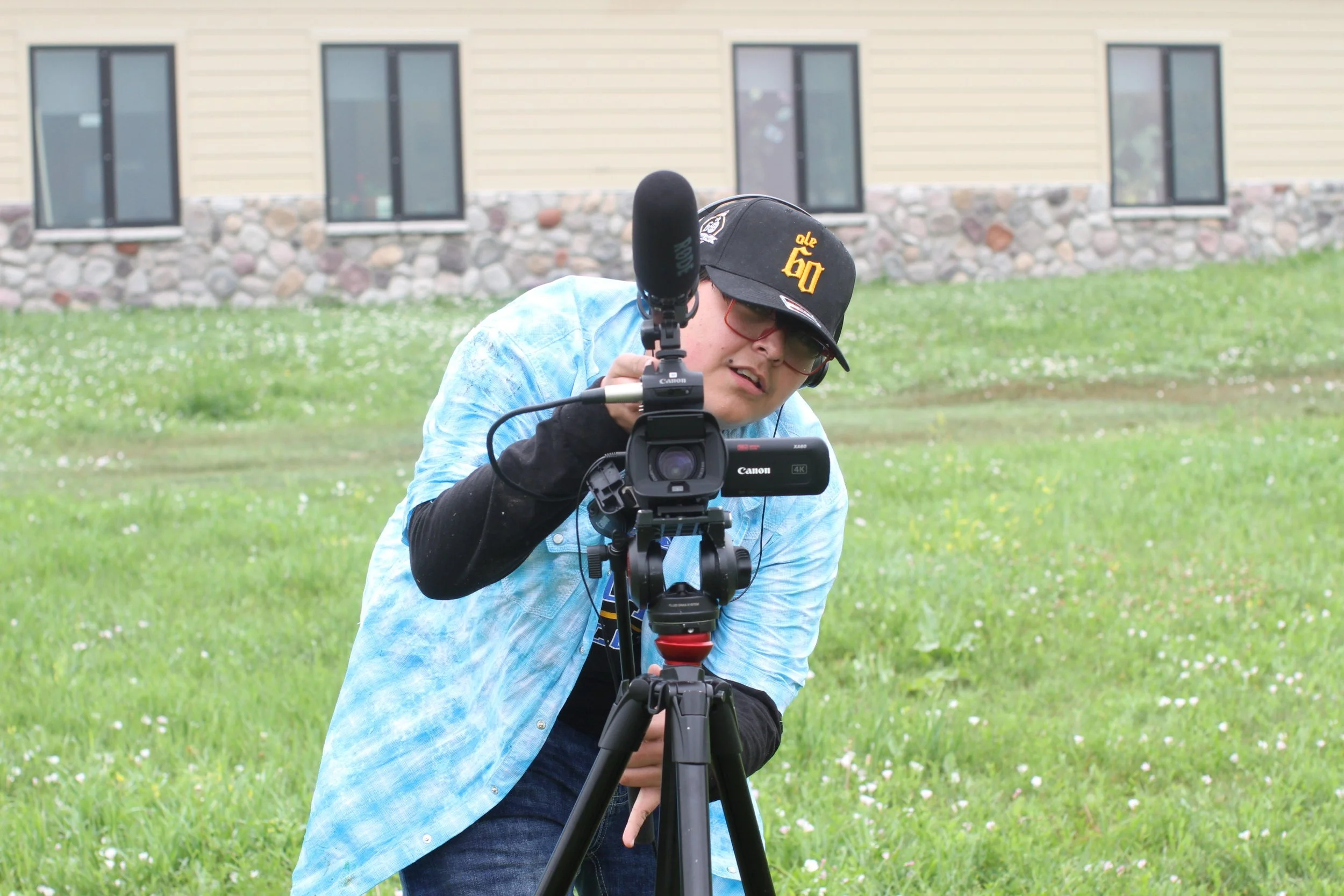

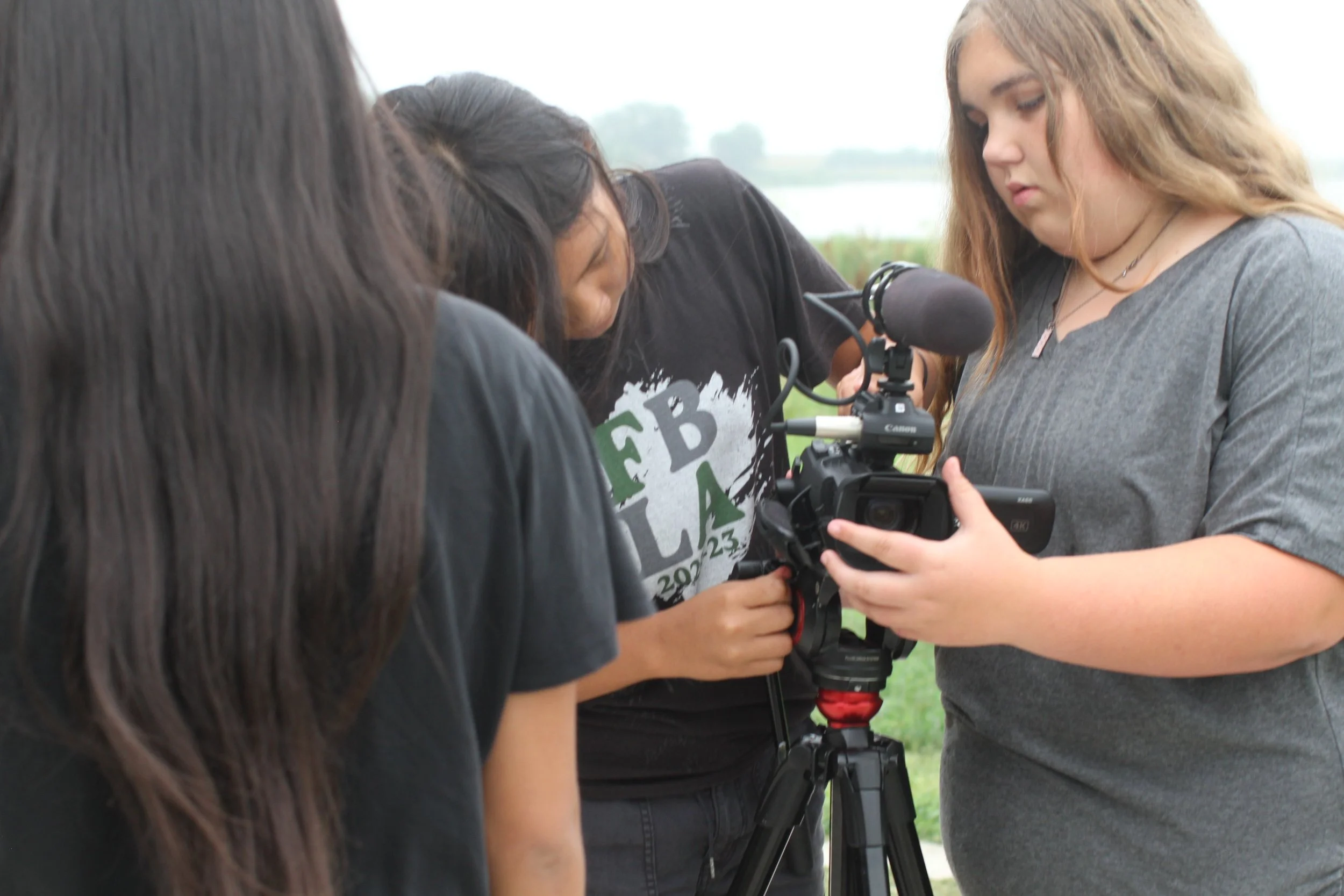
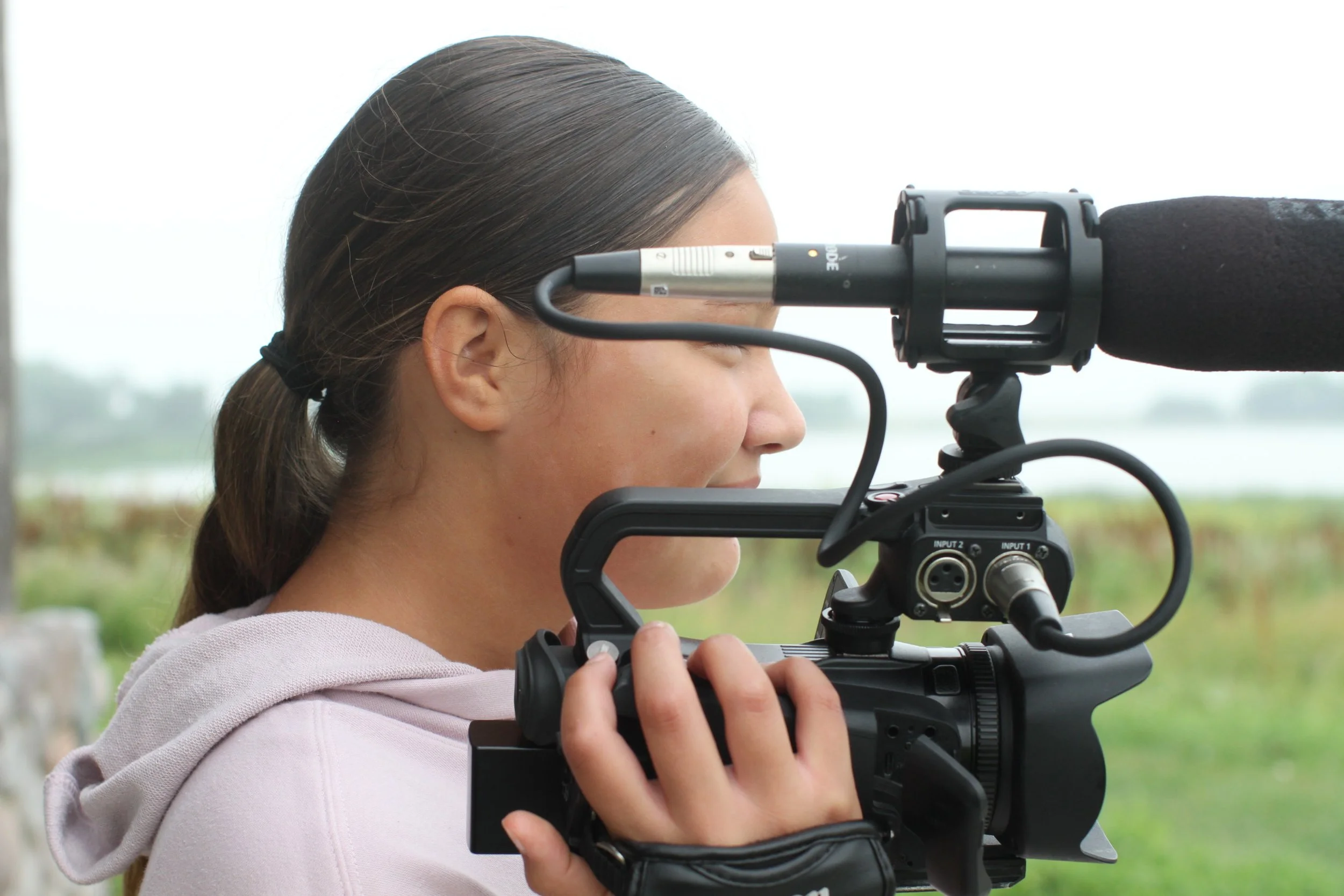
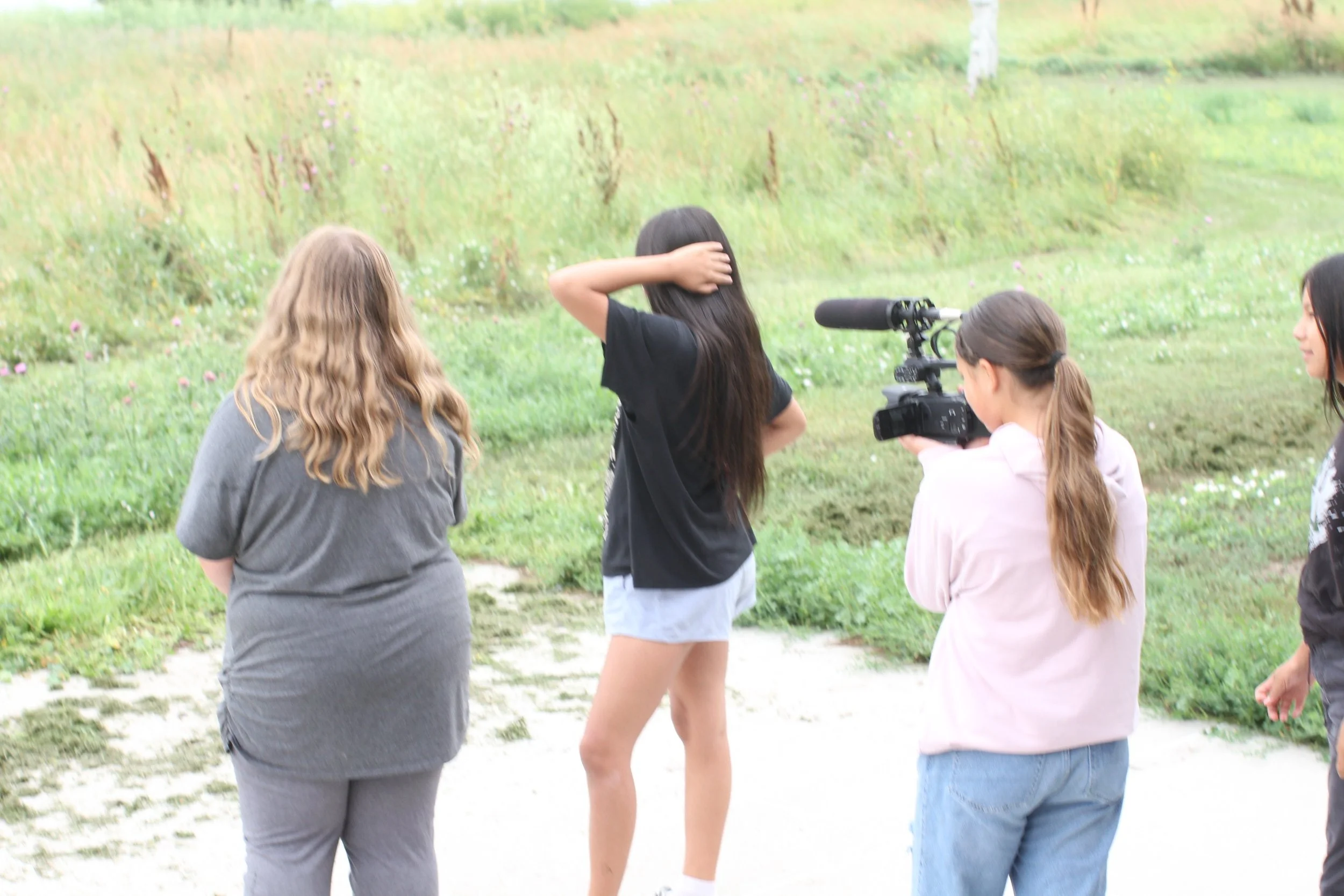
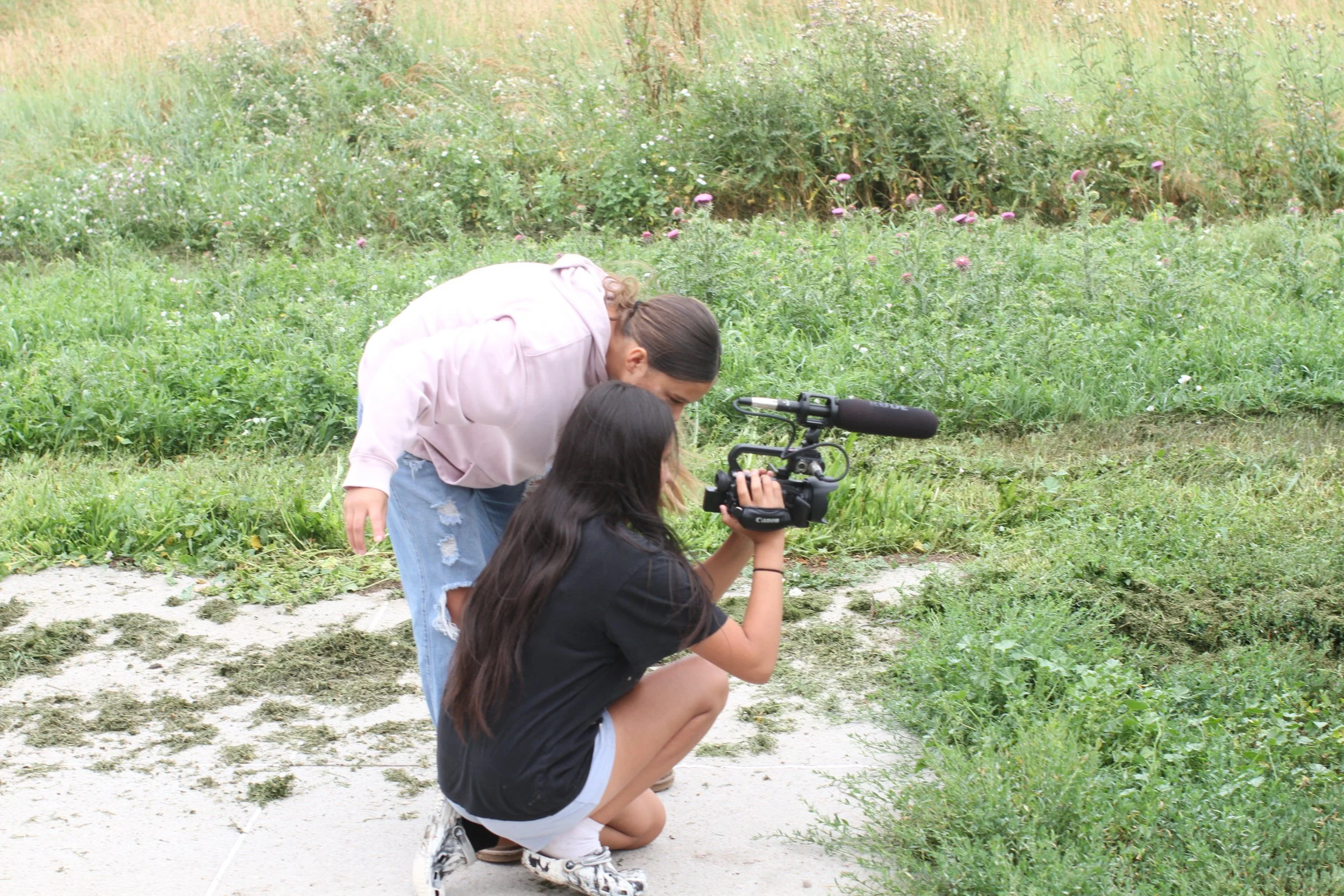

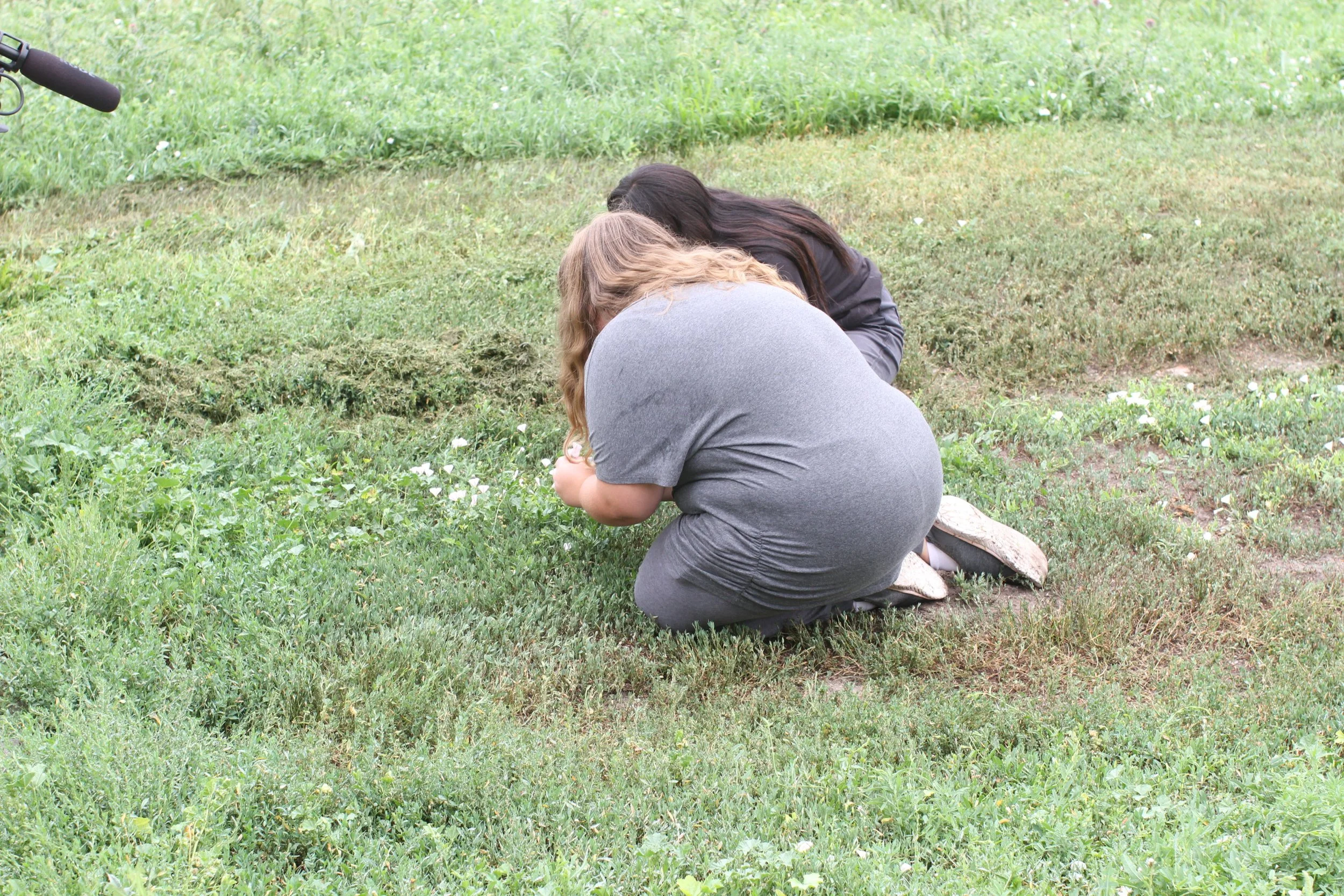

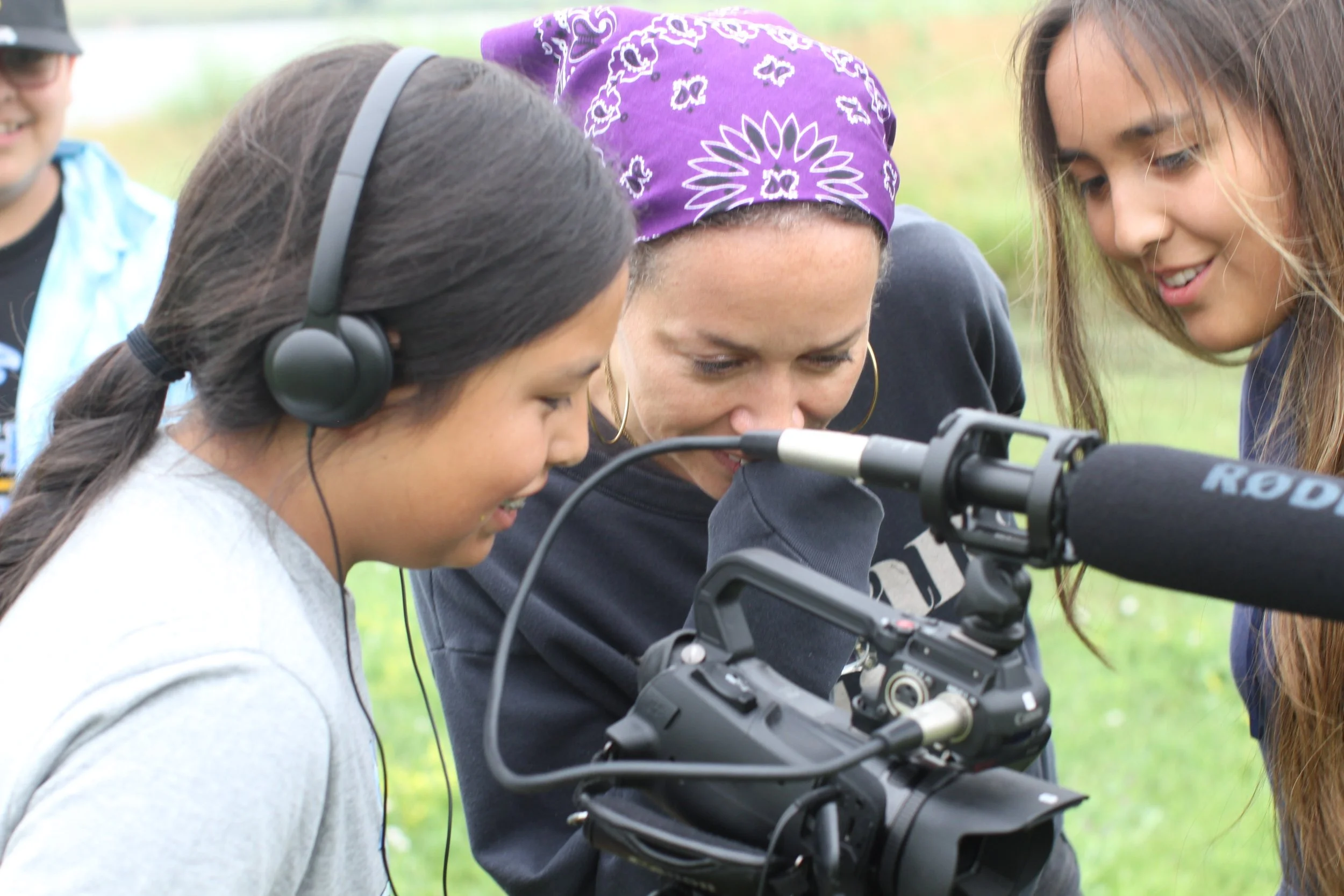

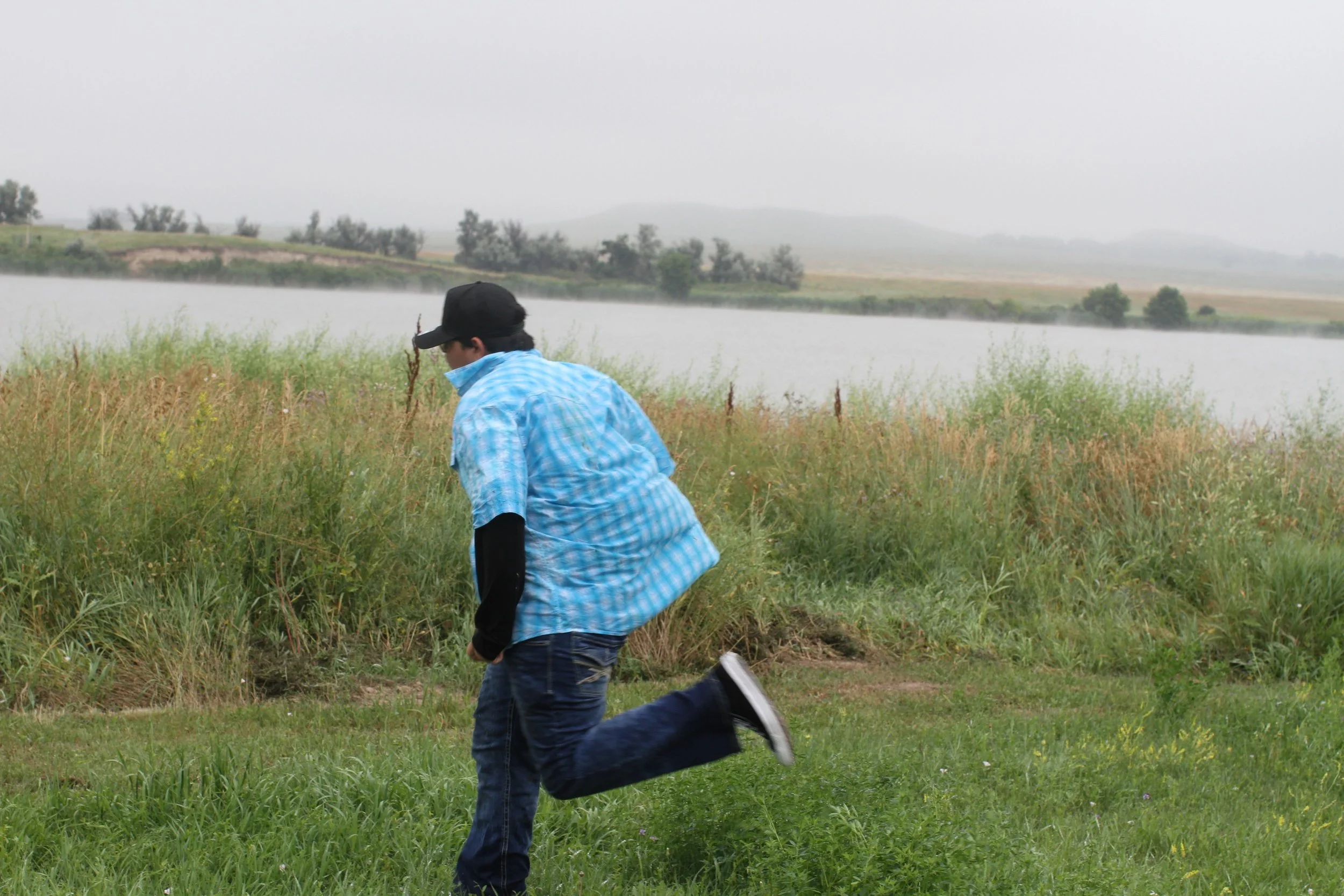
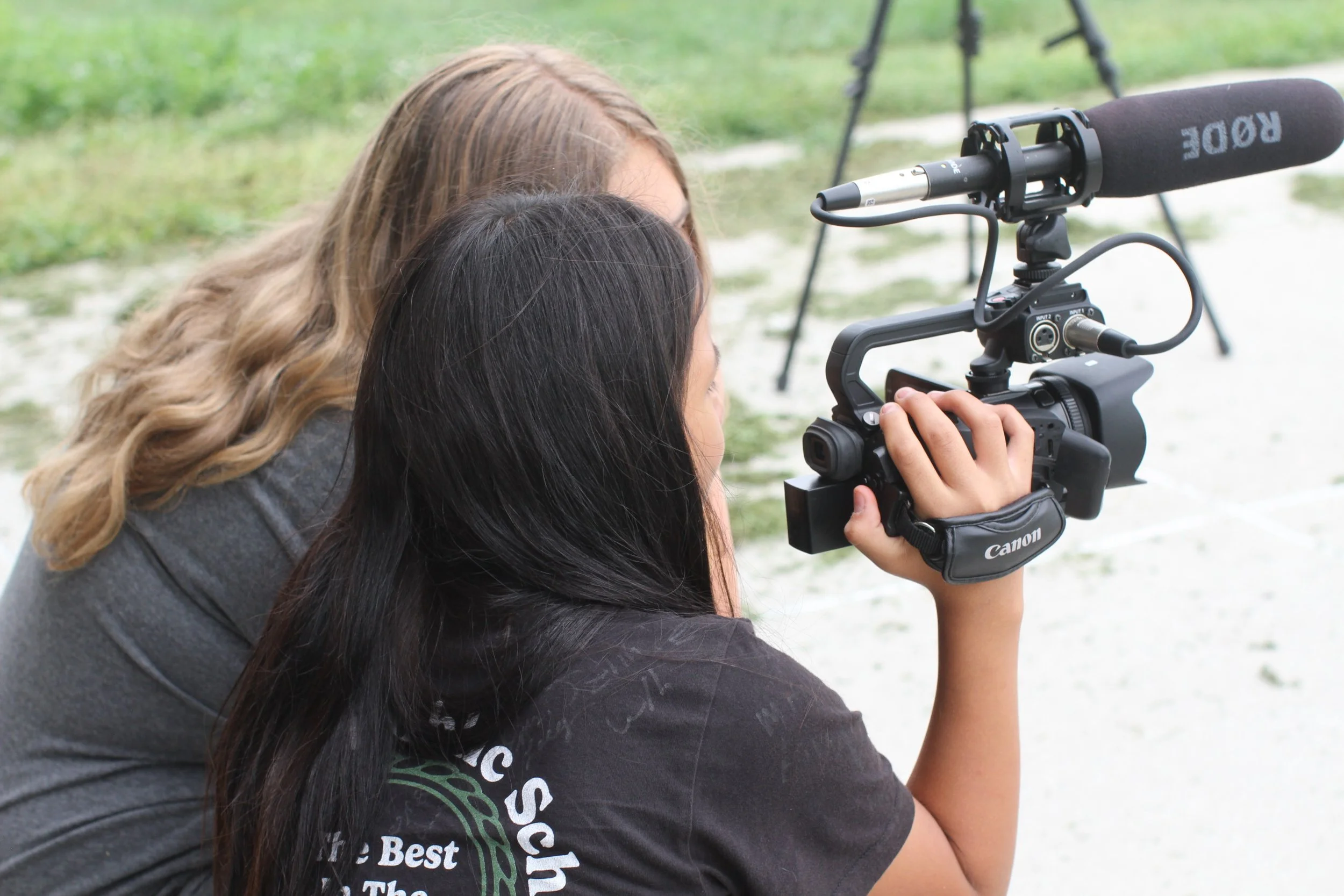
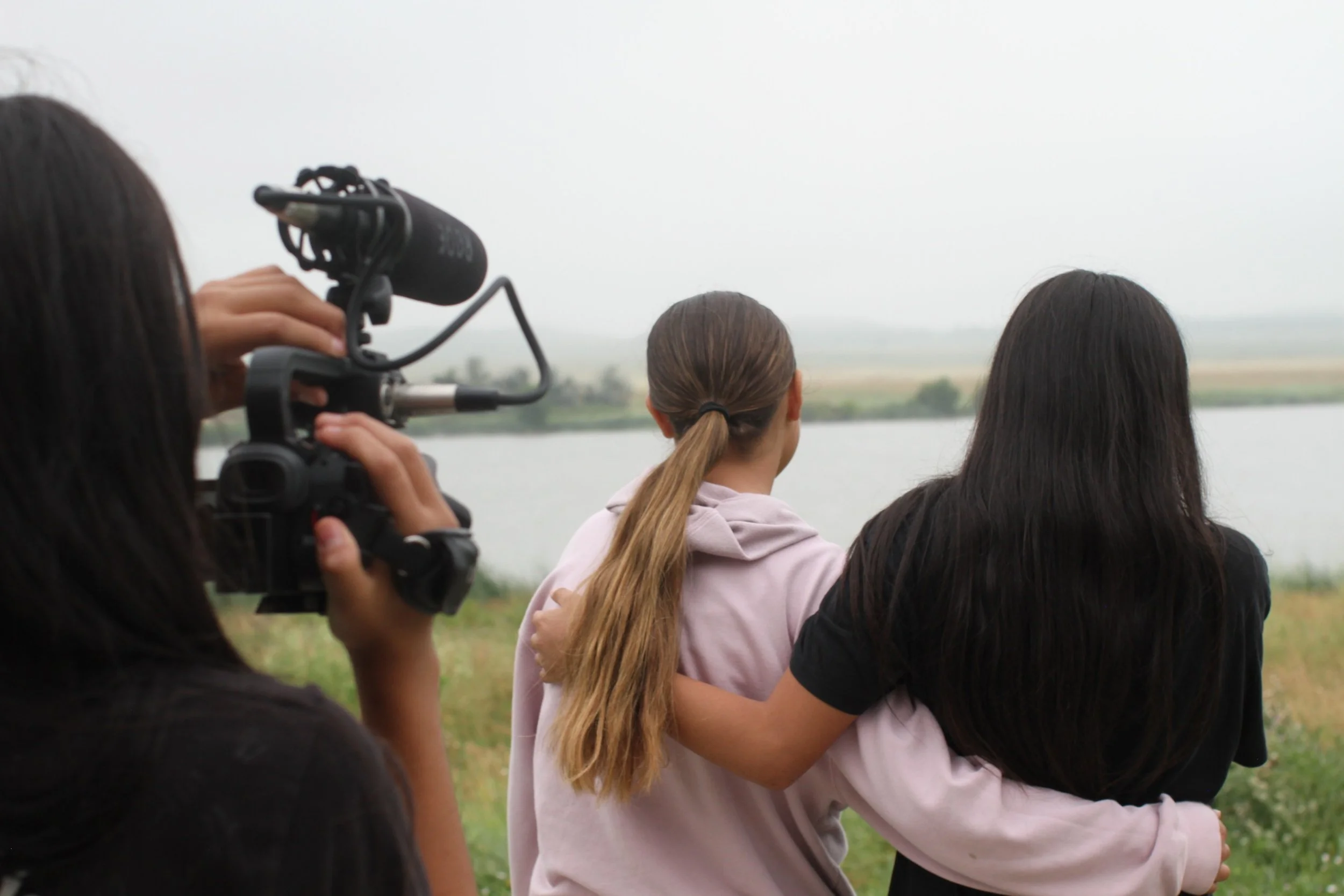

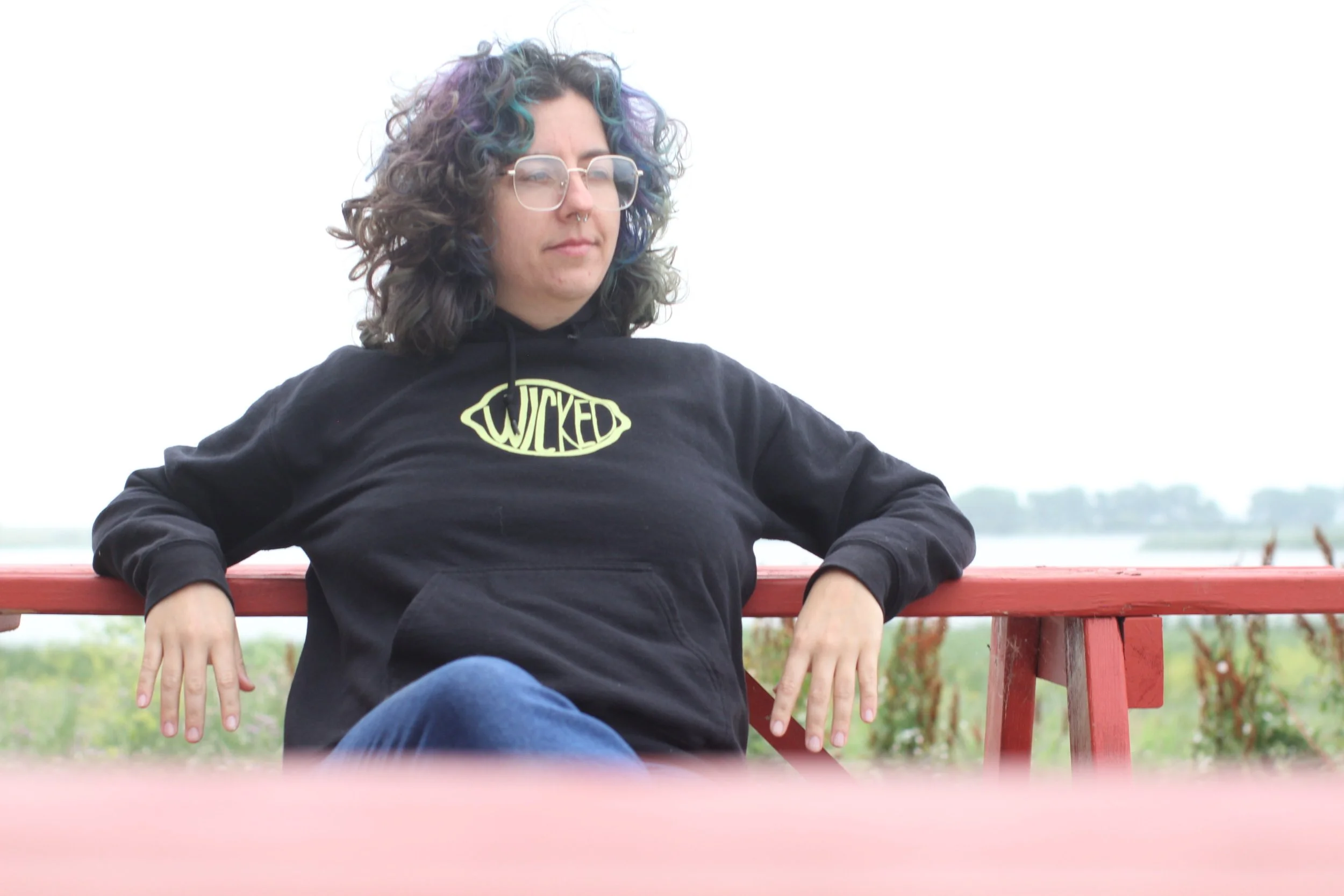
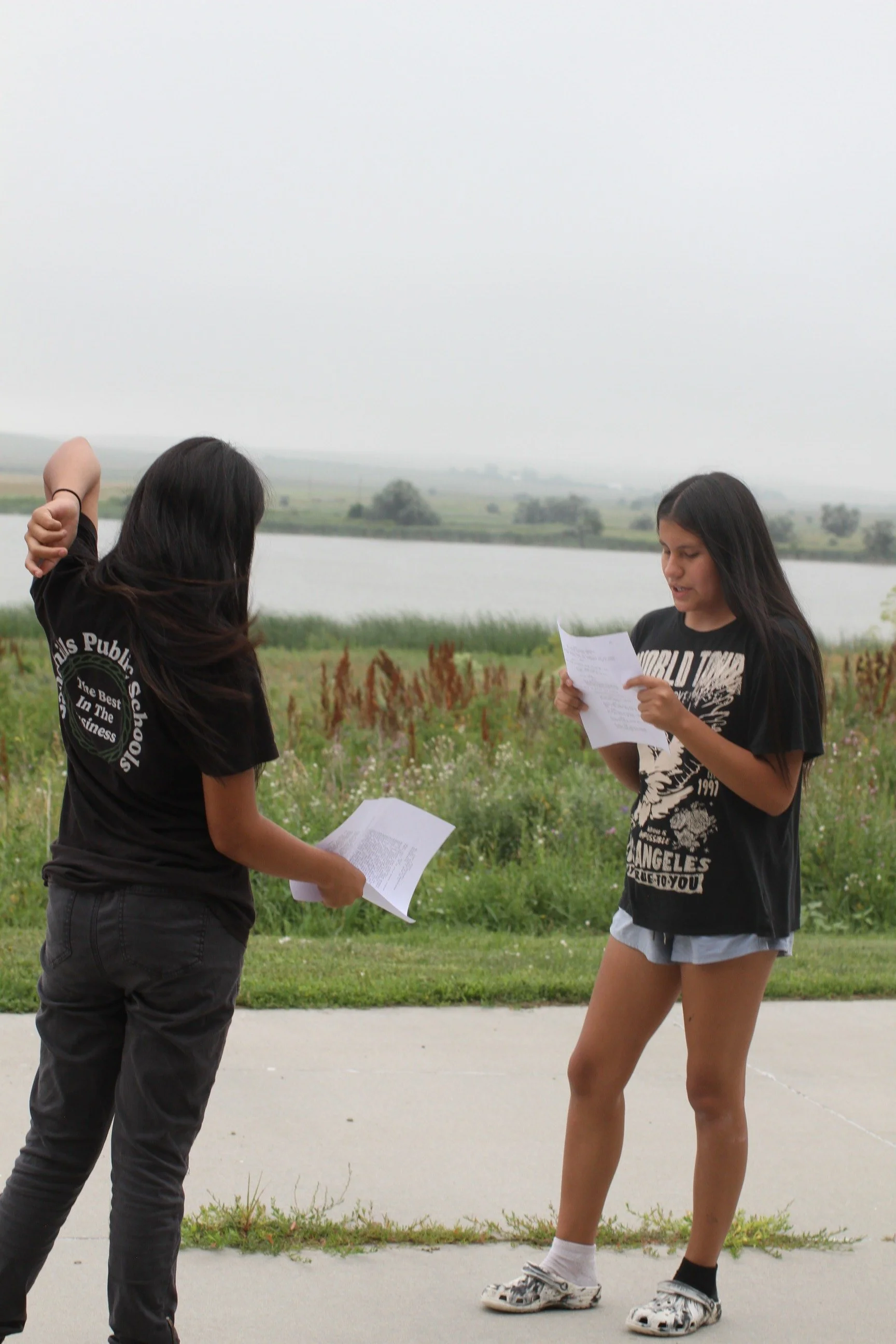



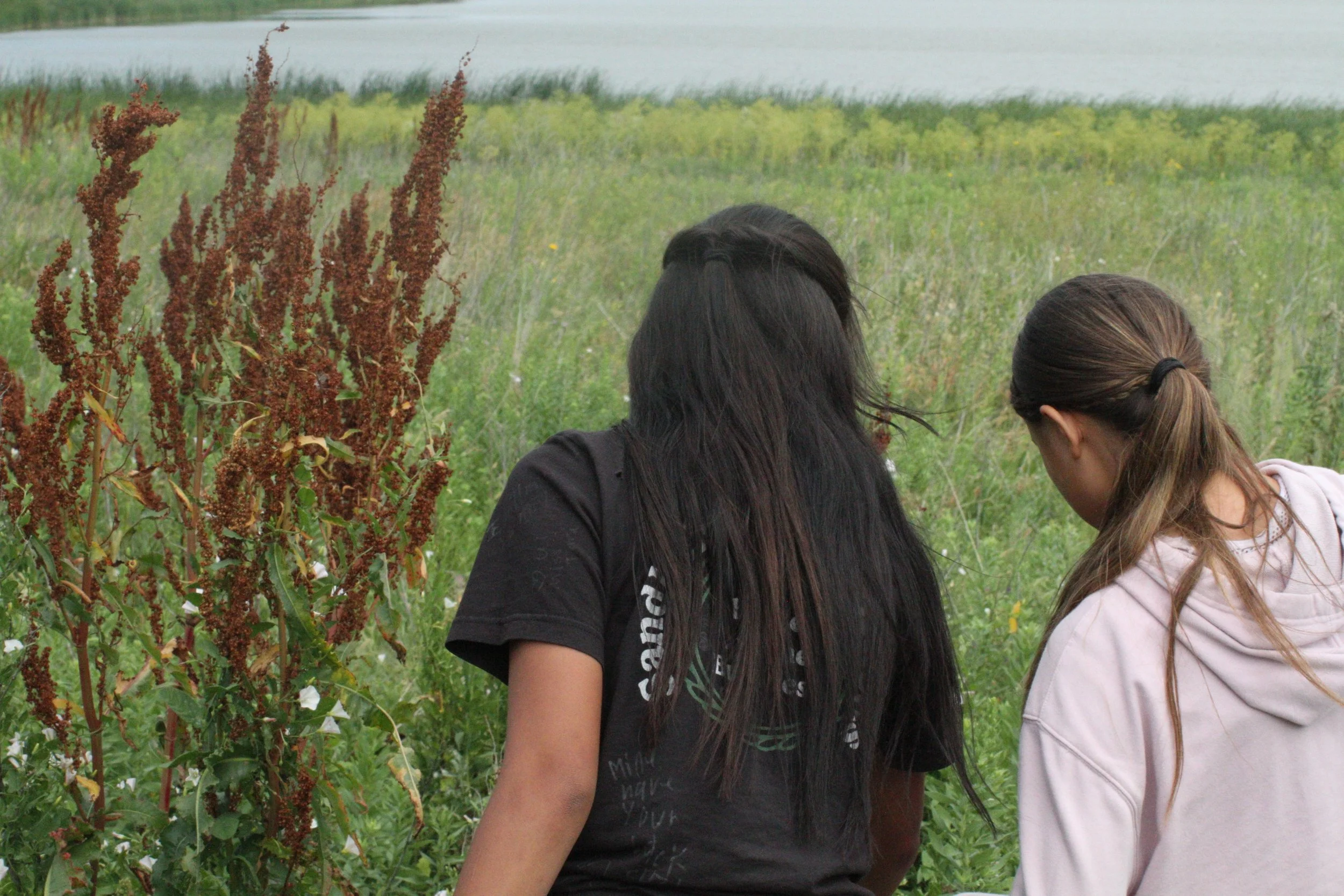

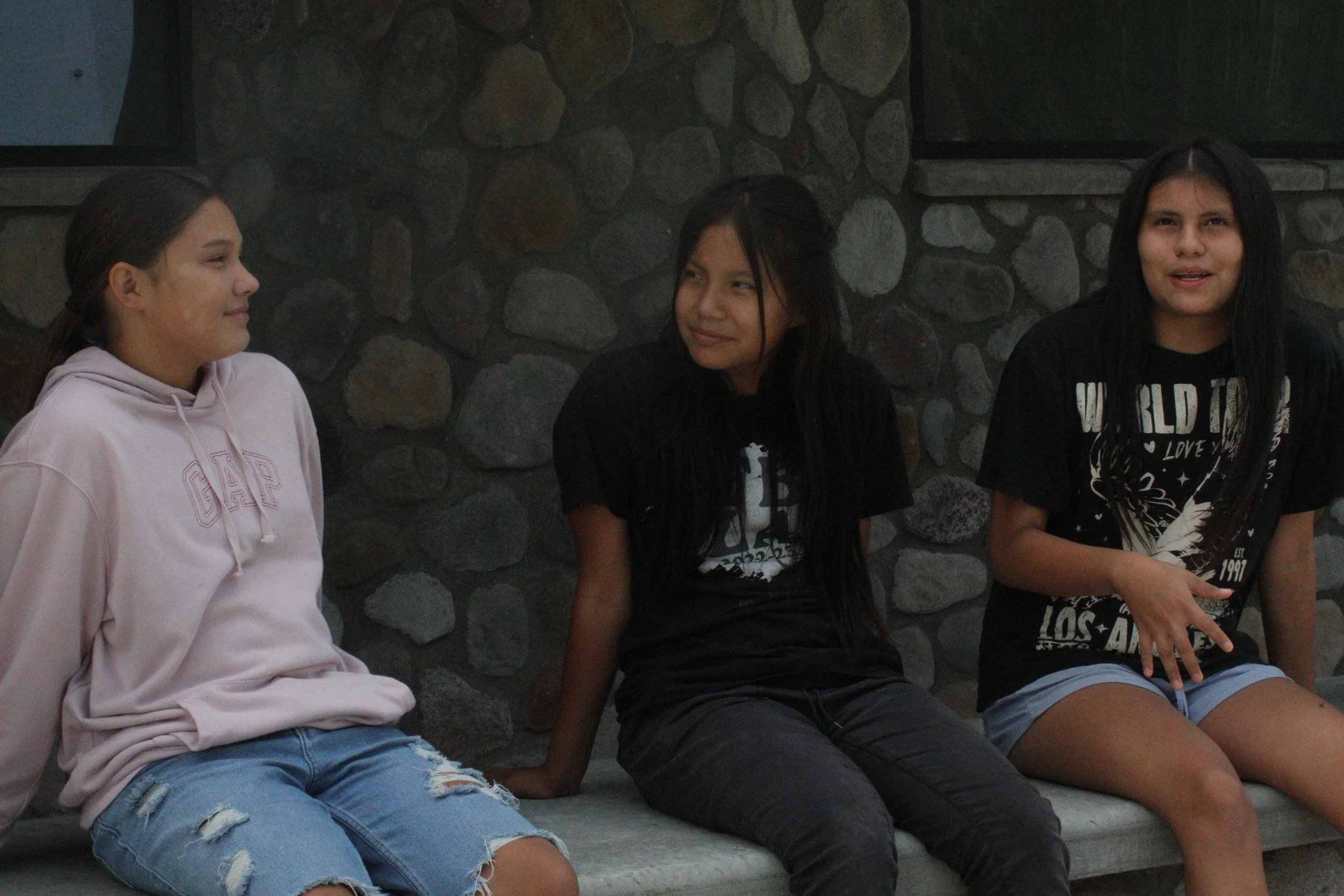
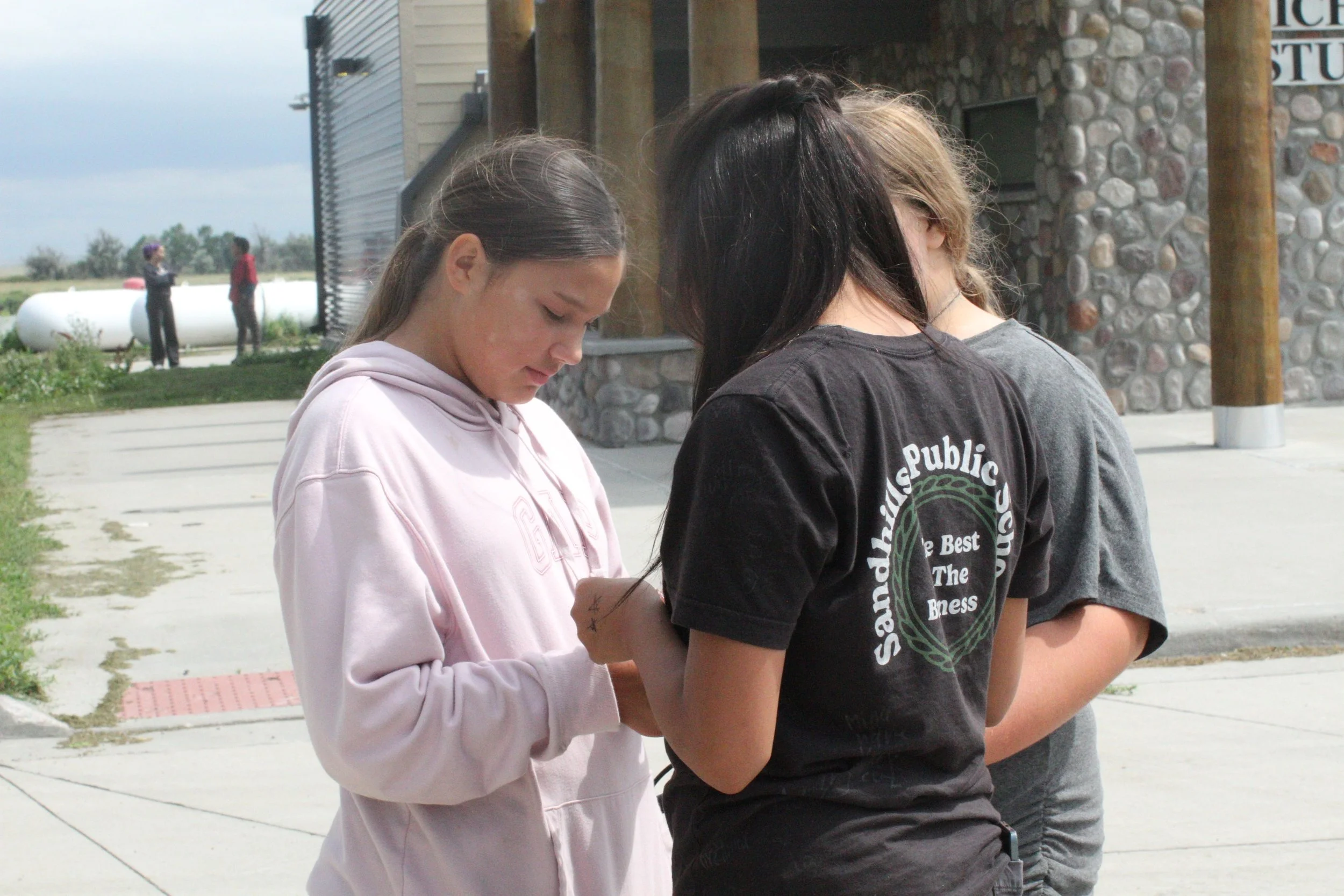

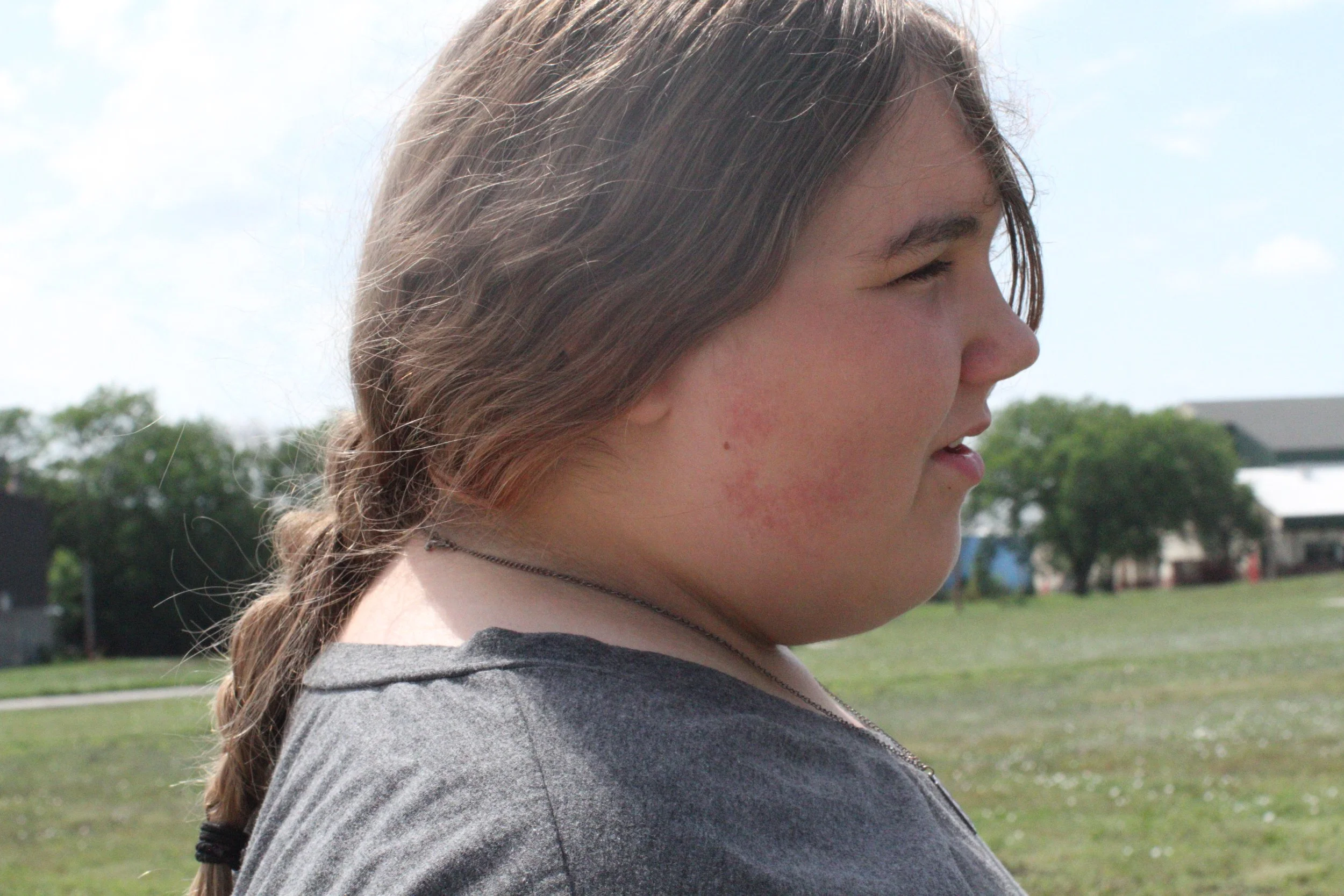


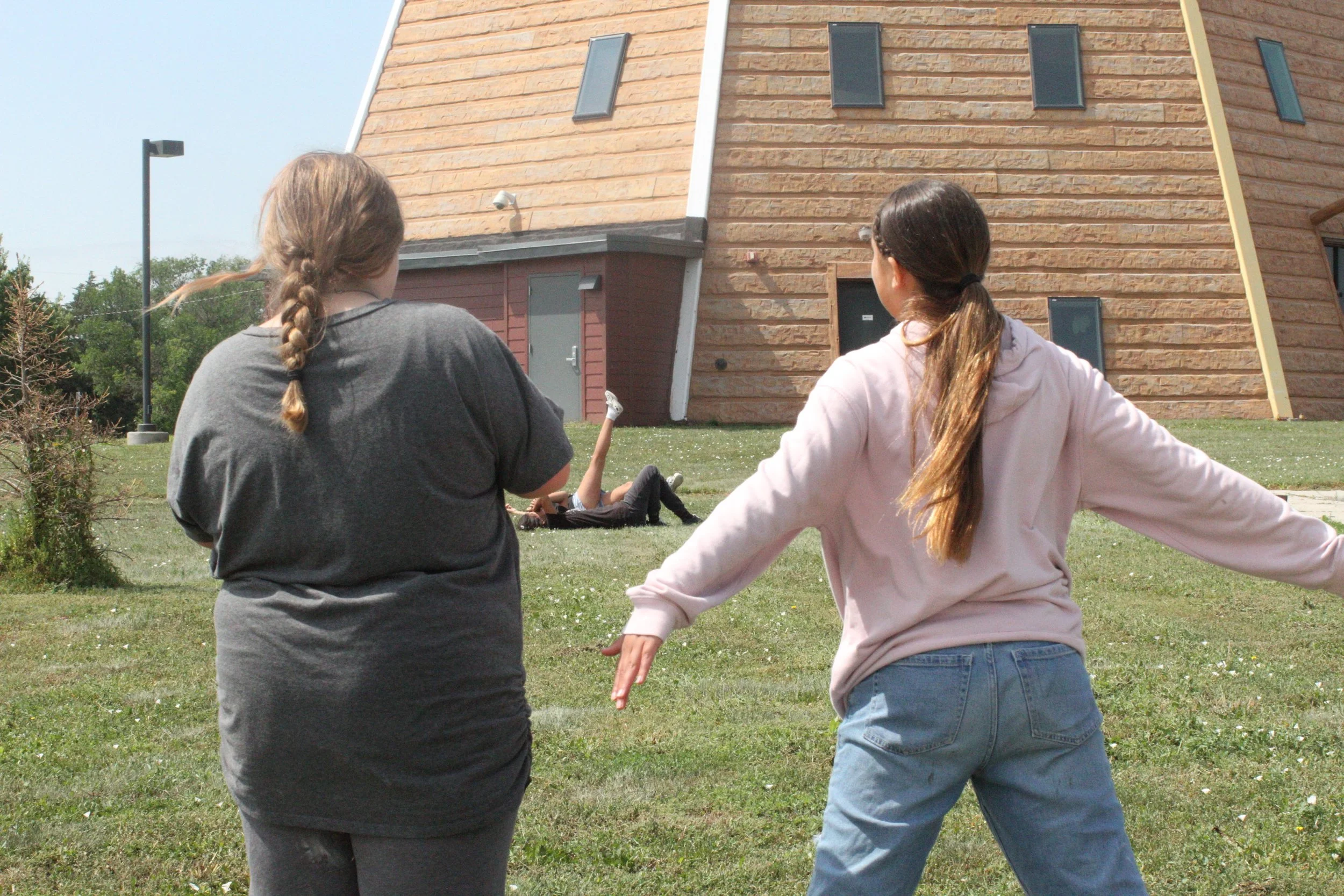
Of course, no Outlast camp is complete without some joy—so we made space for a dance break to reset and re-energize.
In the afternoon, students officially began production on their 60-second documentaries, filming interviews and gathering b-roll in their teams.
Day 3 closed with the sound of shutters, laughter, and stories in motion—proof that they're ready to tell the world who they are.
Day 4 – Final Cuts & Fresh Laughs
Day 4 – Final Cuts & Fresh Laughs
With spirits high, students dove into the final stages of production.
Some wrapped up filming key moments for their 60-second documentaries, while others moved straight into editing.
Day 4 kicked off with a burst of fun—hangman, charades, and Pictionary got everyone laughing and energized.
These games weren’t just icebreakers—they sparked connection and set the tone for a creative, collaborative day.
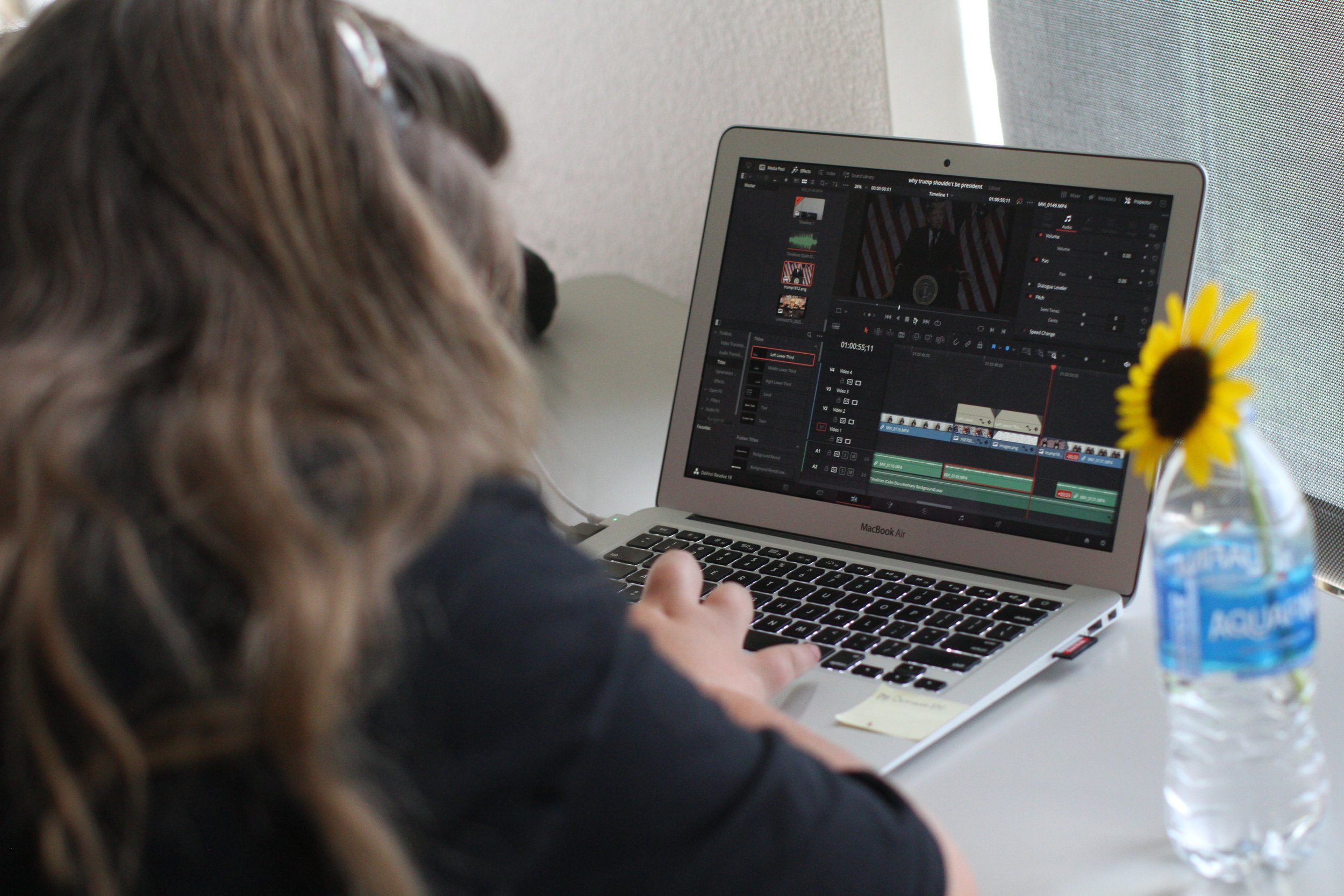
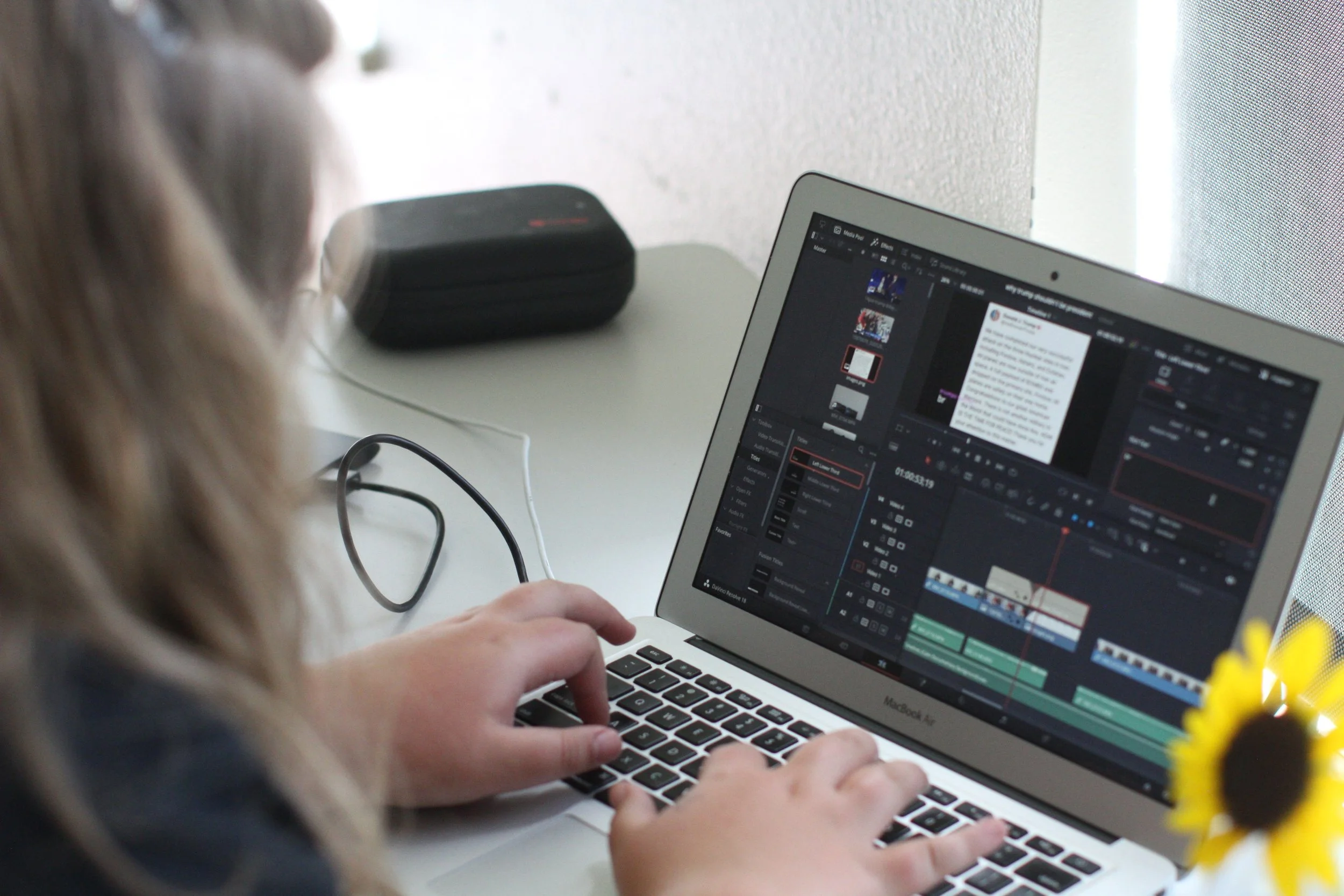






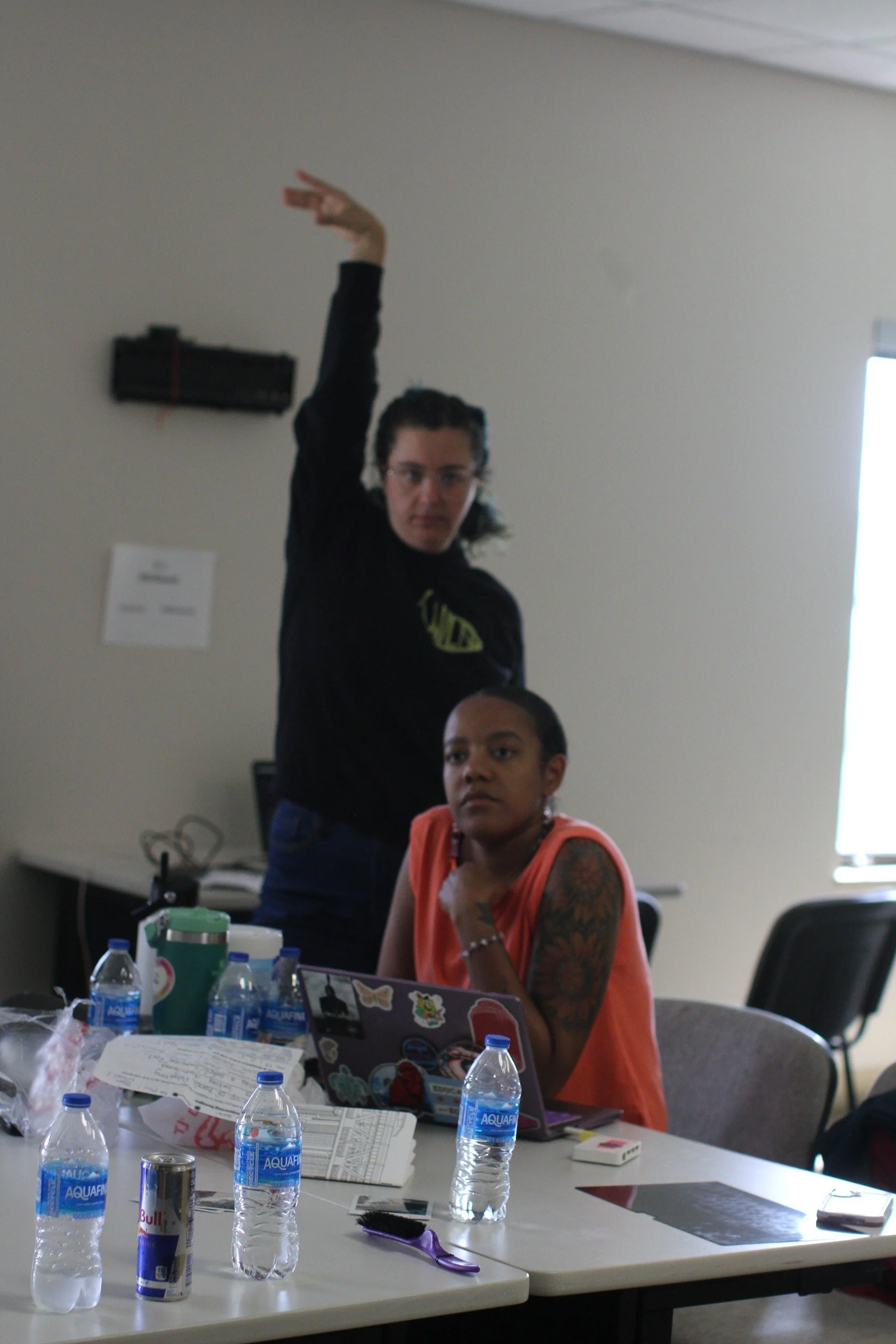
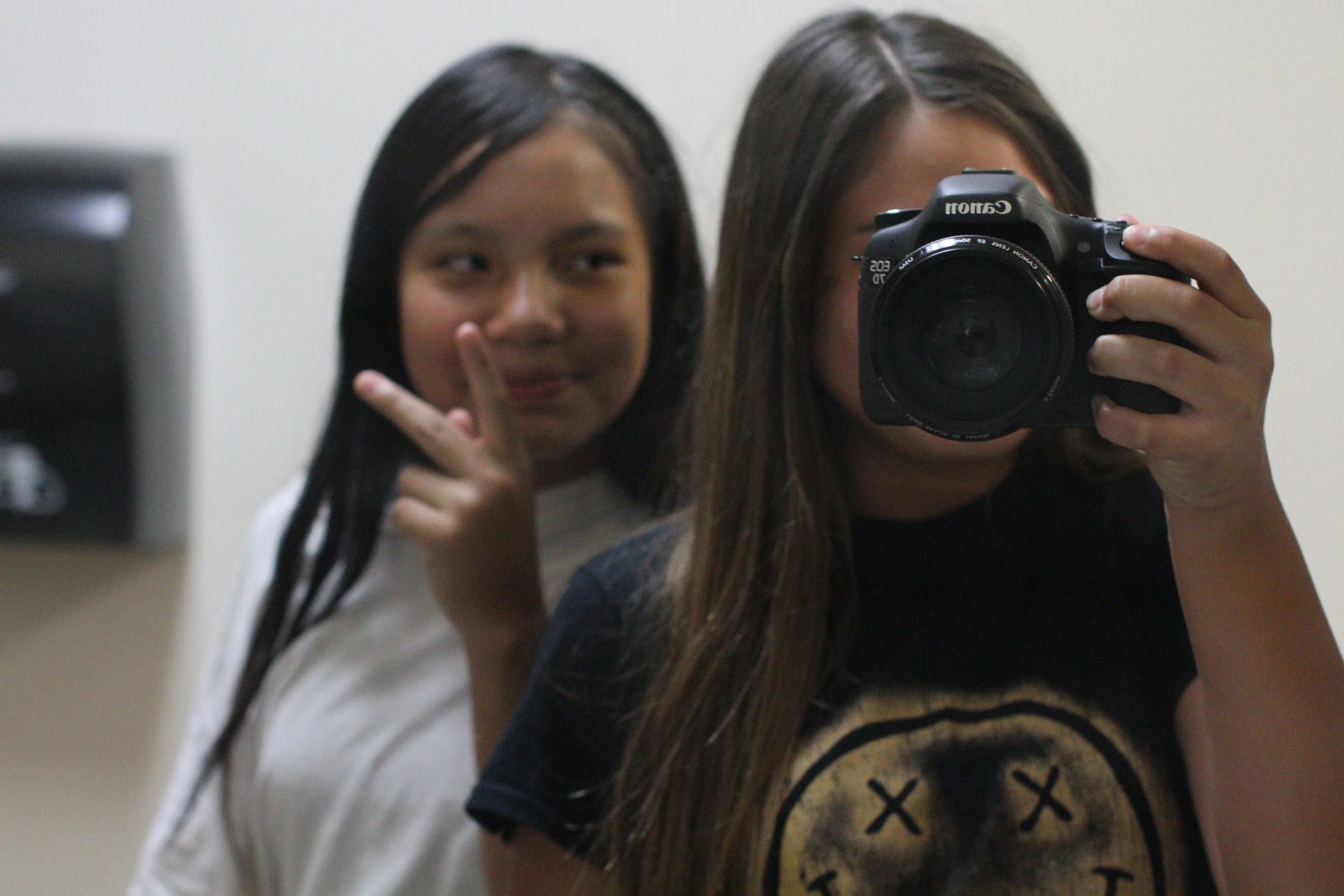
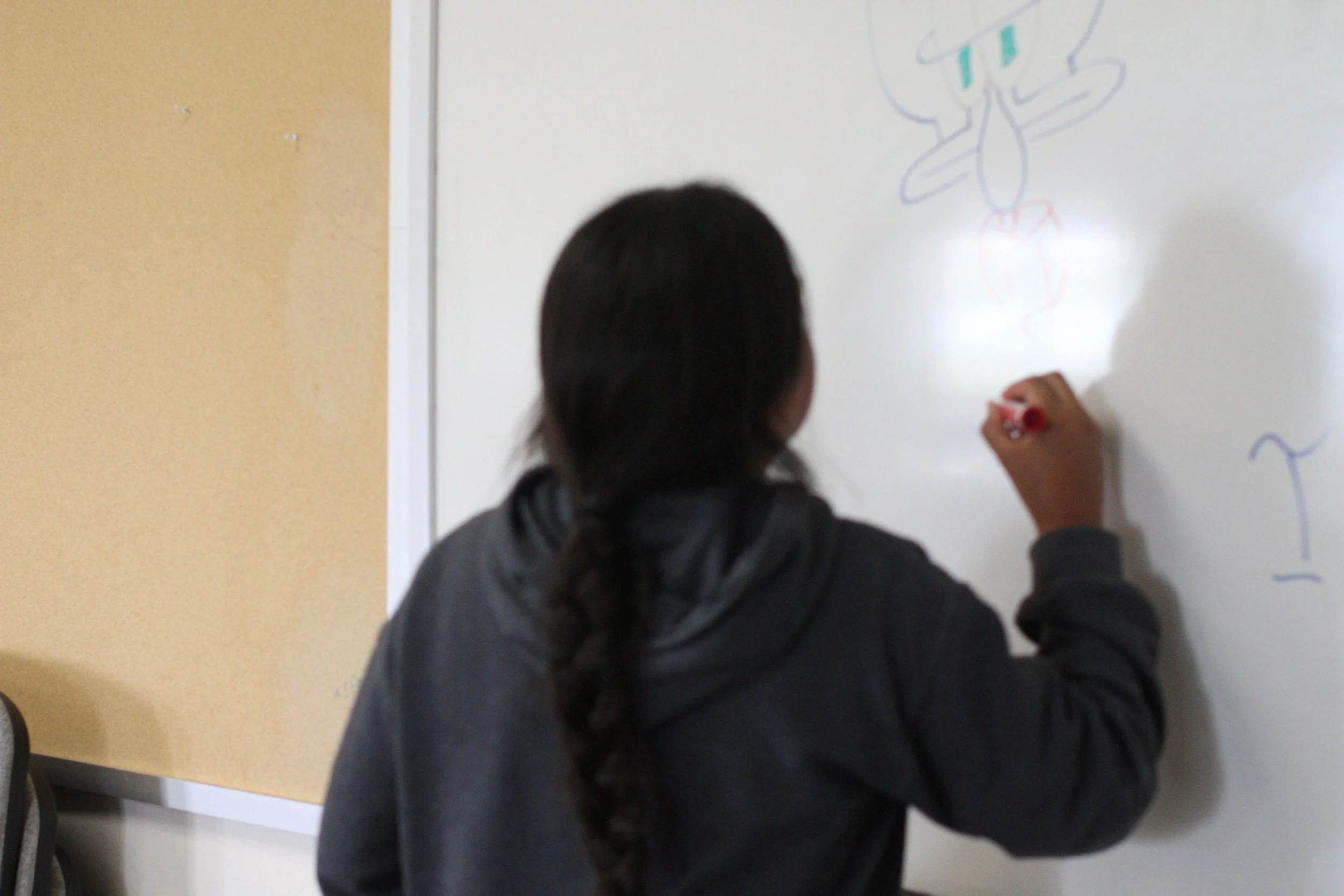

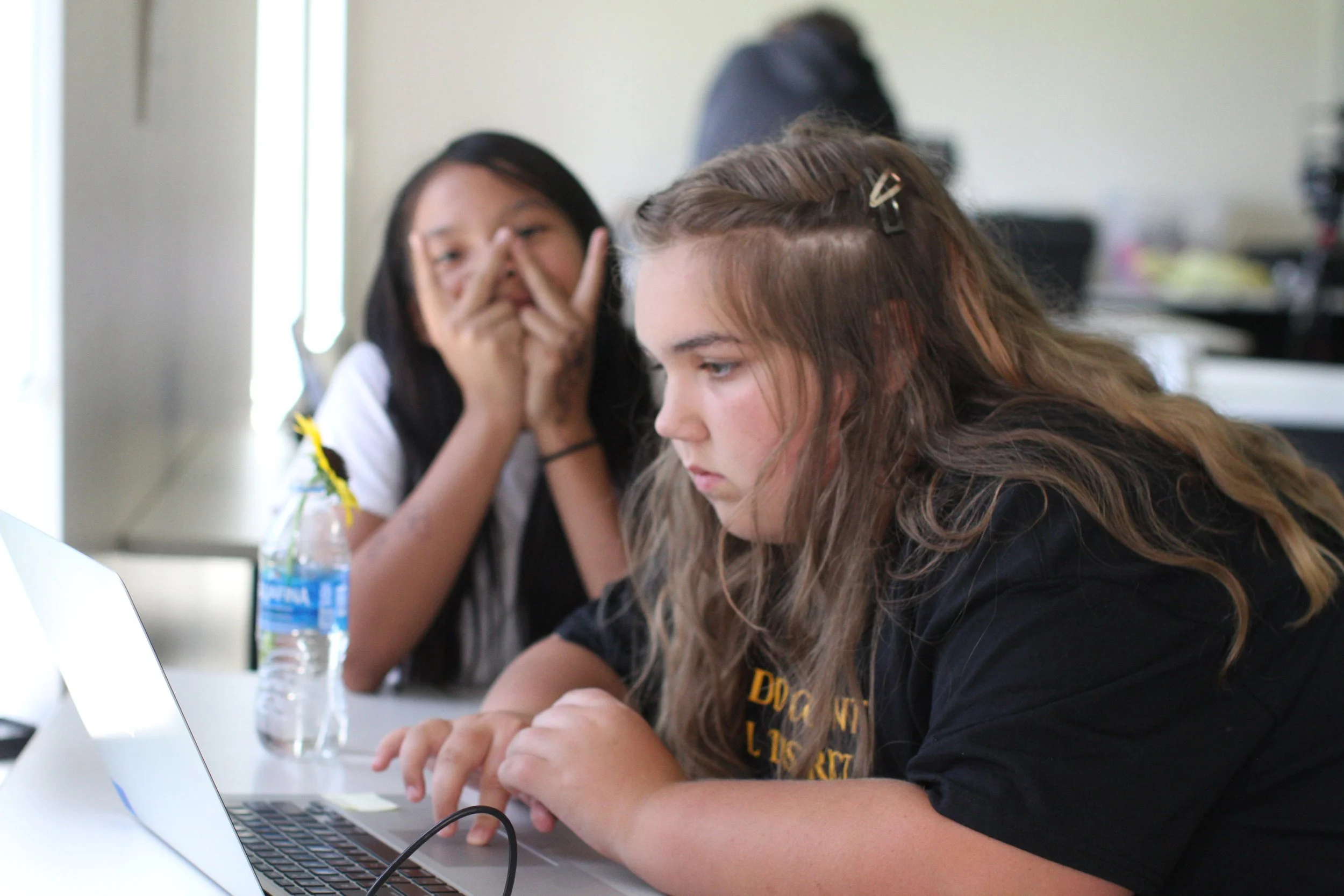
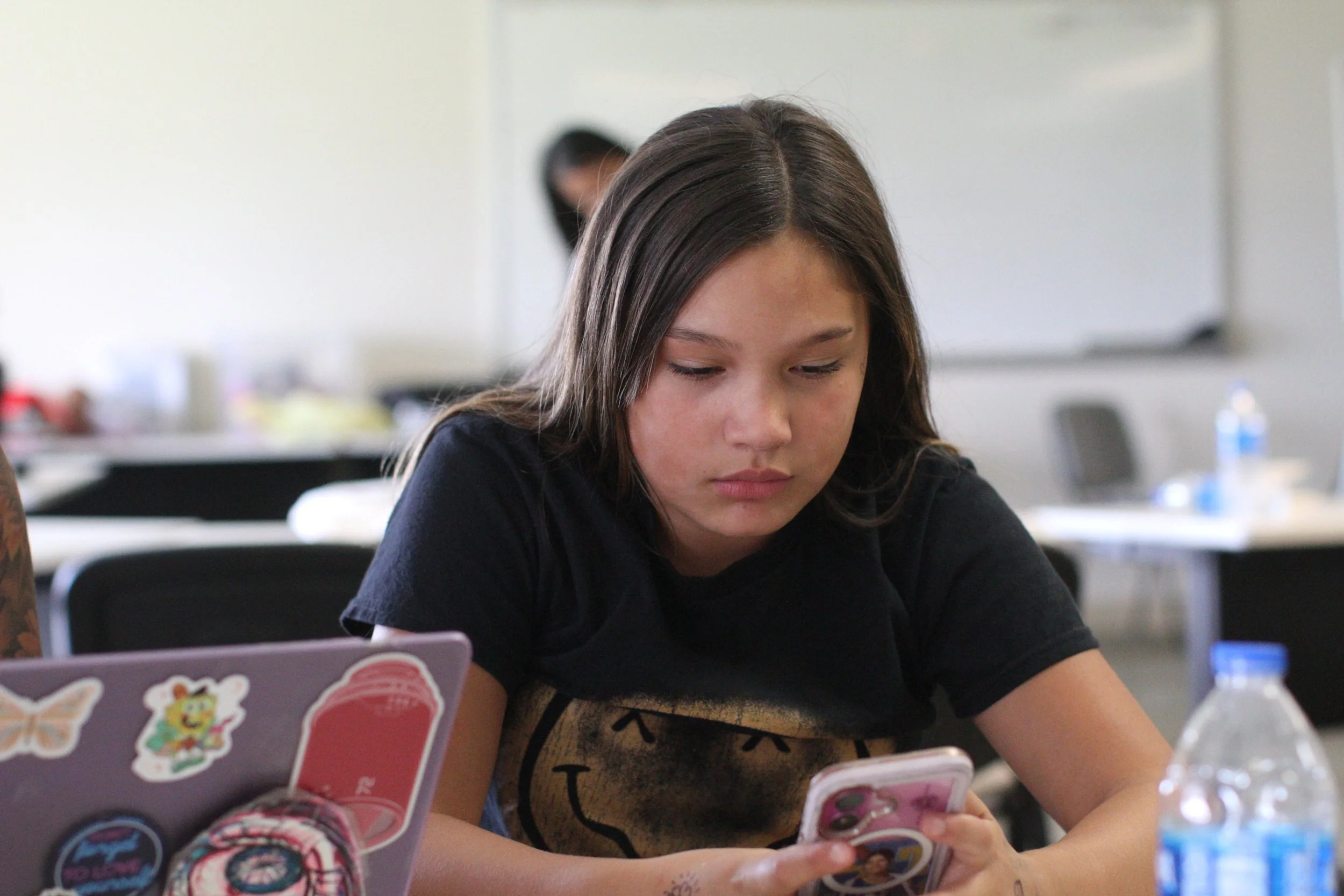
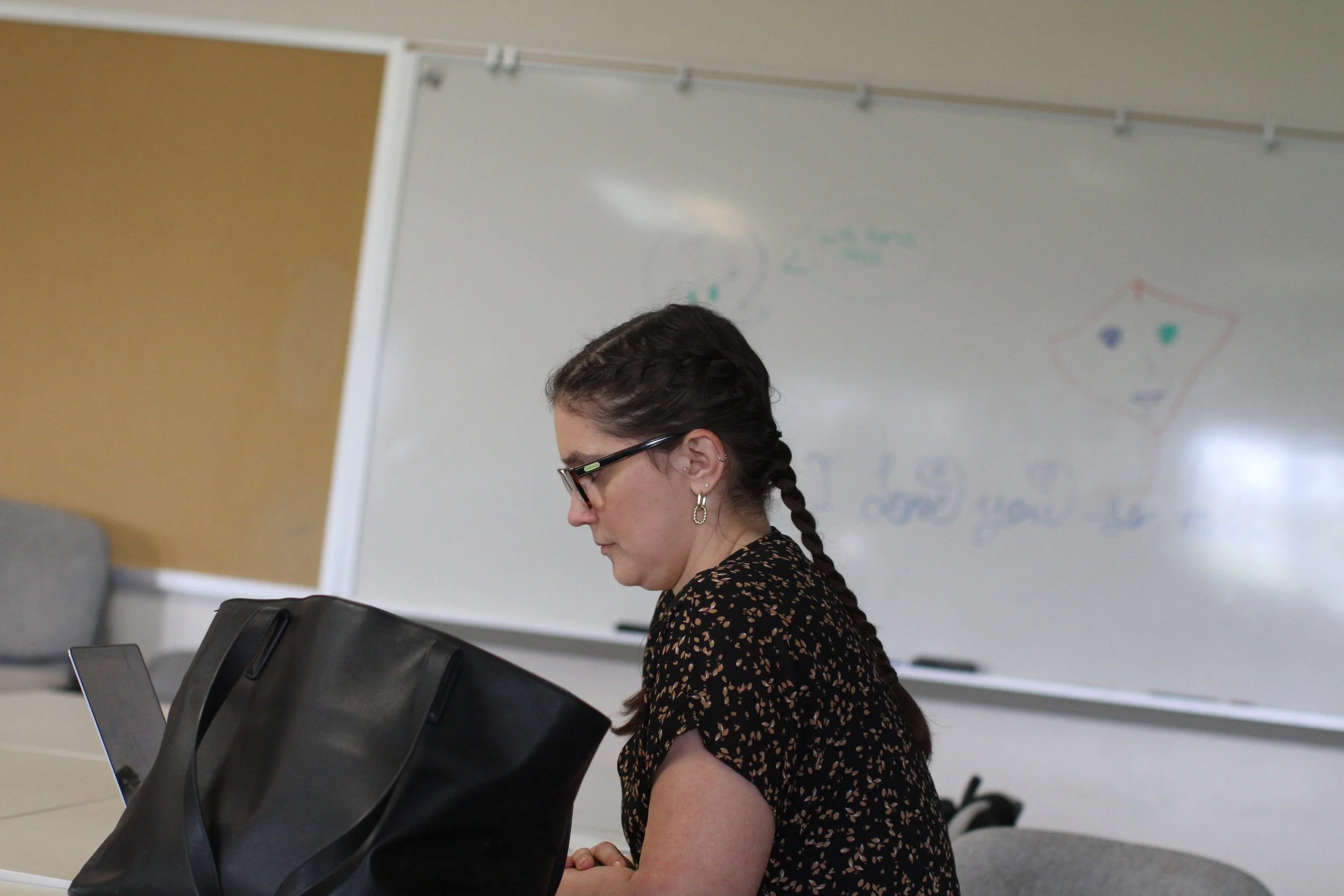
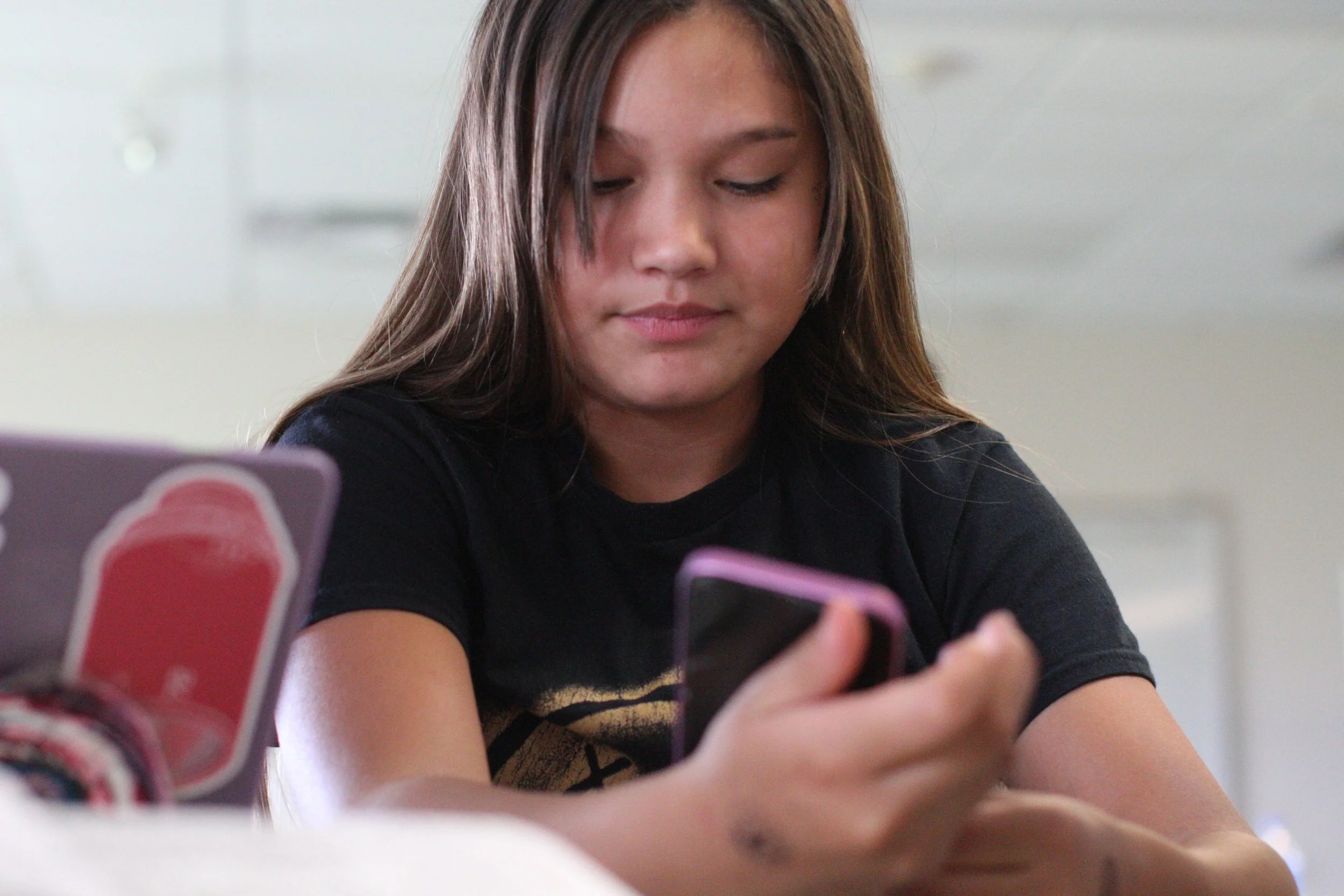
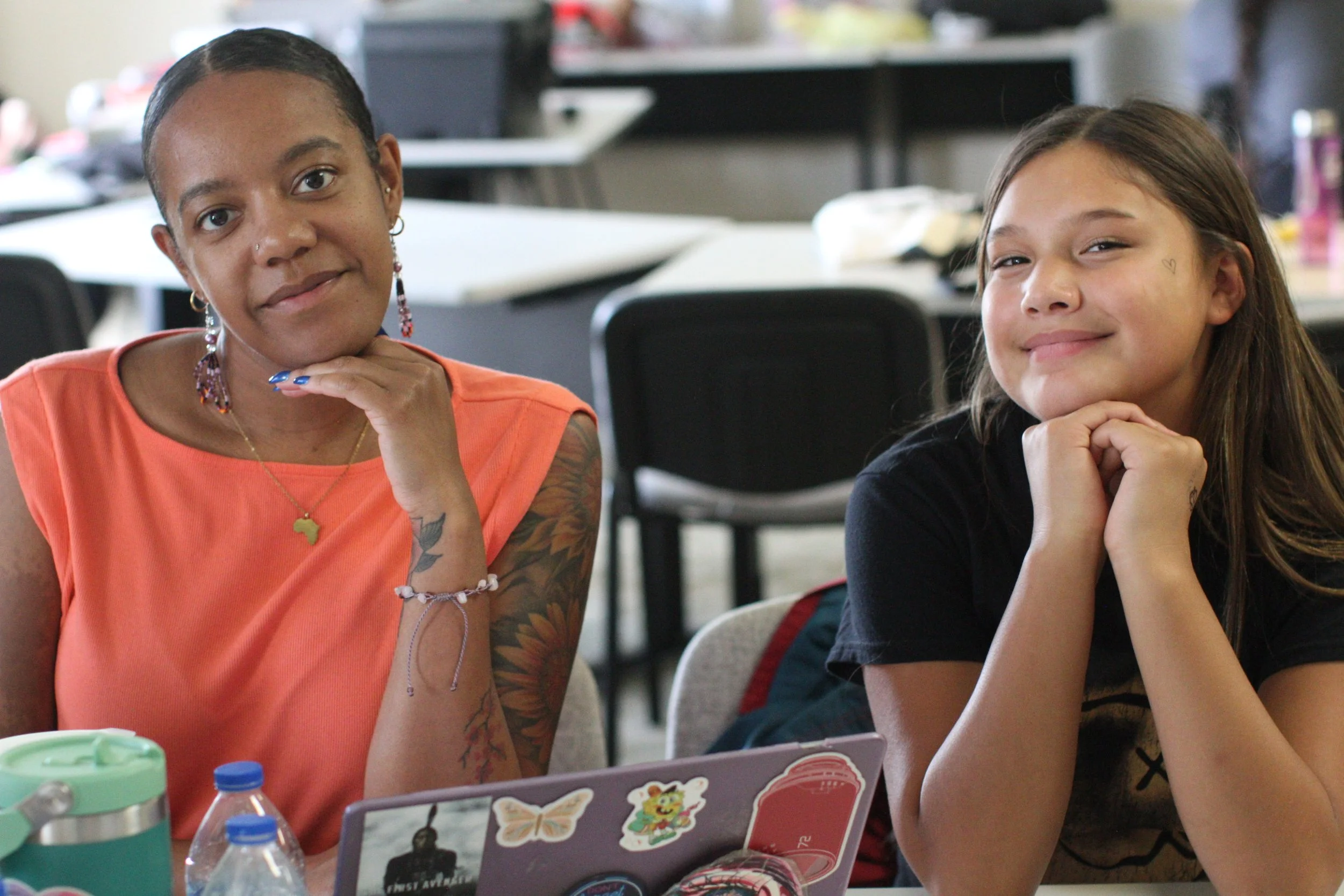

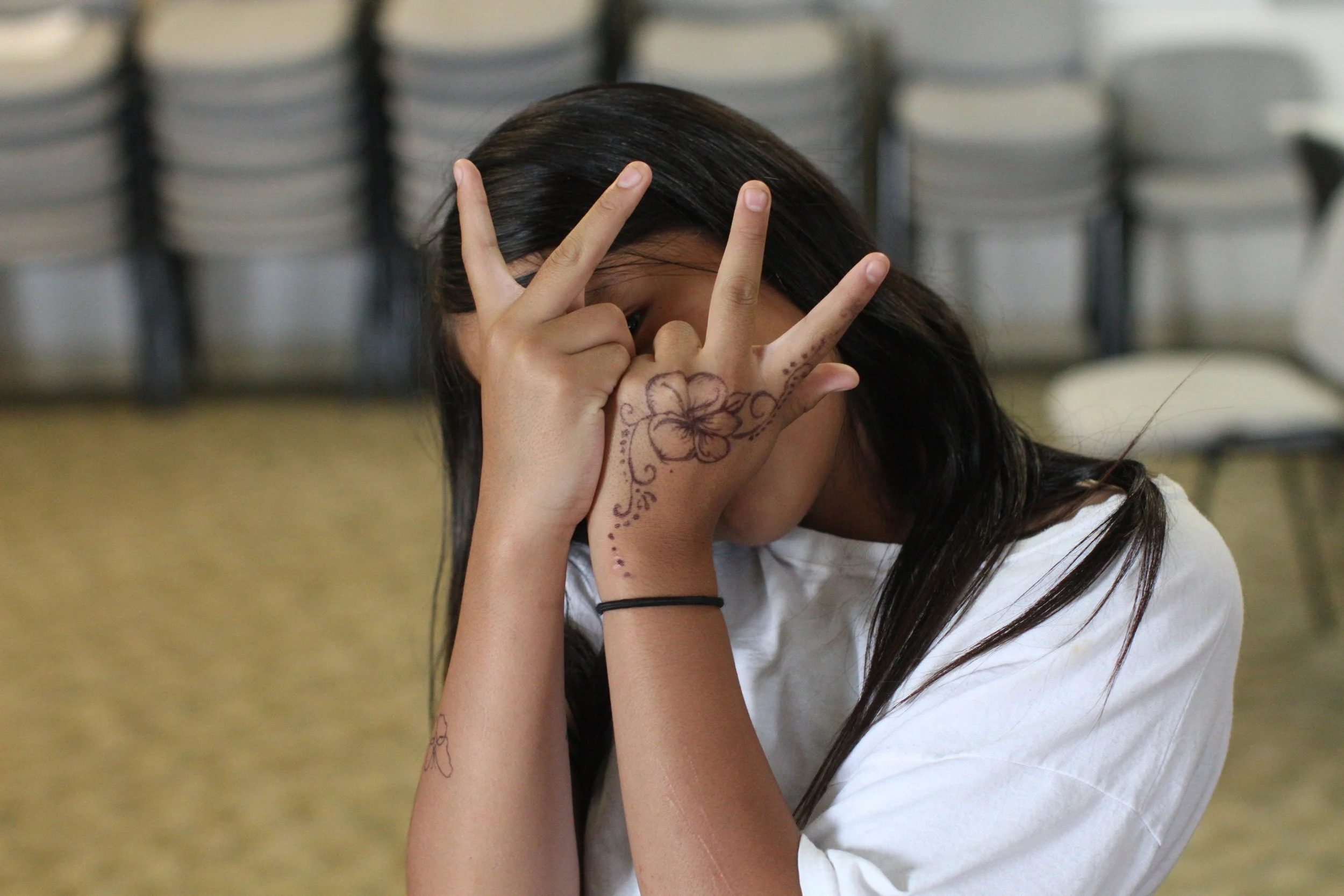
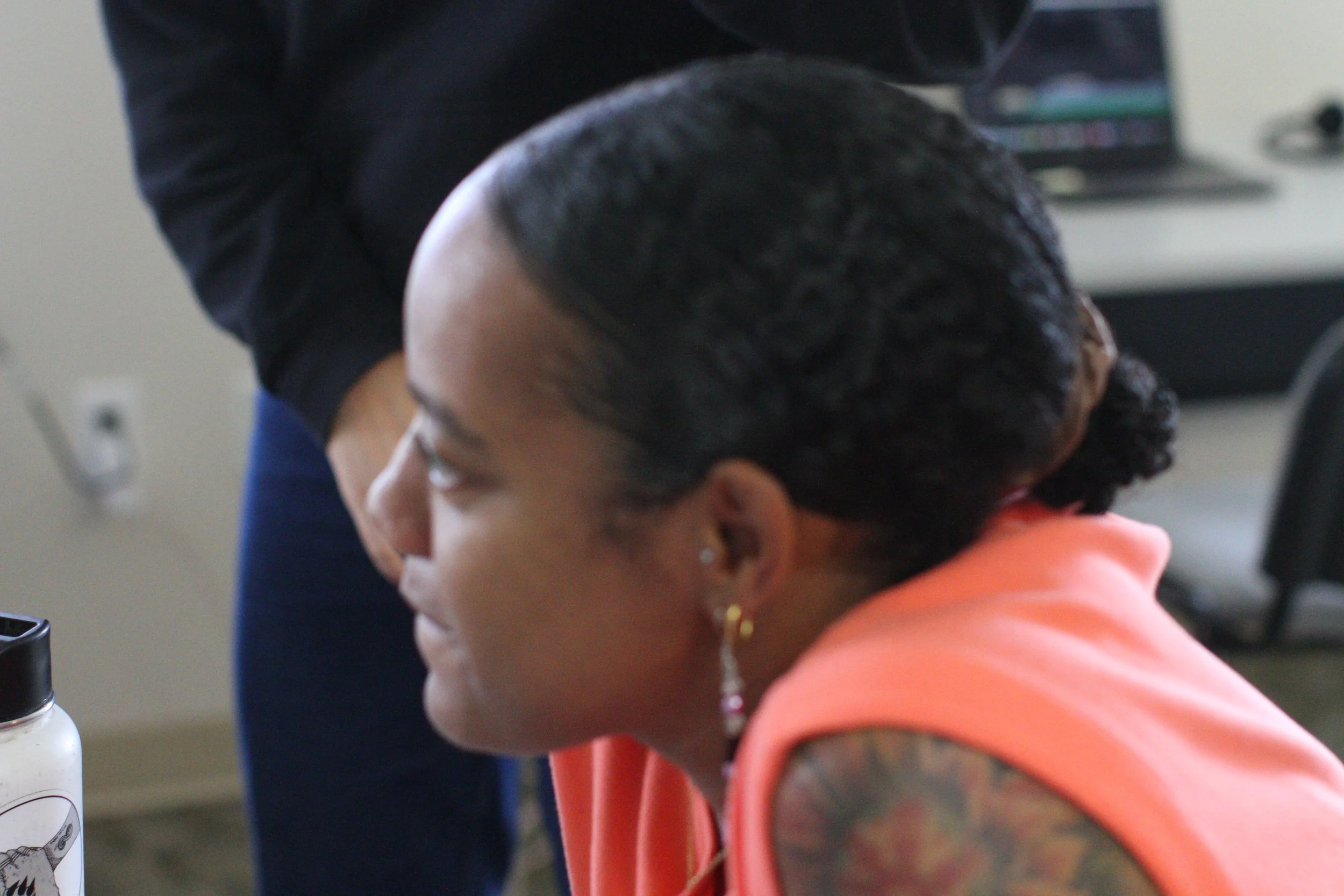
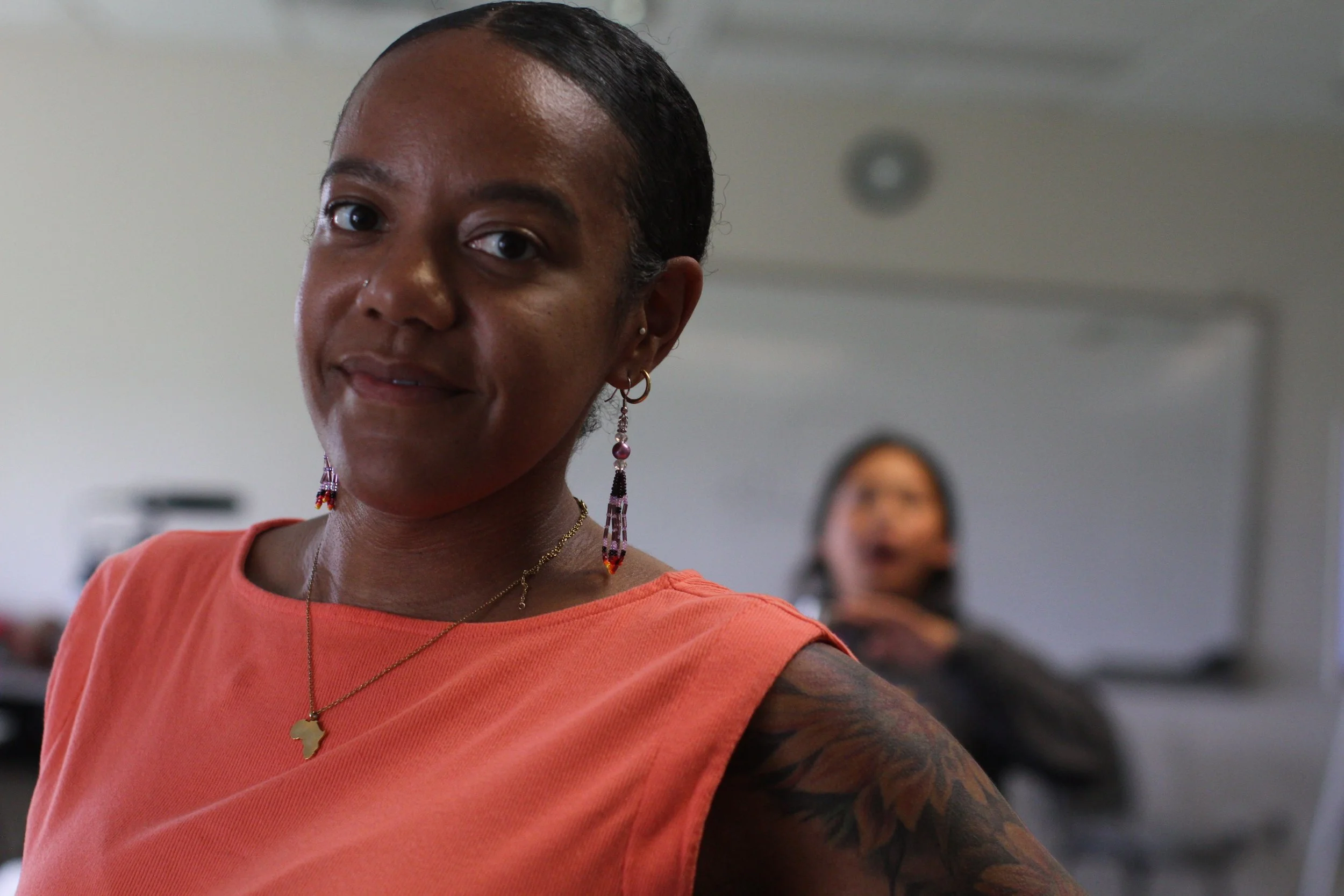

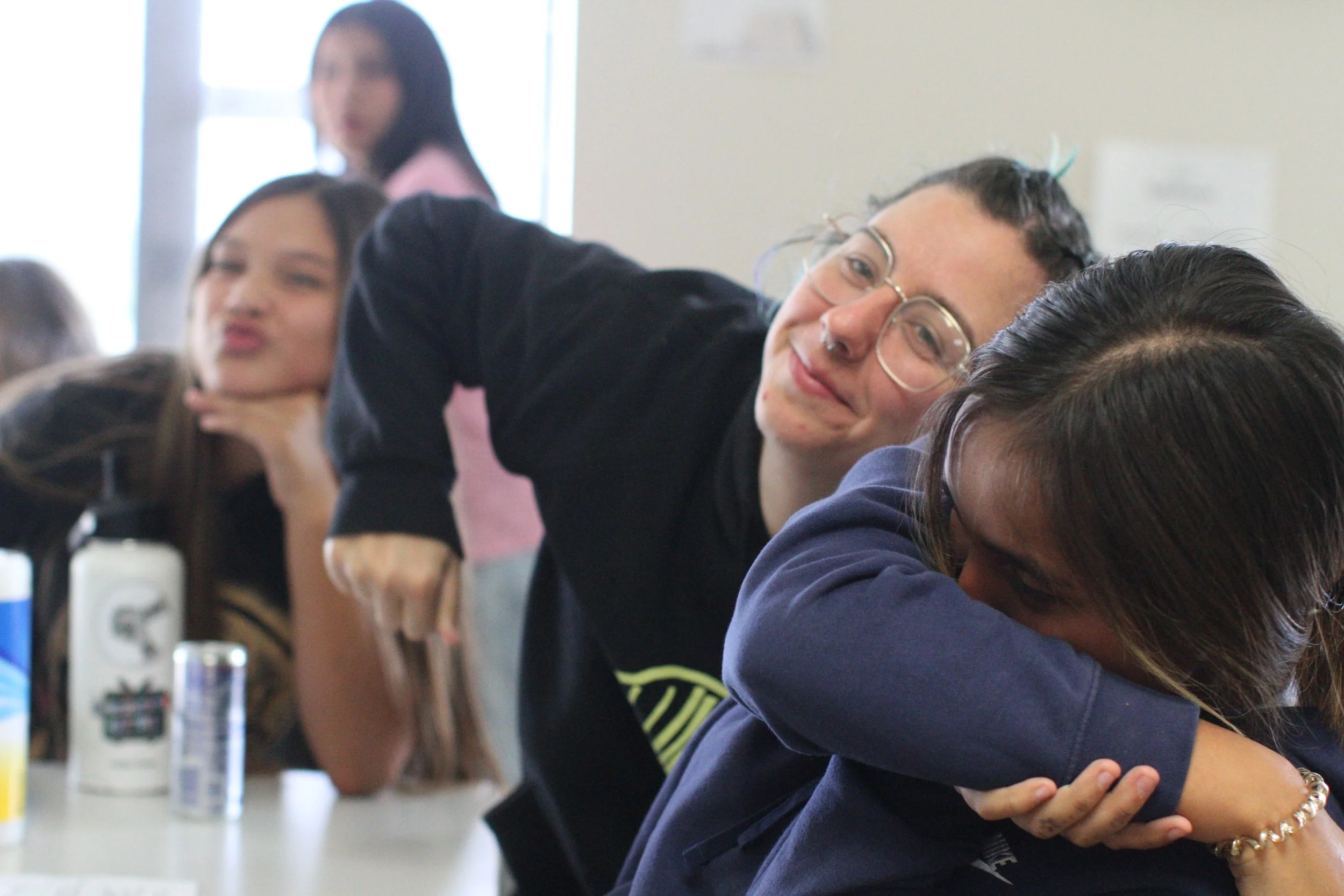
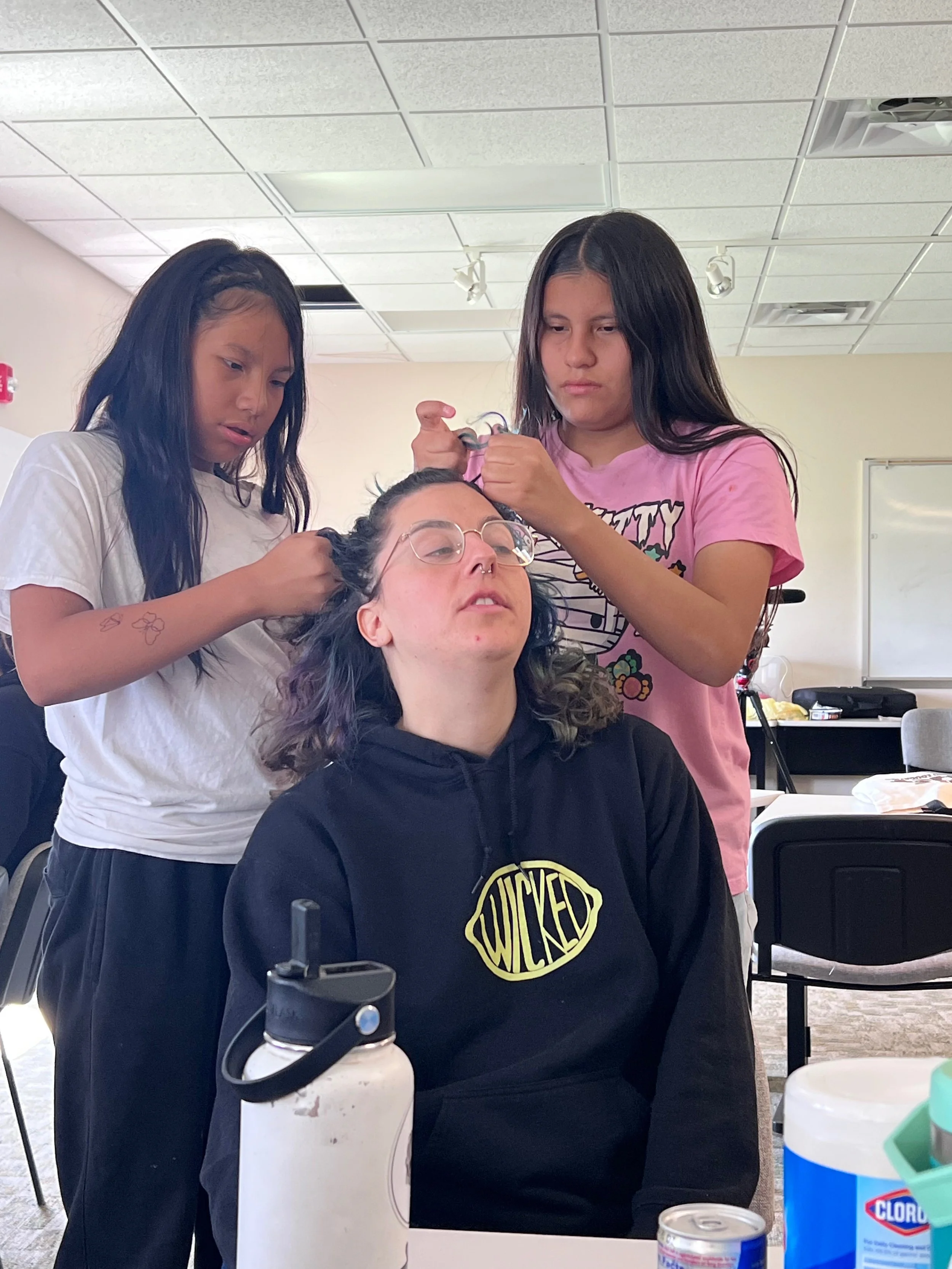

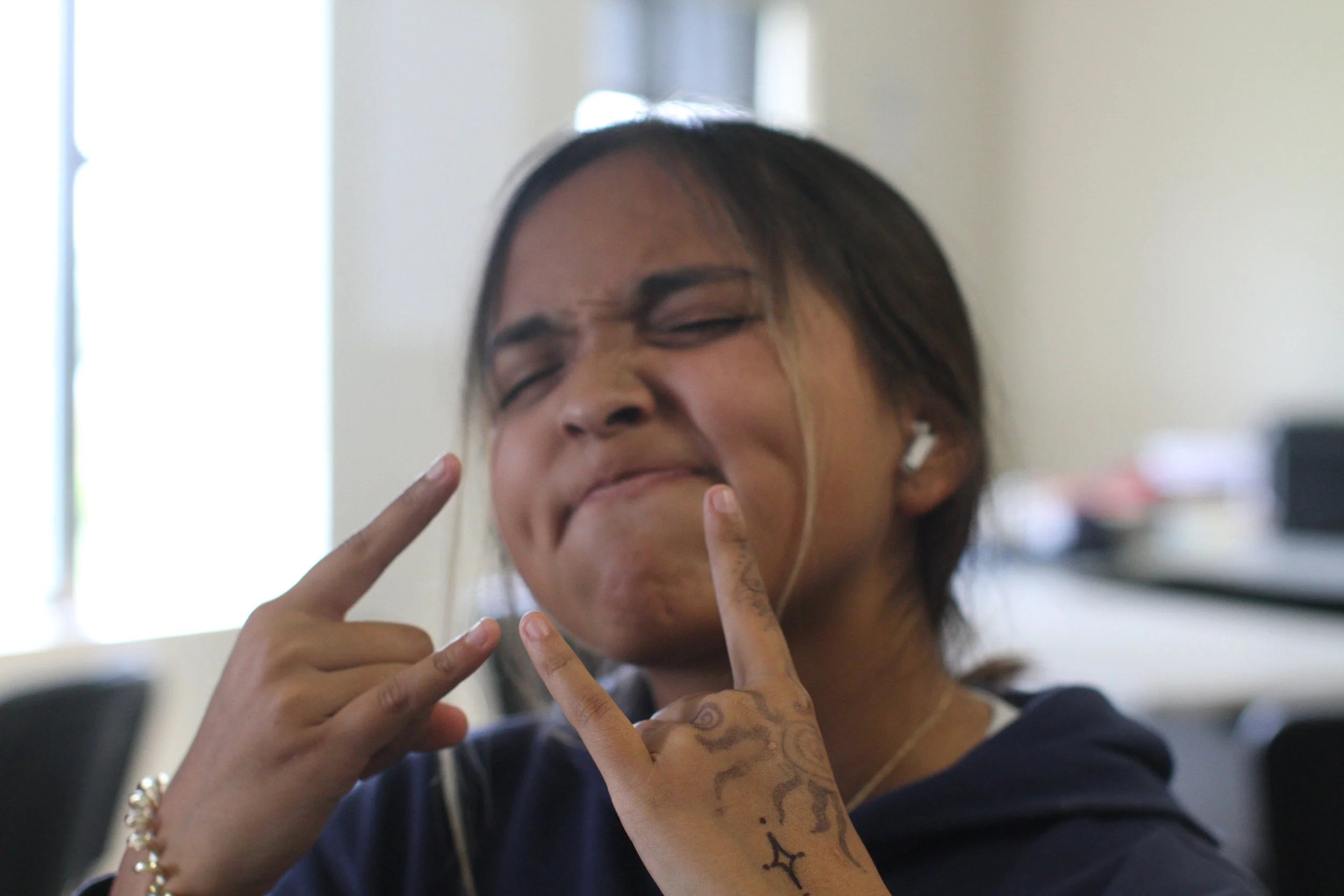



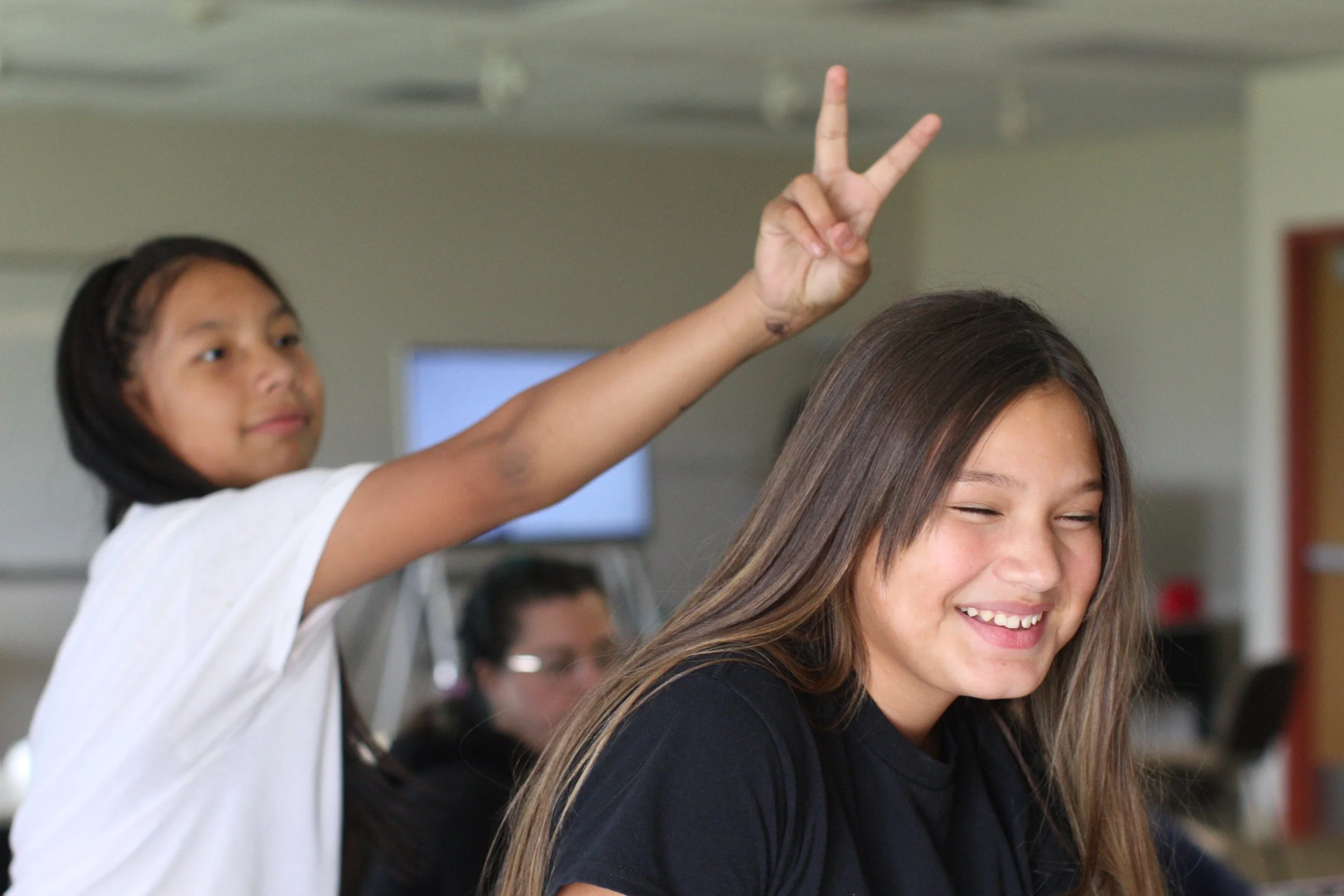

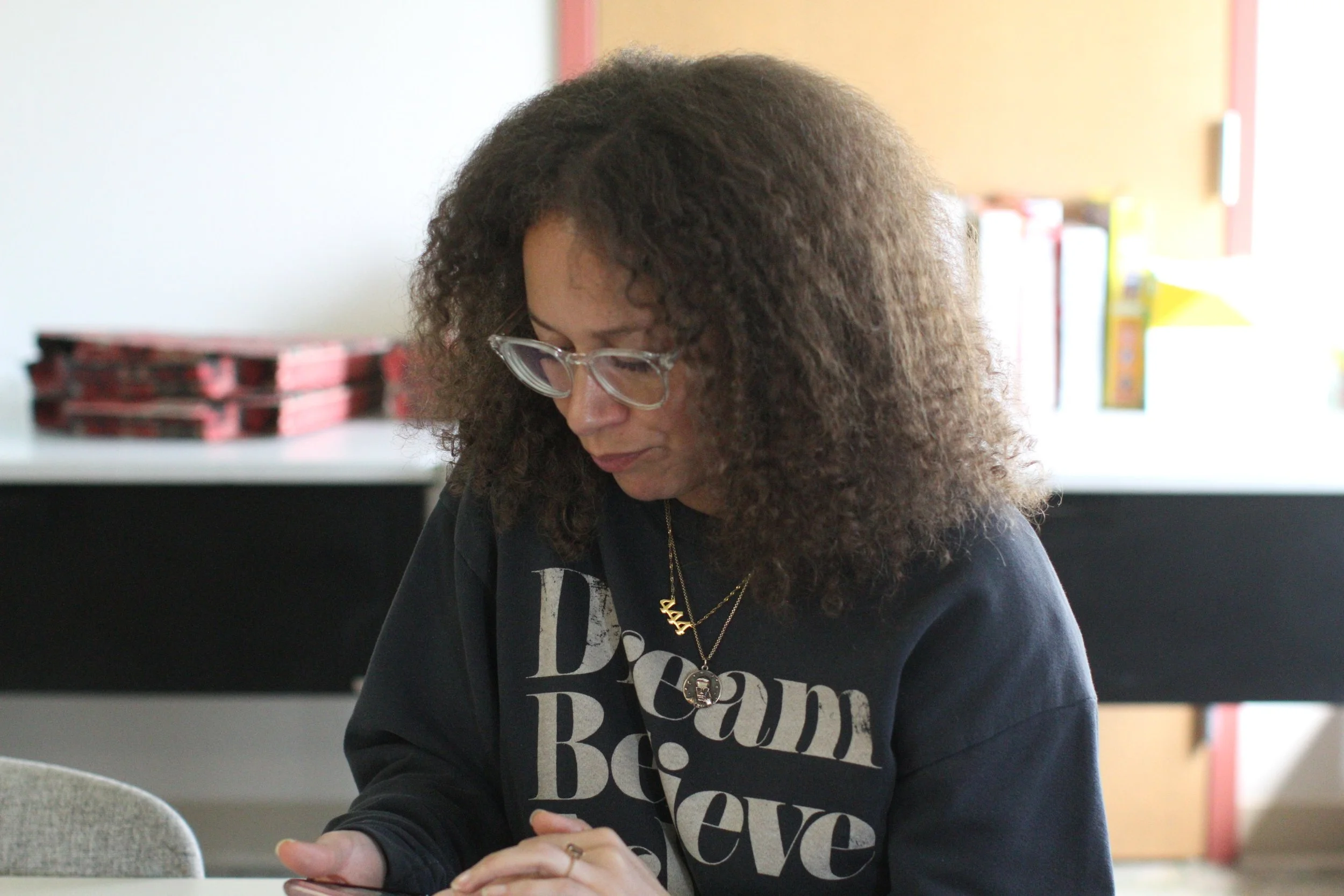

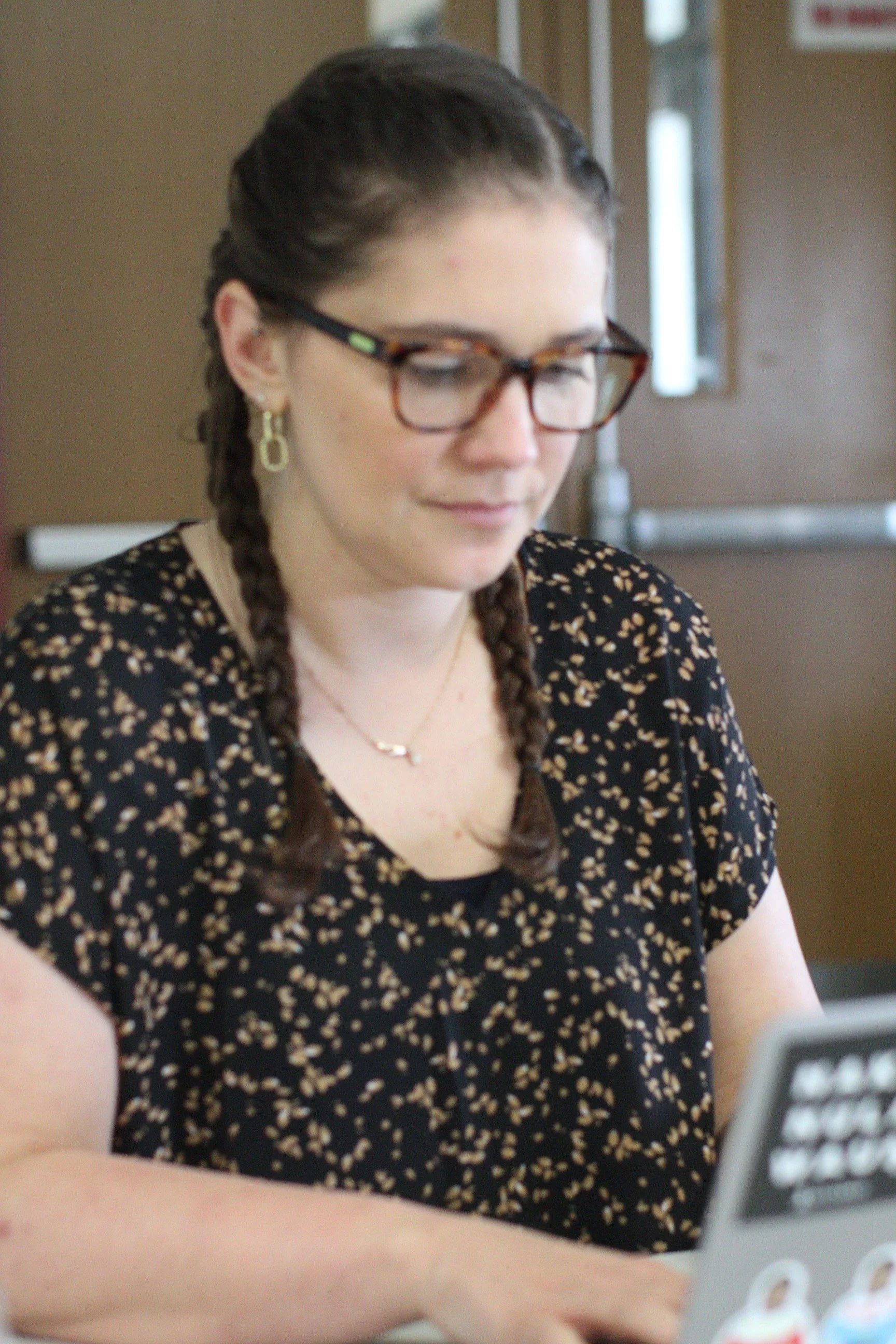
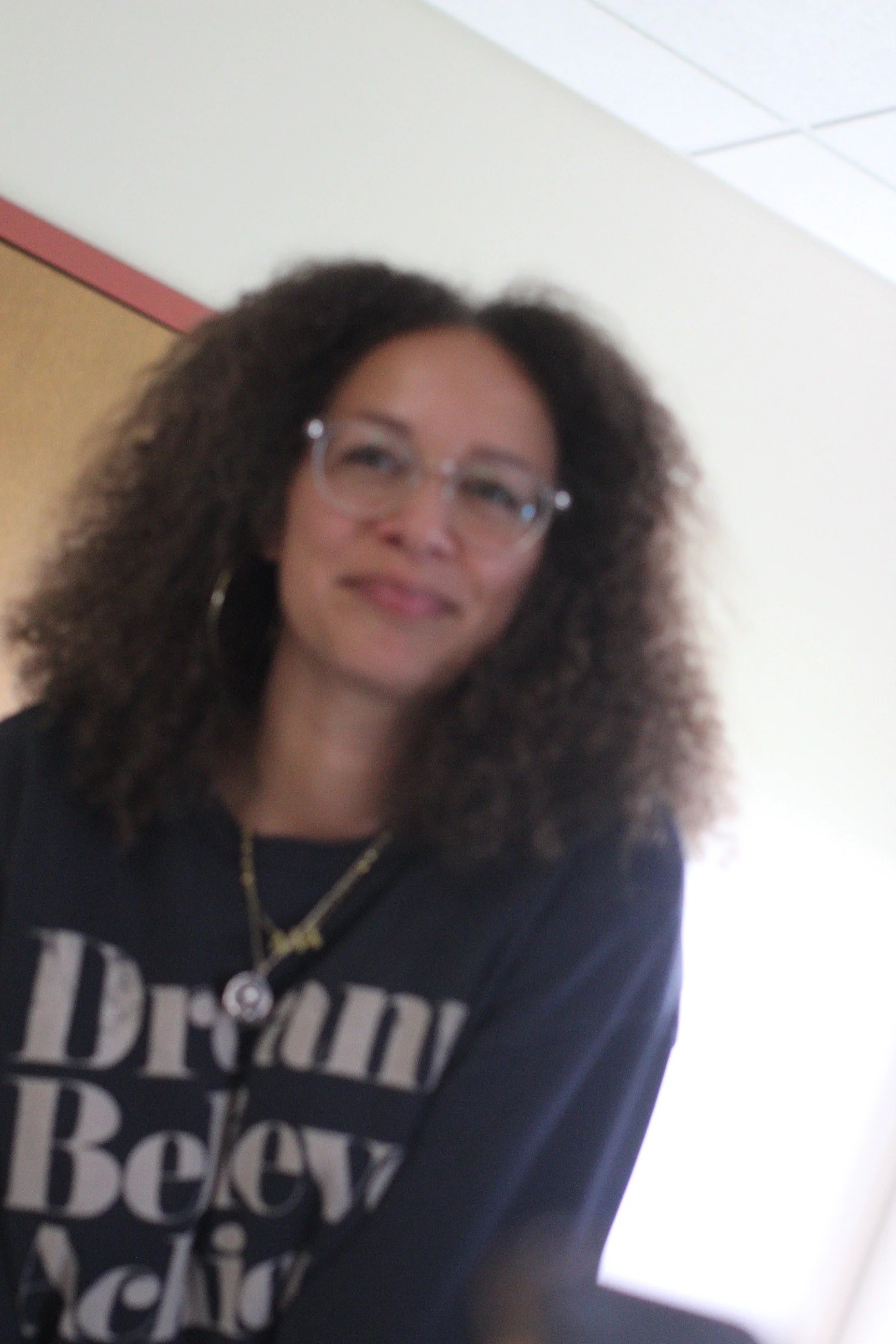
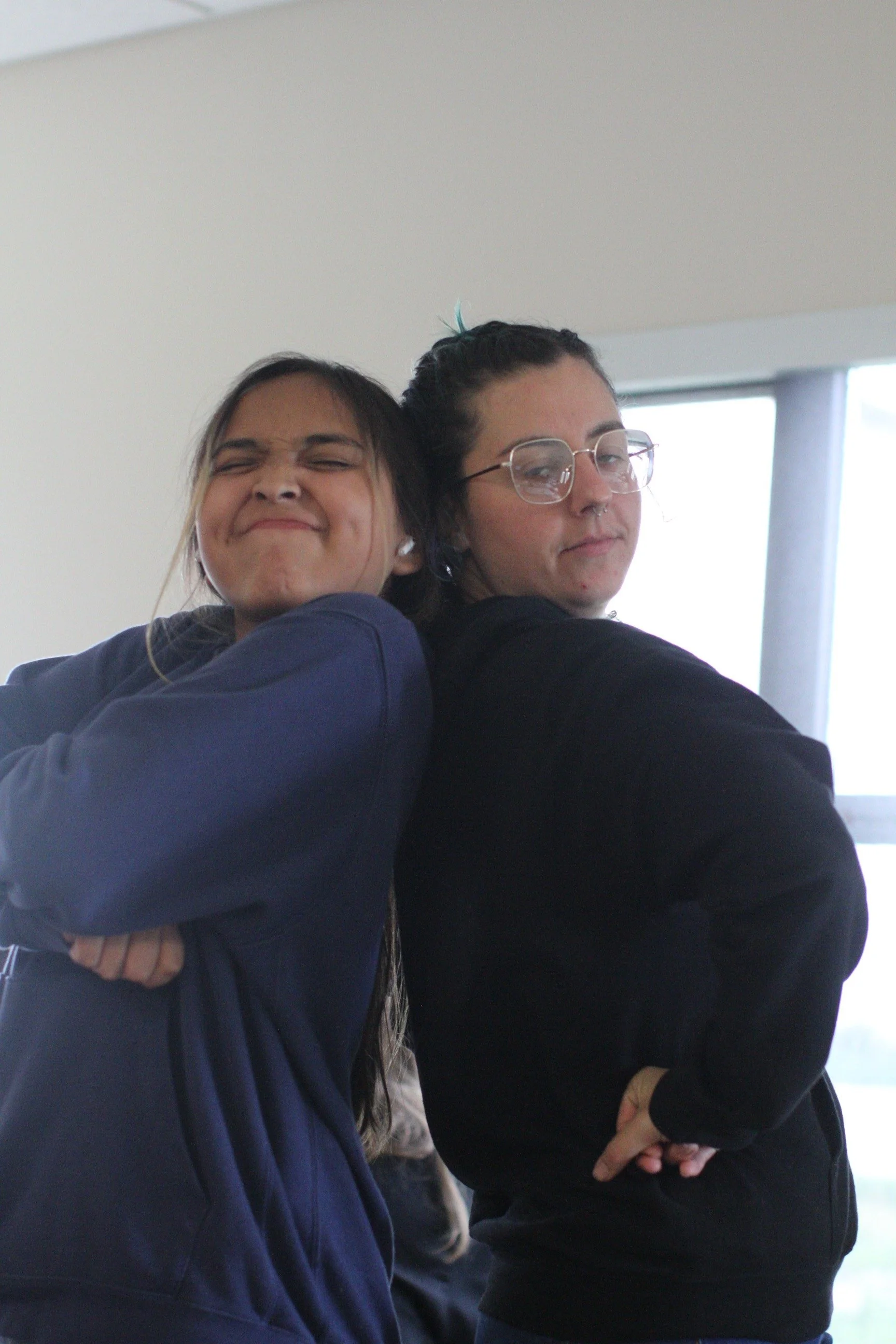



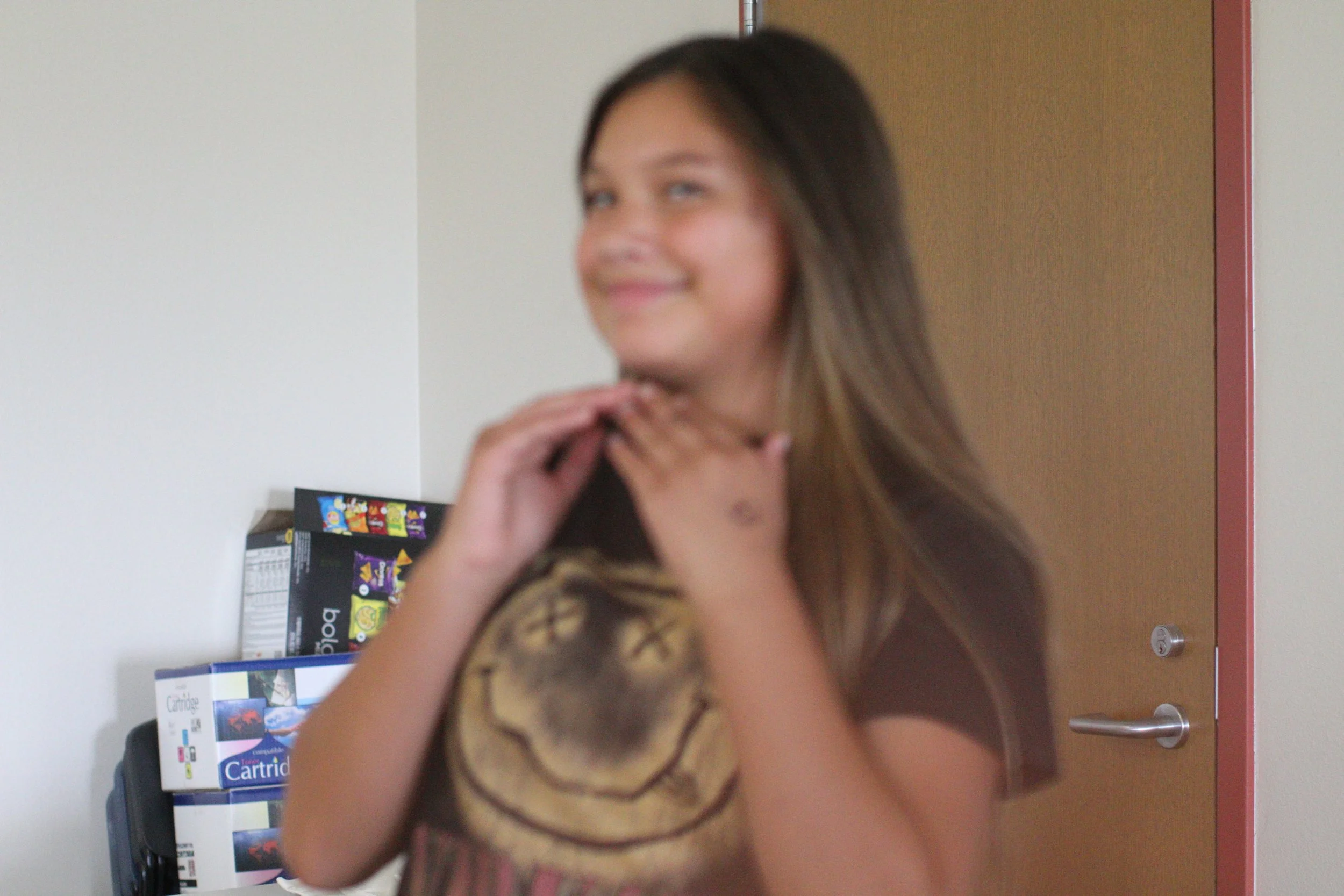

In the editing sessions, students pushed their storytelling even further—building rough cuts, fine-tuning edits, adding music and titles.
It was all about shaping emotion, rhythm, and meaning through each cut.
By the end of Day 4, you could feel the focus and pride in the room. Students were polishing their films with intention and voice, excited to share their stories with the world.
Day 5 – Final Edits & Big Celebrations
Day 5 – Final Edits & Big Celebrations
Every cut, transition, and music cue reflected their storytelling growth from the week.
Our final day began with a quiet focus.
In the morning, students made their final editing tweaks, polishing their 60-second documentaries and preparing them for the big screen.
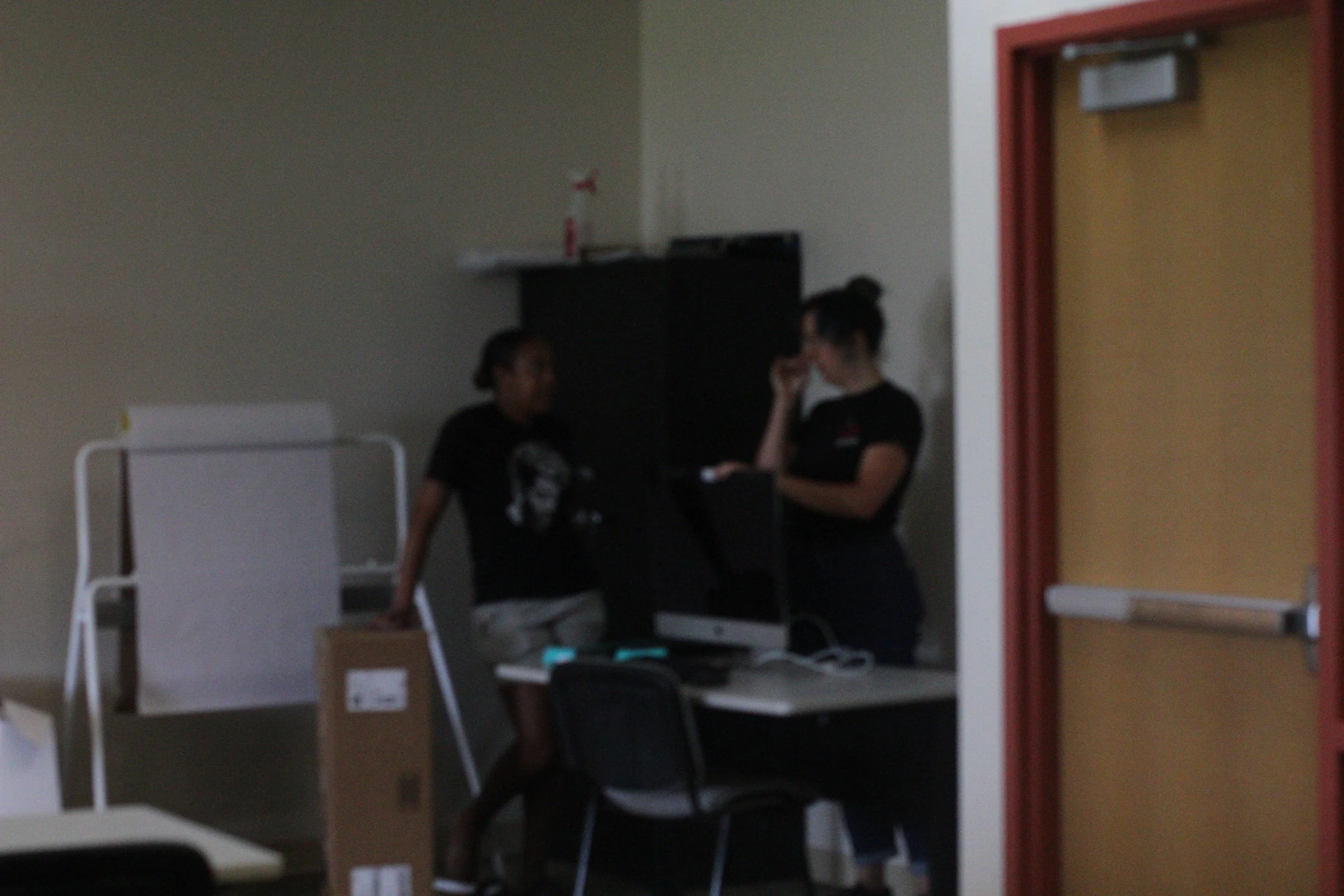
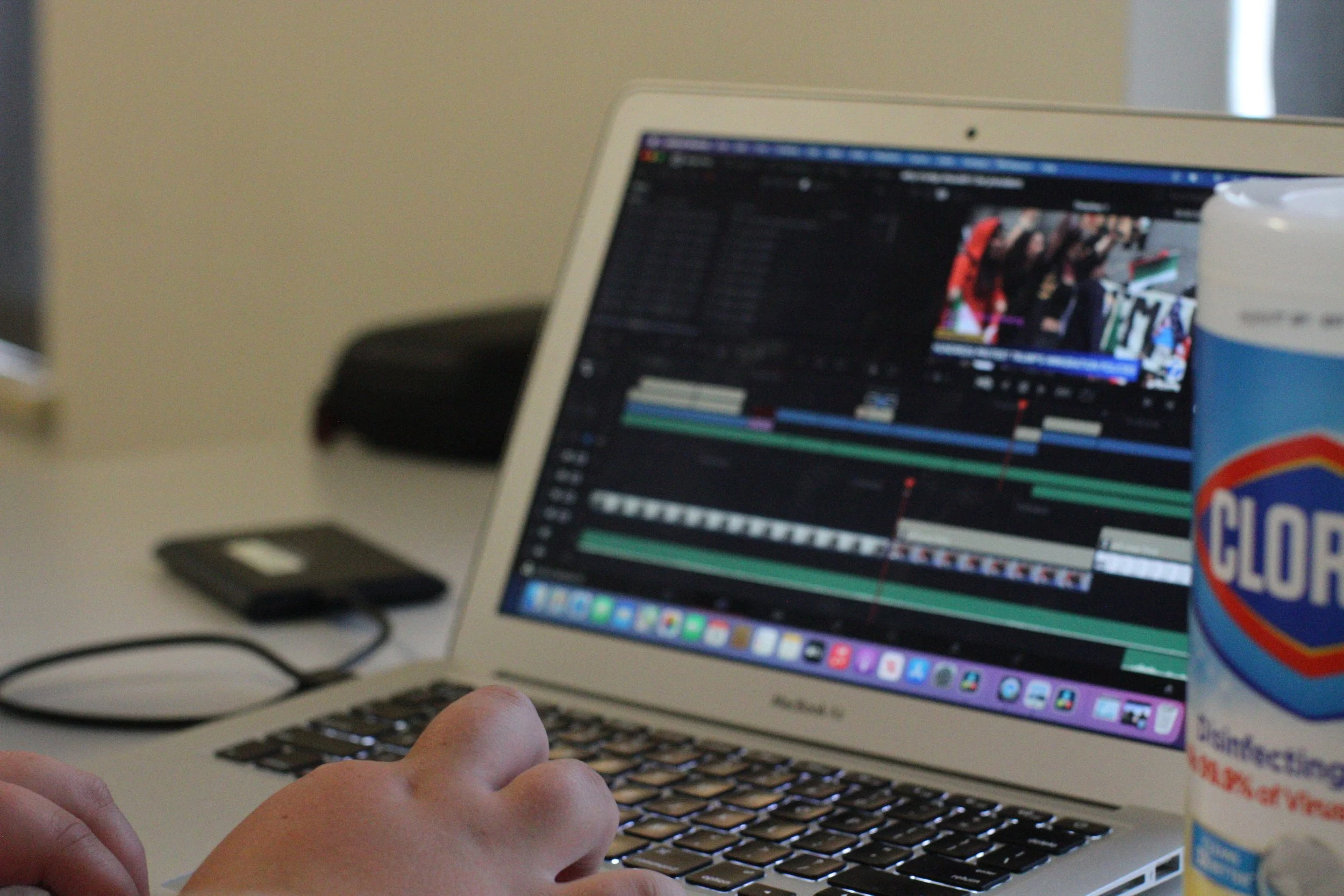
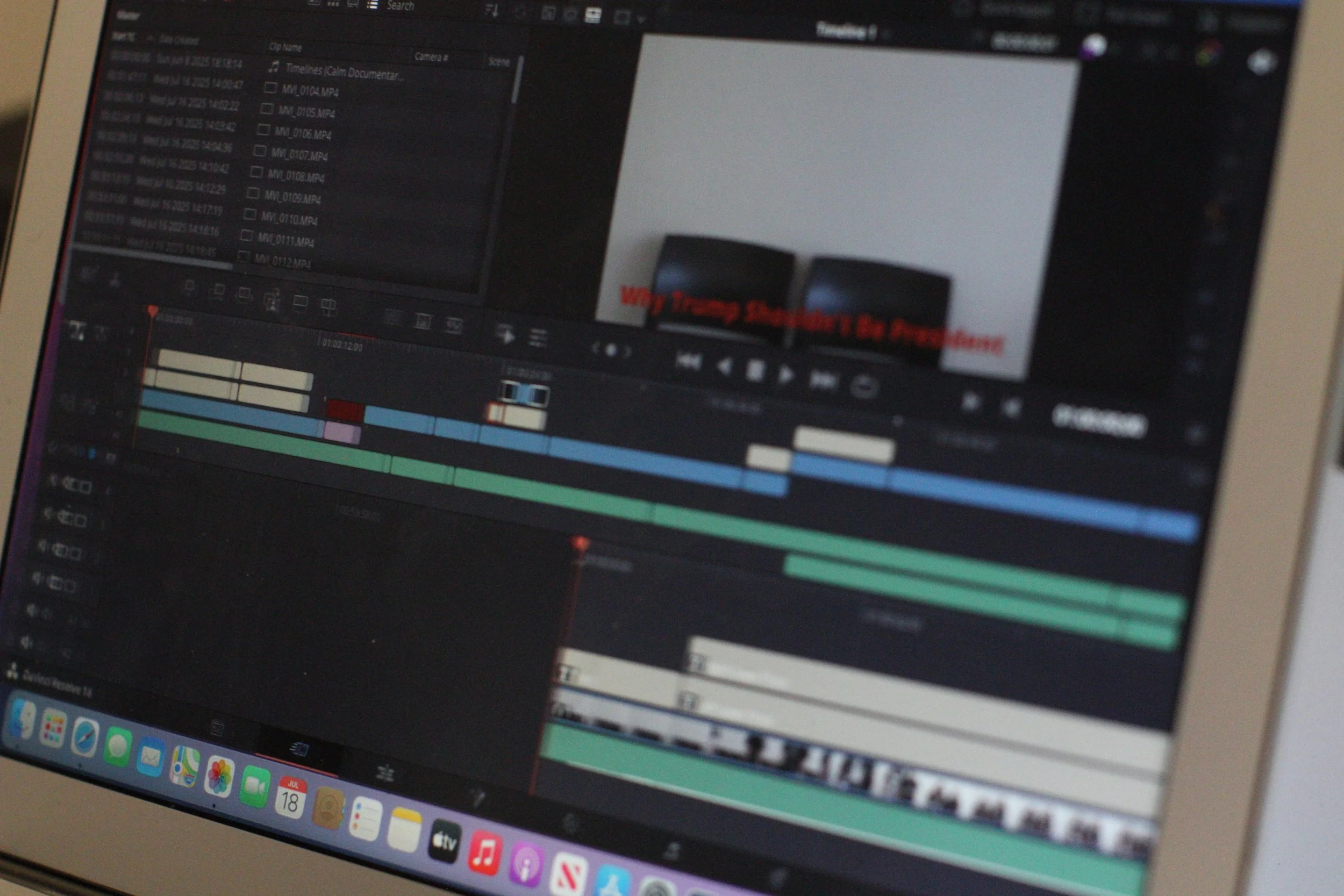
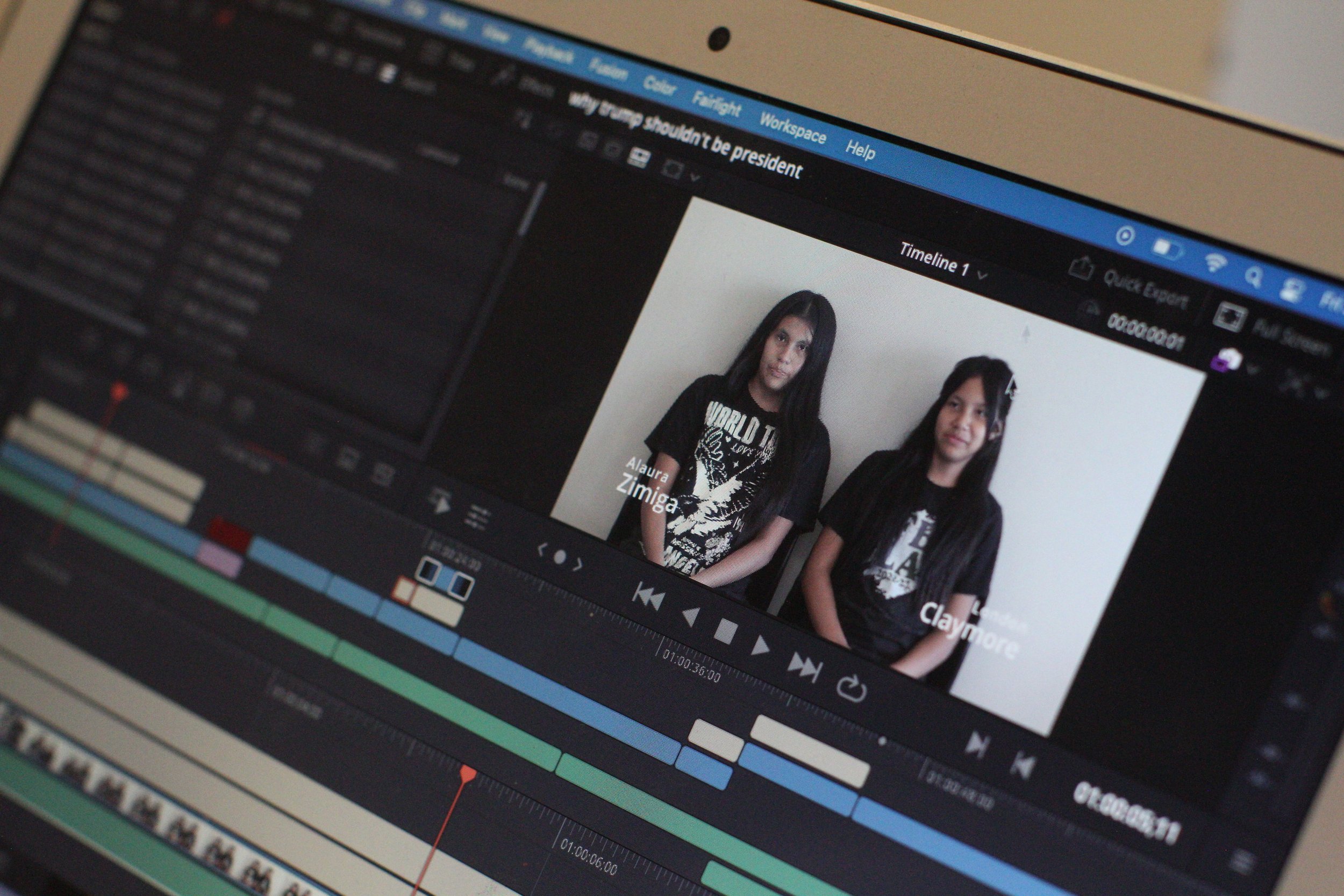

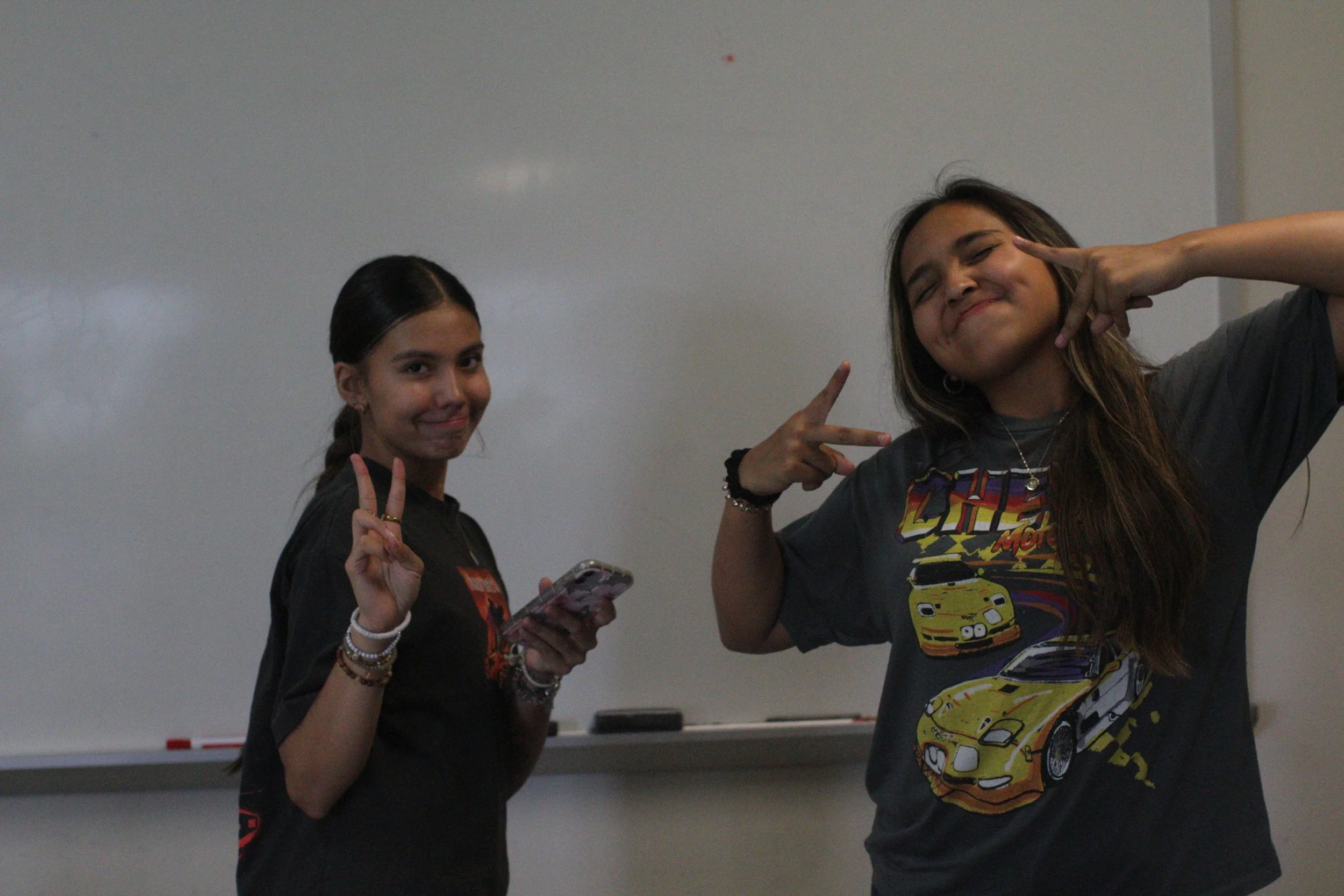
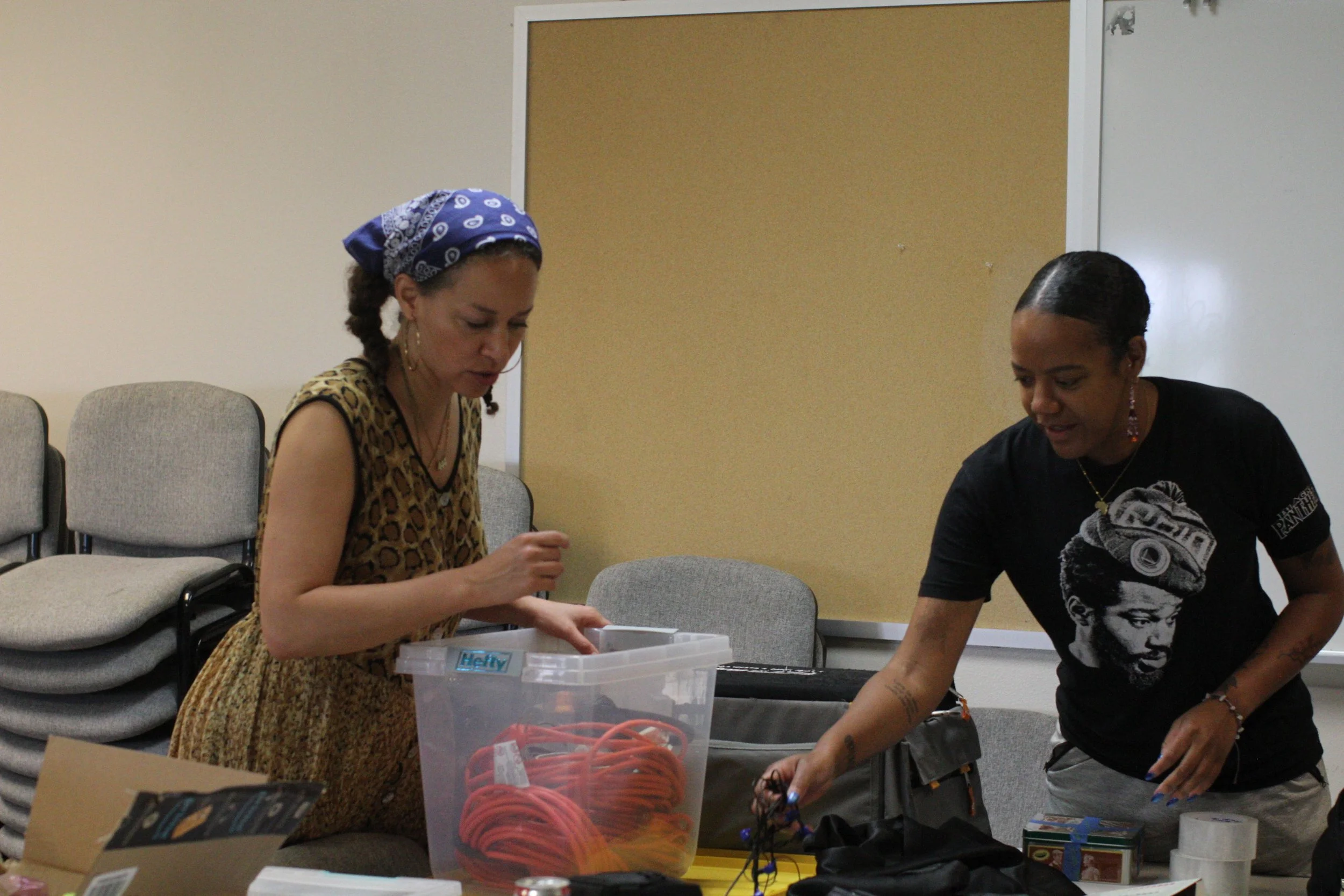

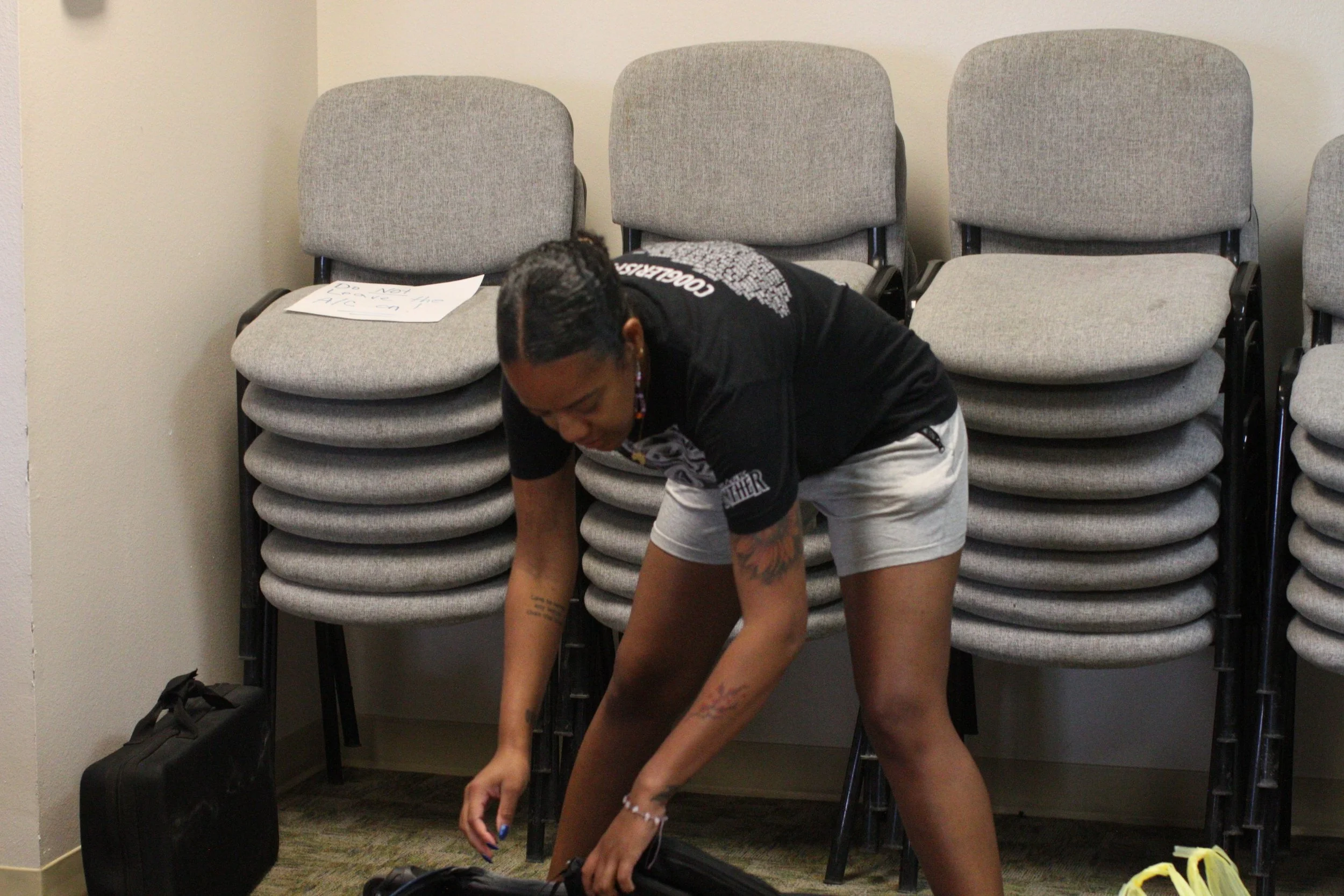
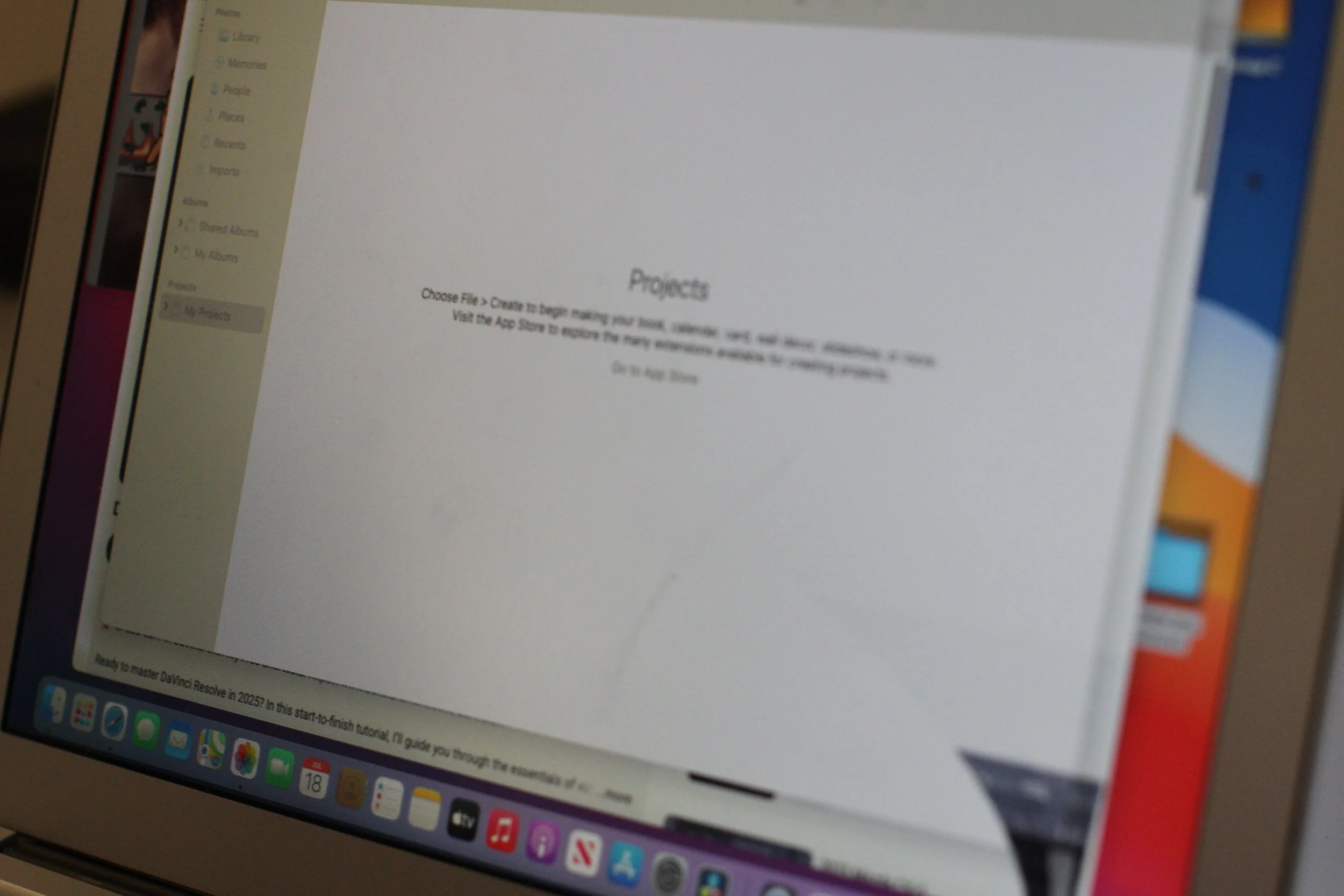

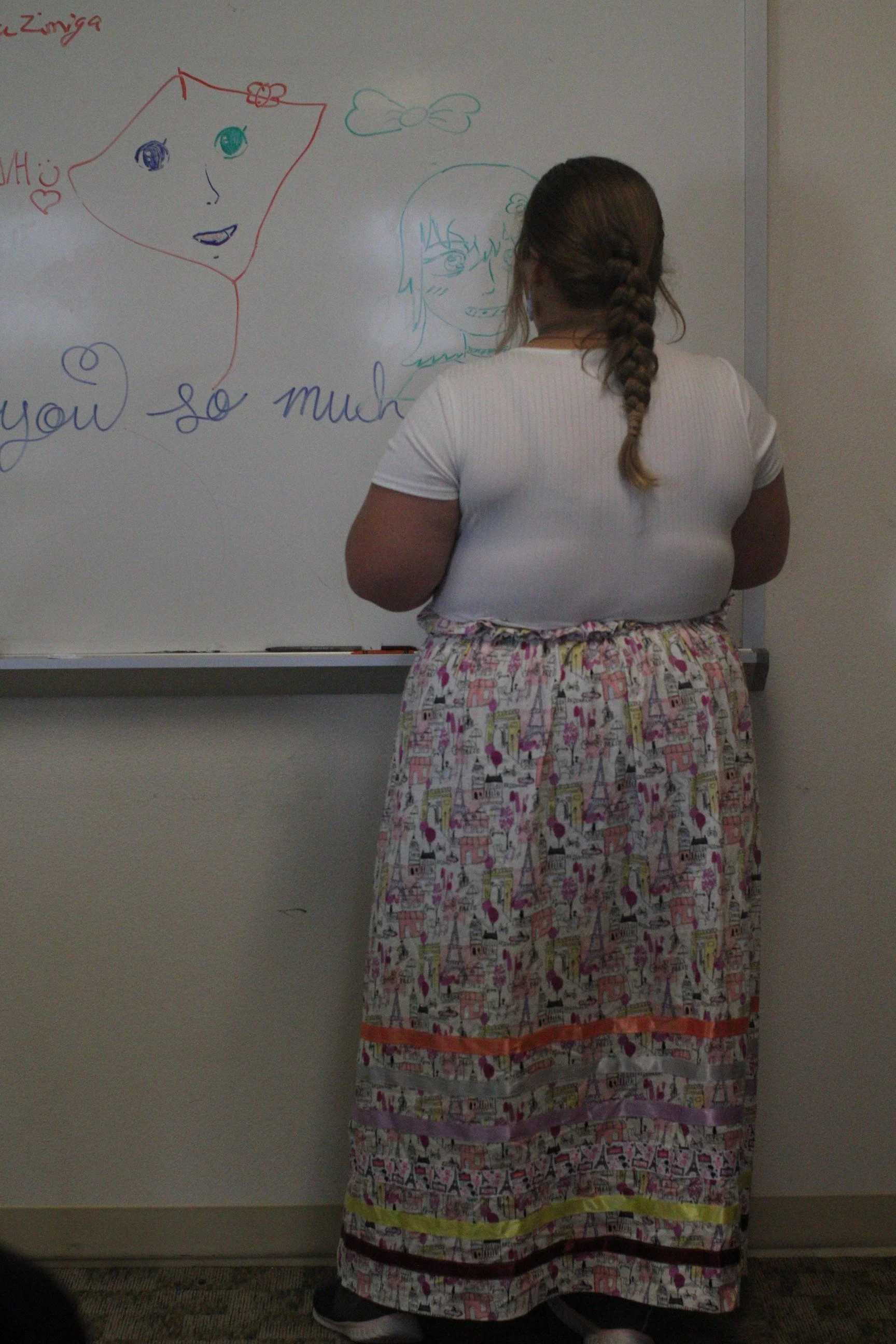
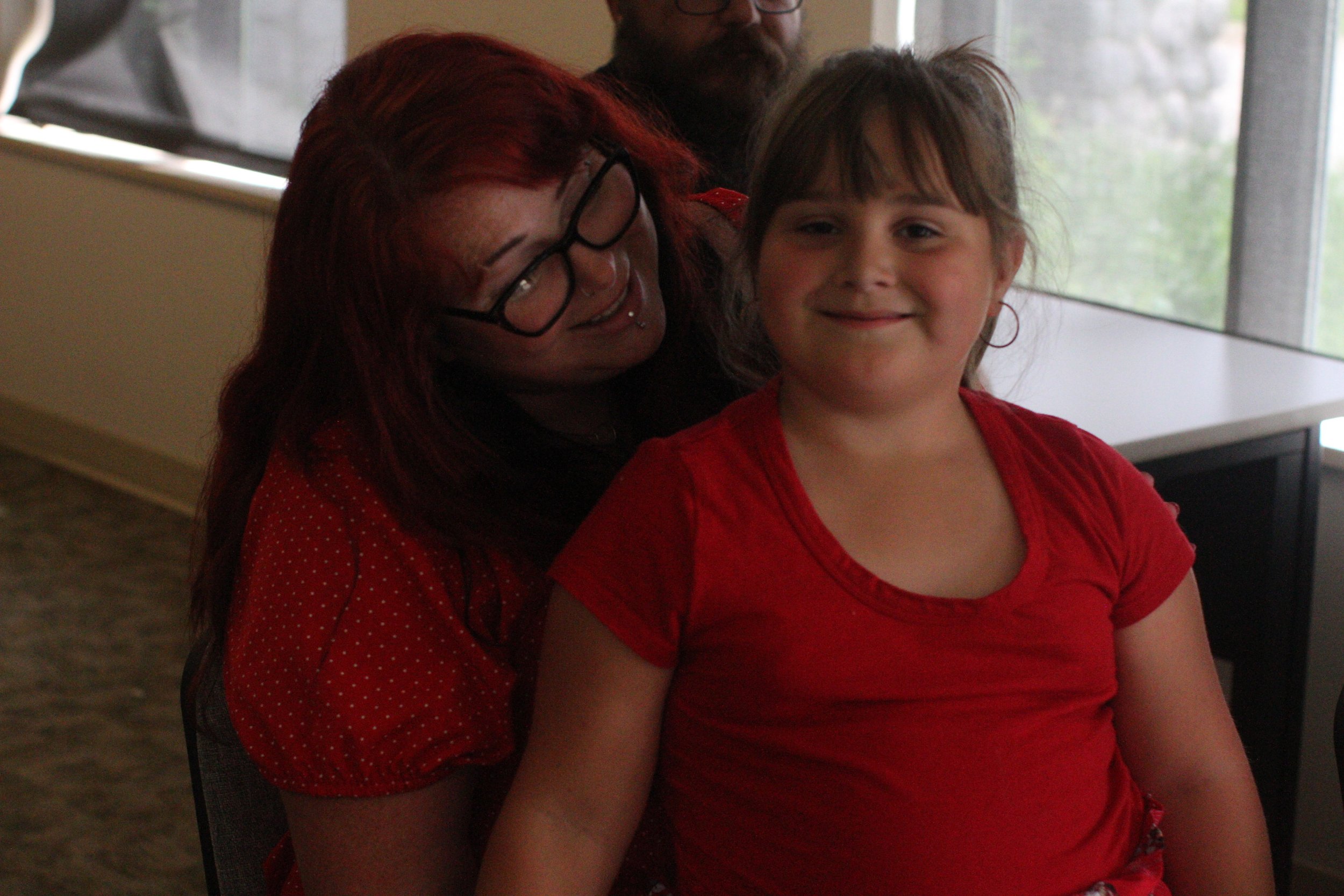
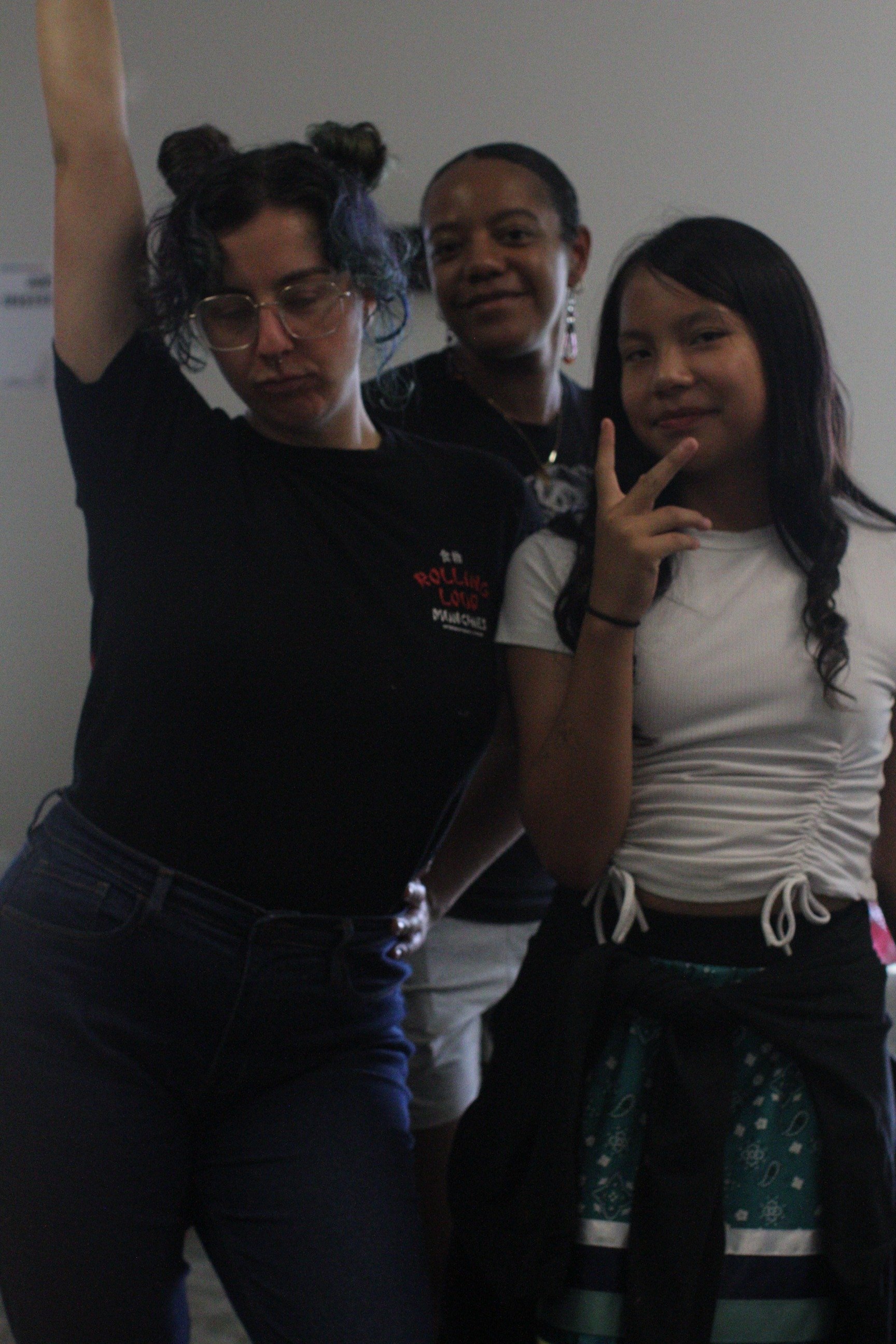



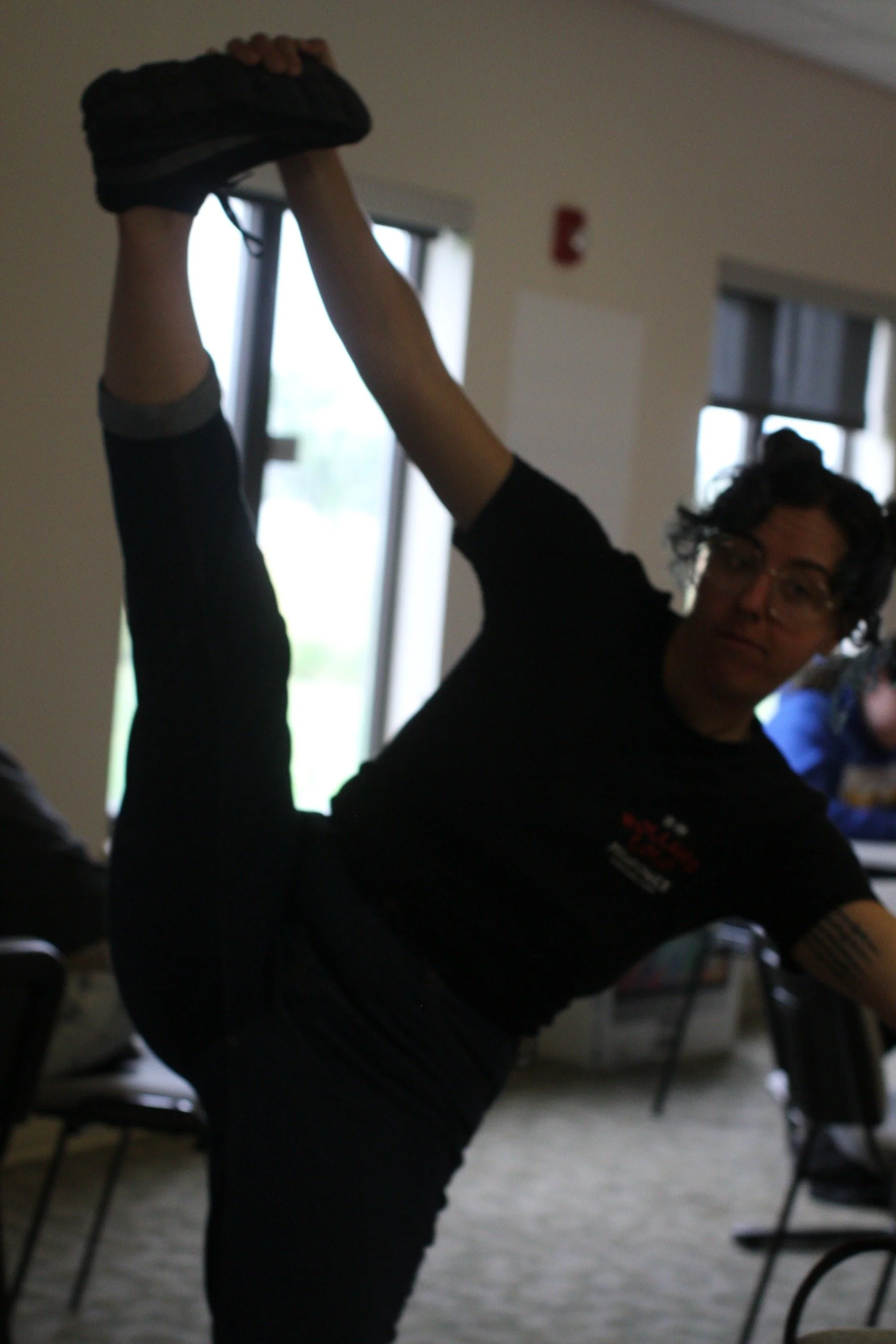
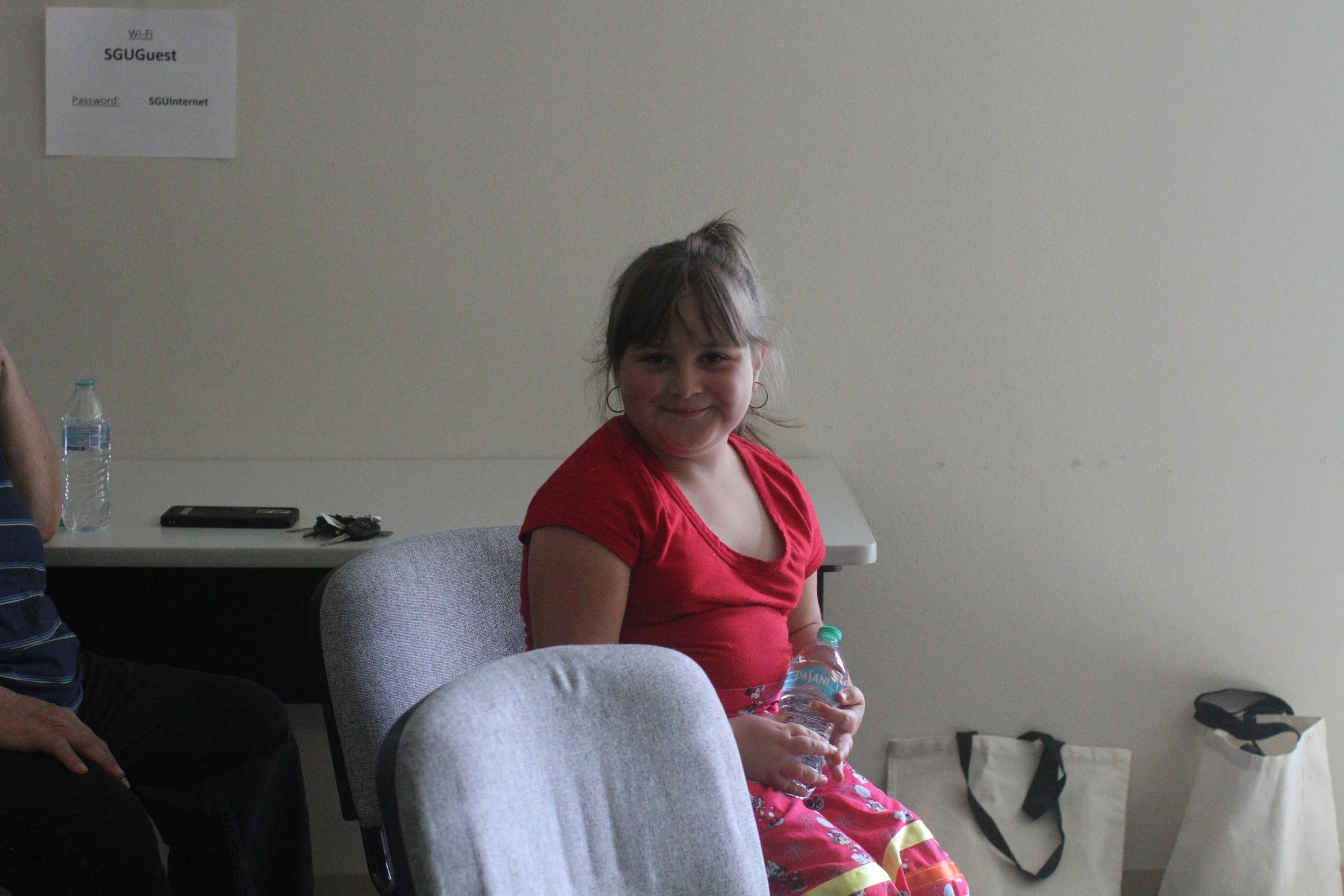



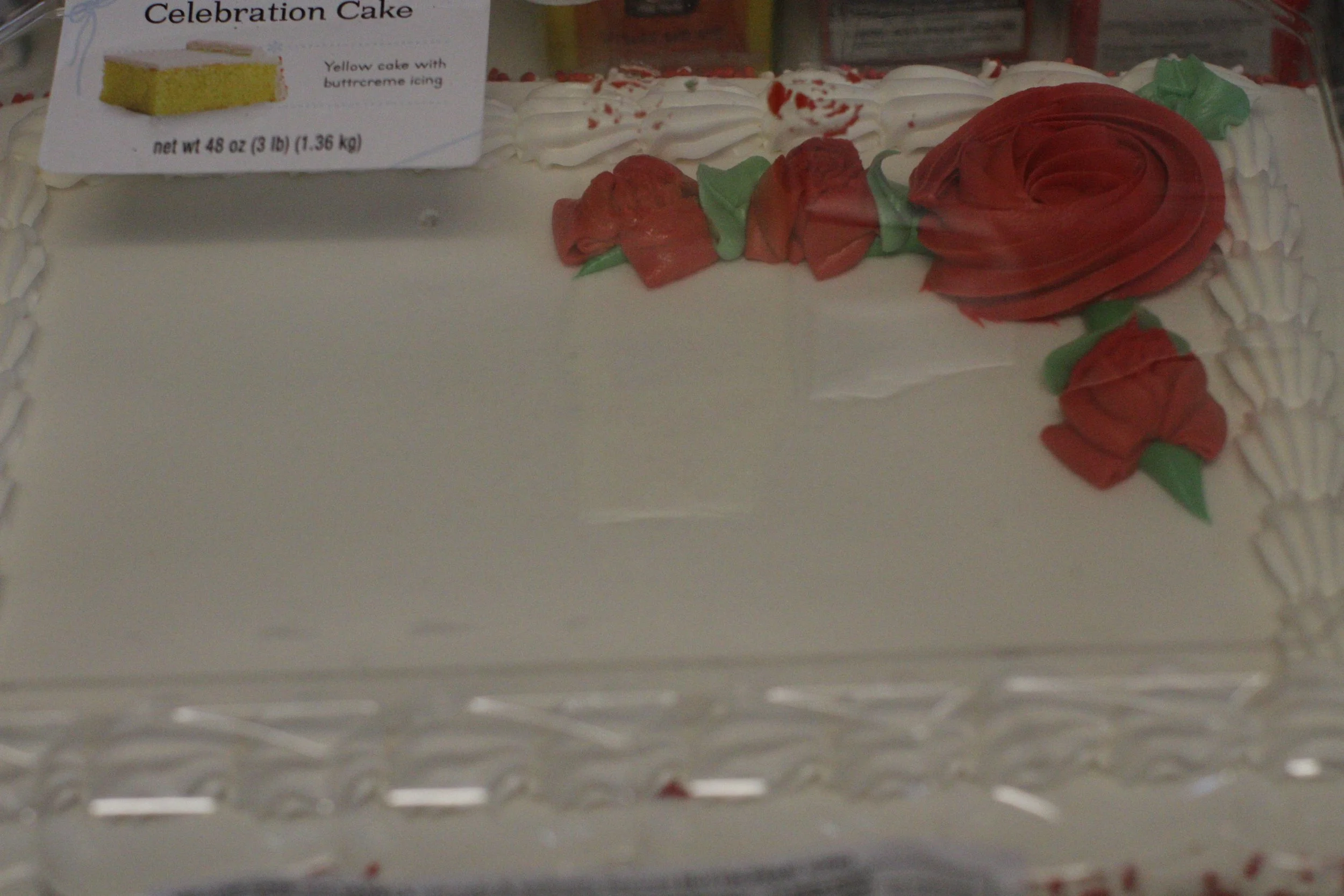
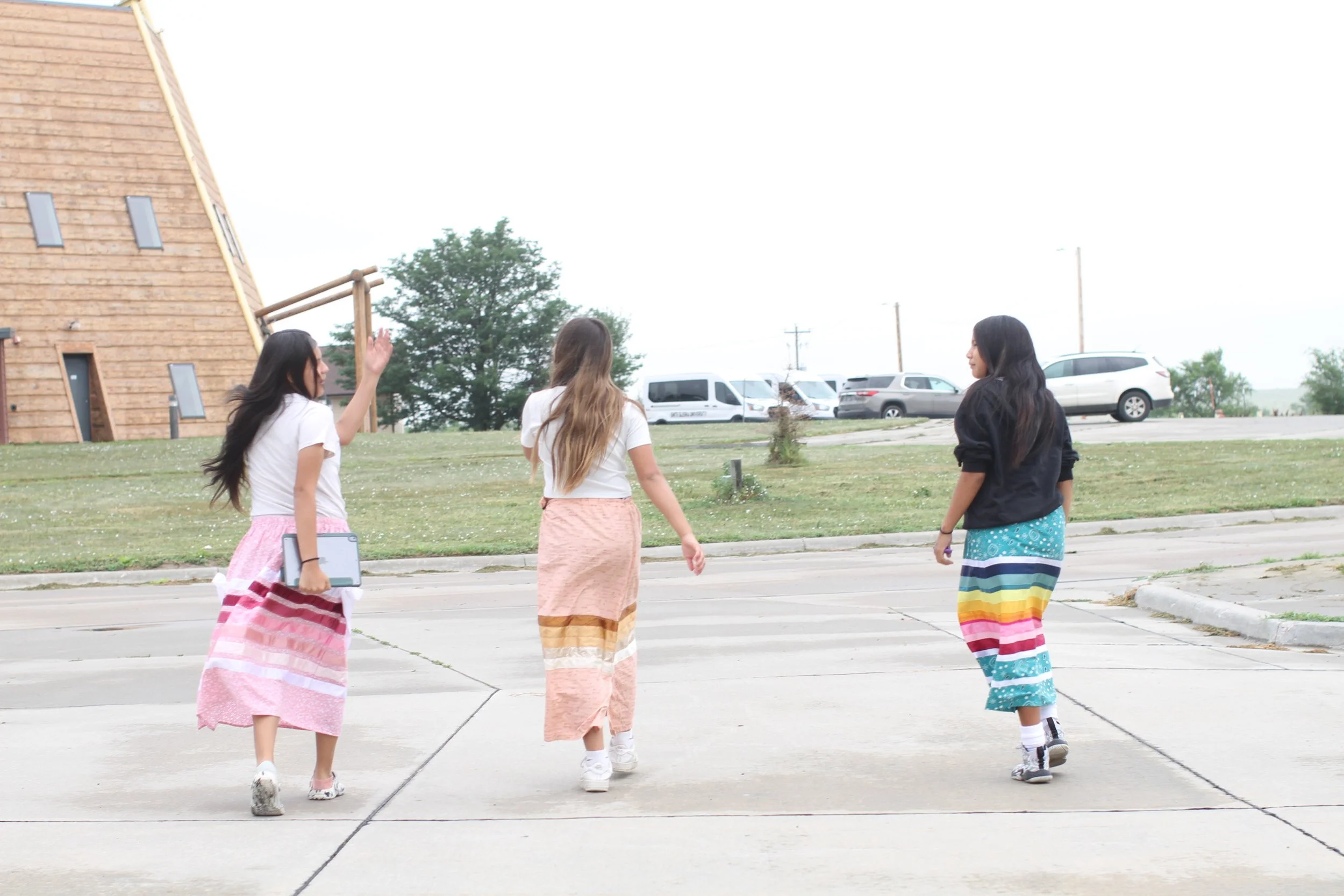

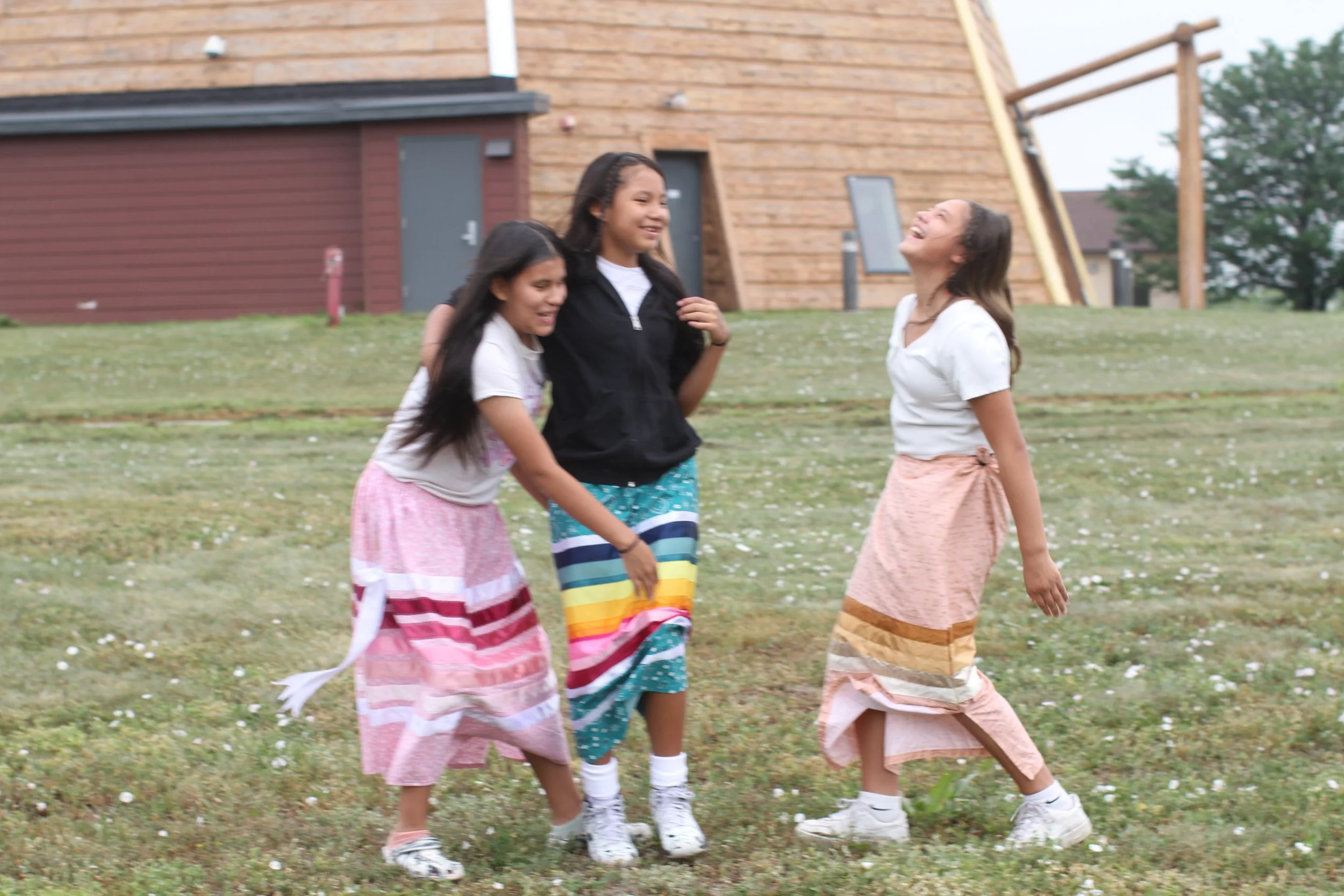
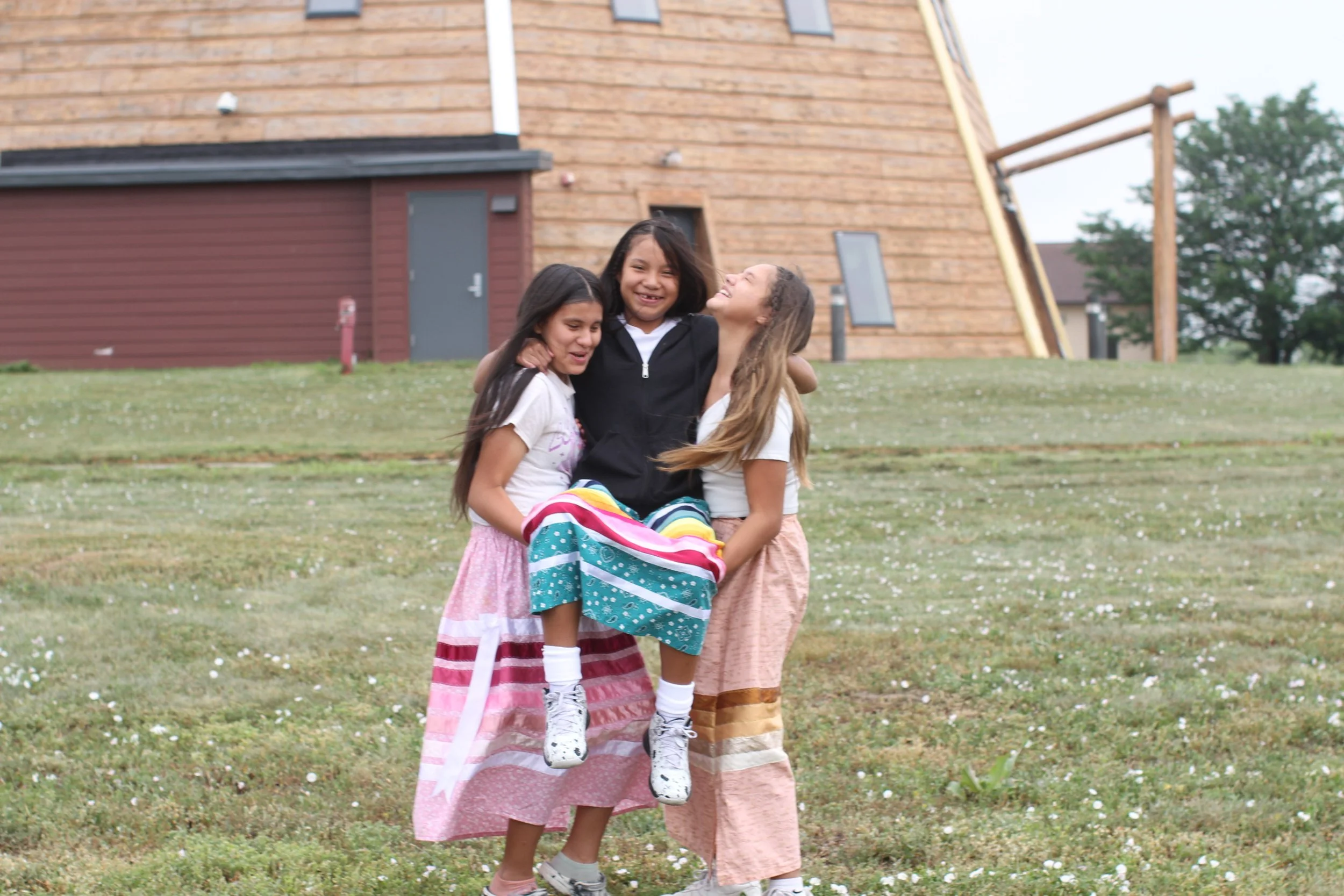
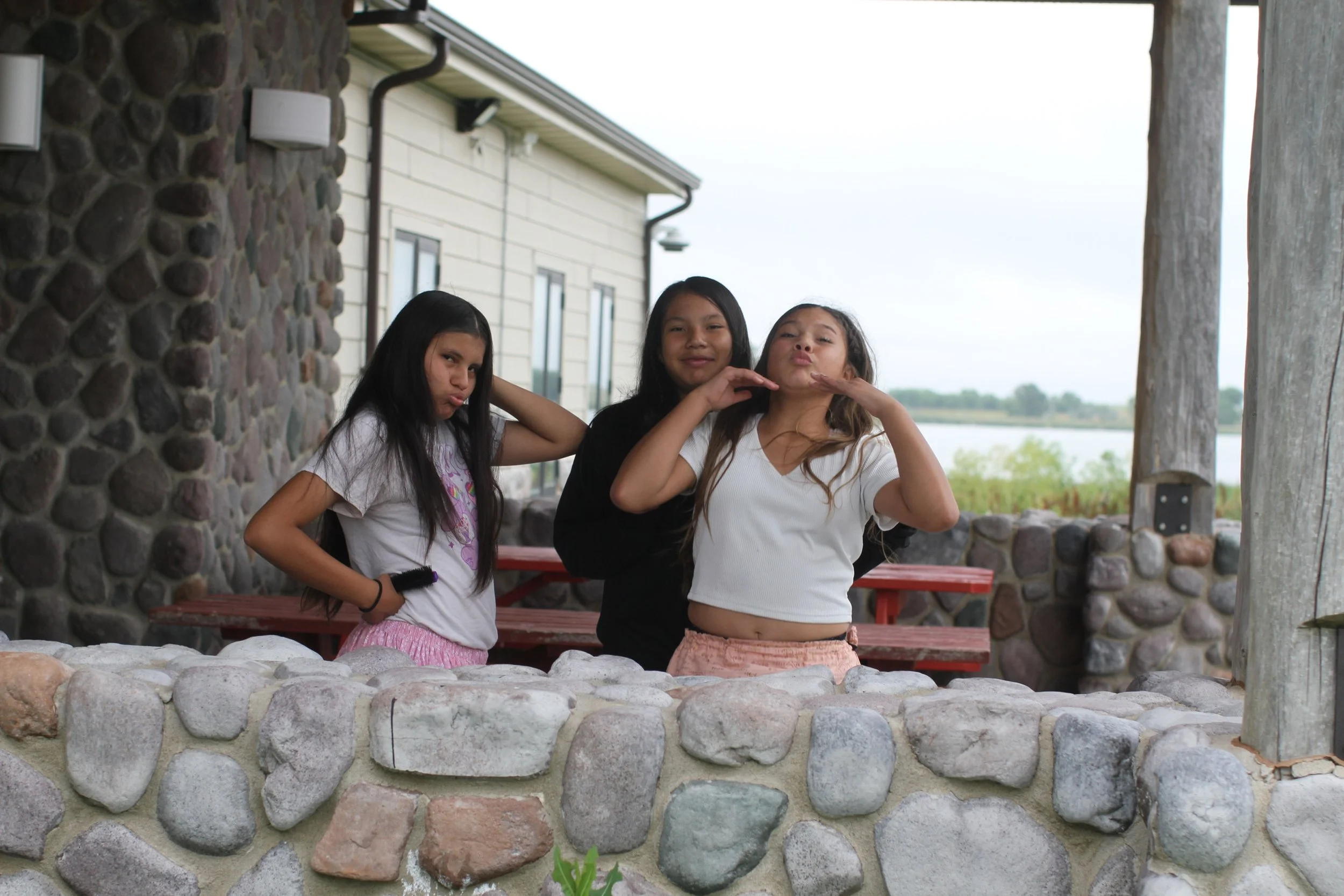


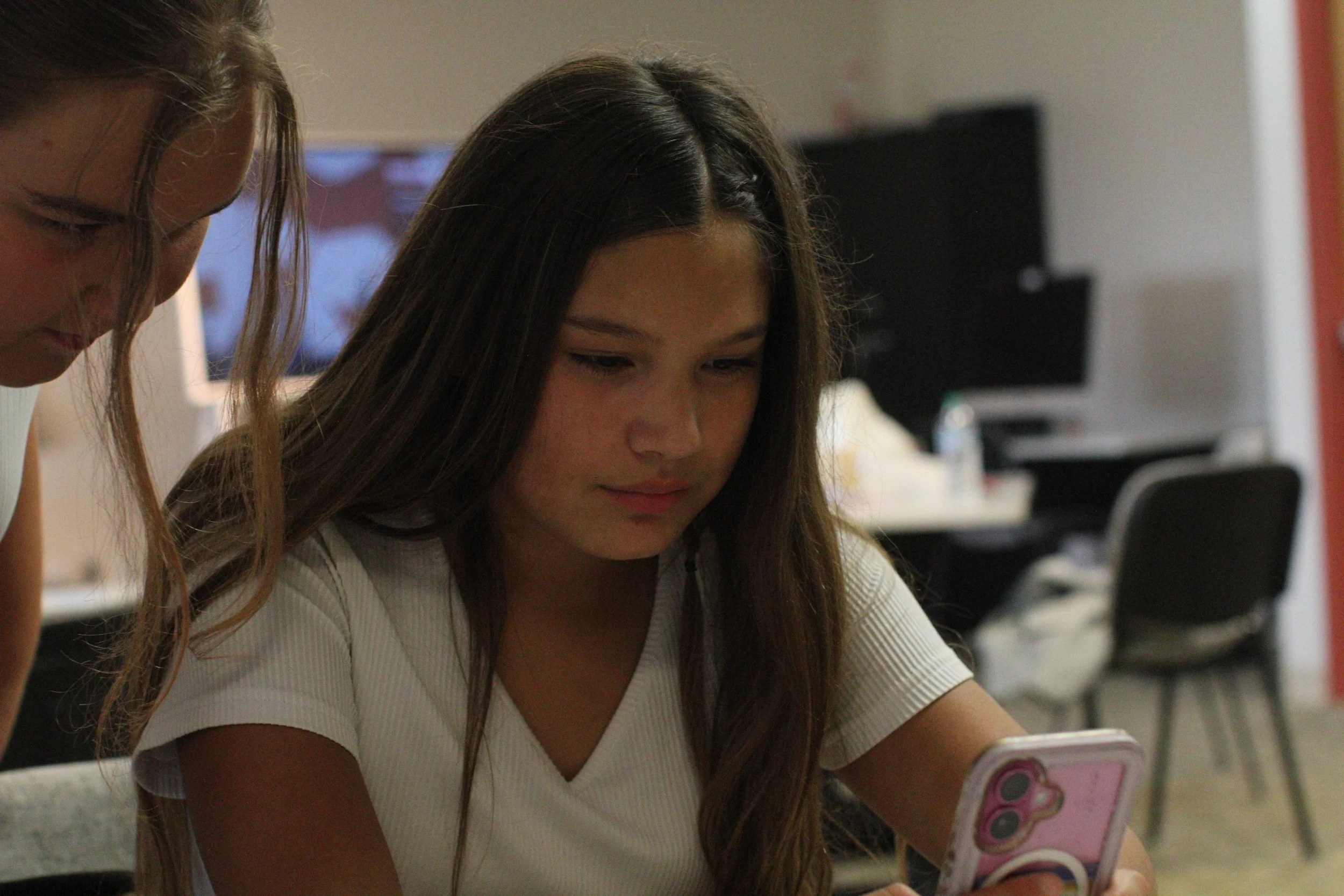
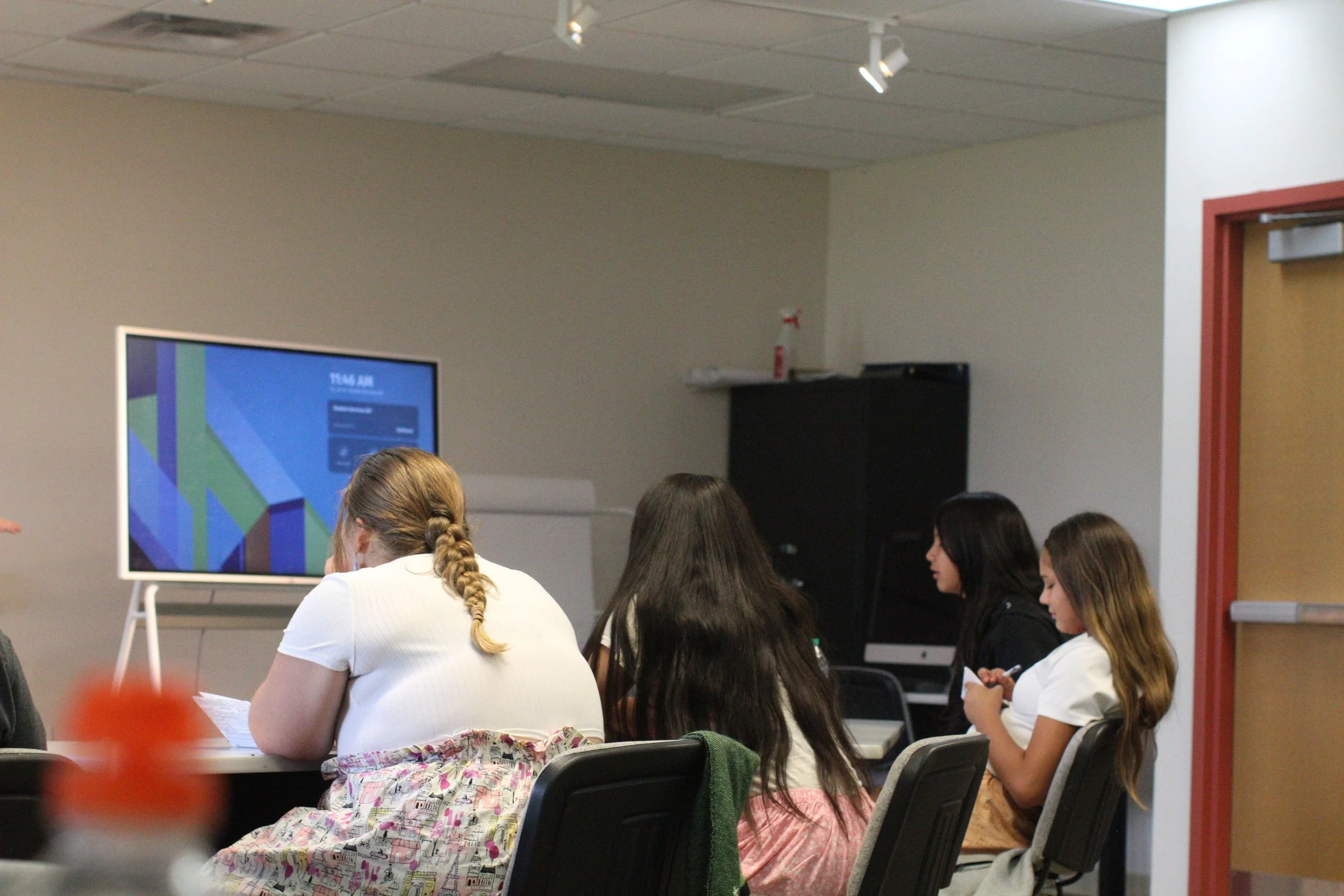
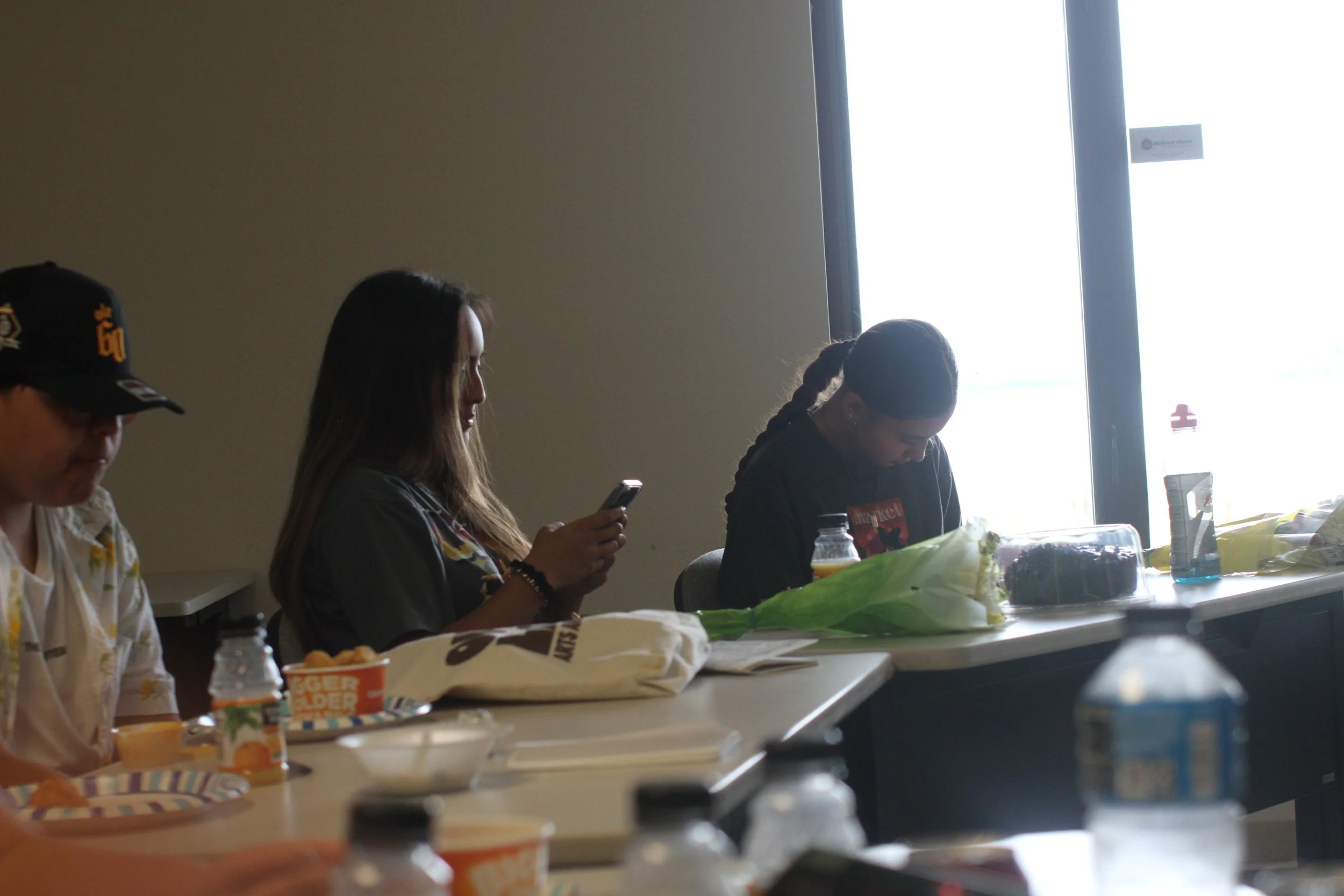


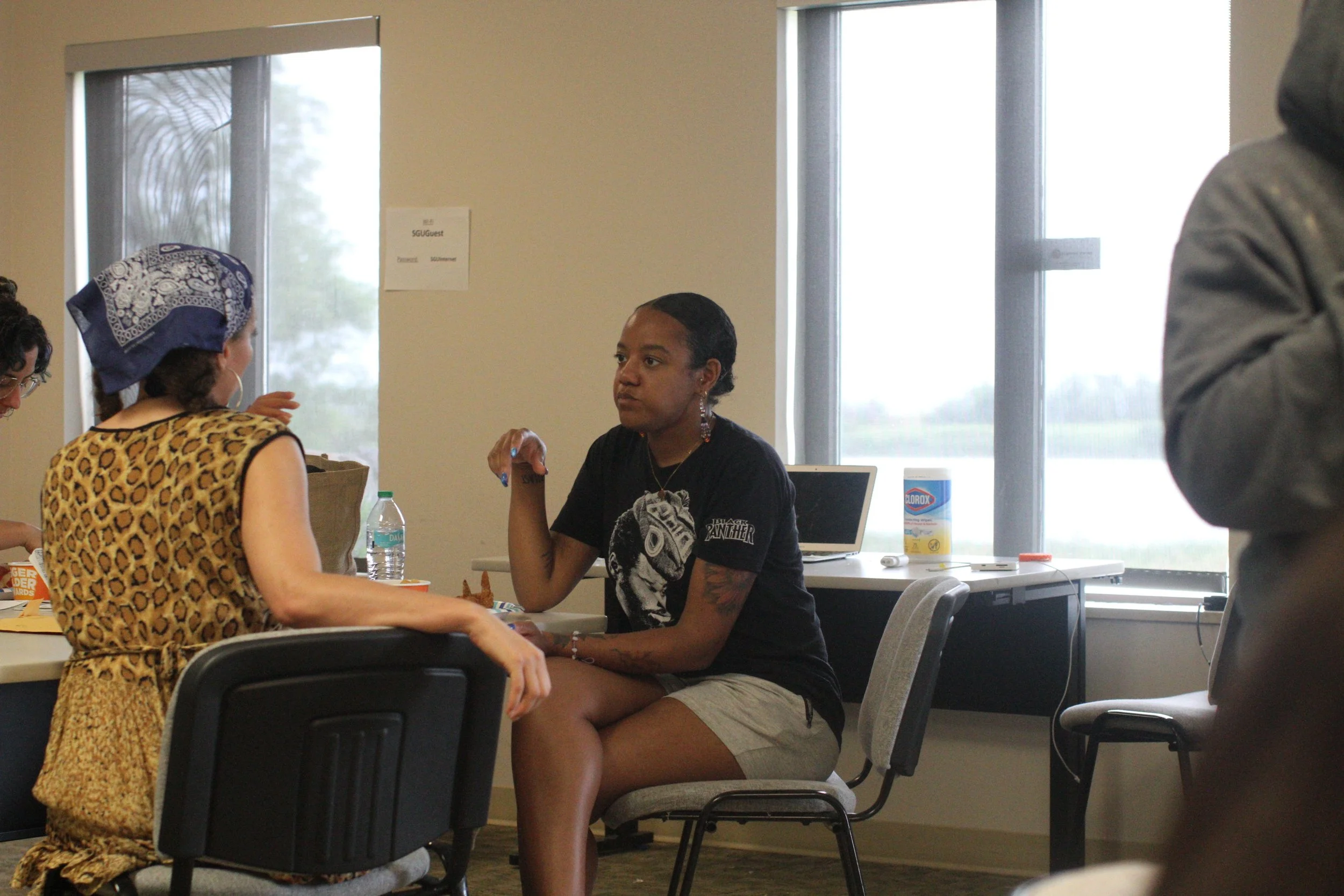
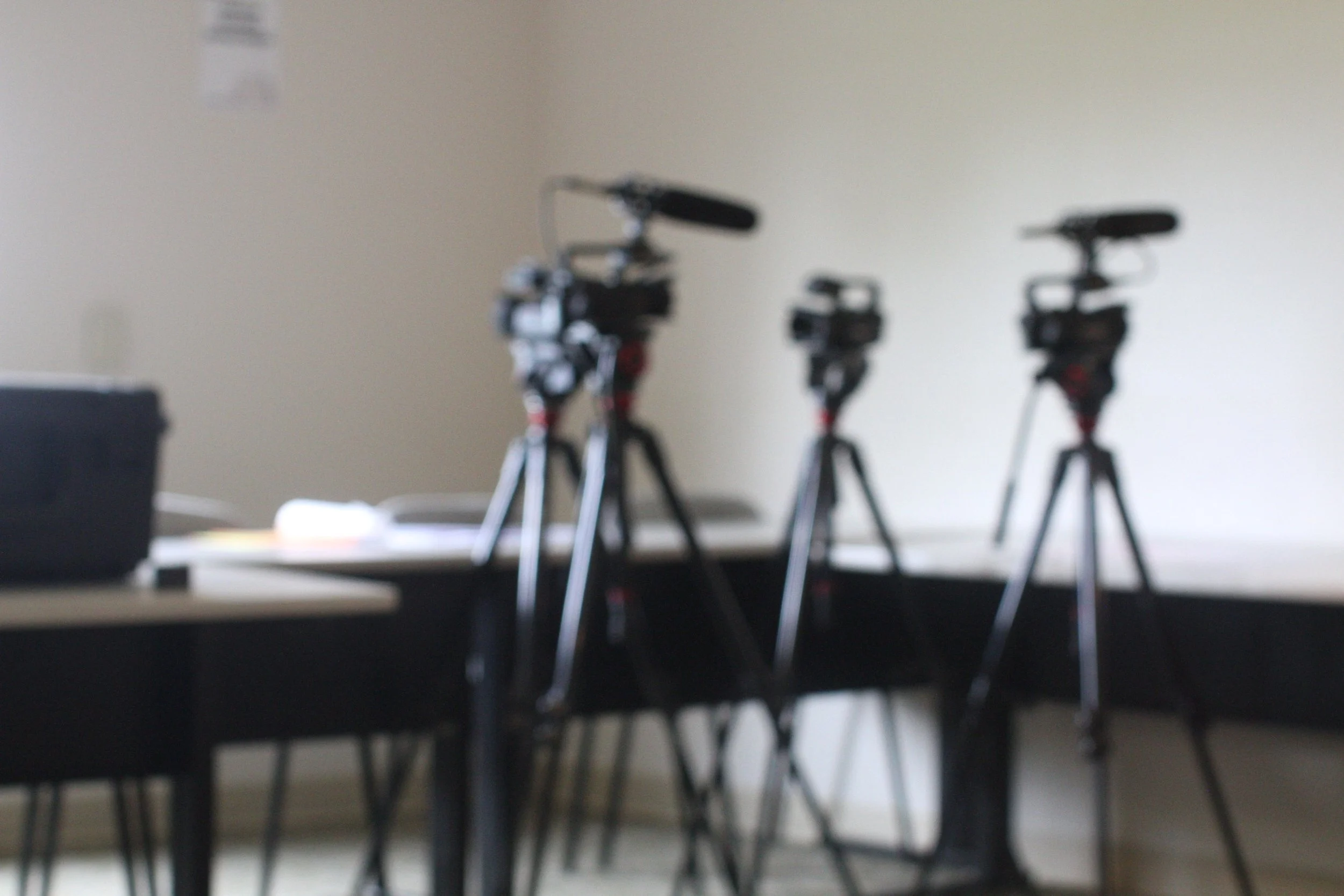

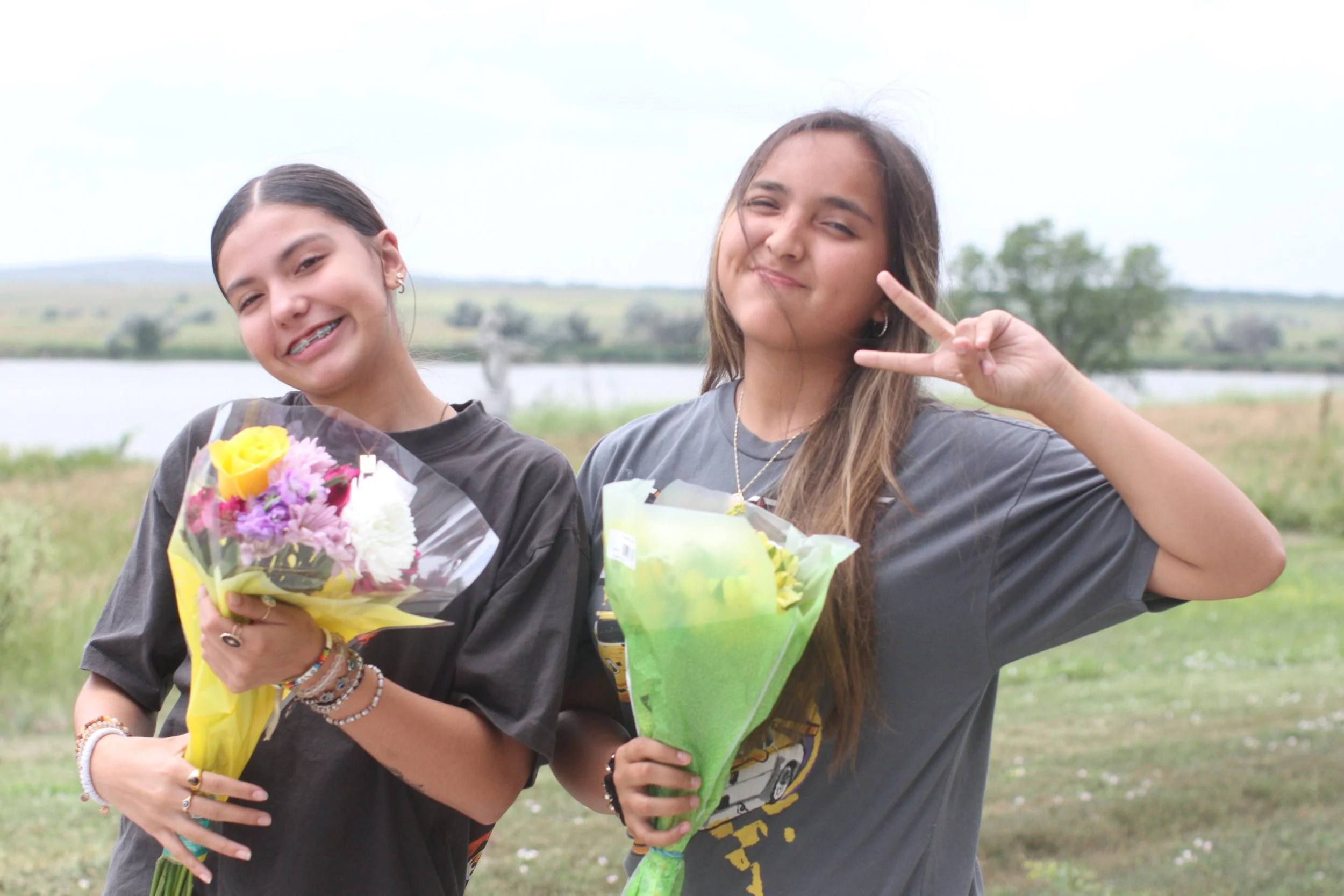

By afternoon, it was time to celebrate. We gathered for a community screening, where students proudly shared their finished films.
Laughter, applause, and even a few tears filled the room as each story played—stories full of honesty, creativity, and voice.
After the screening, we celebrated with reflection, shoutouts, and plenty of smiles. Students shared what they learned, what they loved, and what they’ll carry with them beyond the camp.
Final Films & Blooper Reel
Final Films & Blooper Reel
Check out the powerful 60-second documentaries our students created — plus some behind-the-scenes laughs in the blooper reel!
A perfect mix of storytelling, growth, and joy.
“My experience with film camp was fun because I had a lot of time to hang out with friends, meet new people, and try new things. Everyone at the camp was so nice, and they had great communication on set. My favorite part was making a short film because I had never done that before, and it seemed fun. Editing was also really fun because we got to work as a group to make the best film we could. I had so much fun at this camp with everyone. I also got to see my favorite teacher, Ms. LT!”



